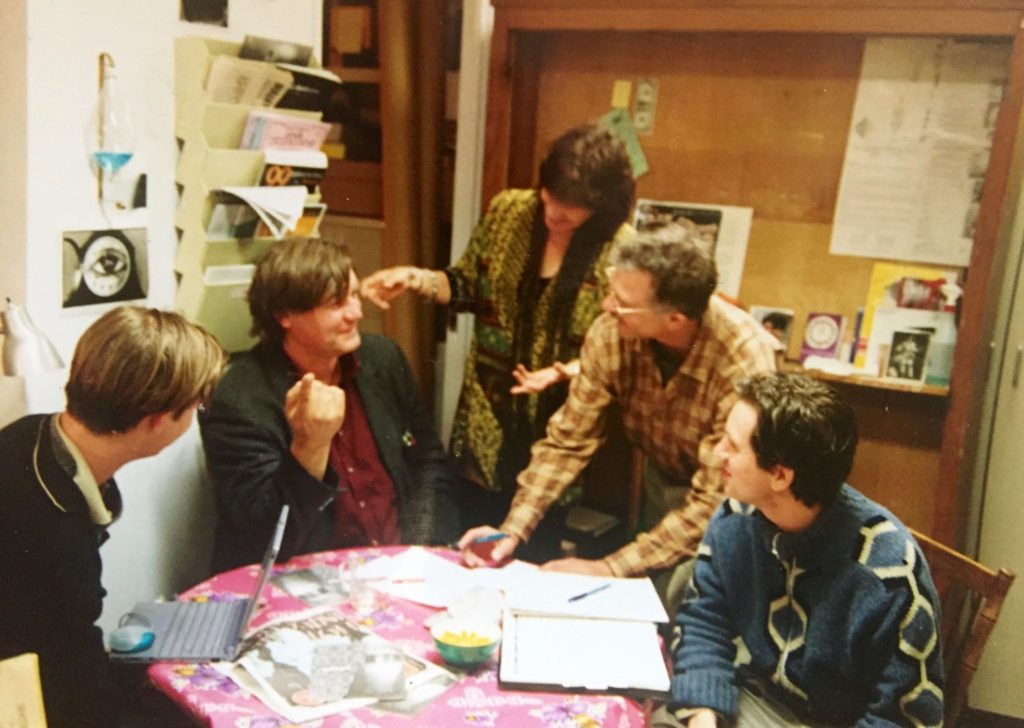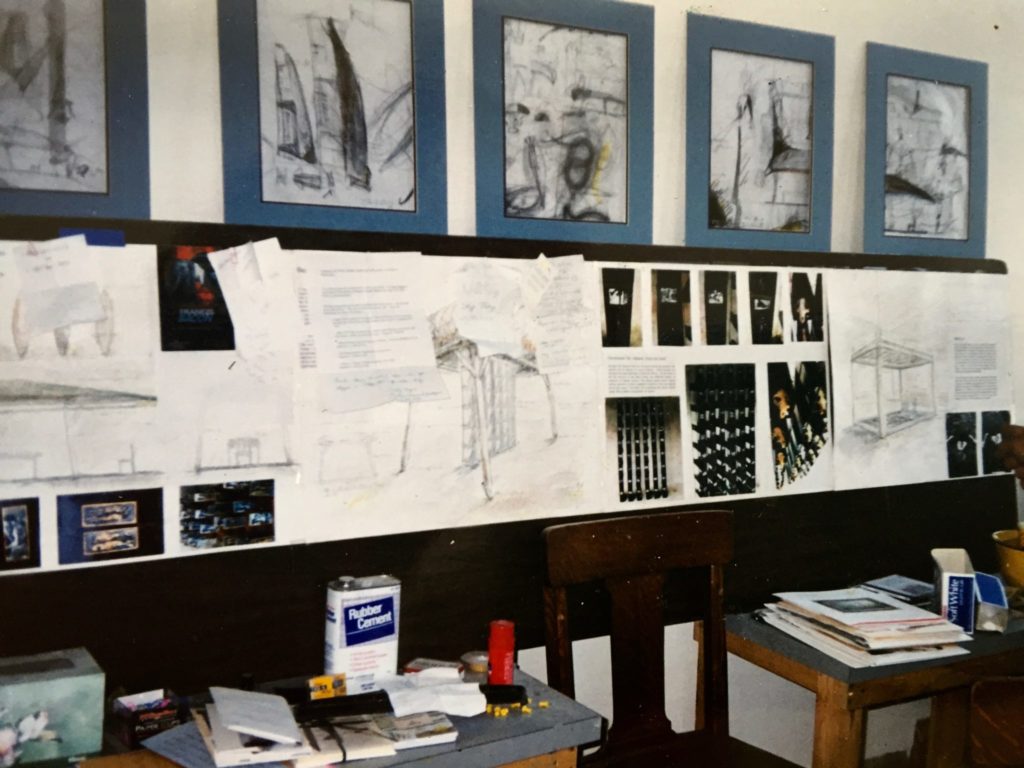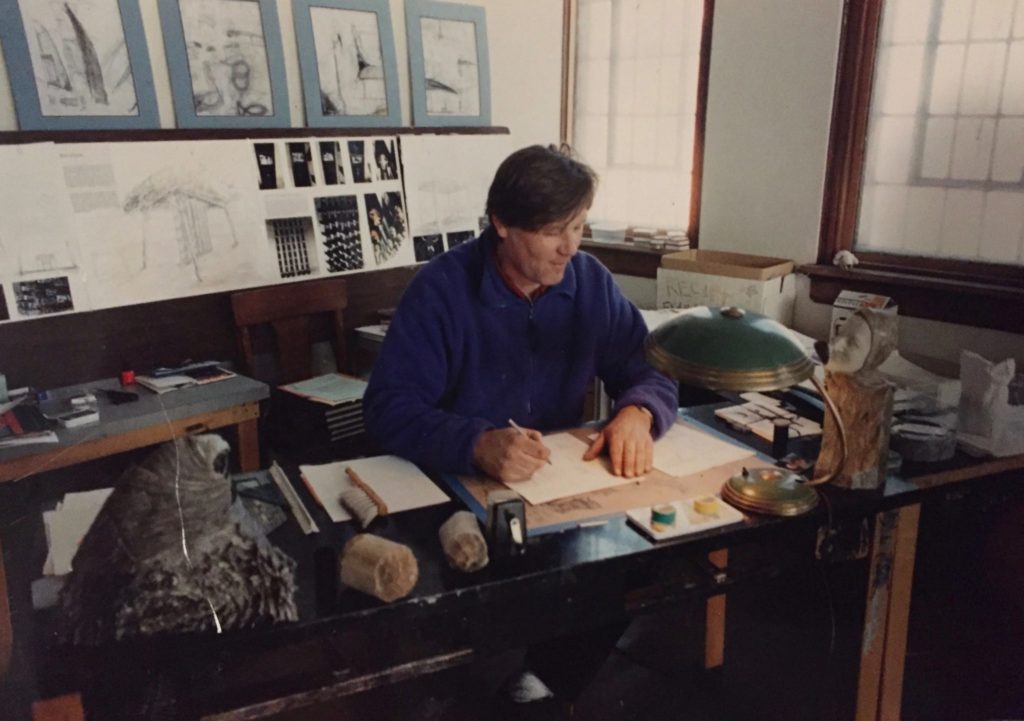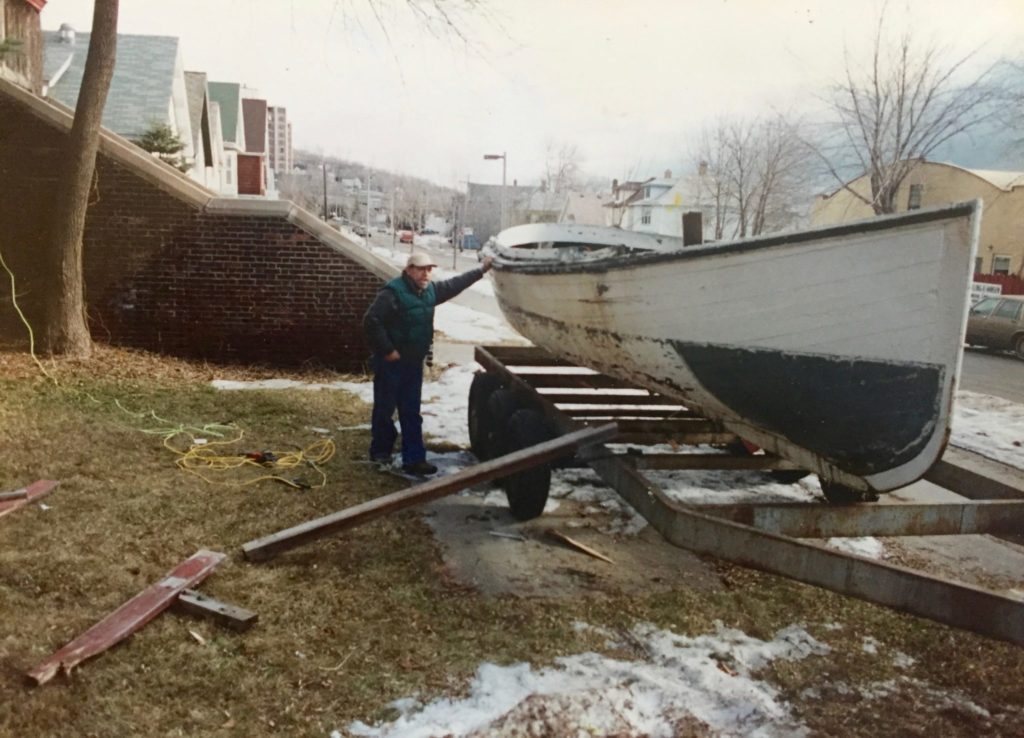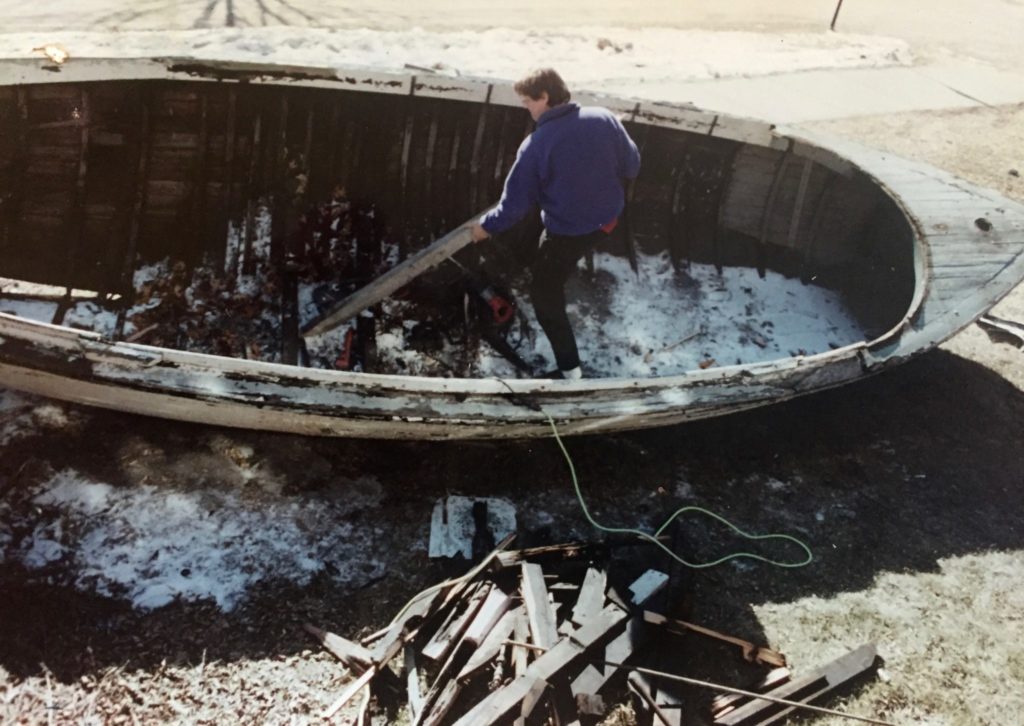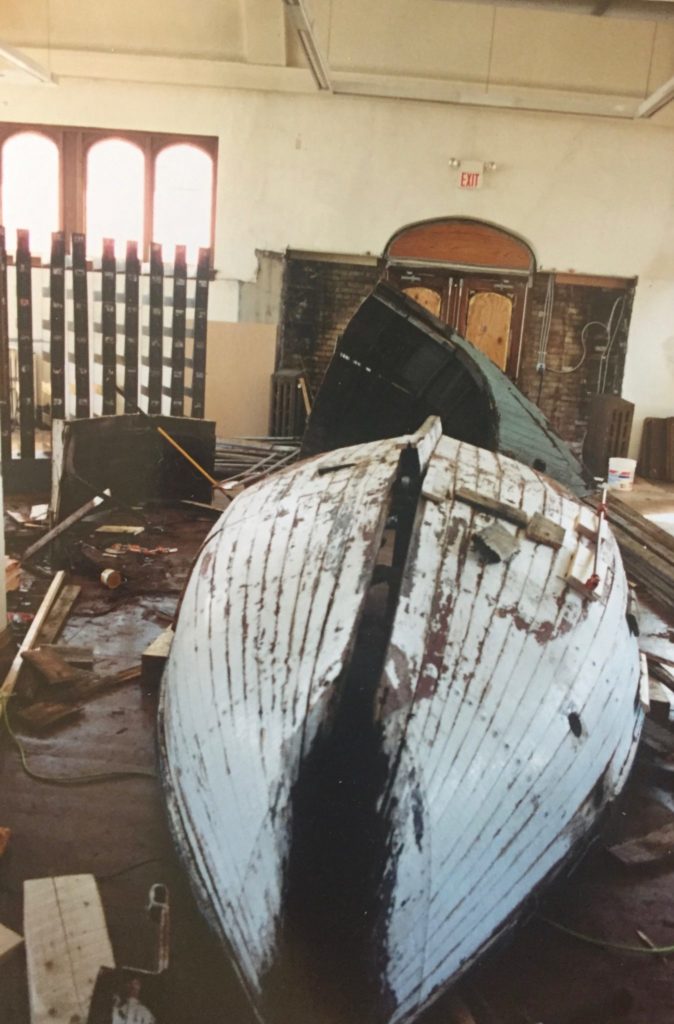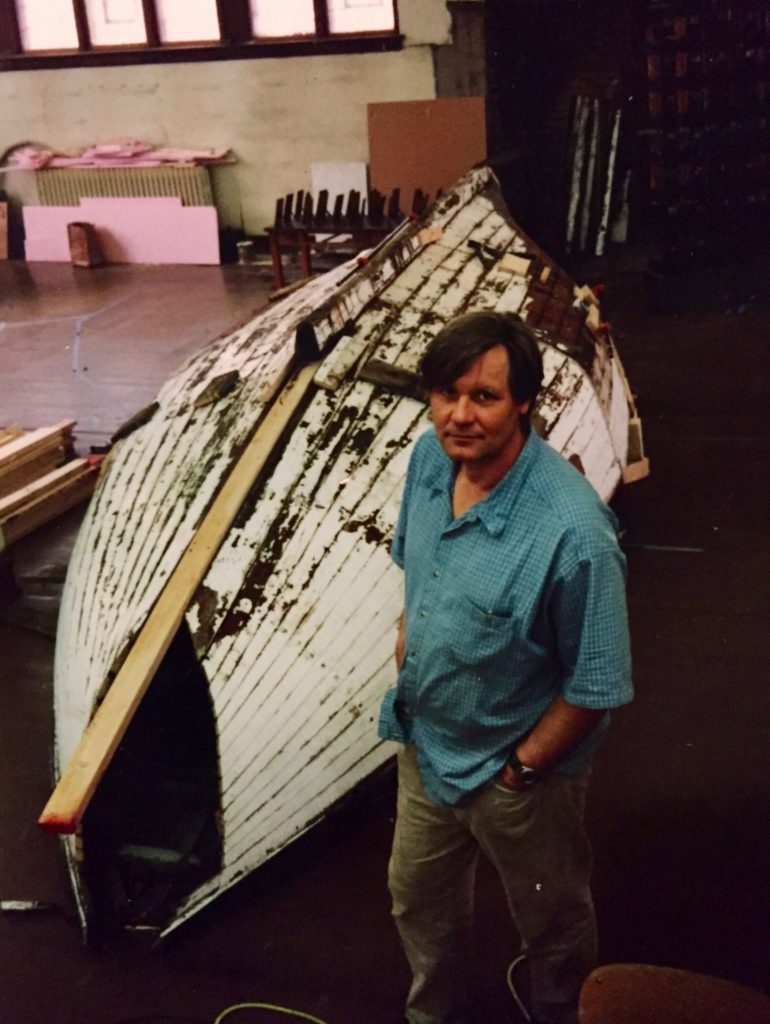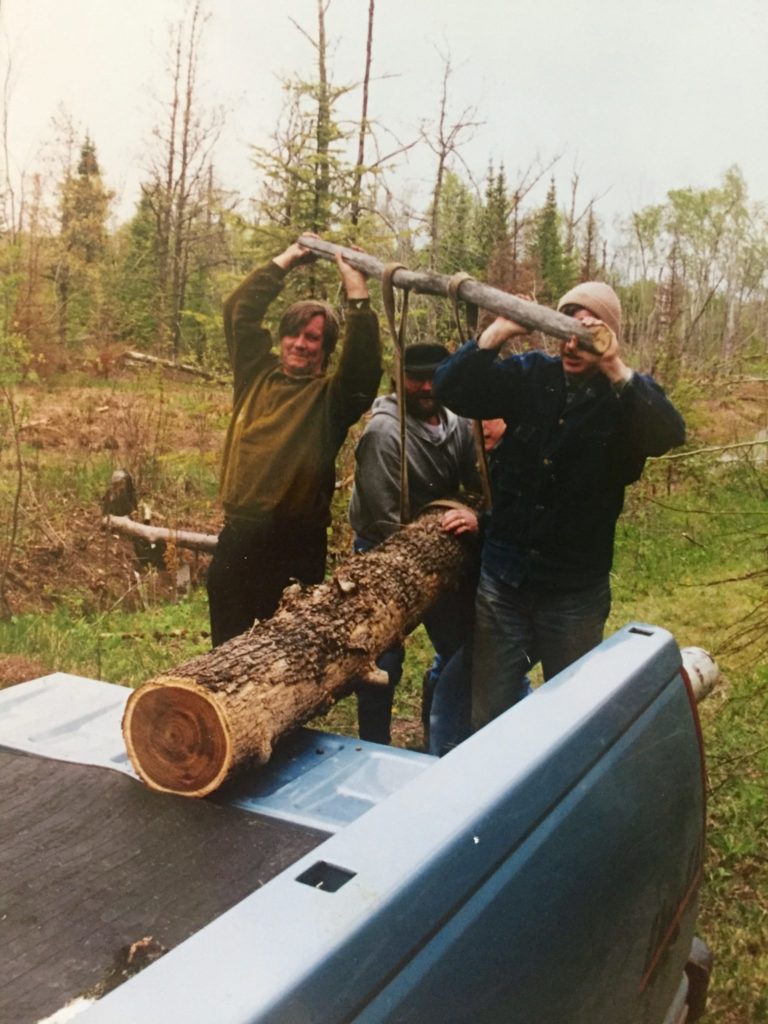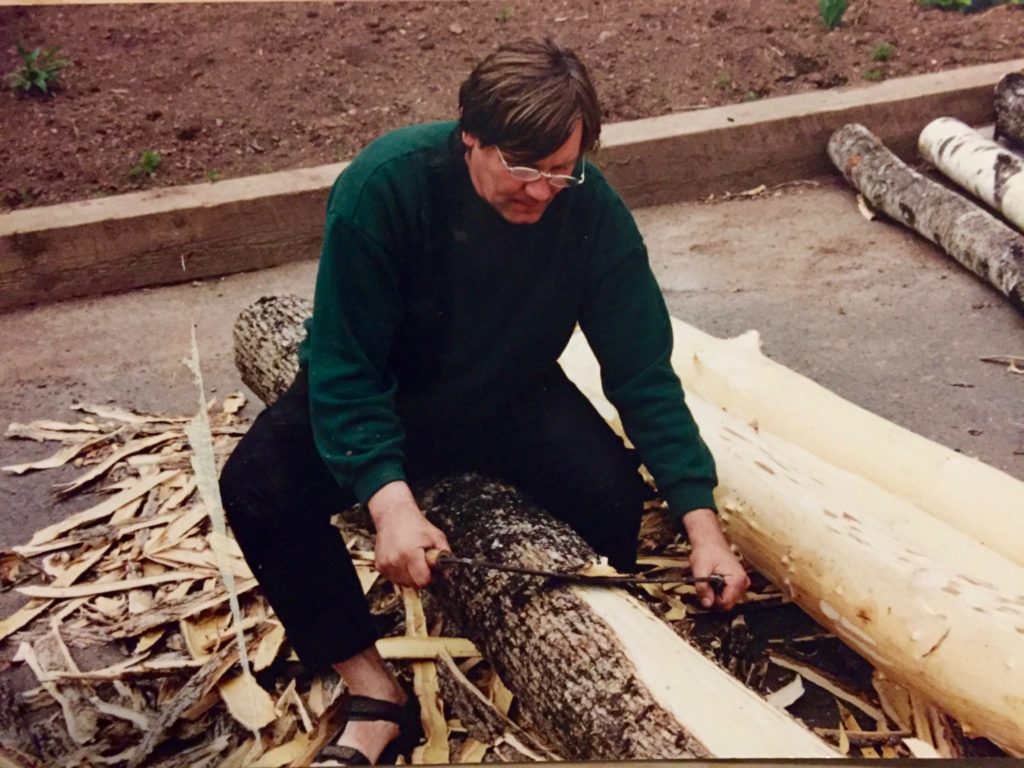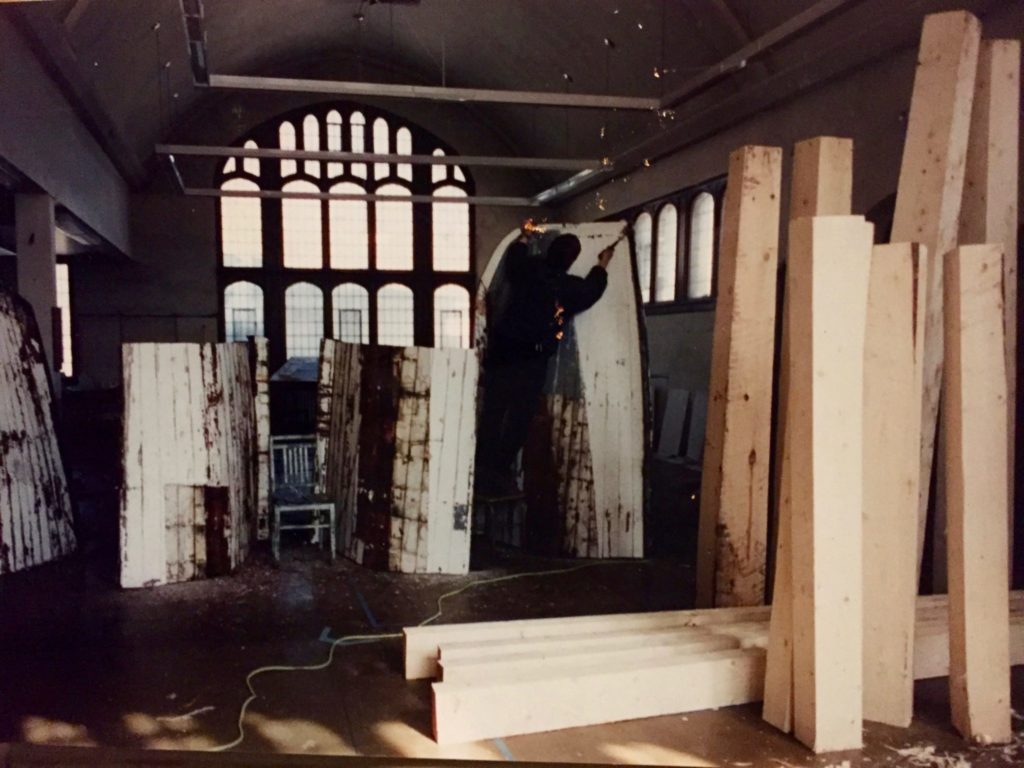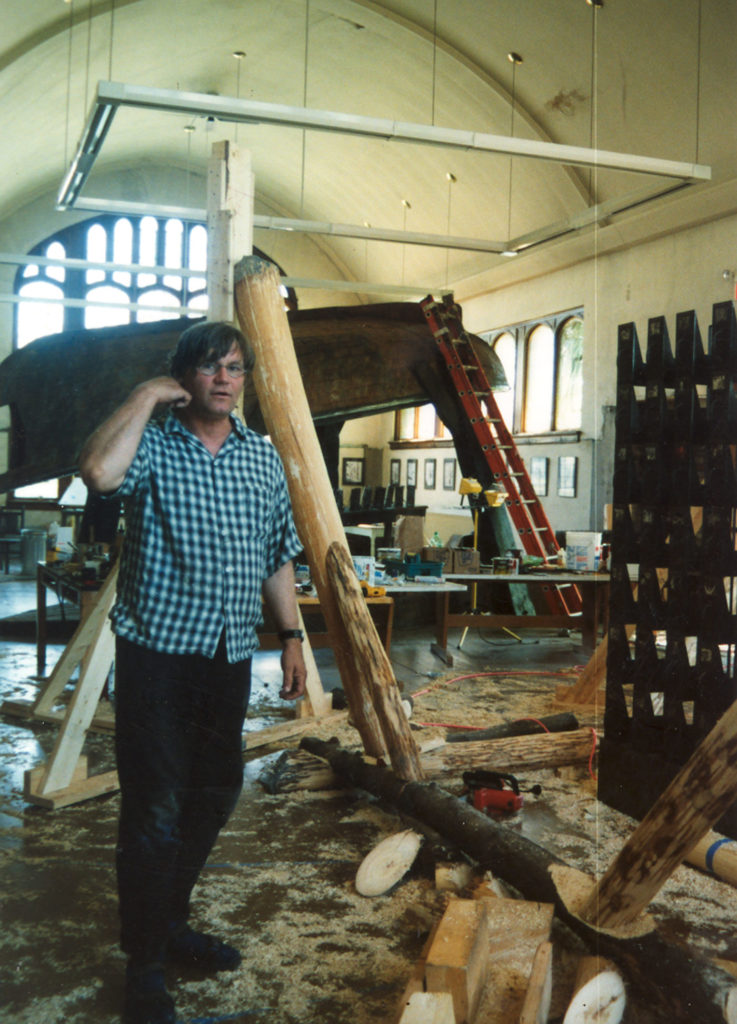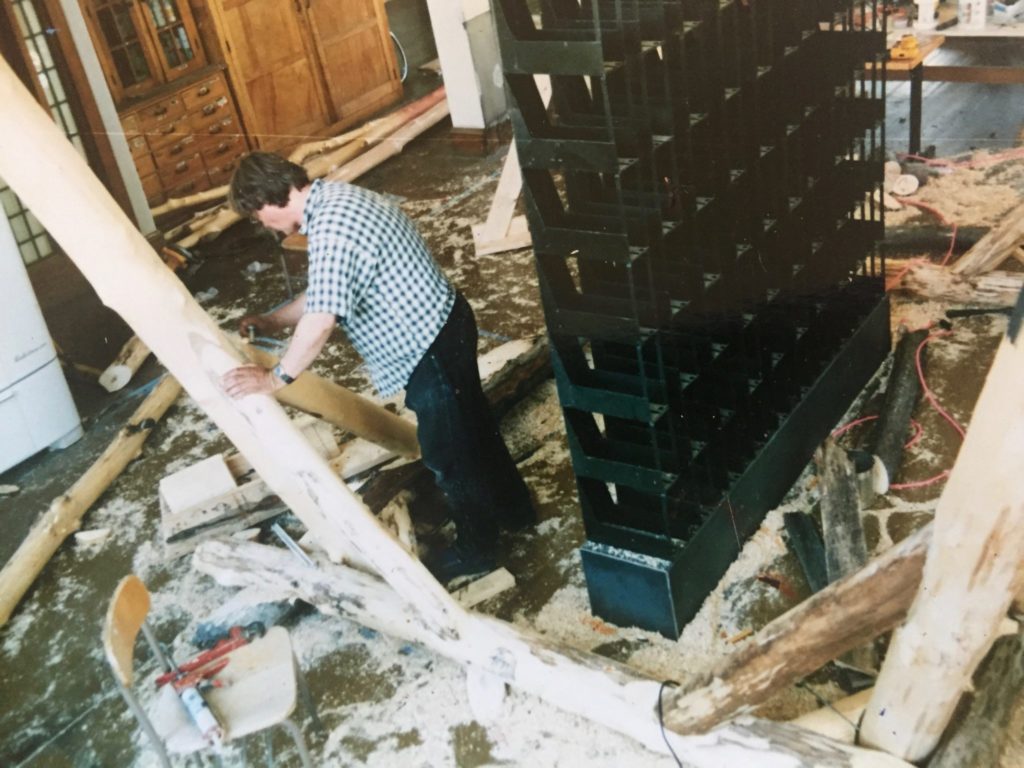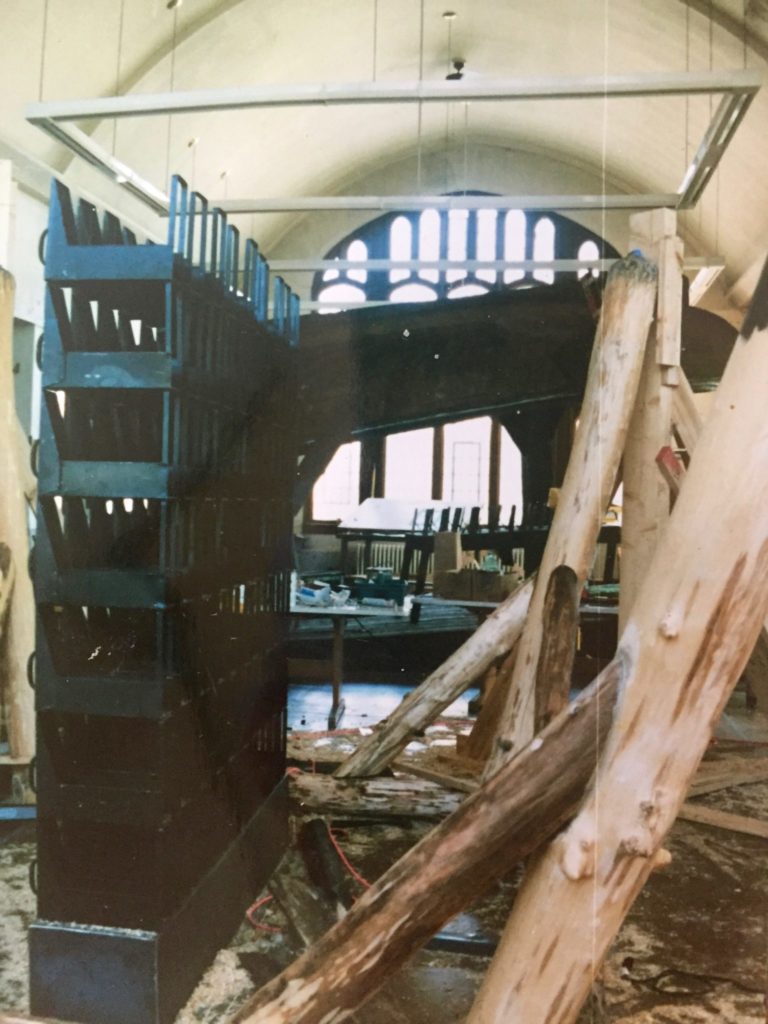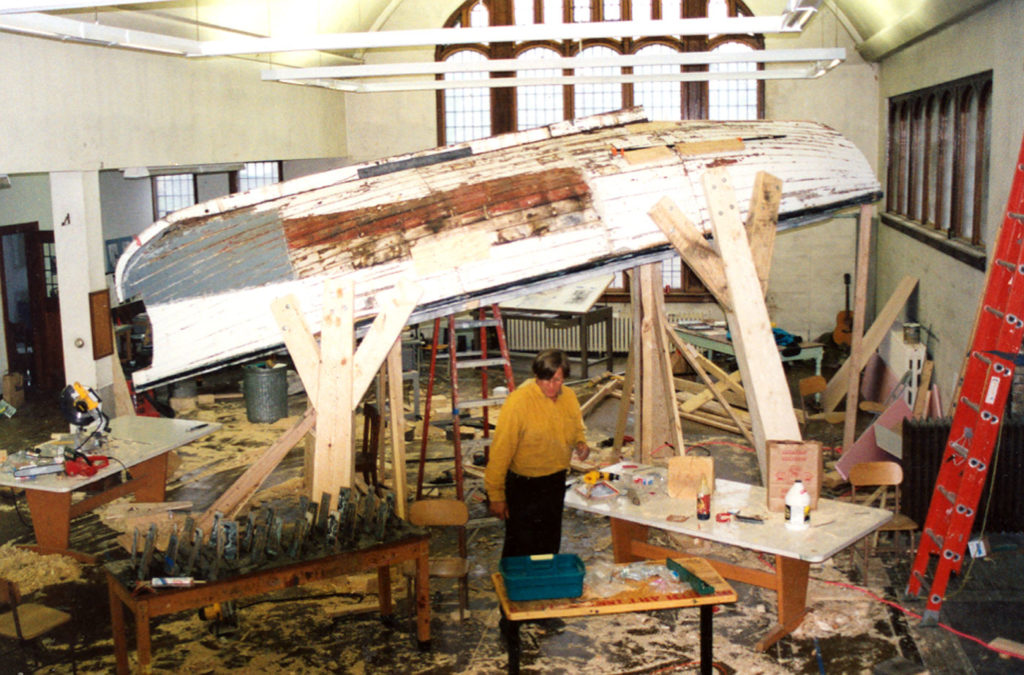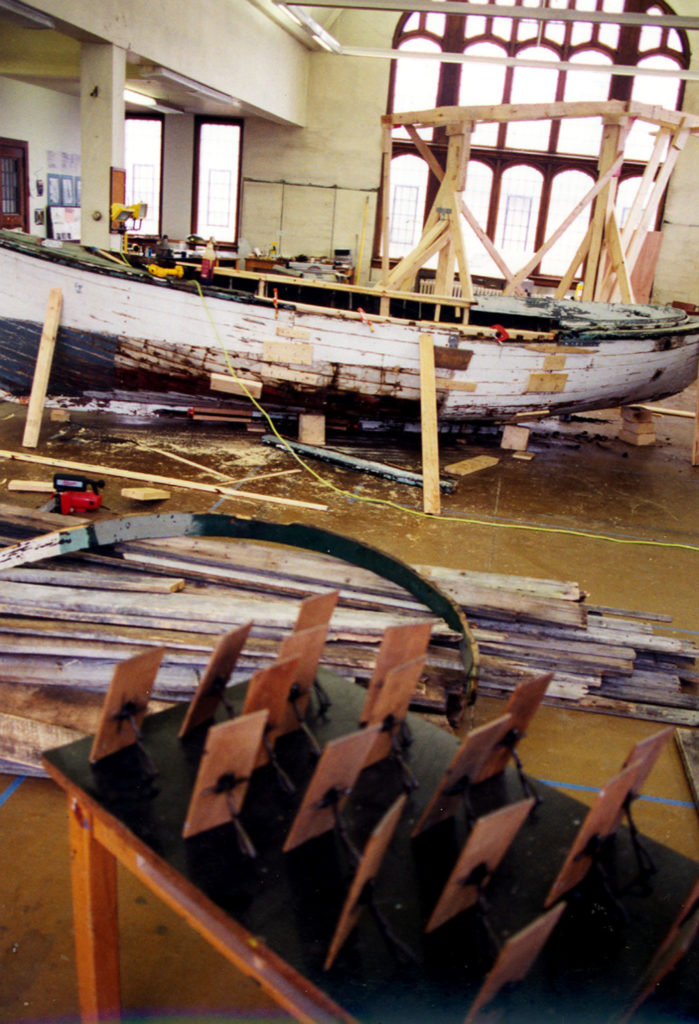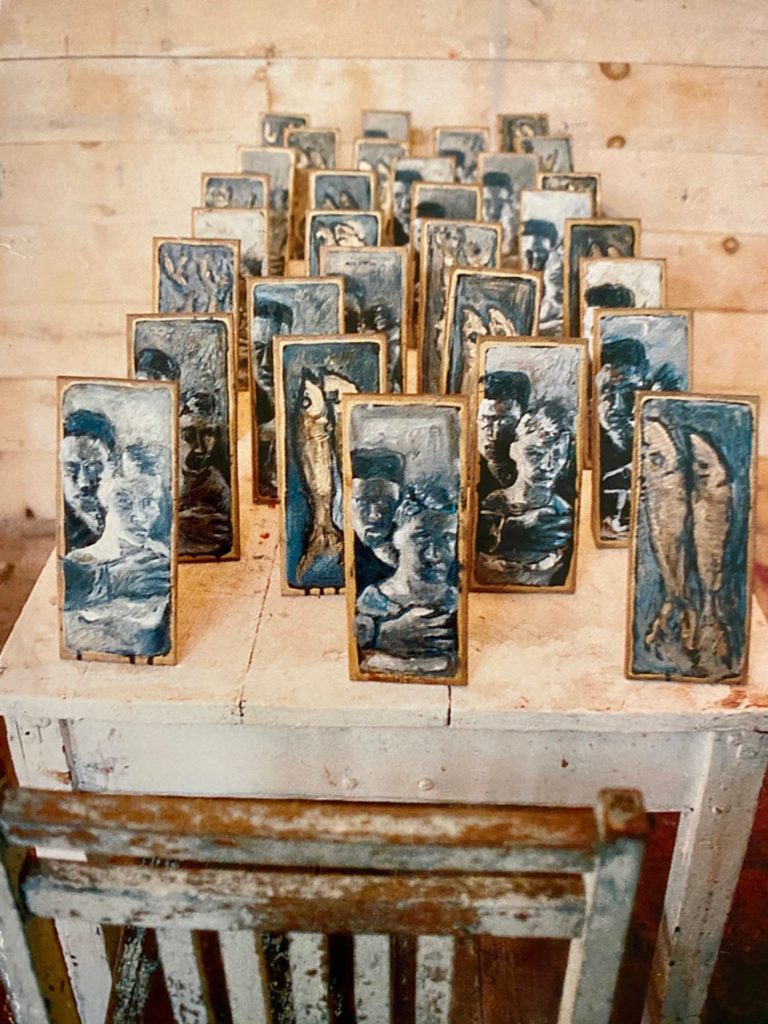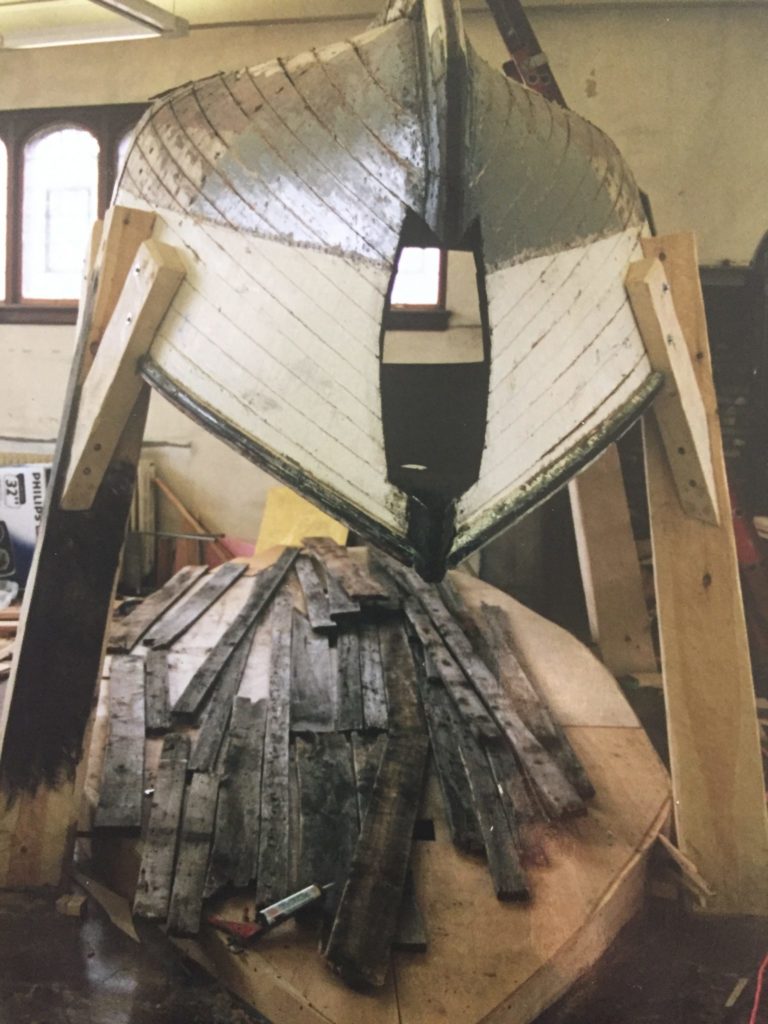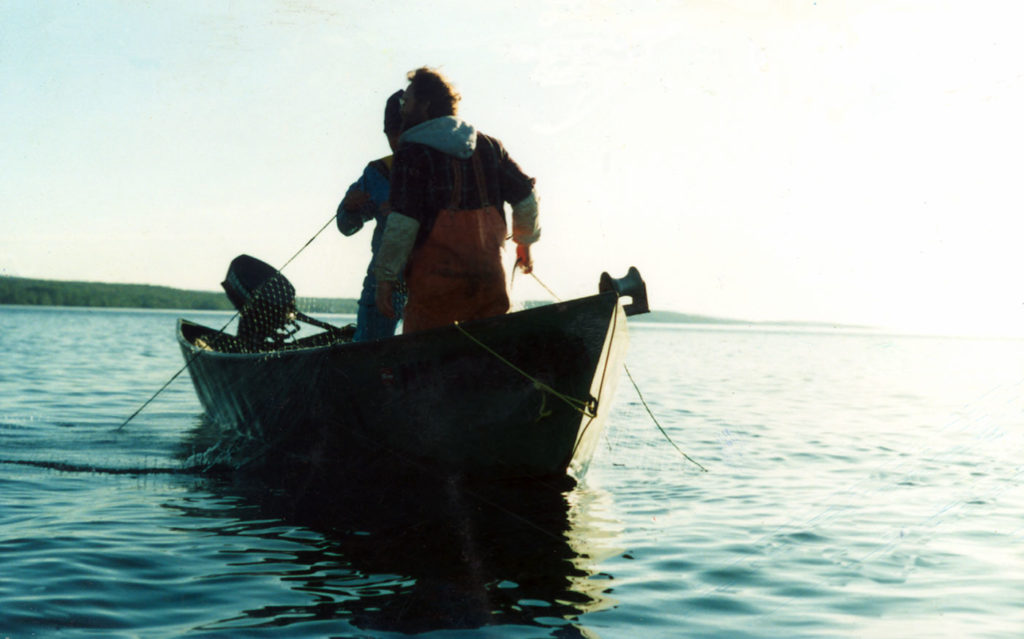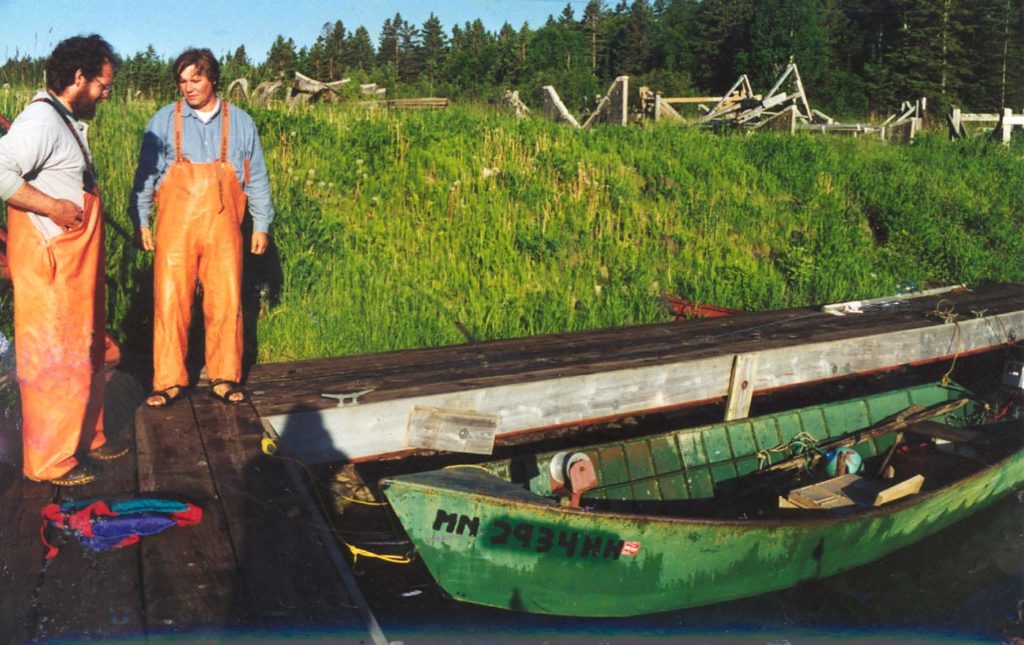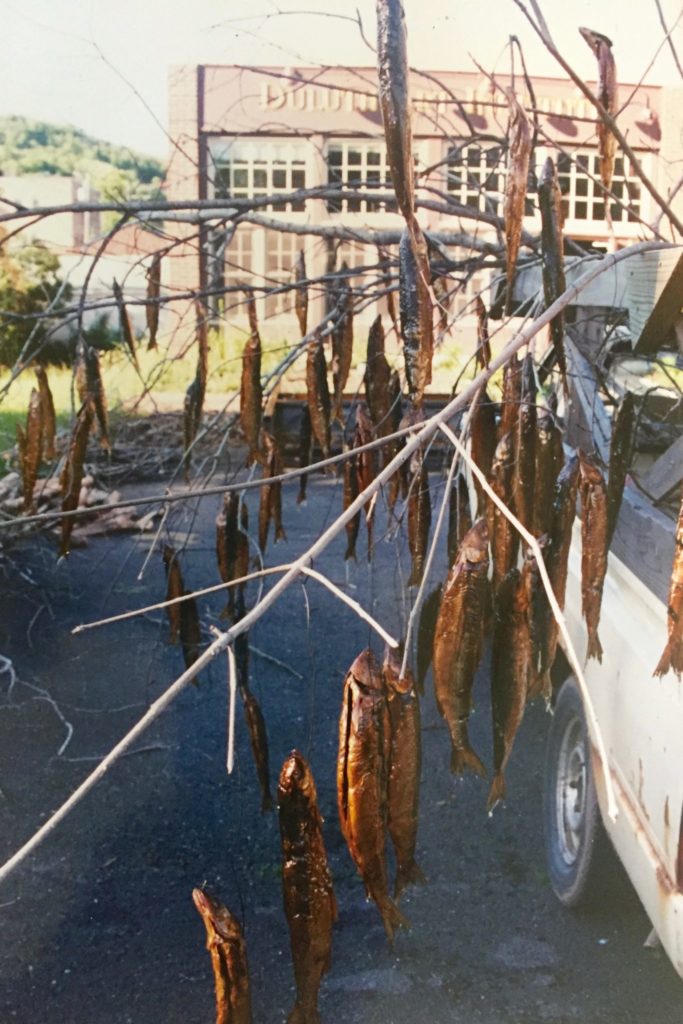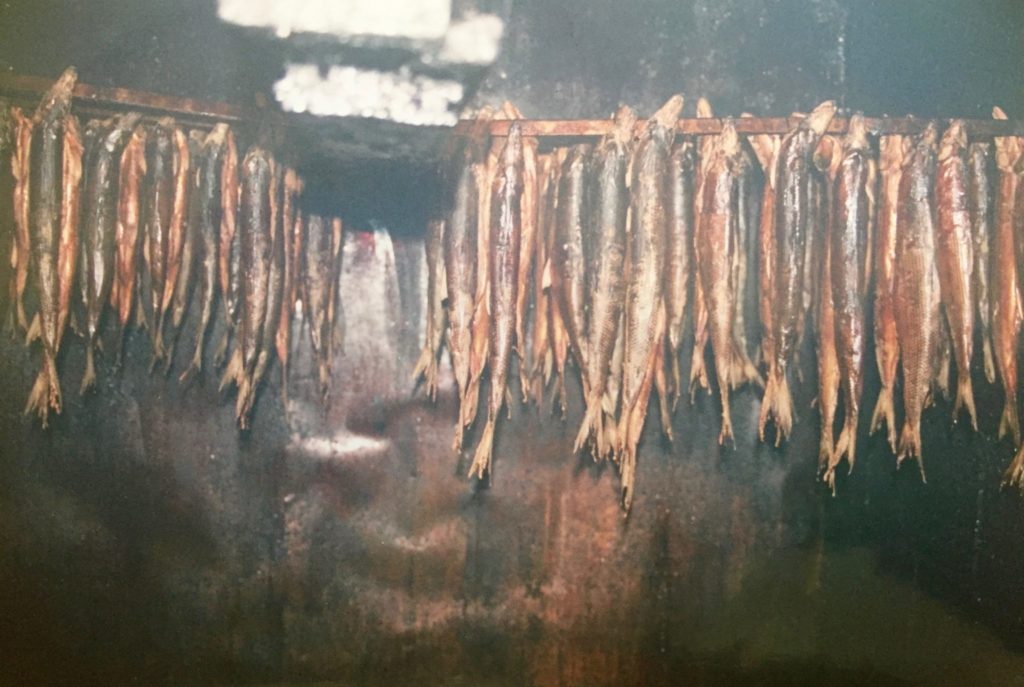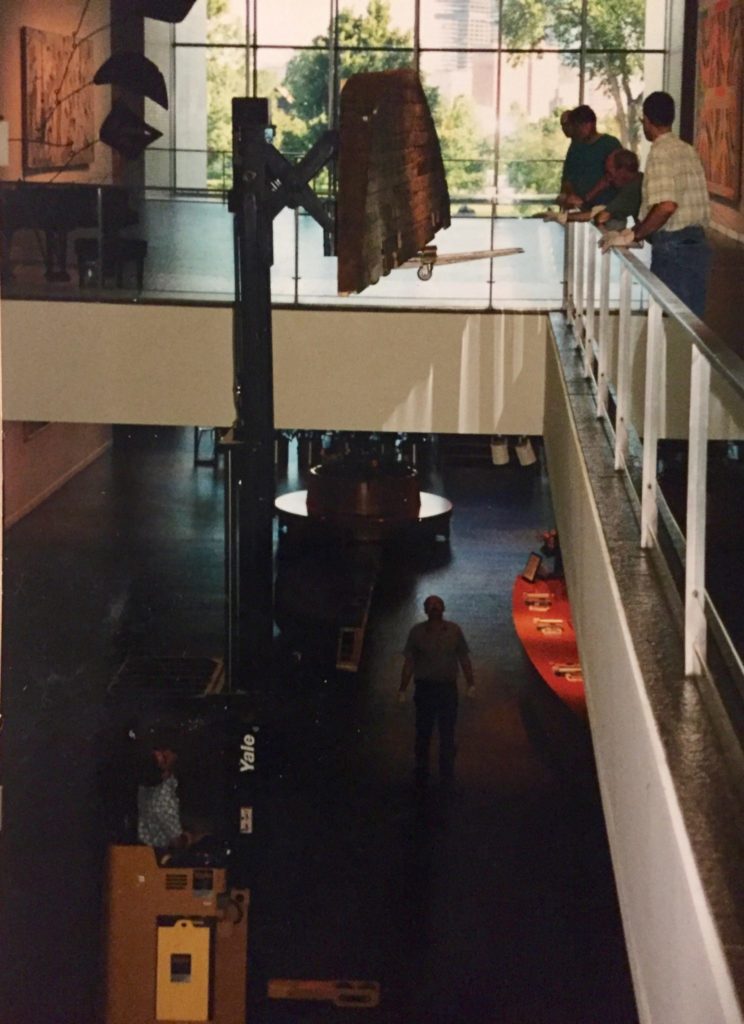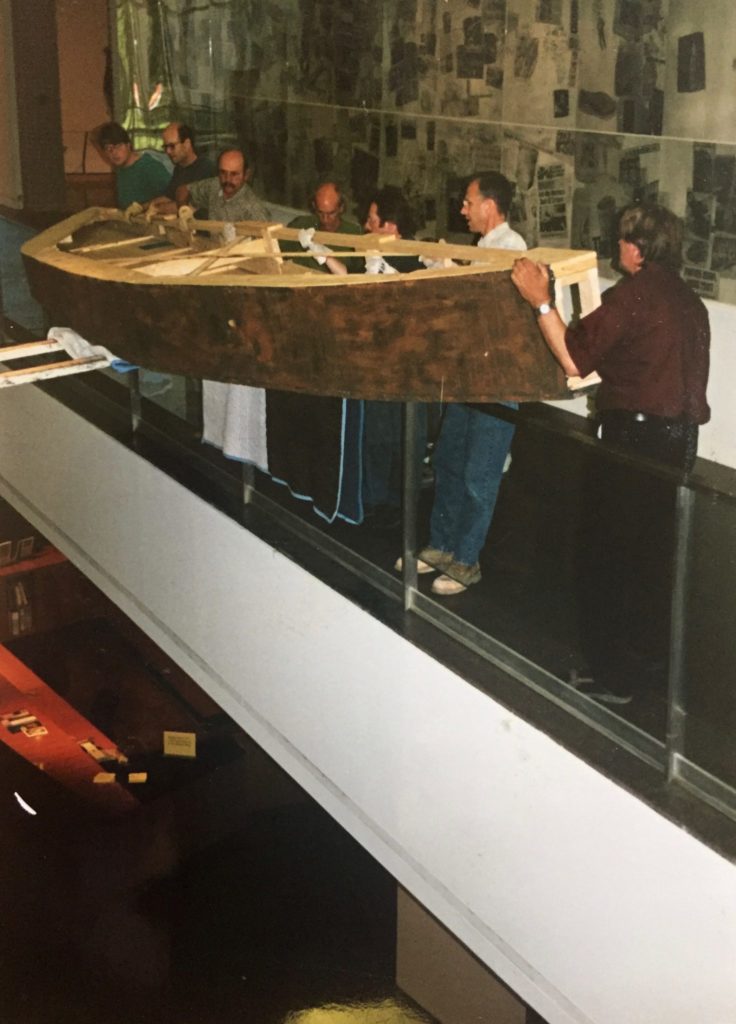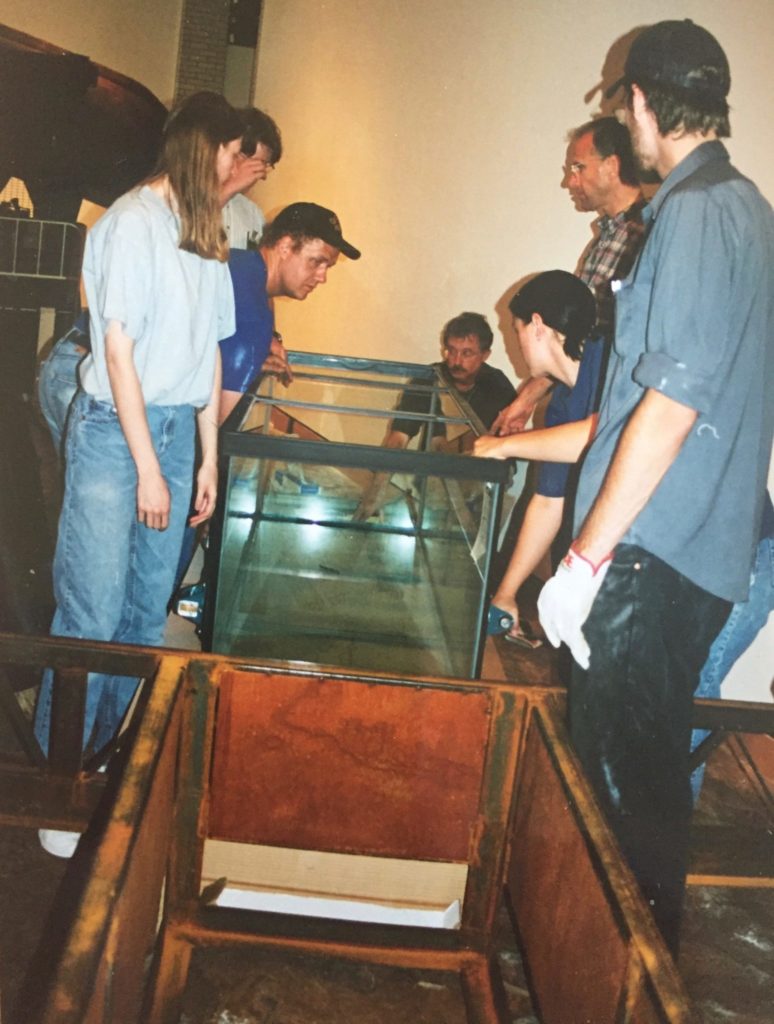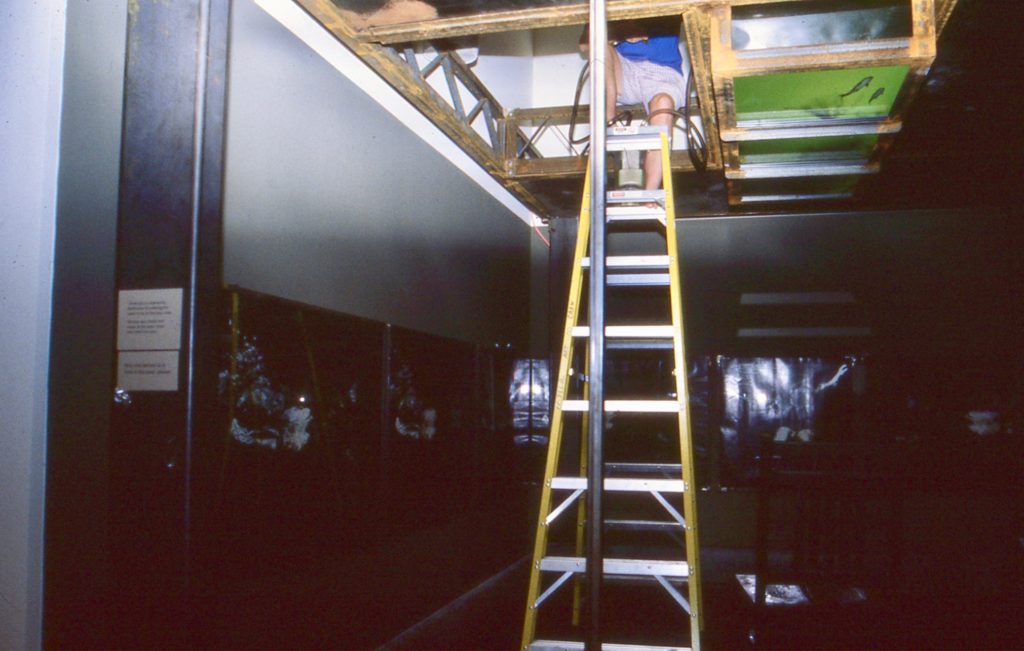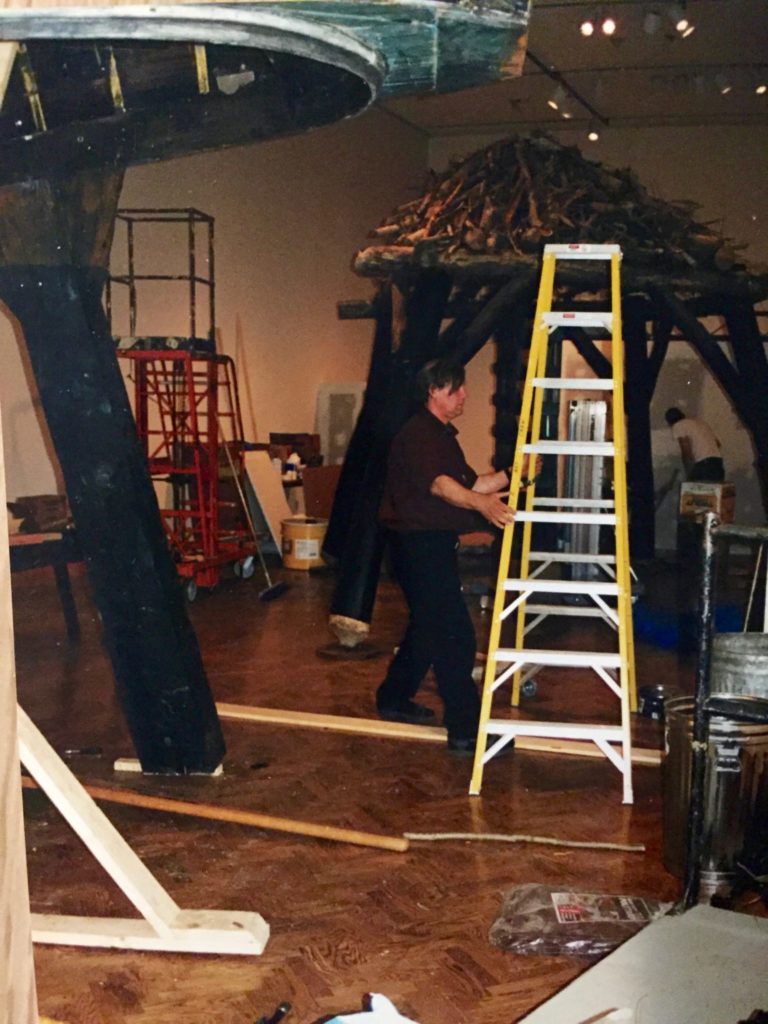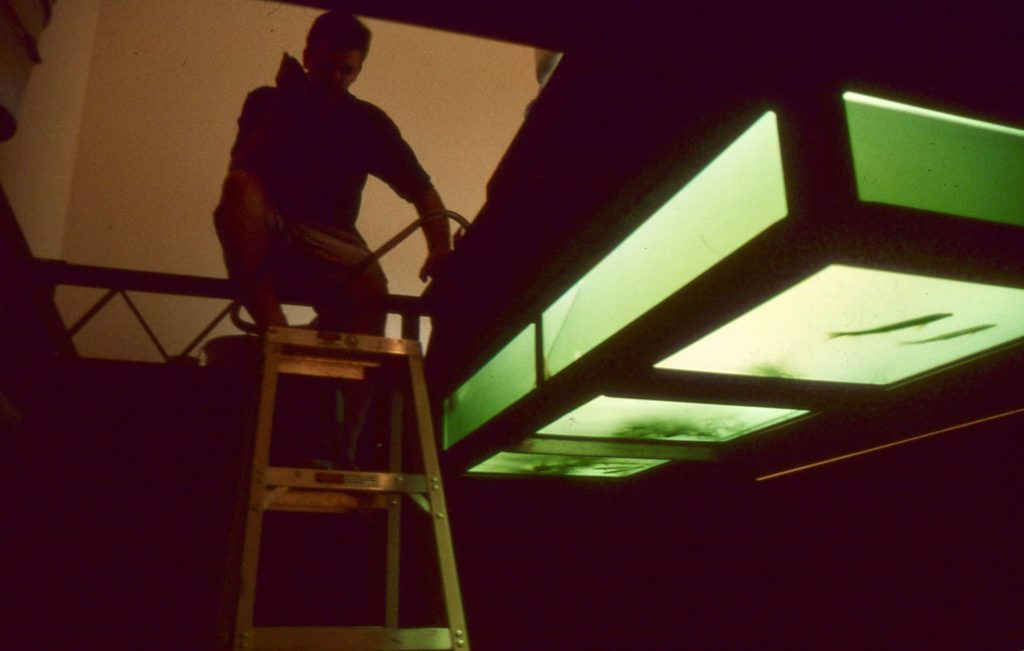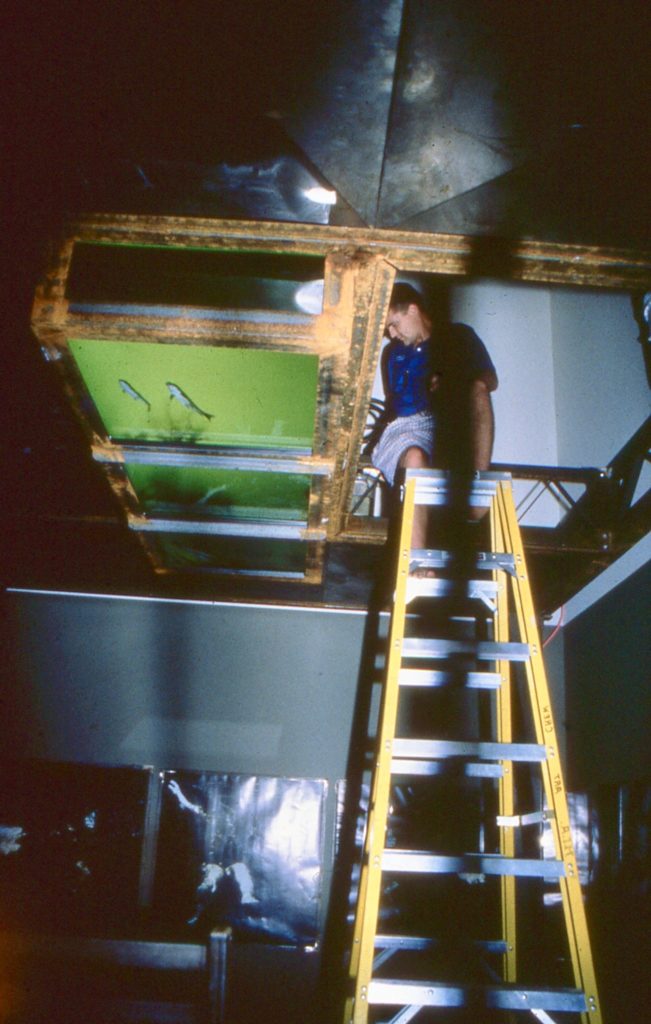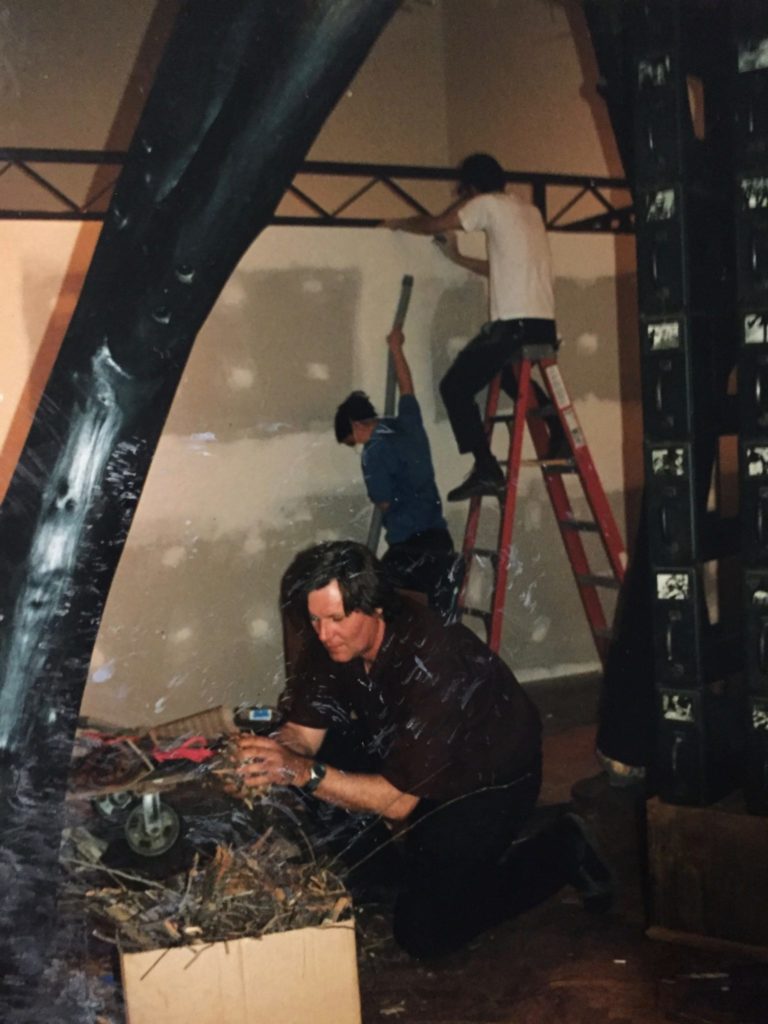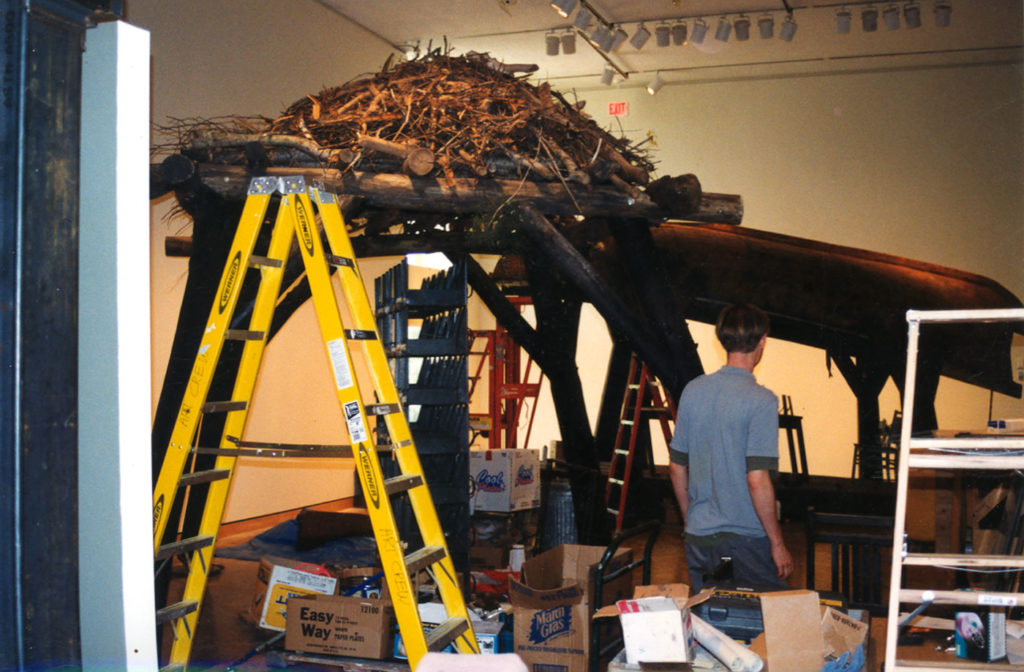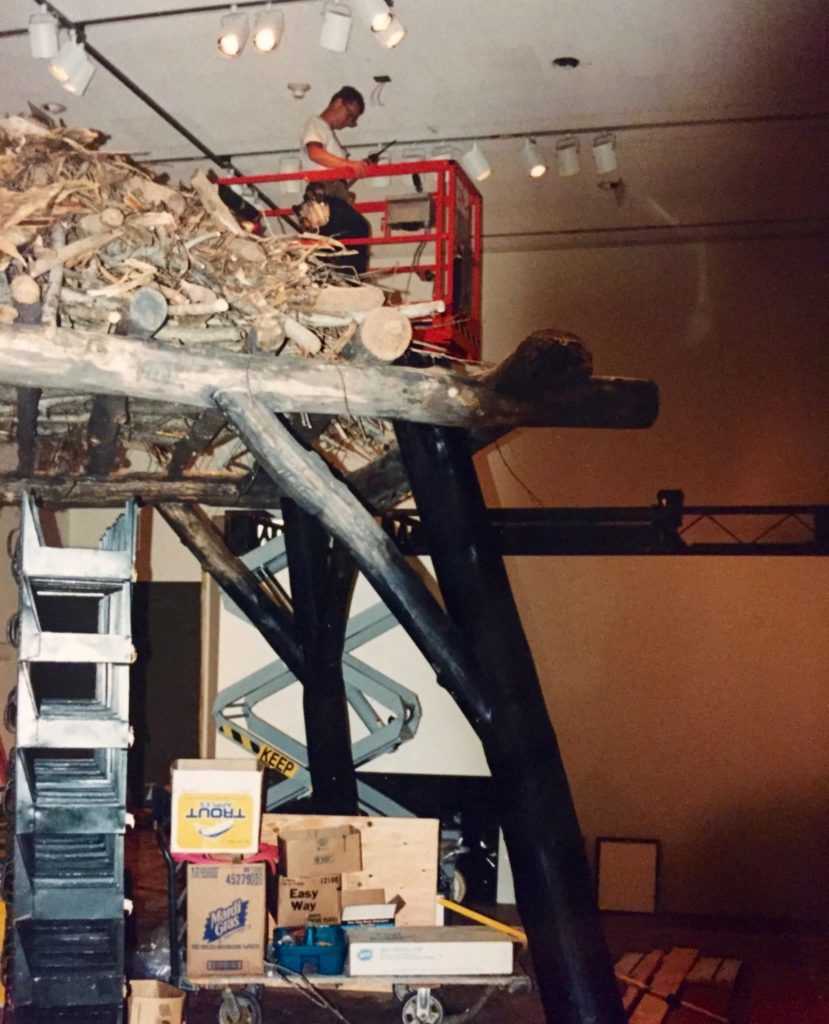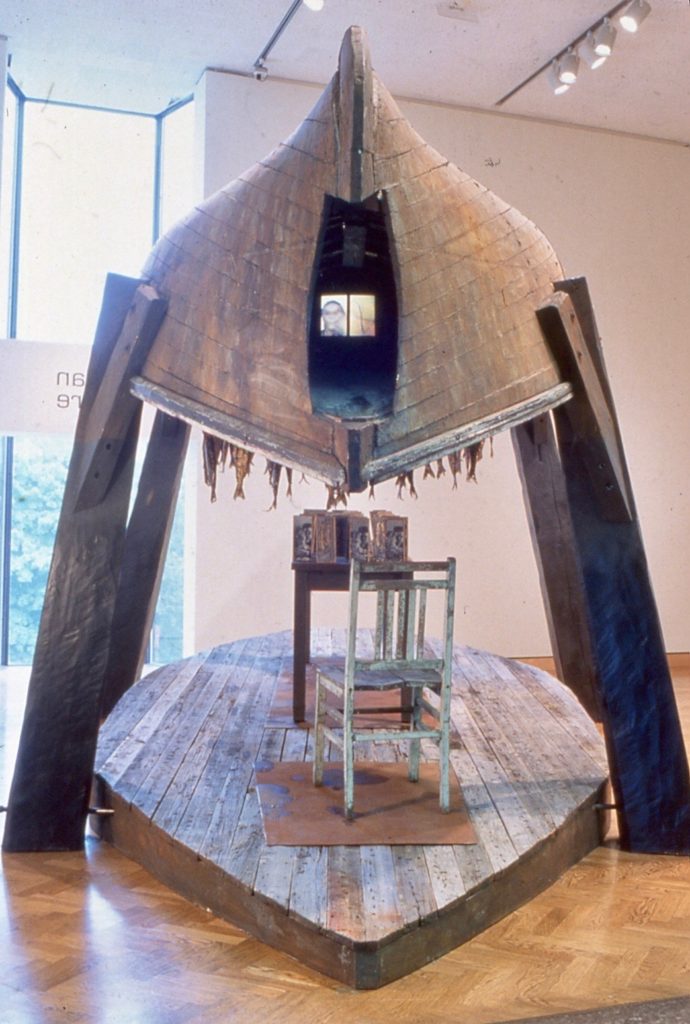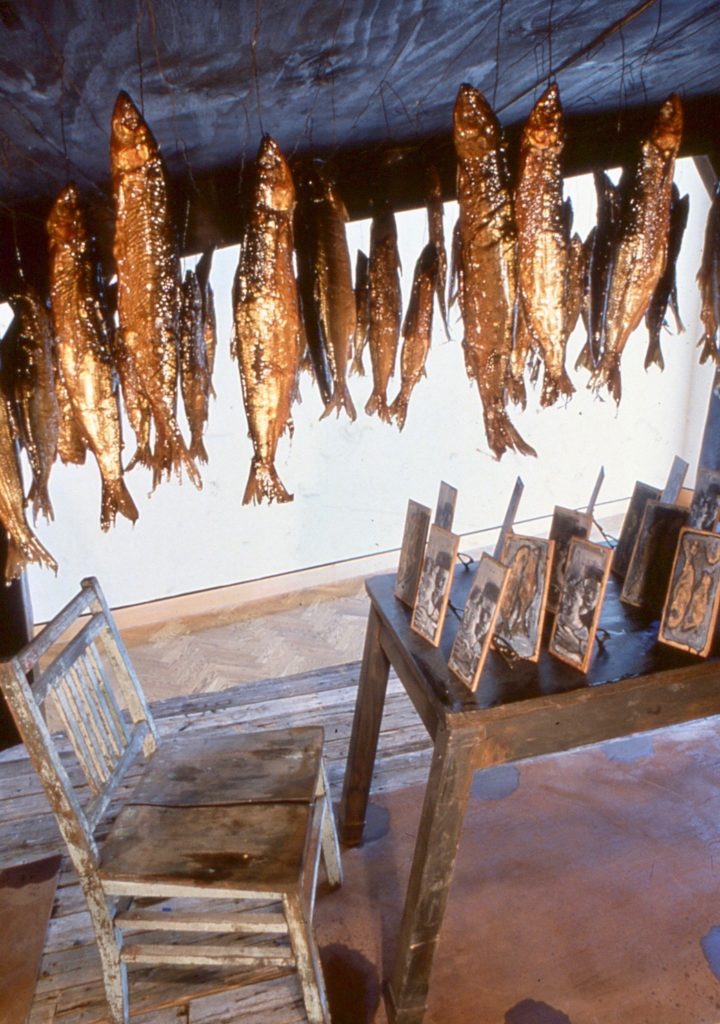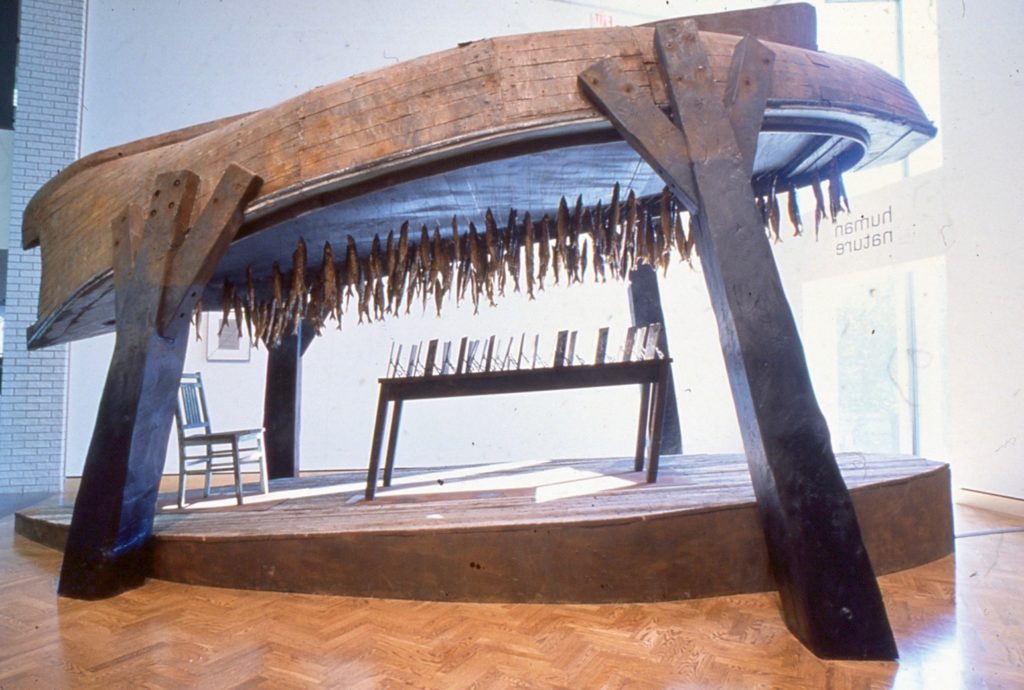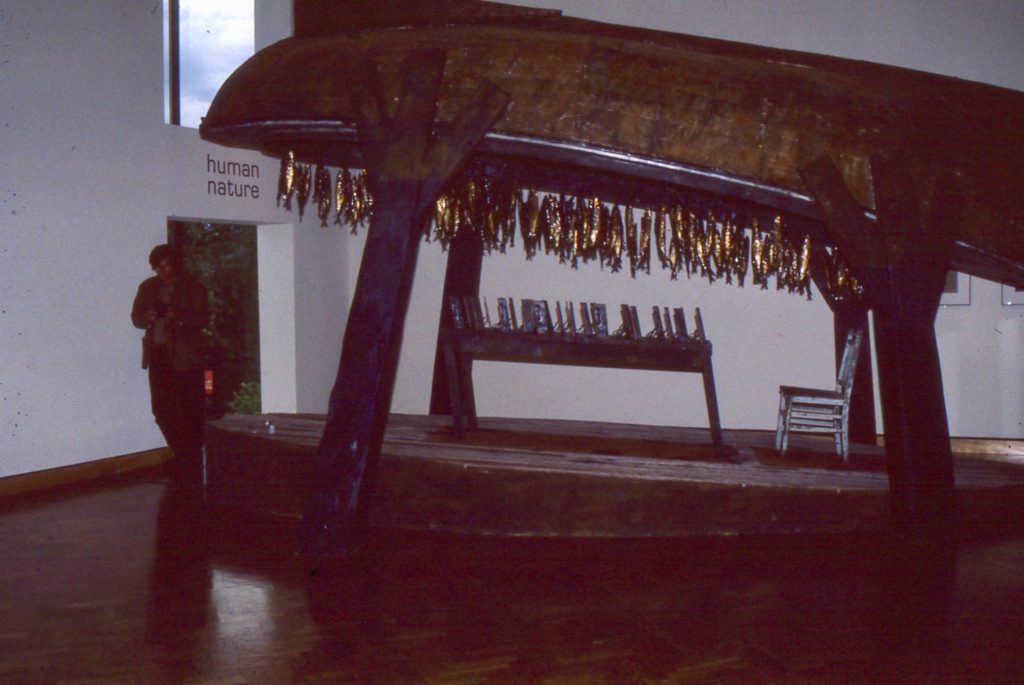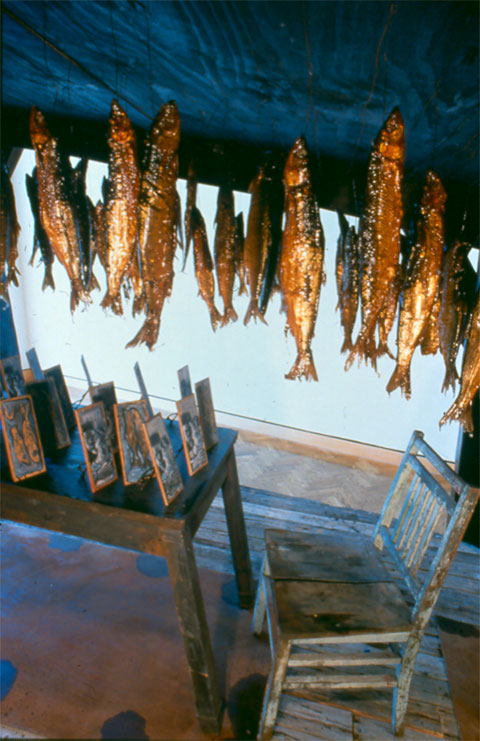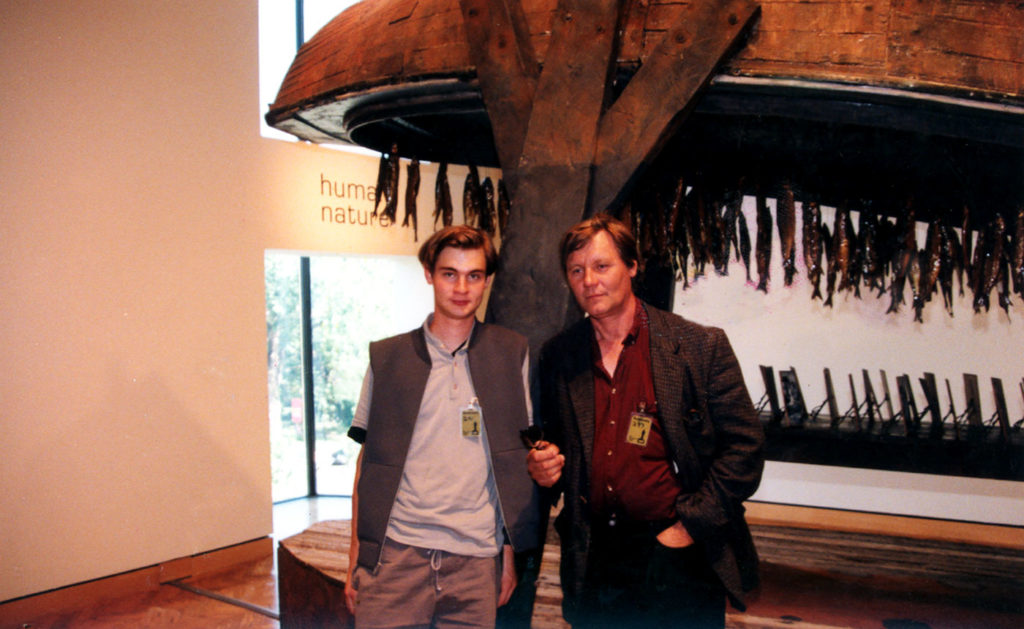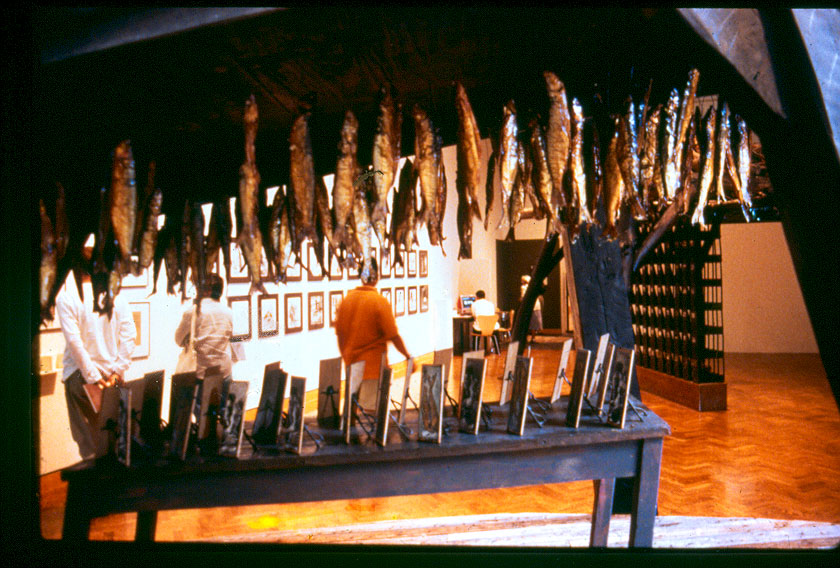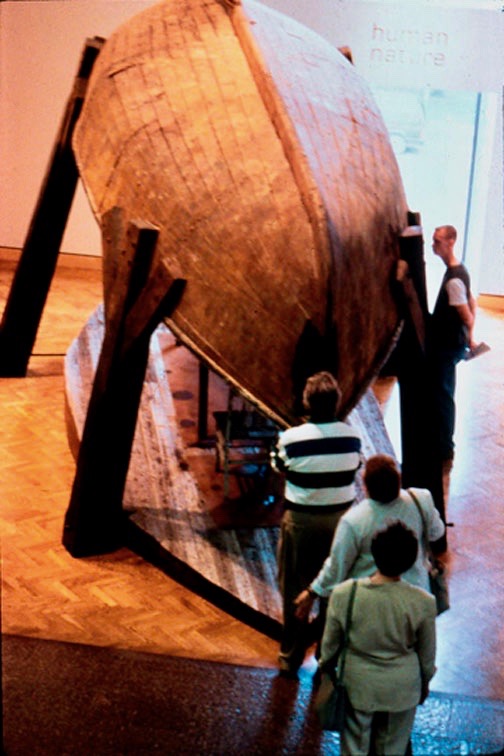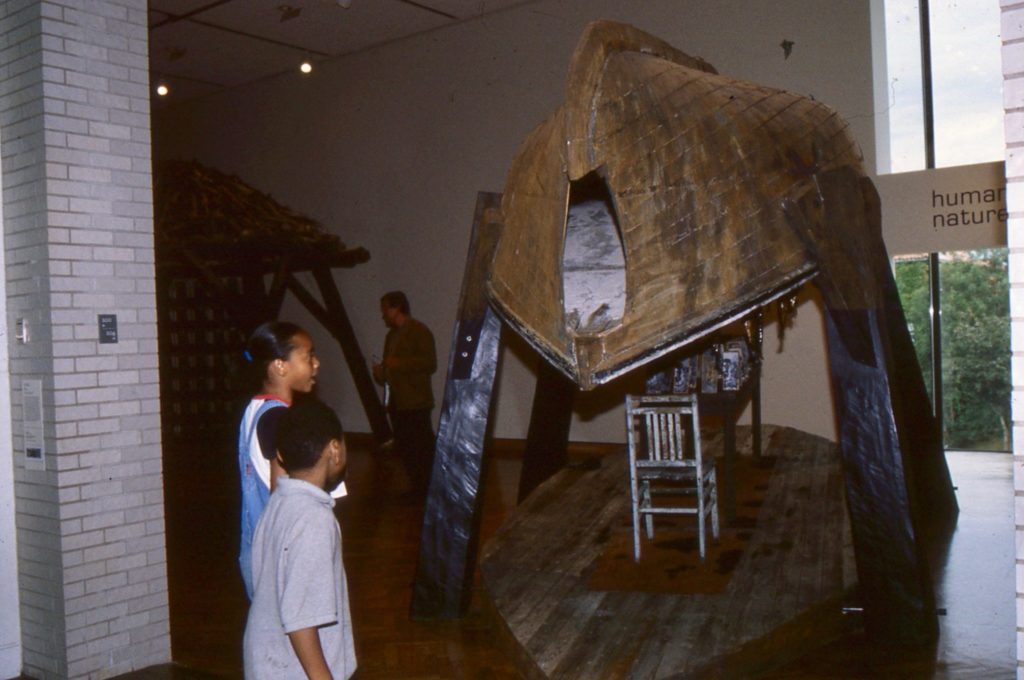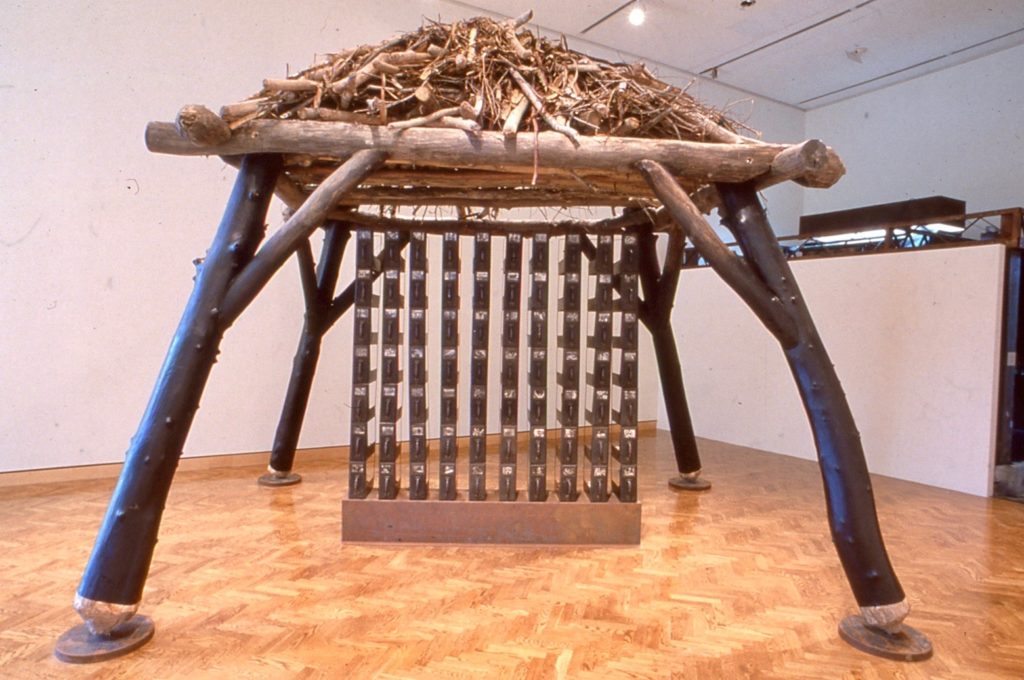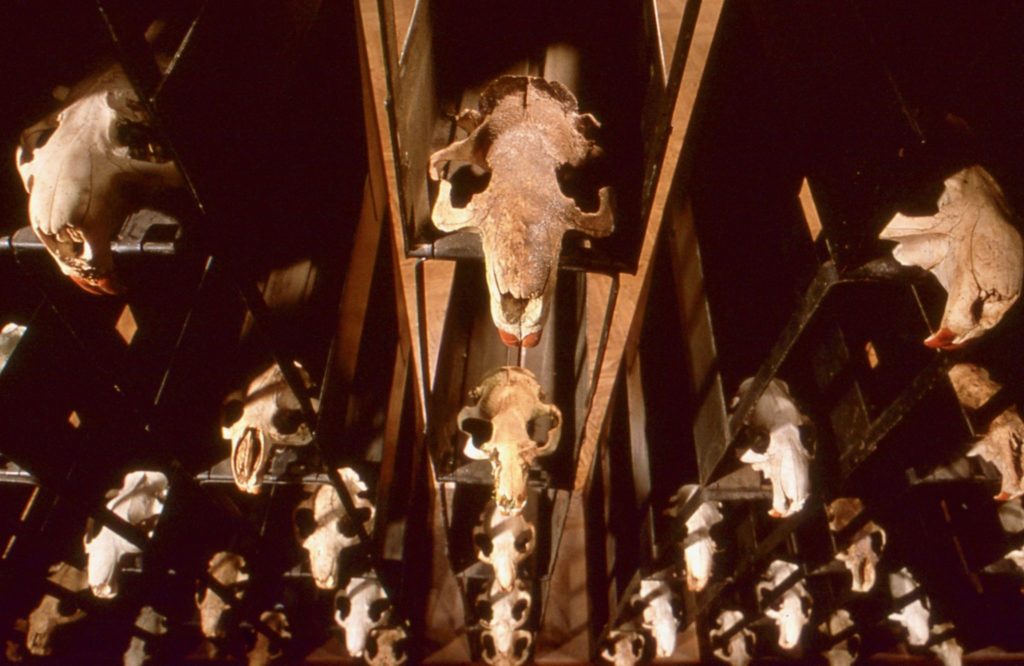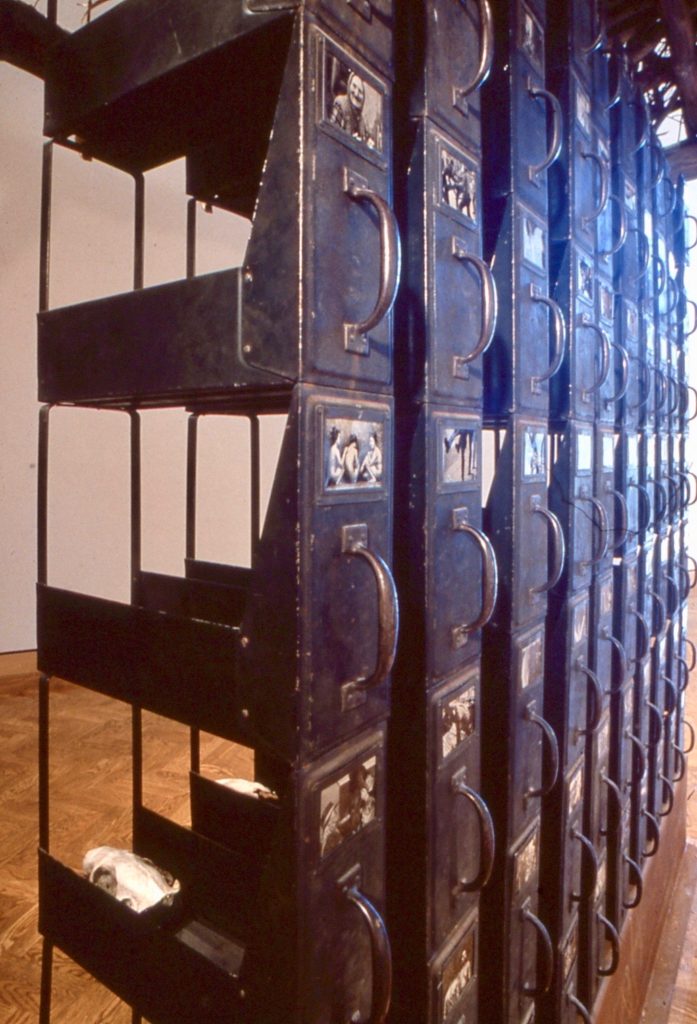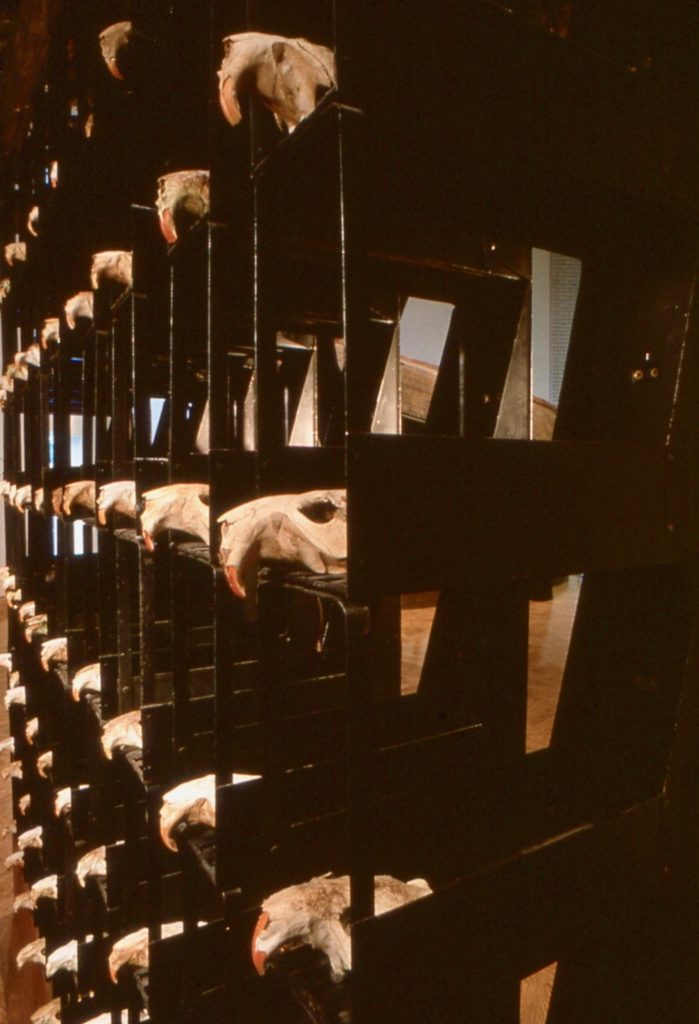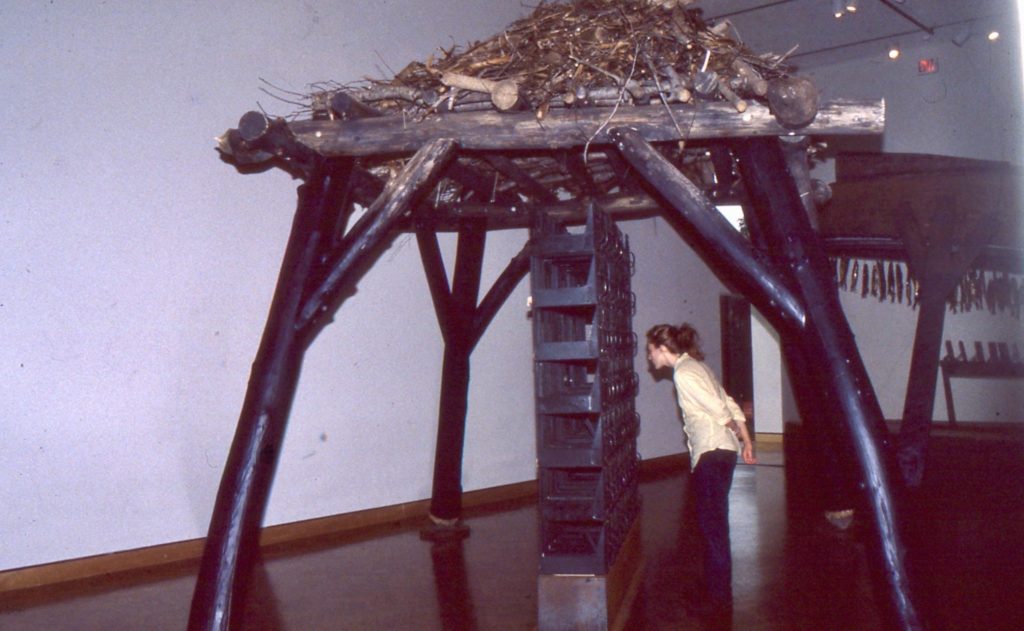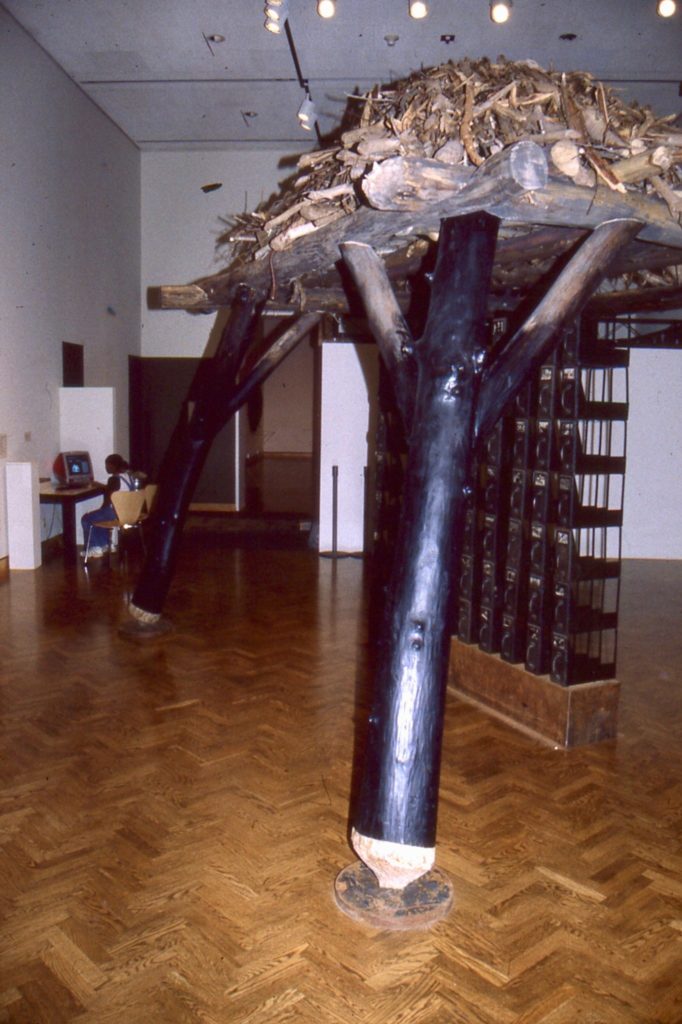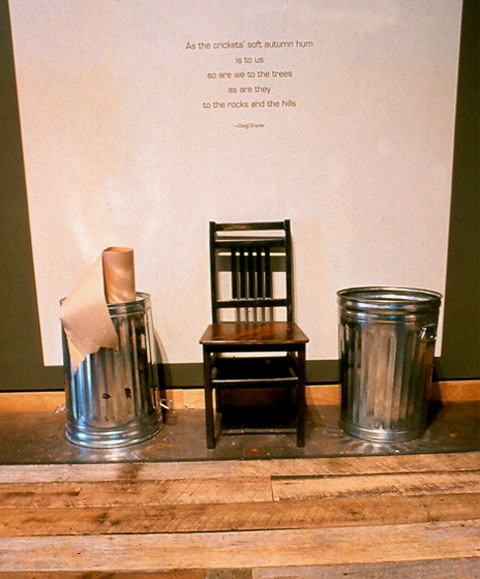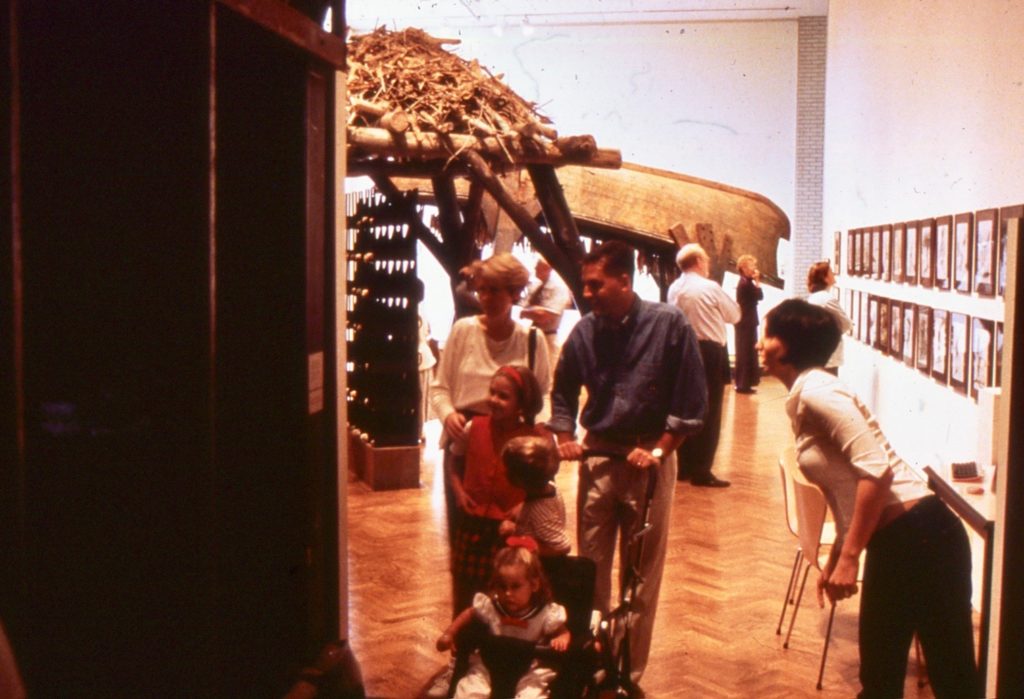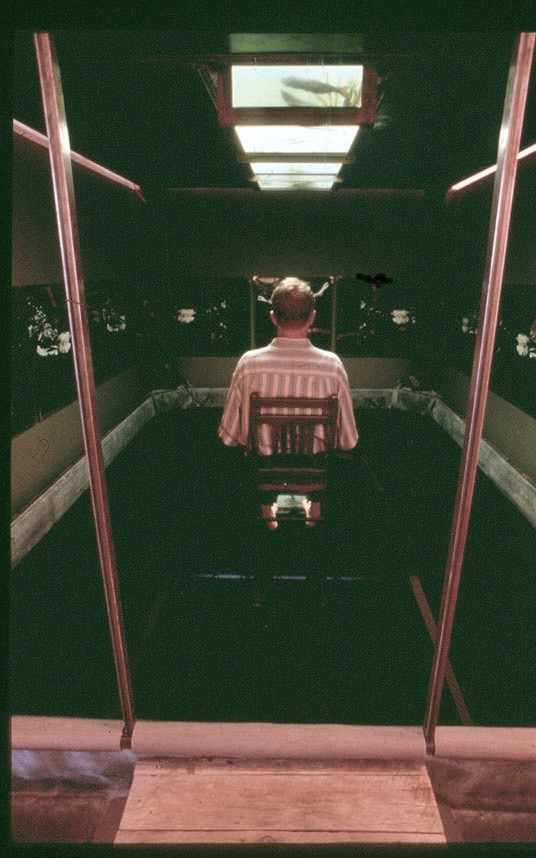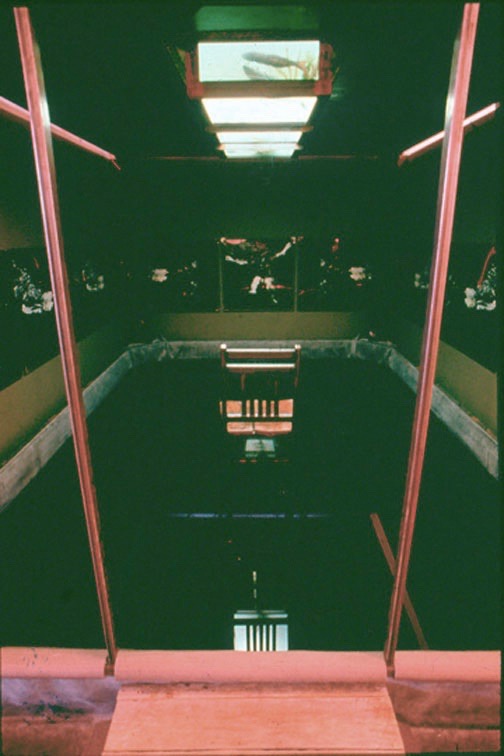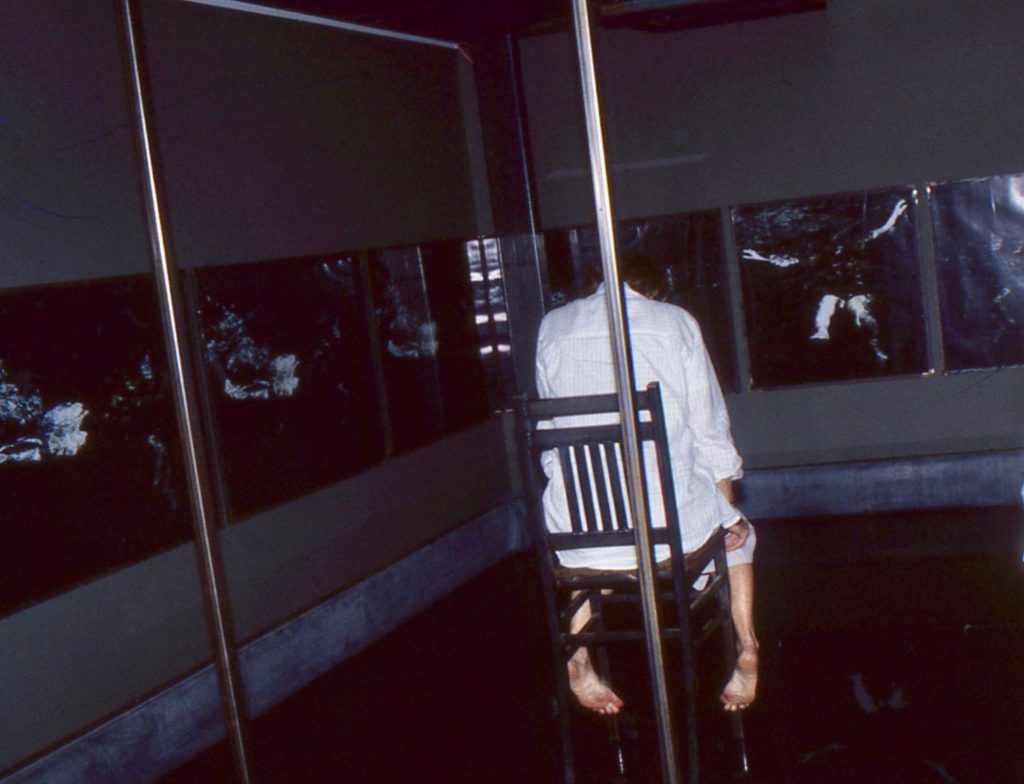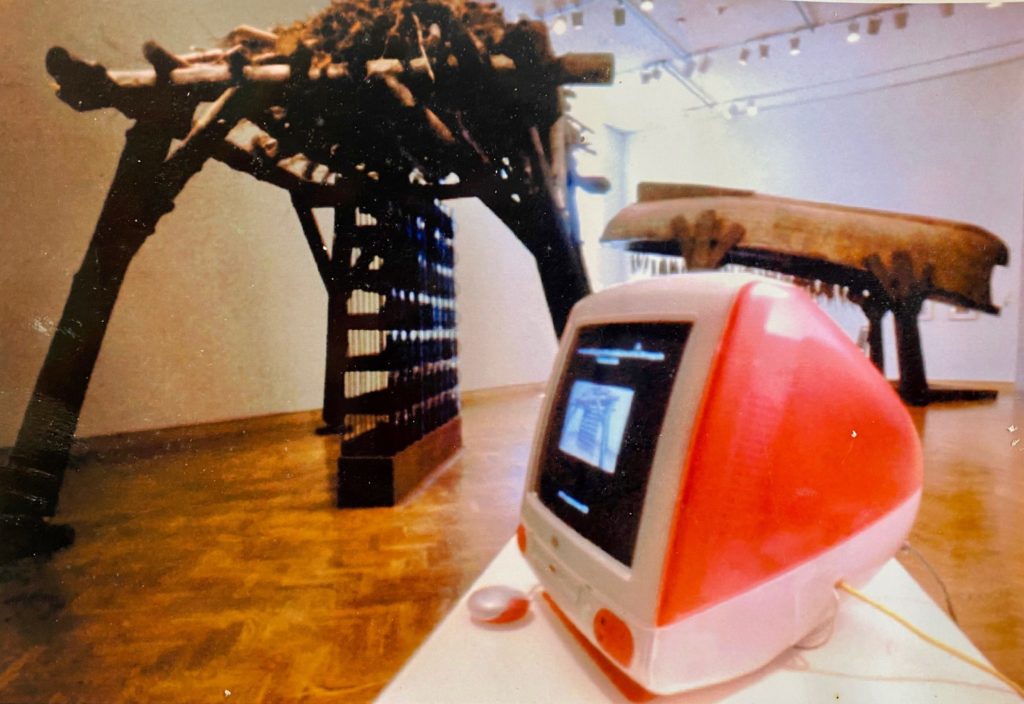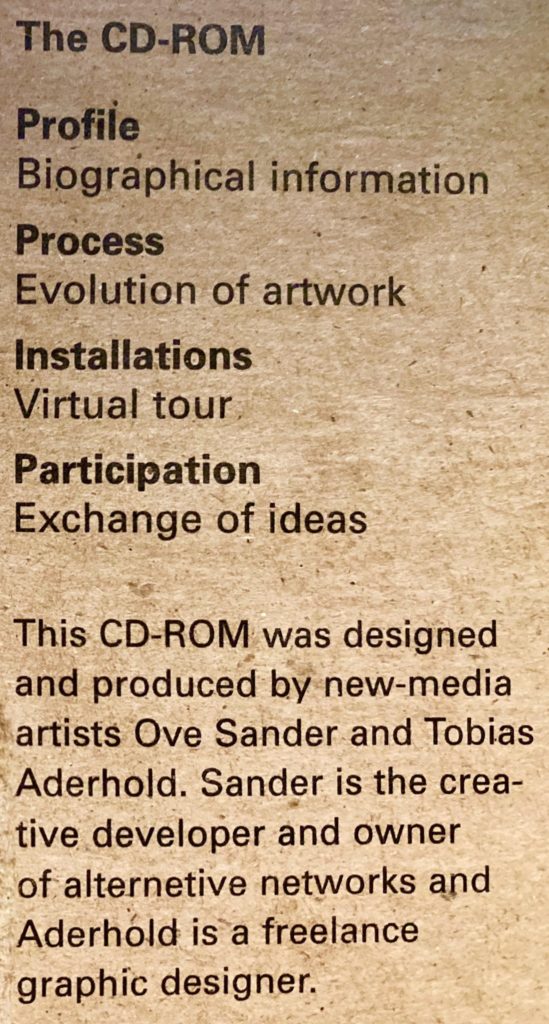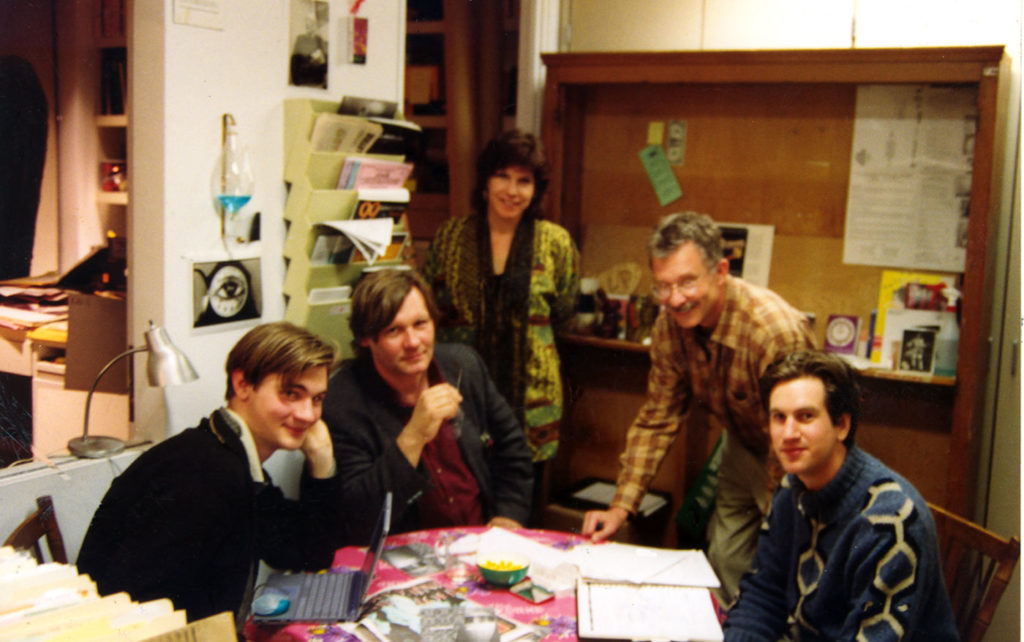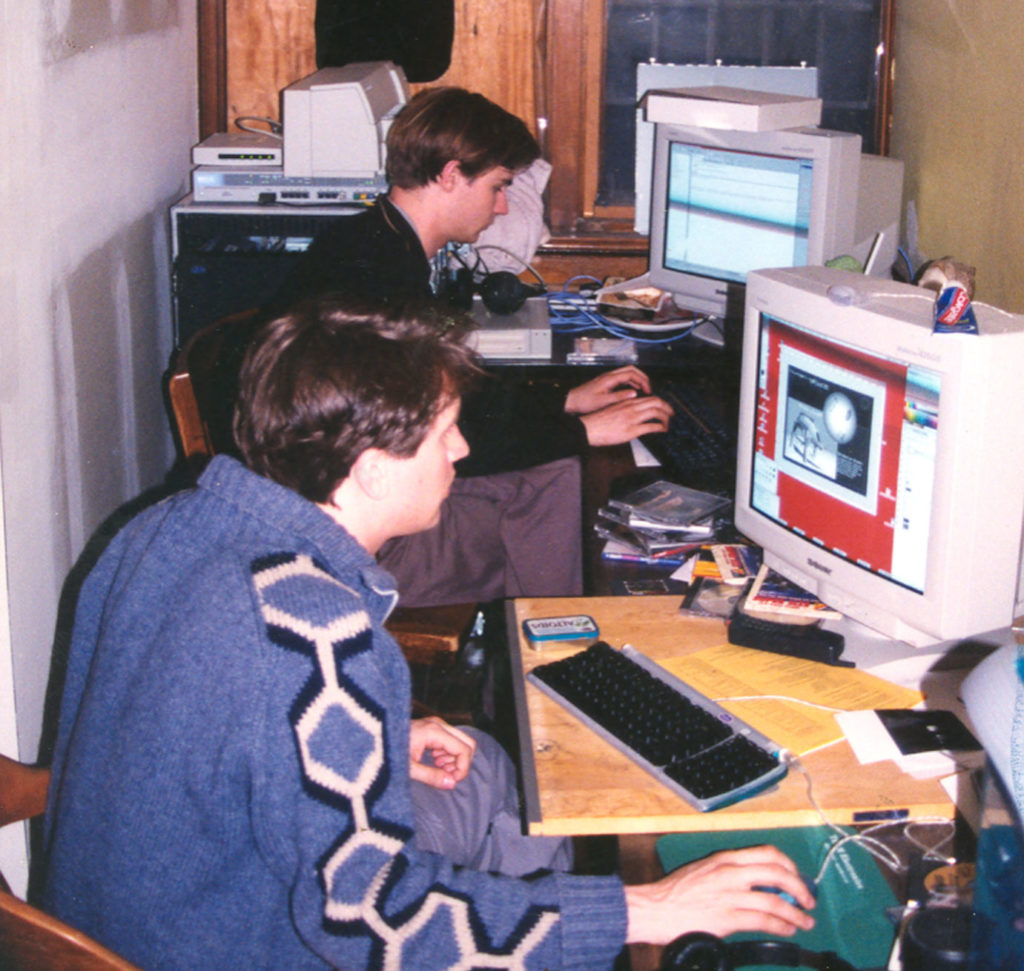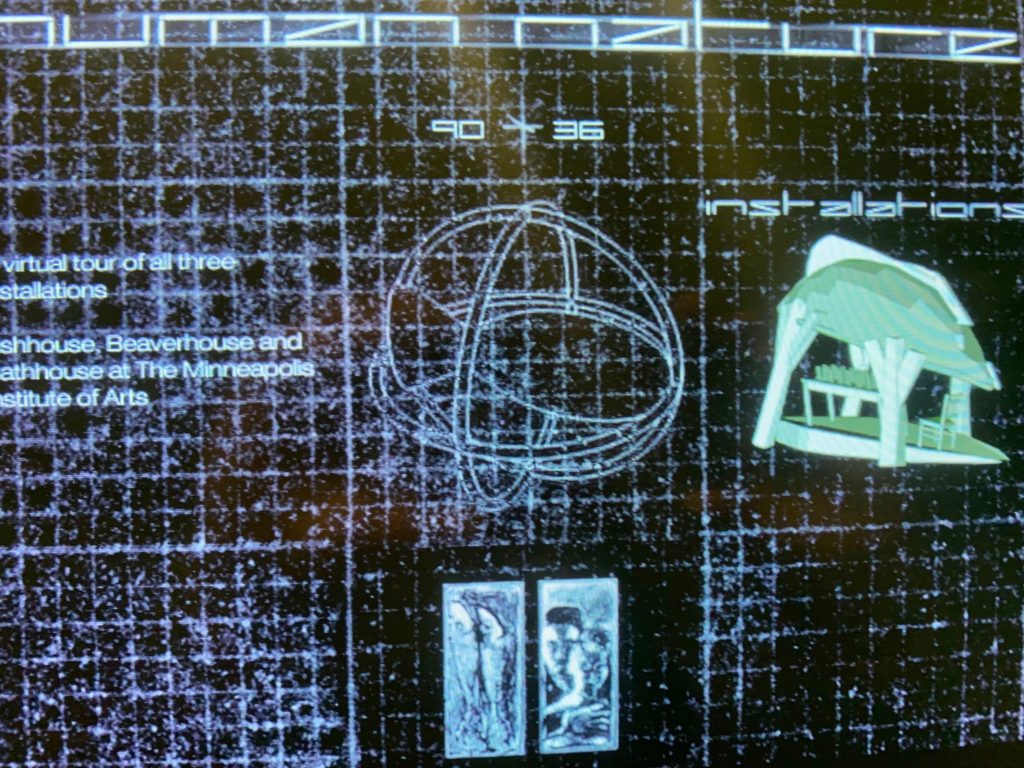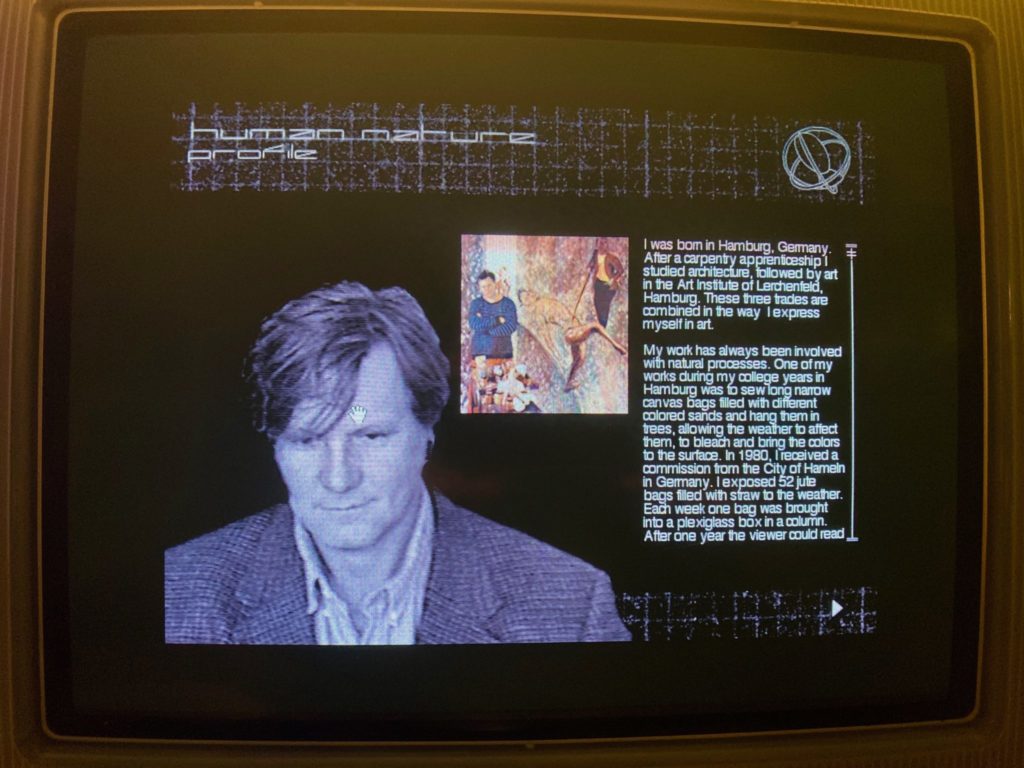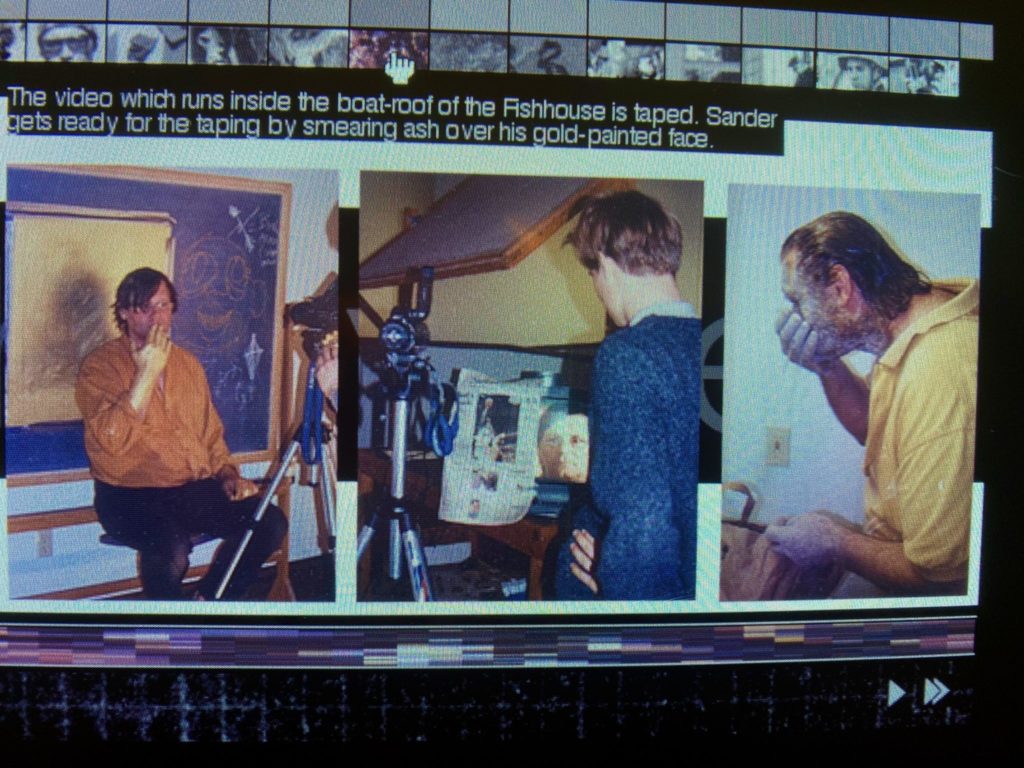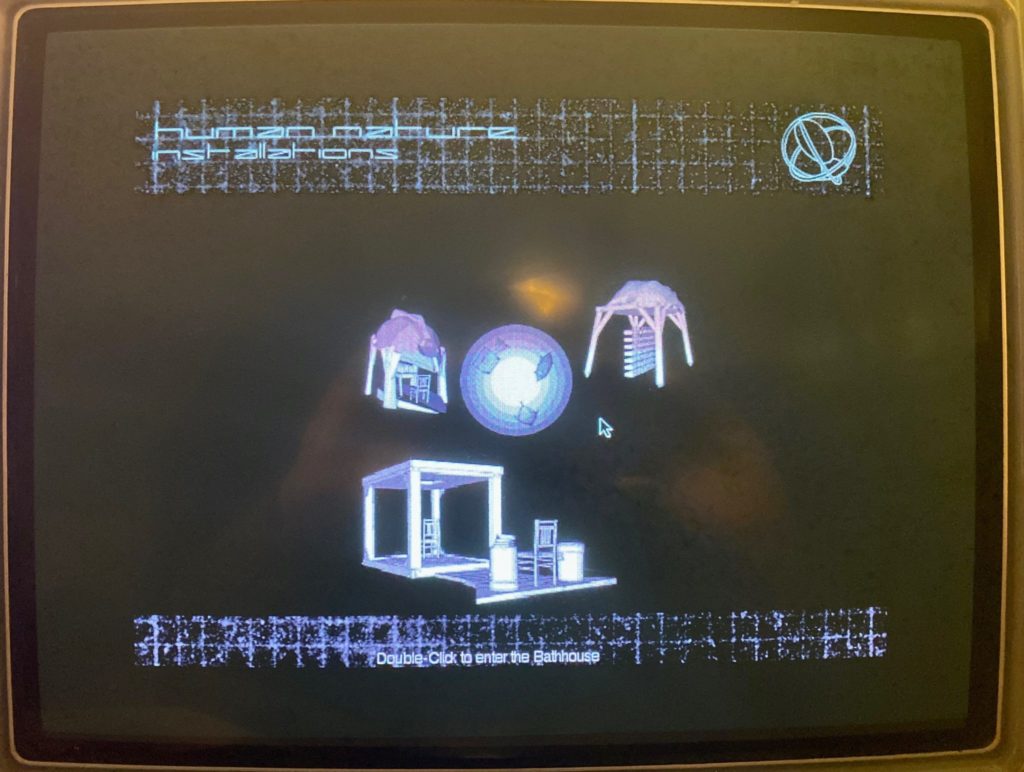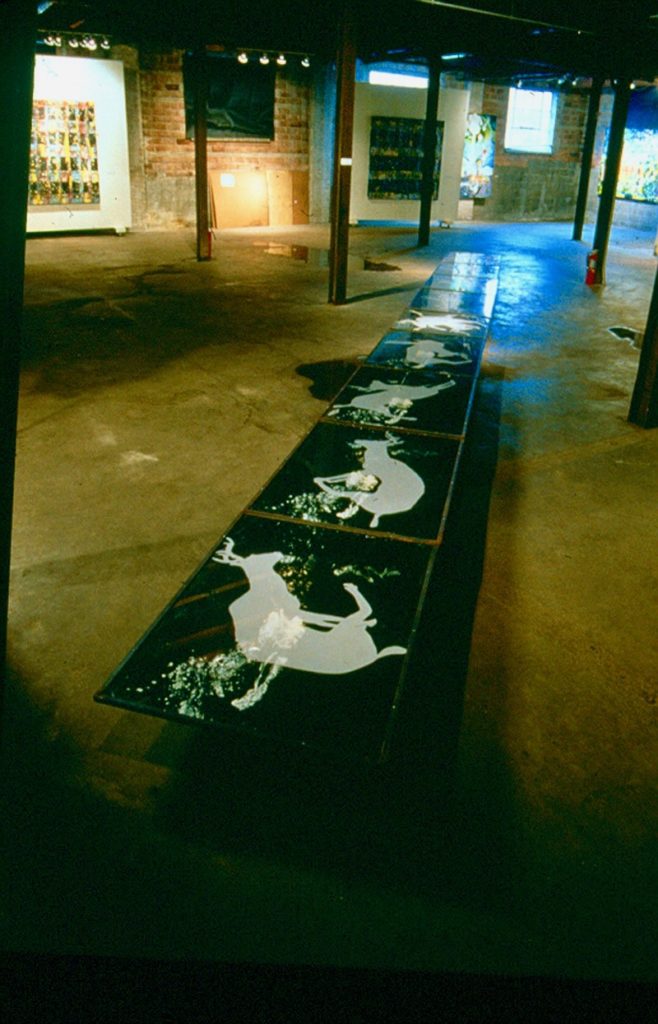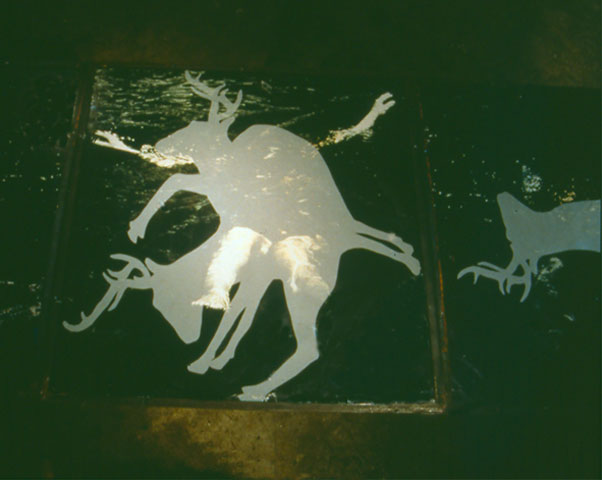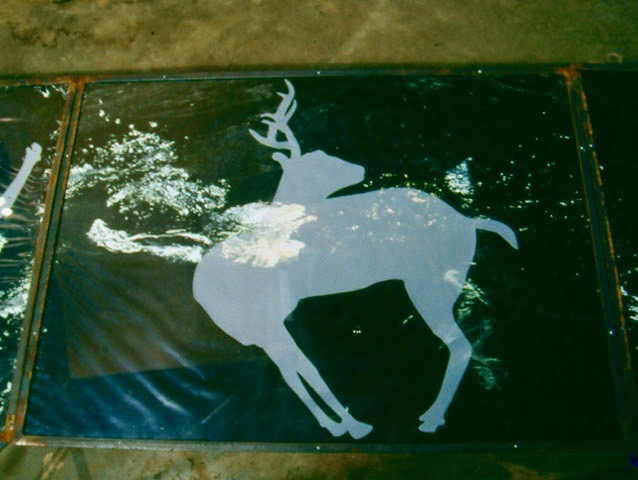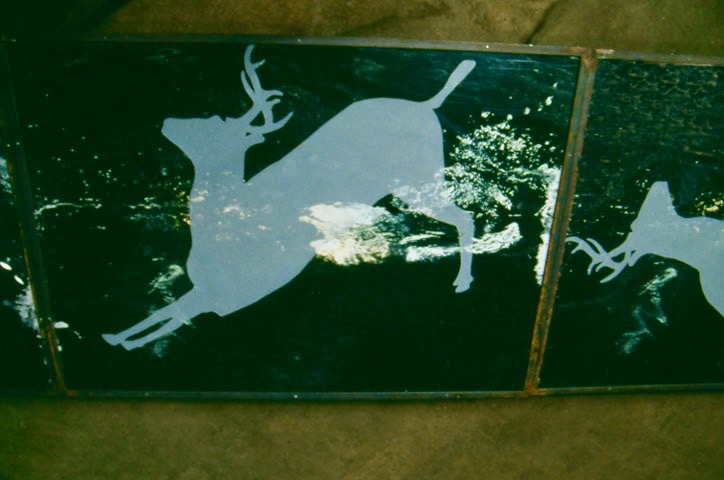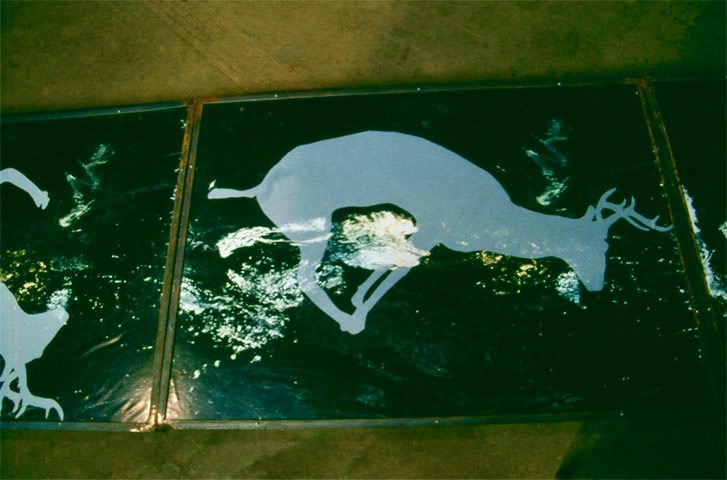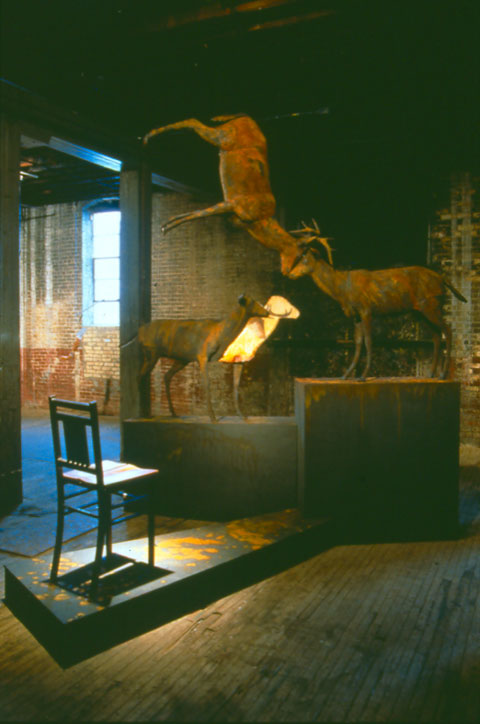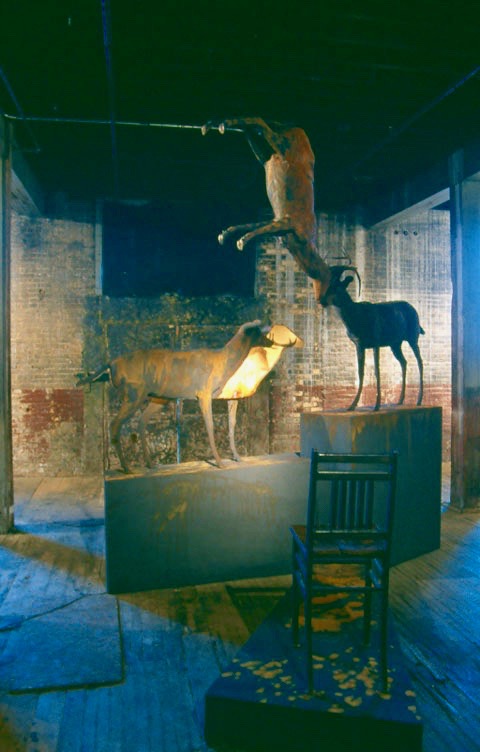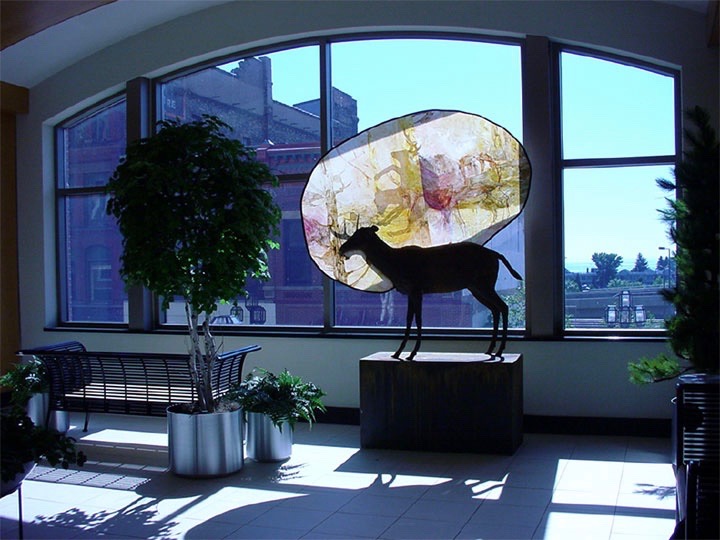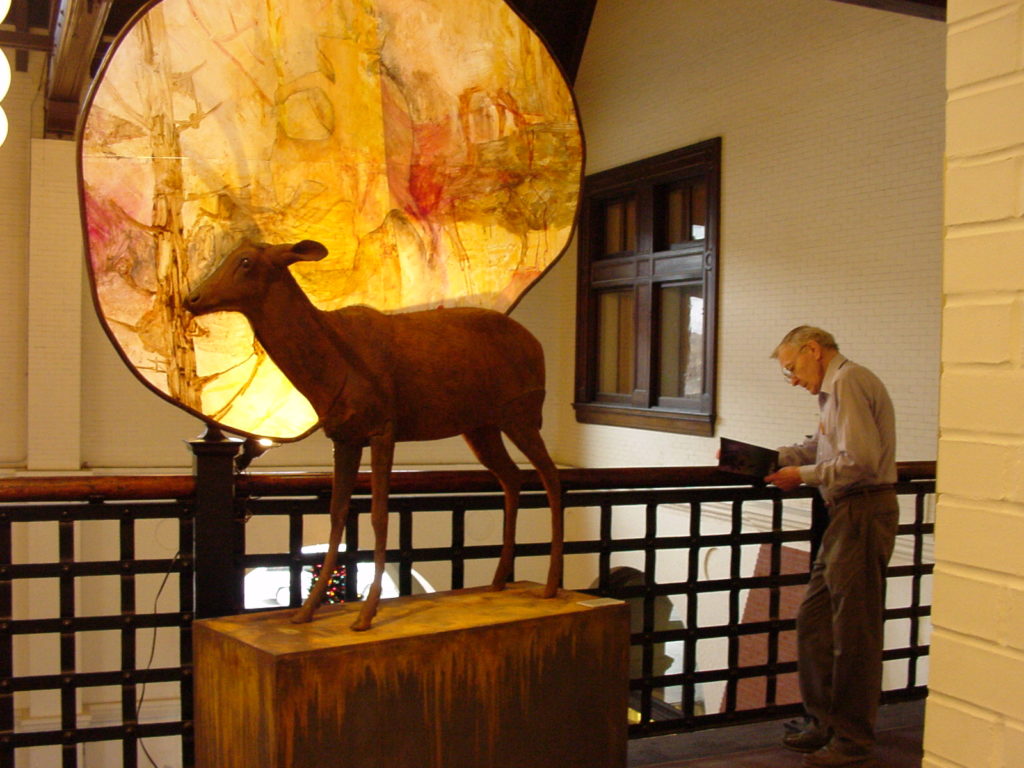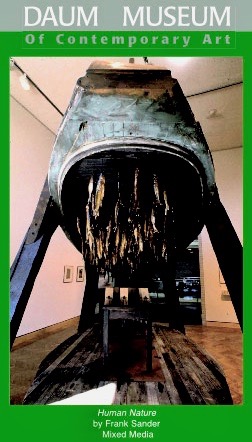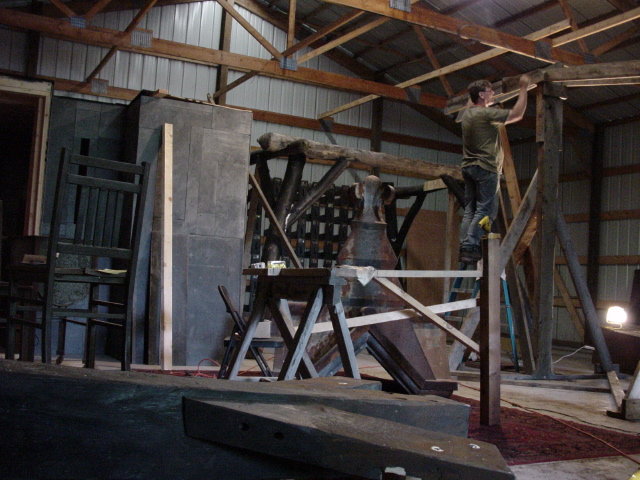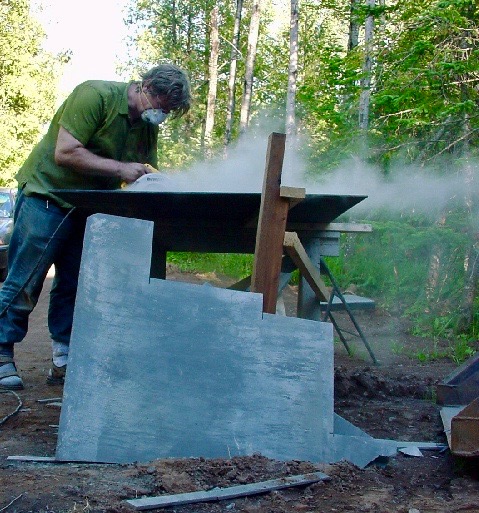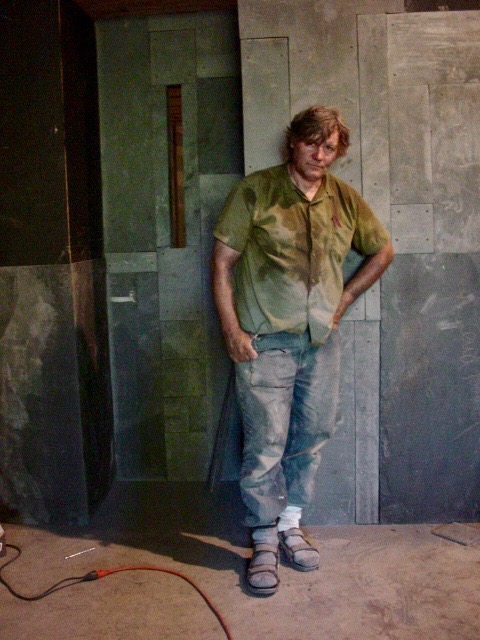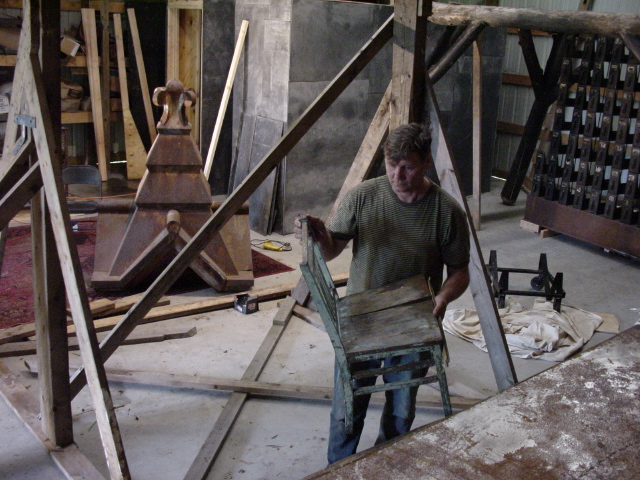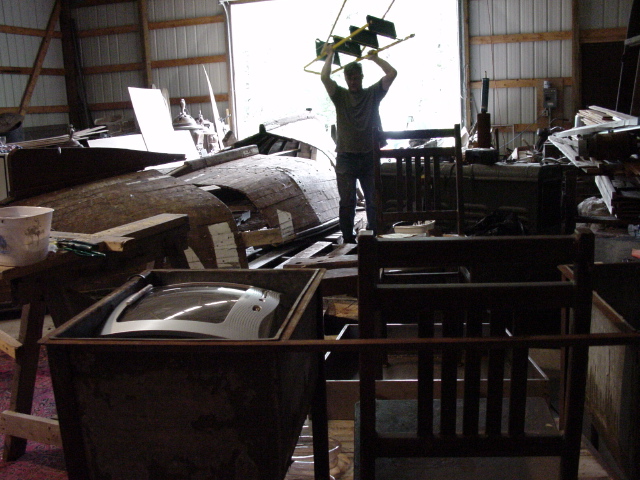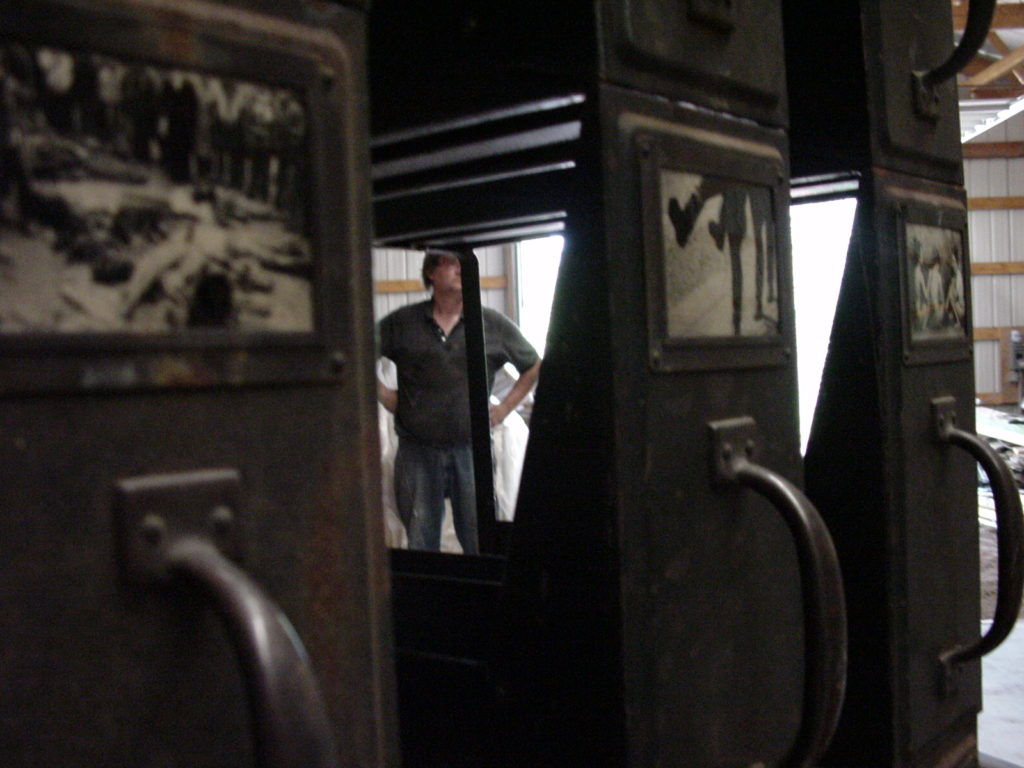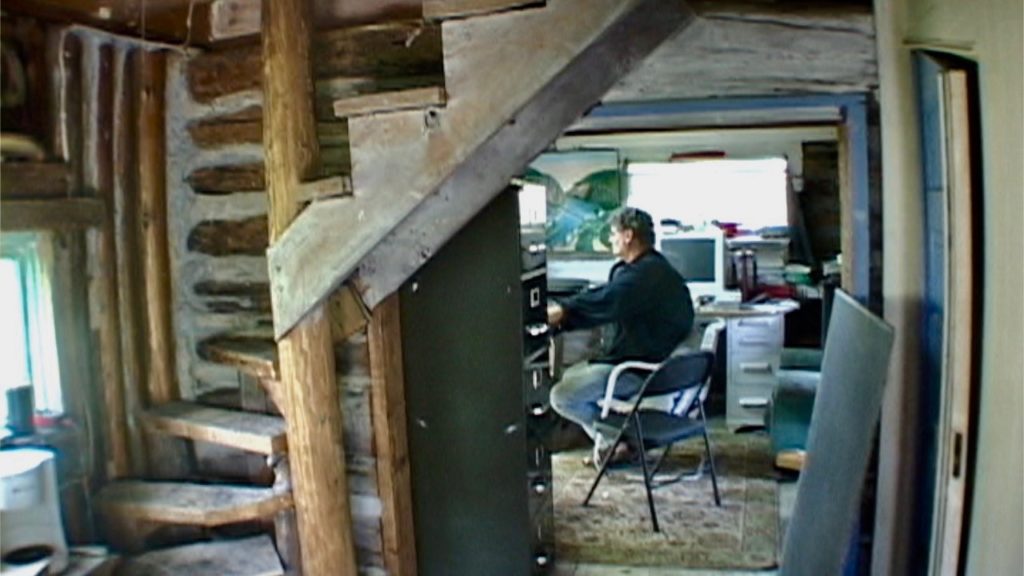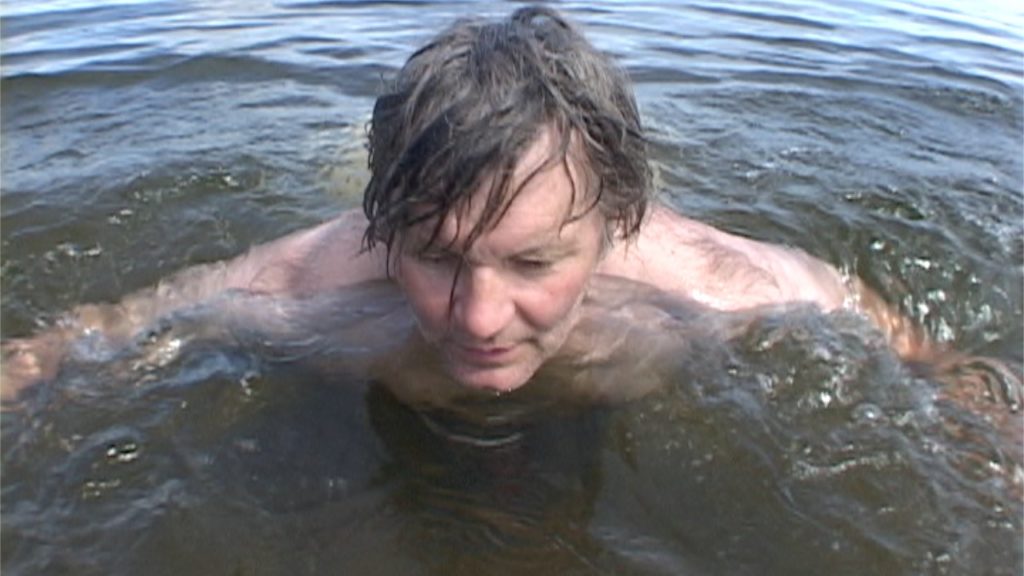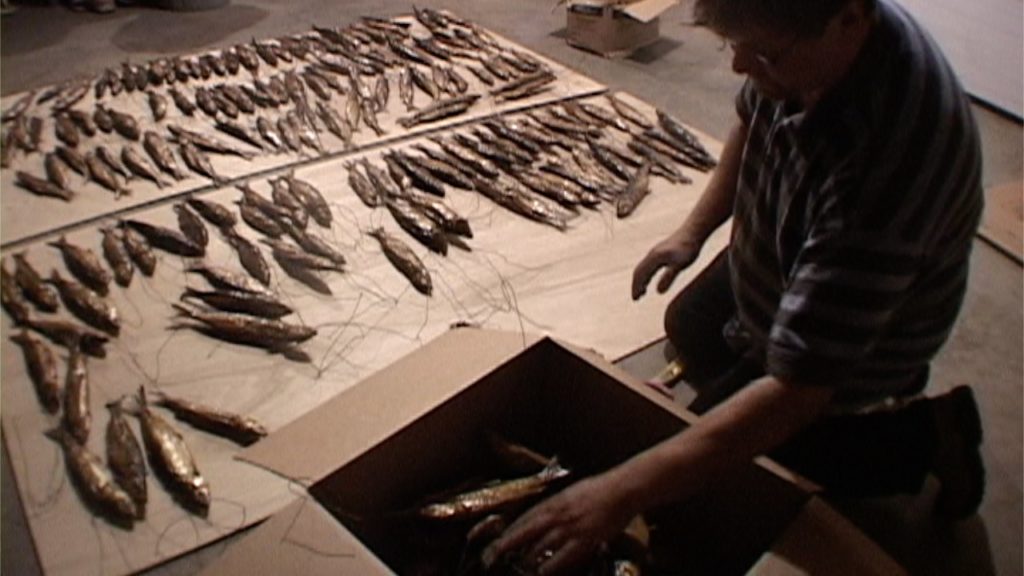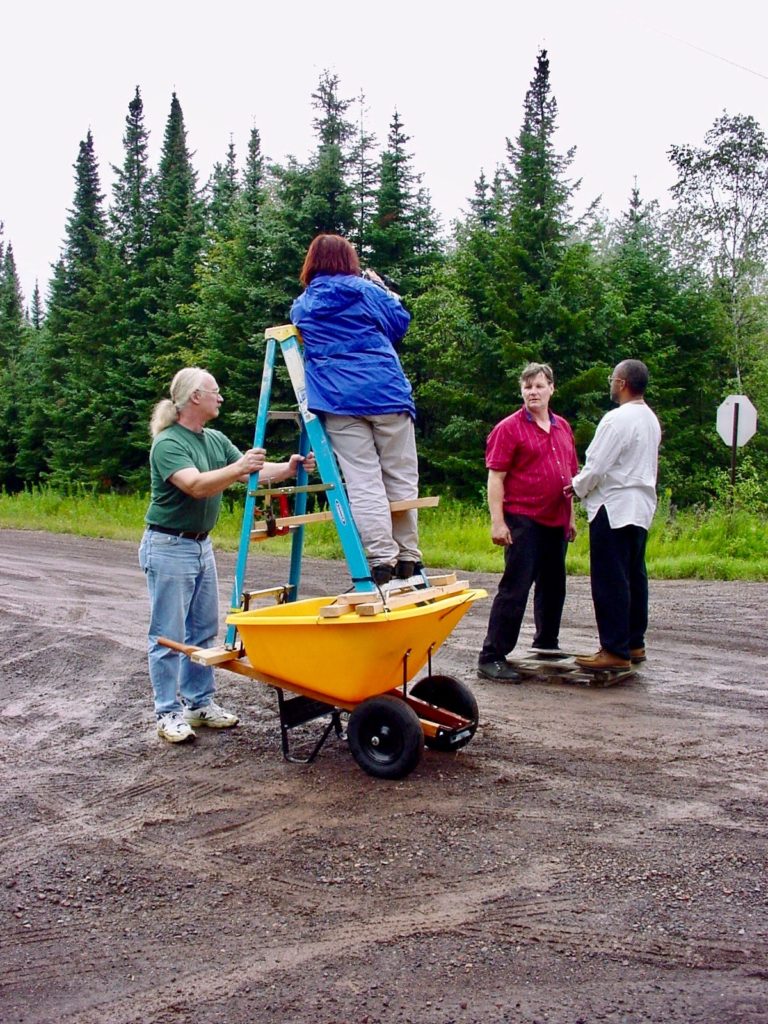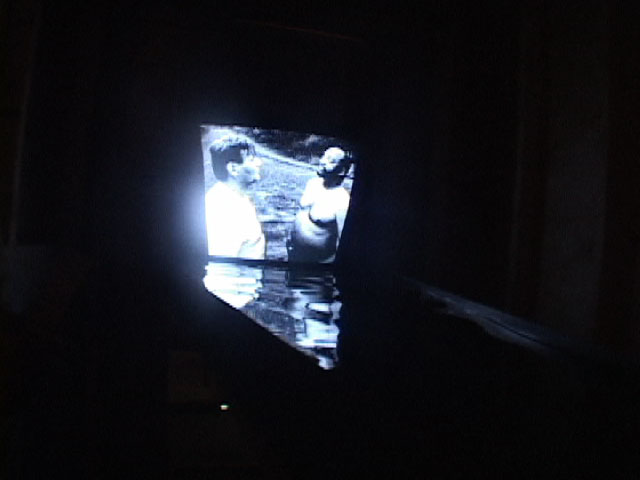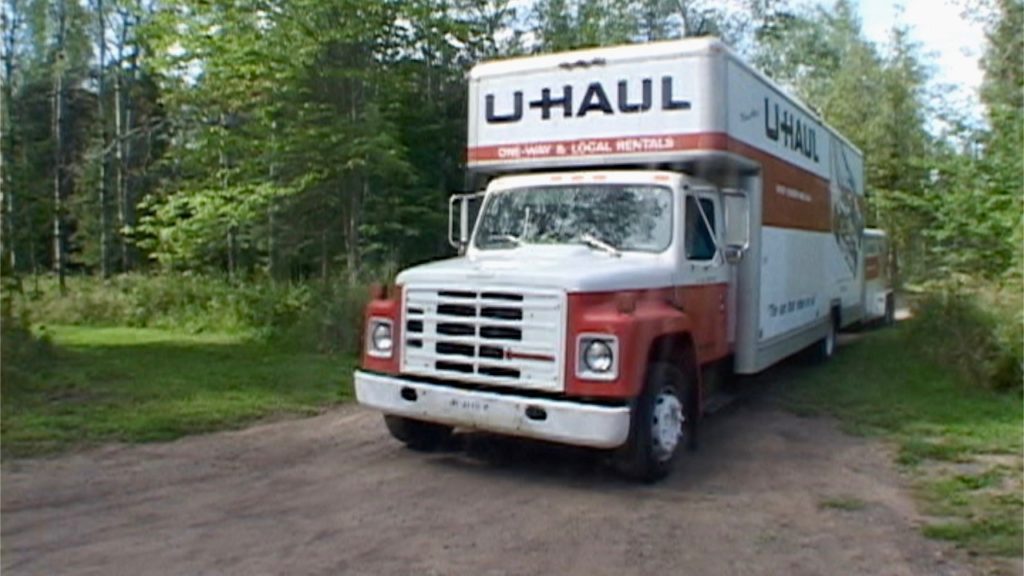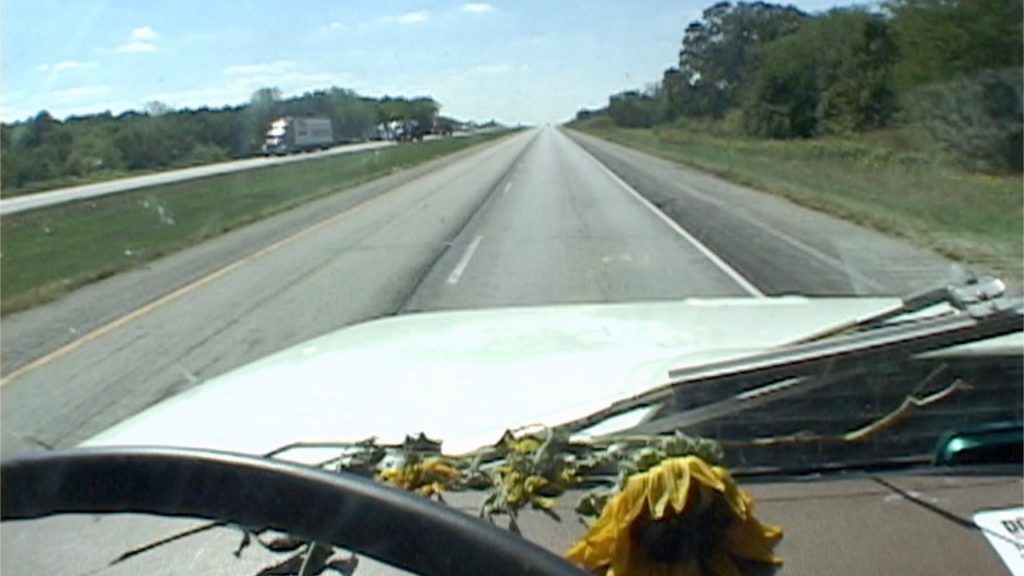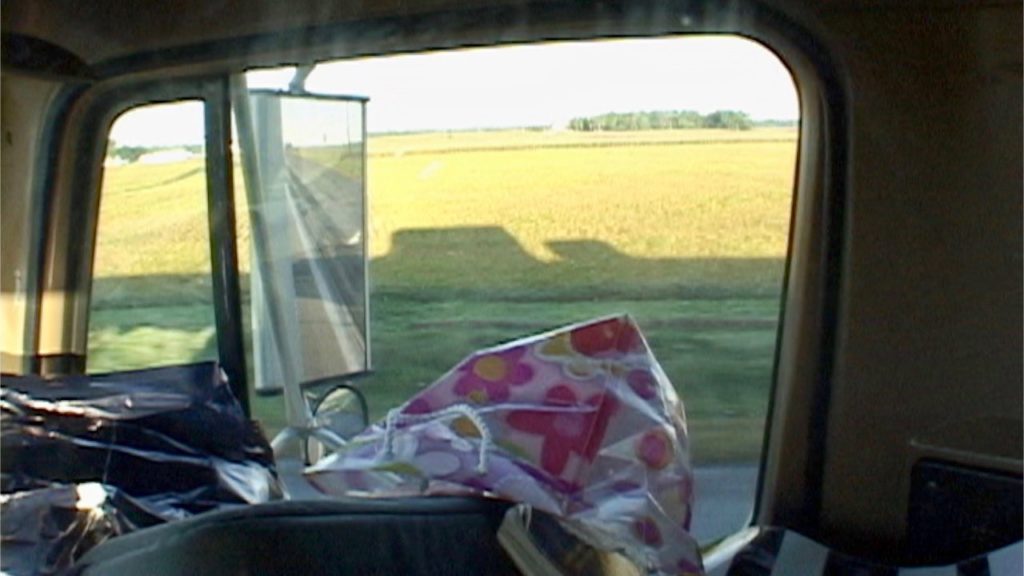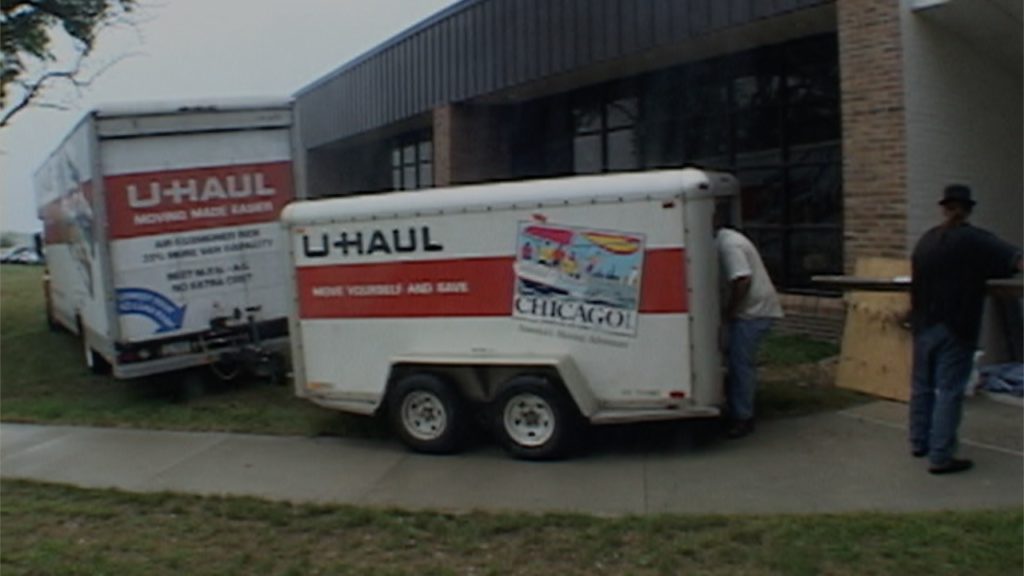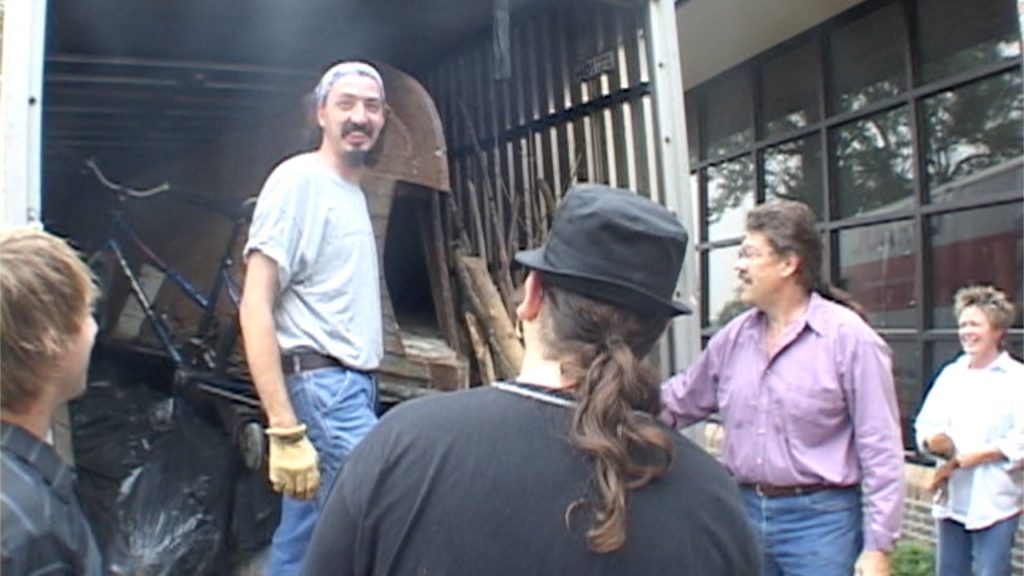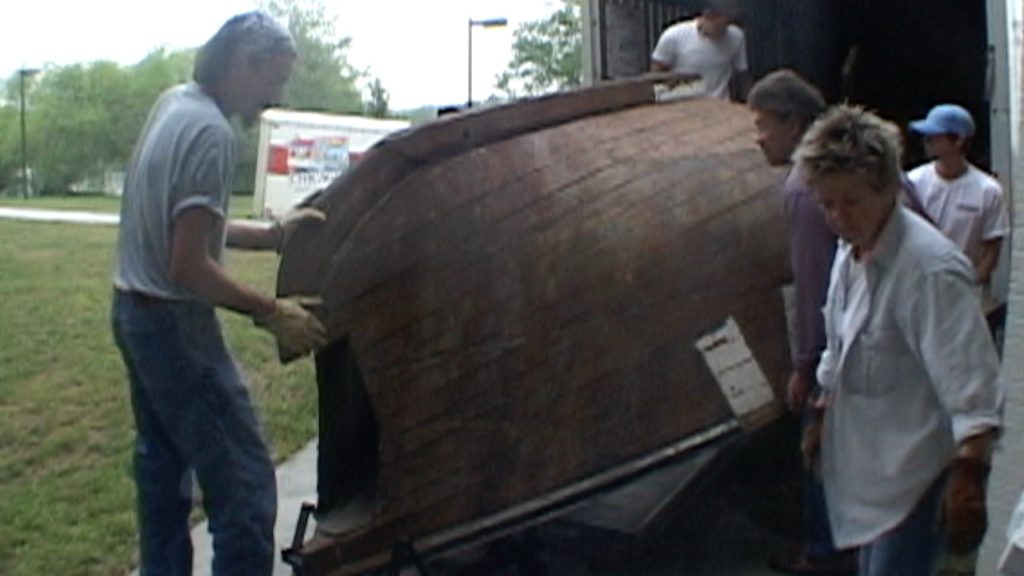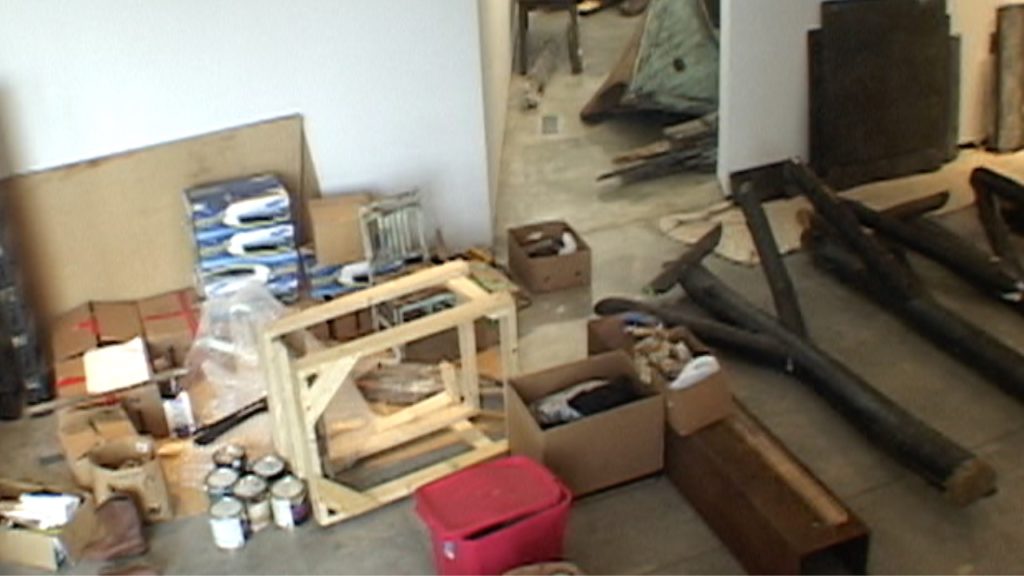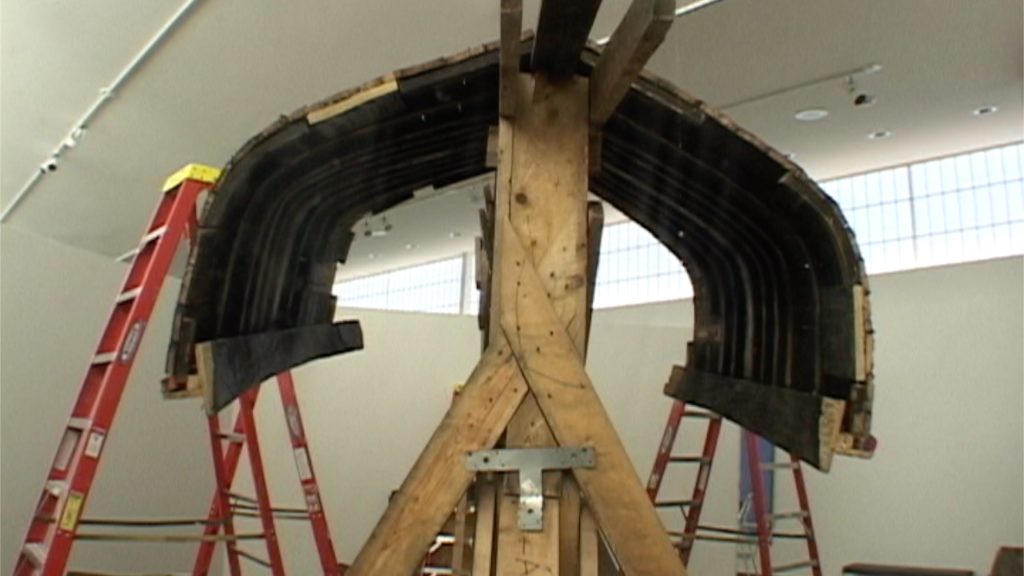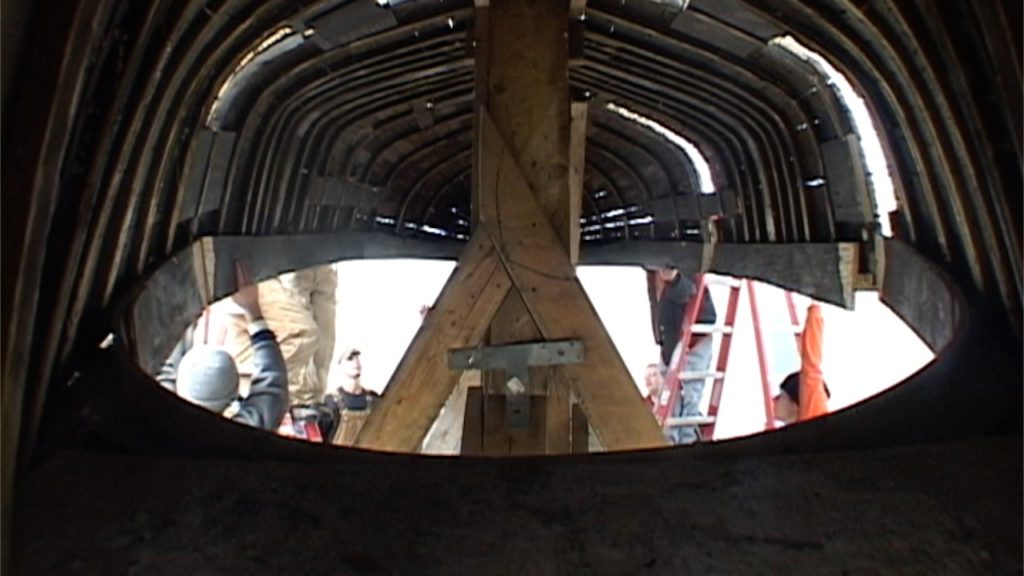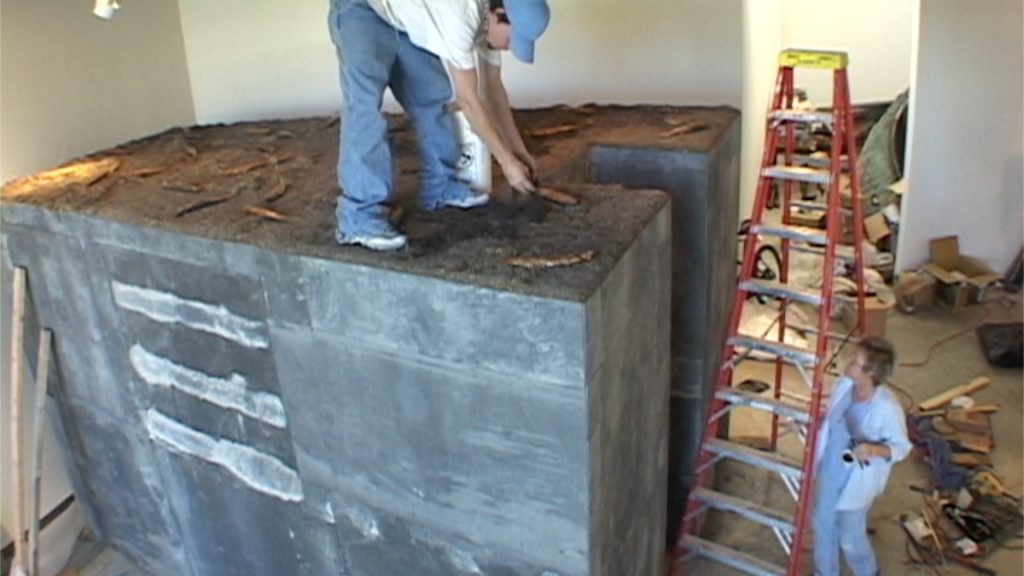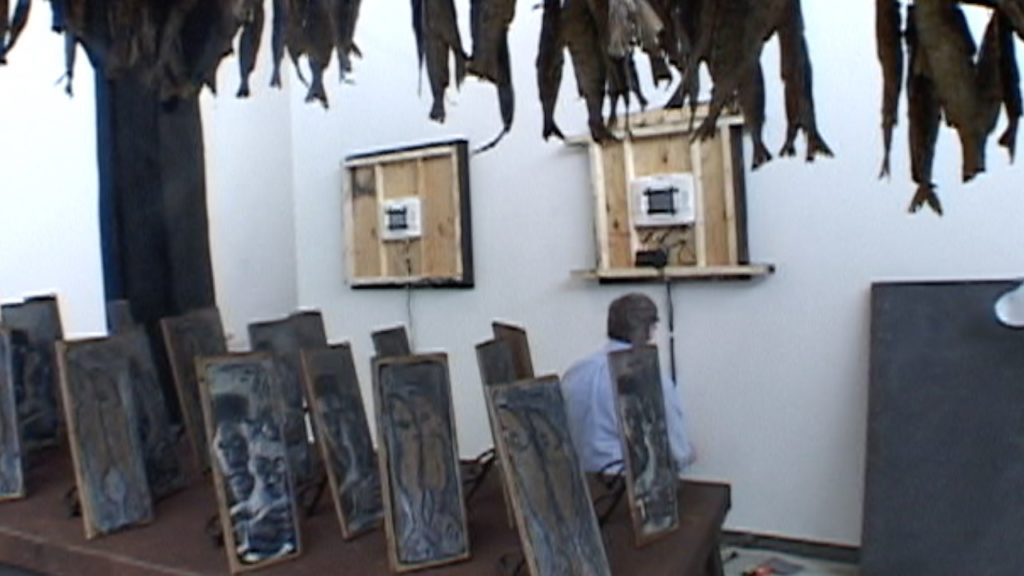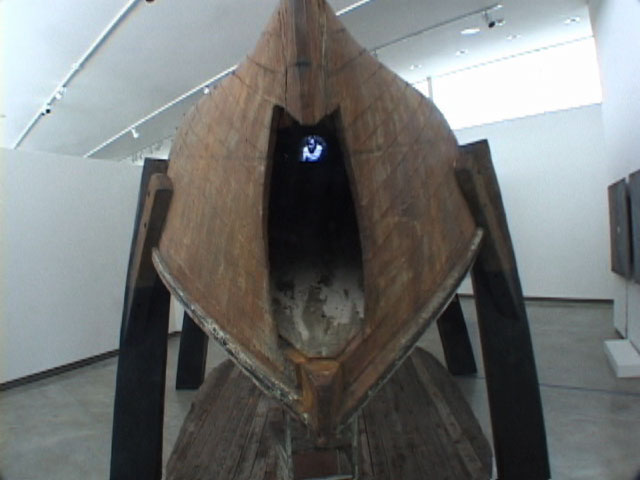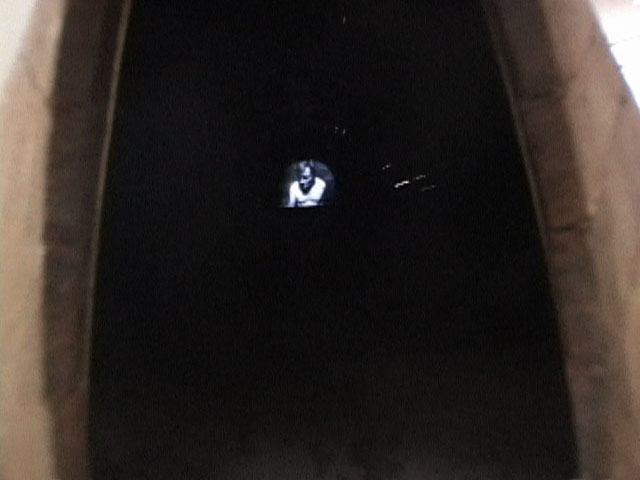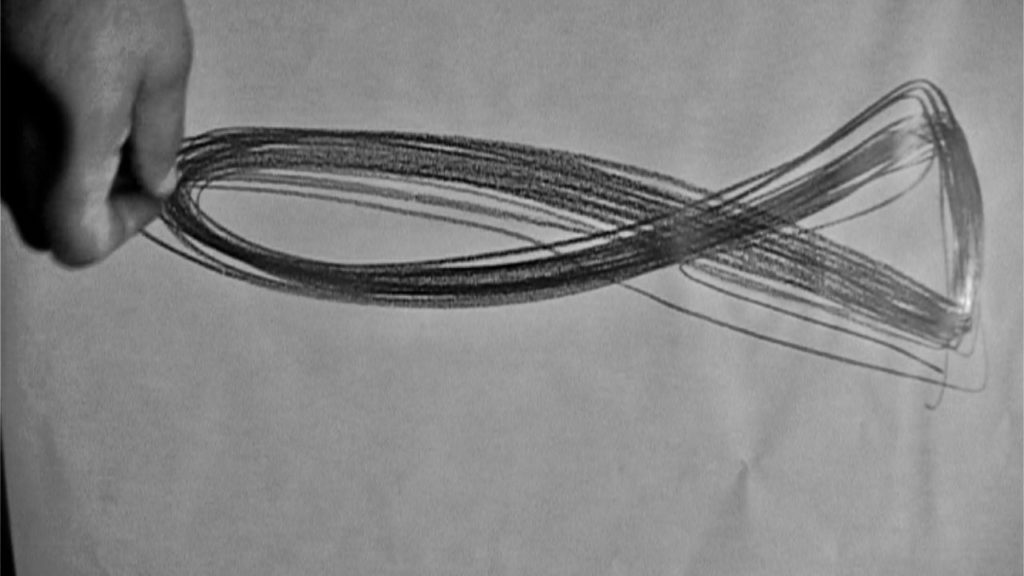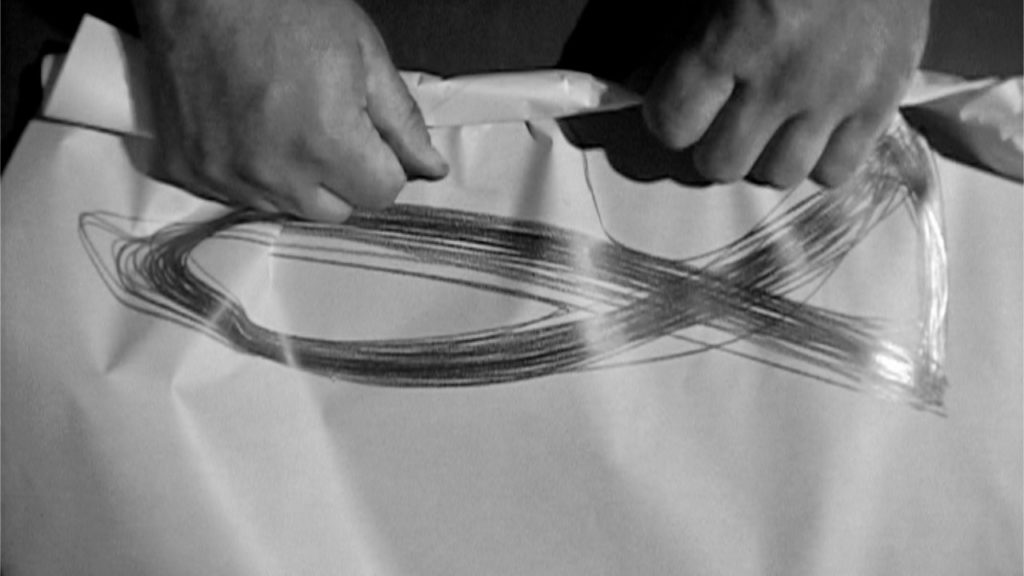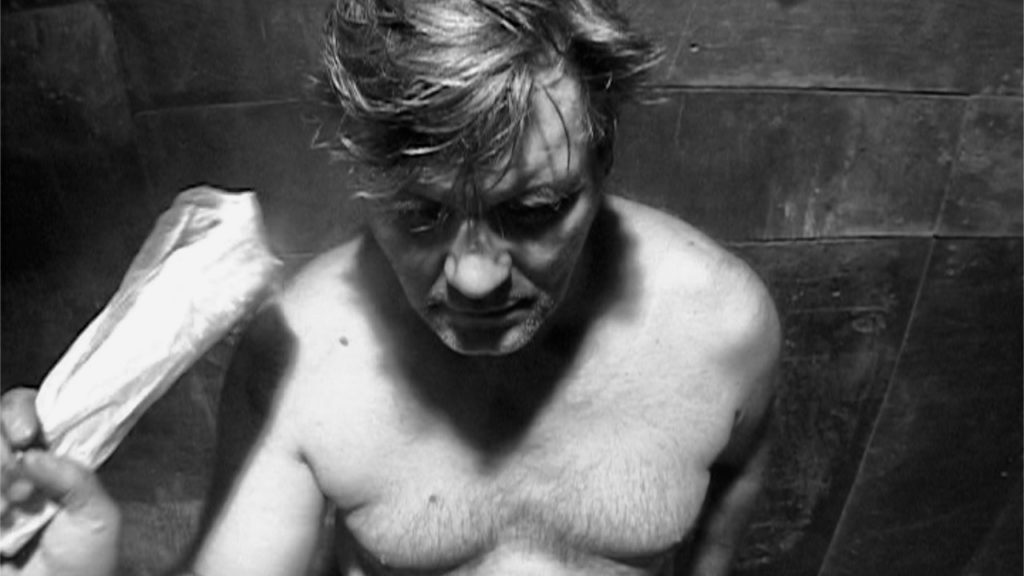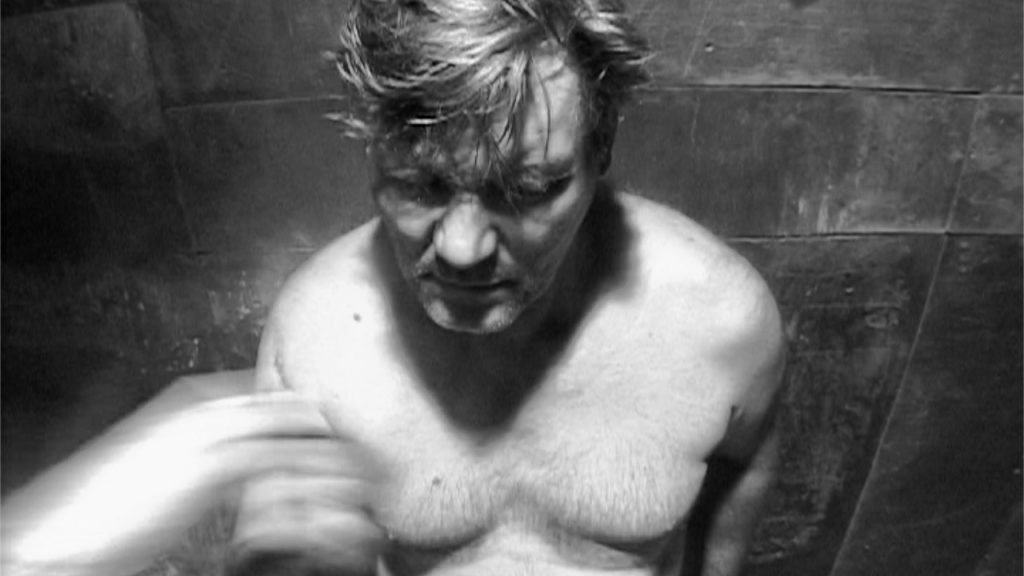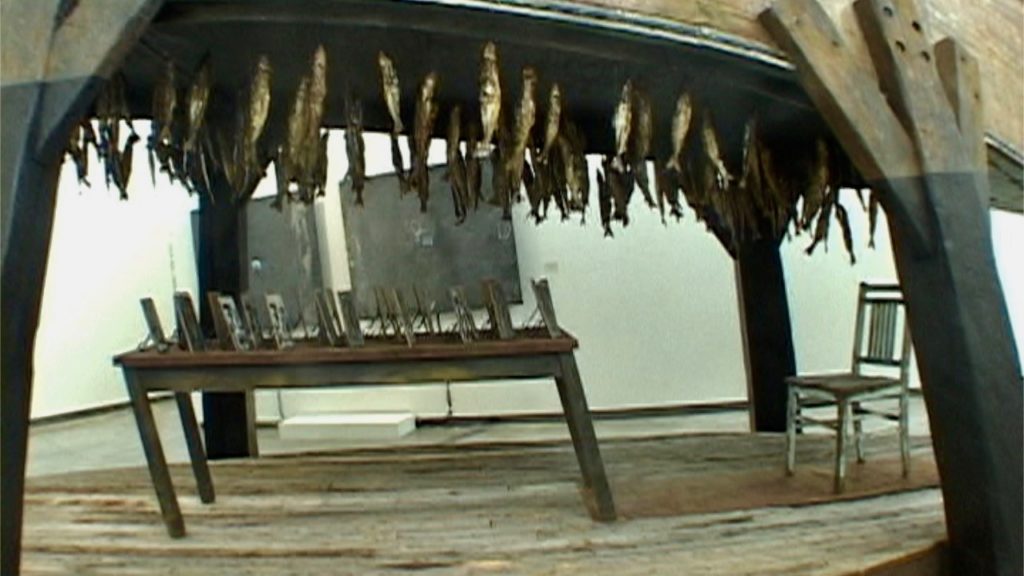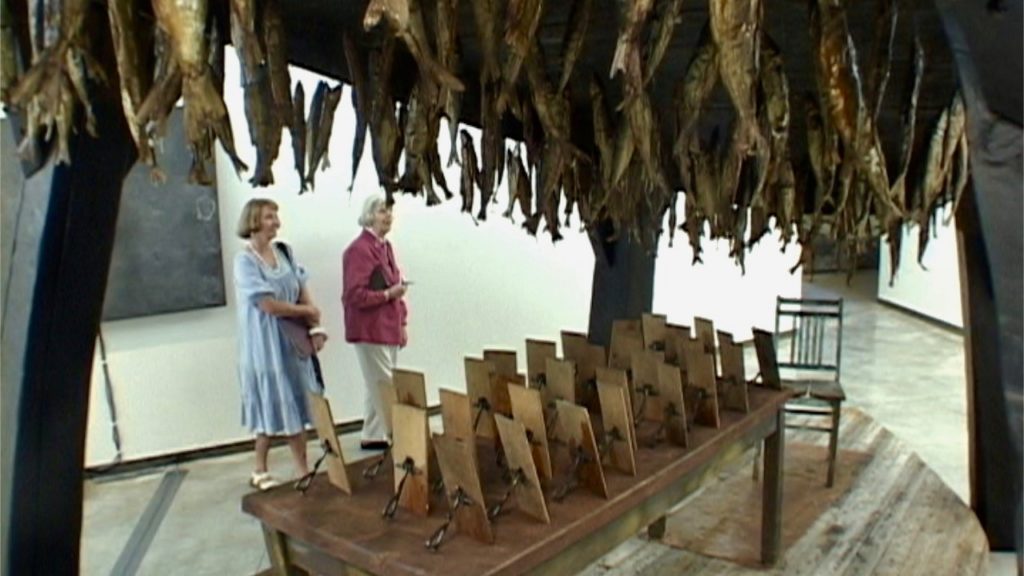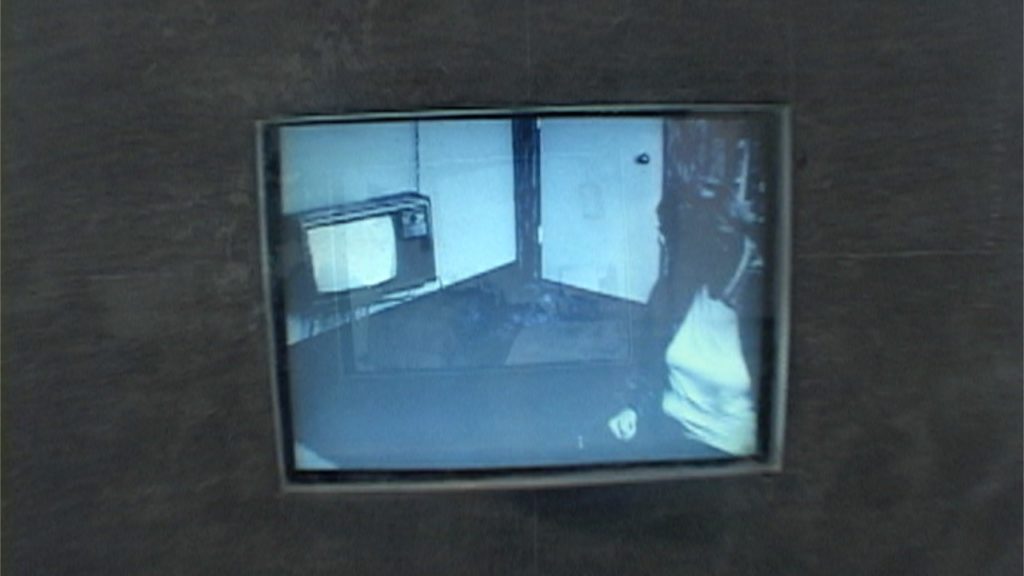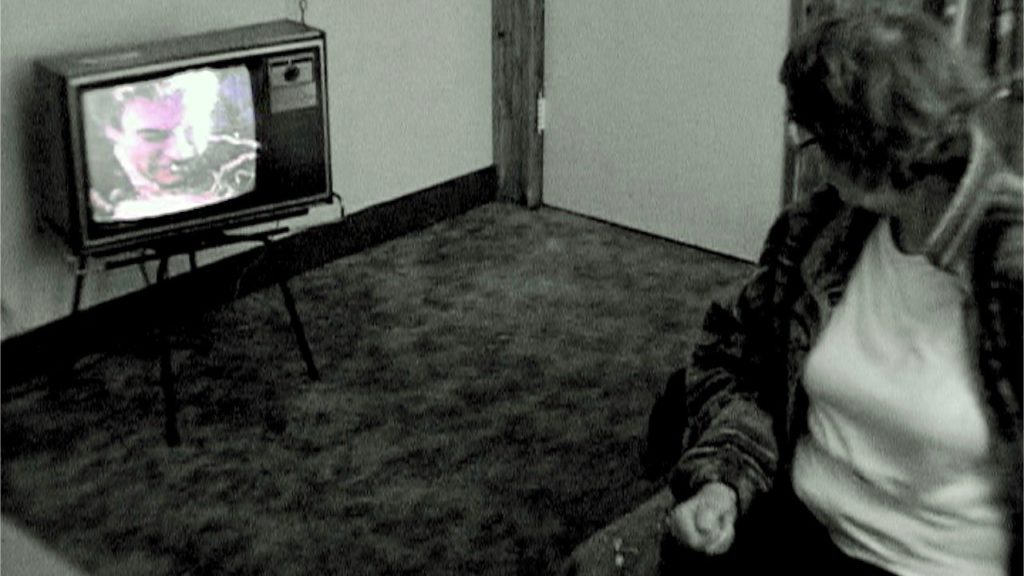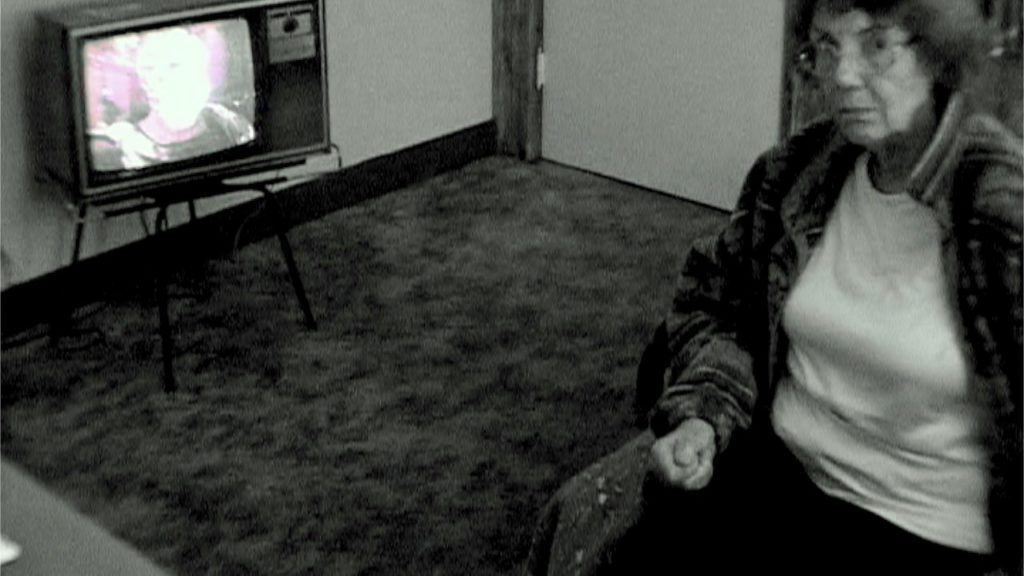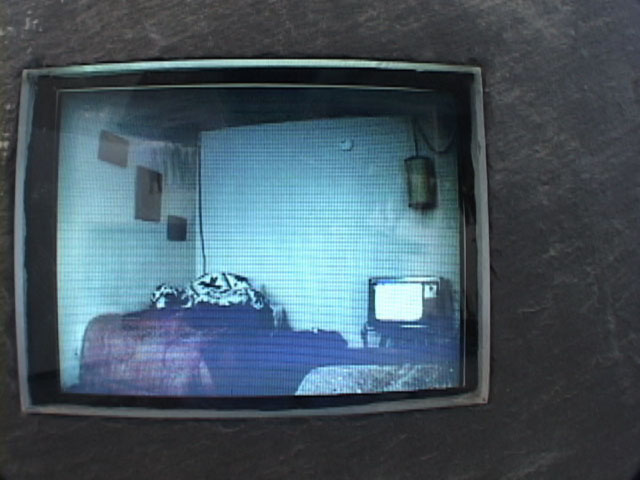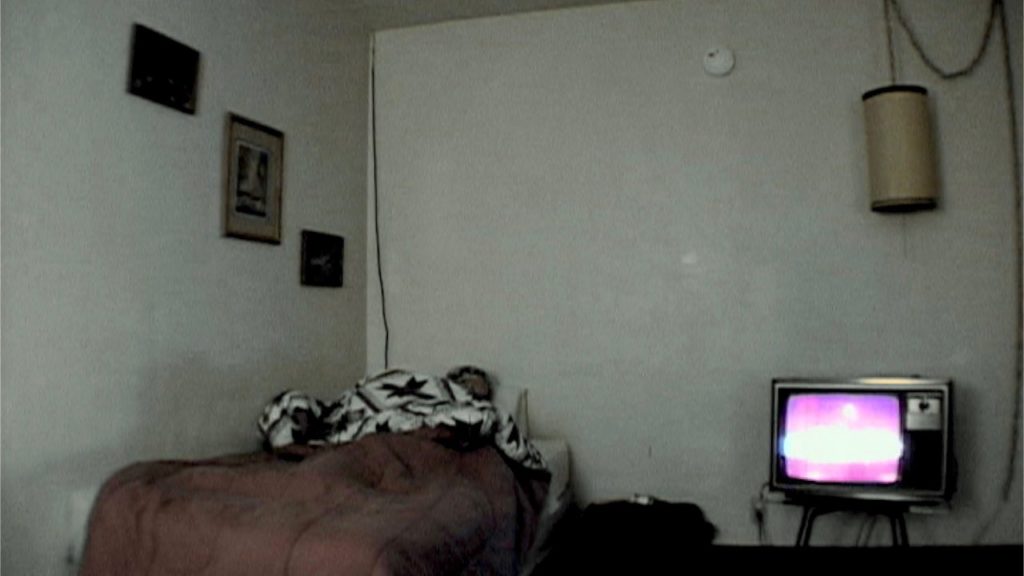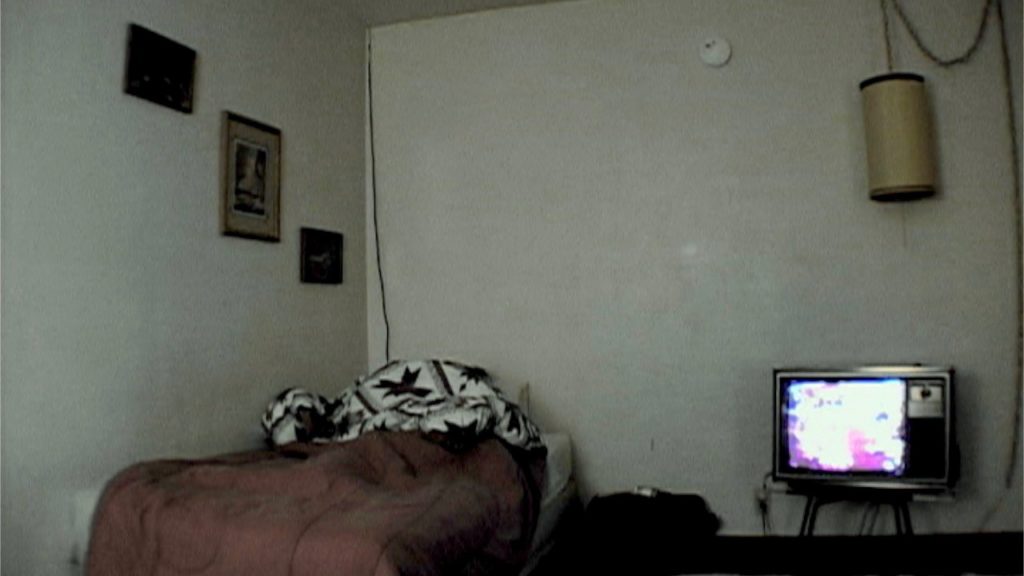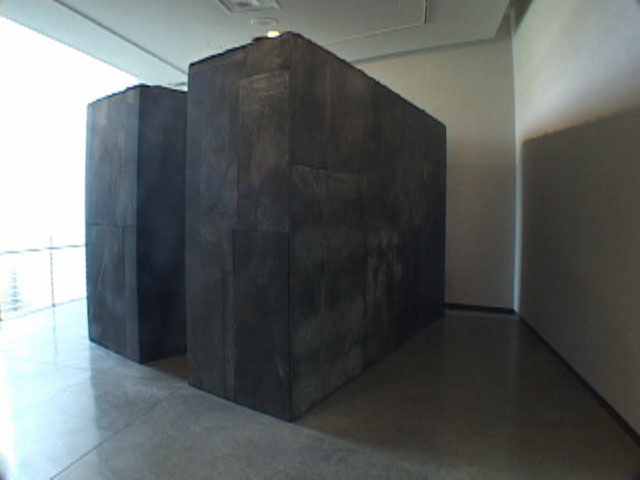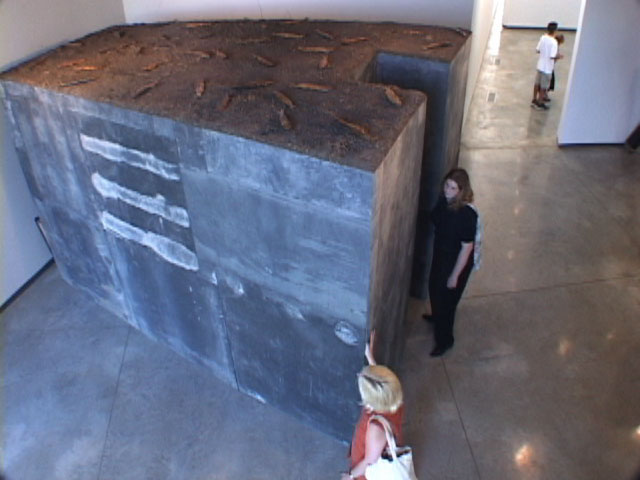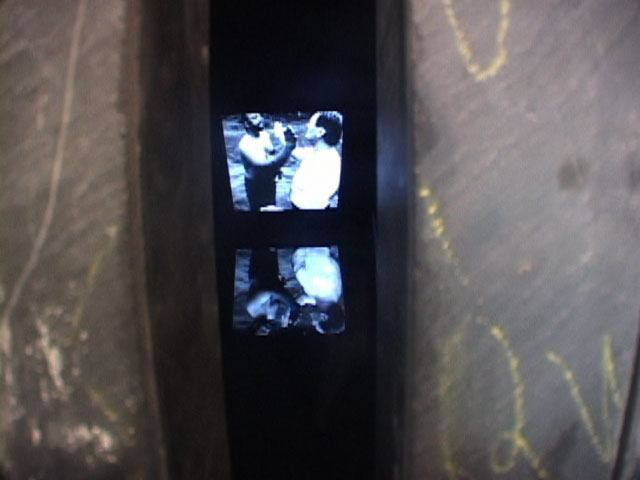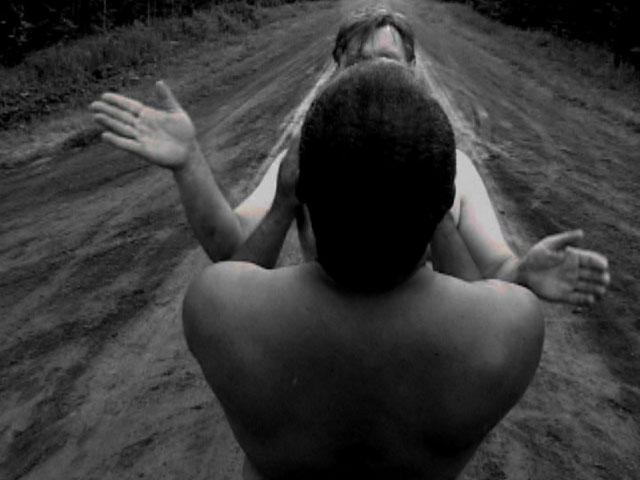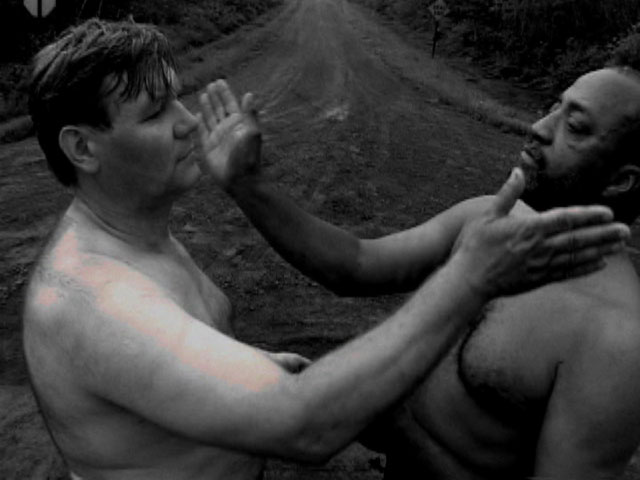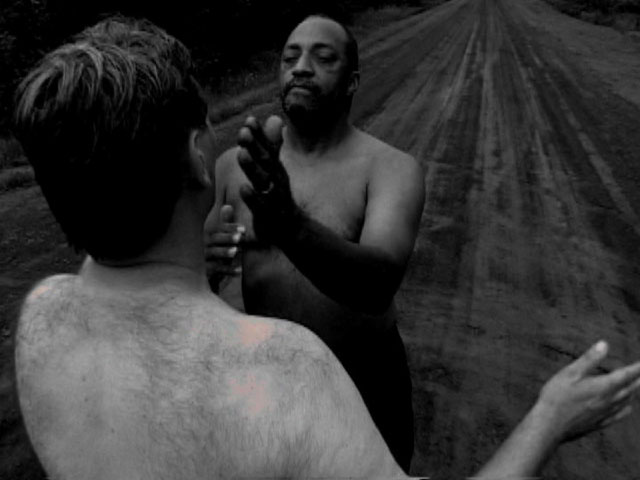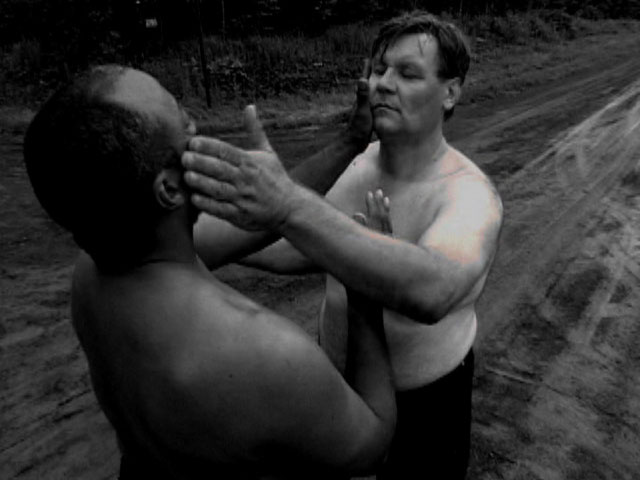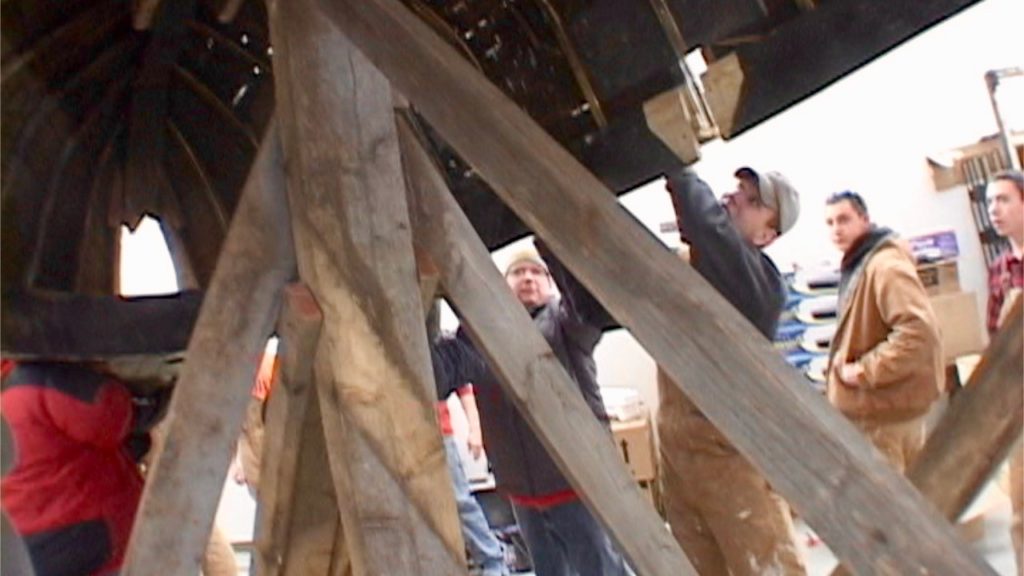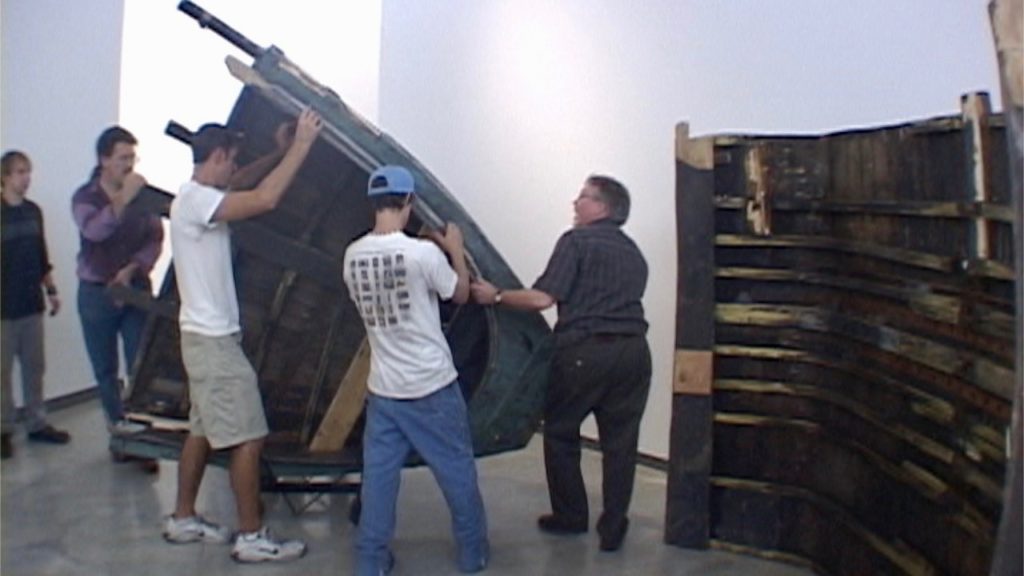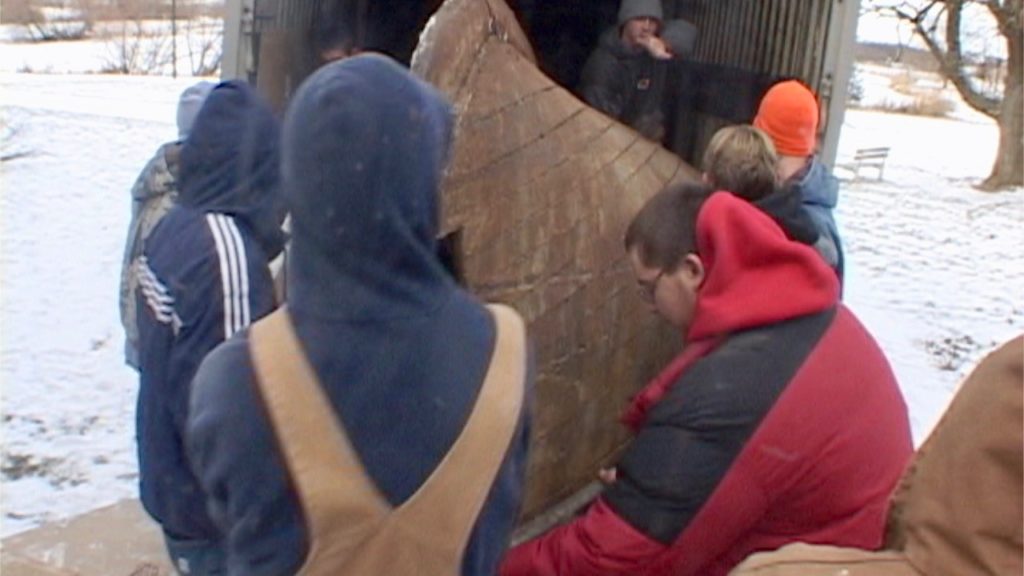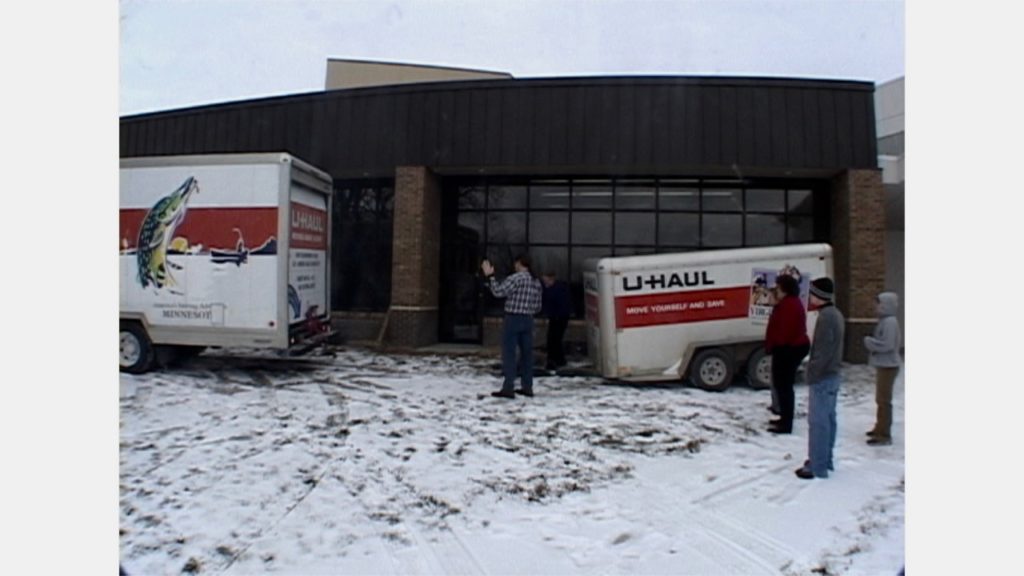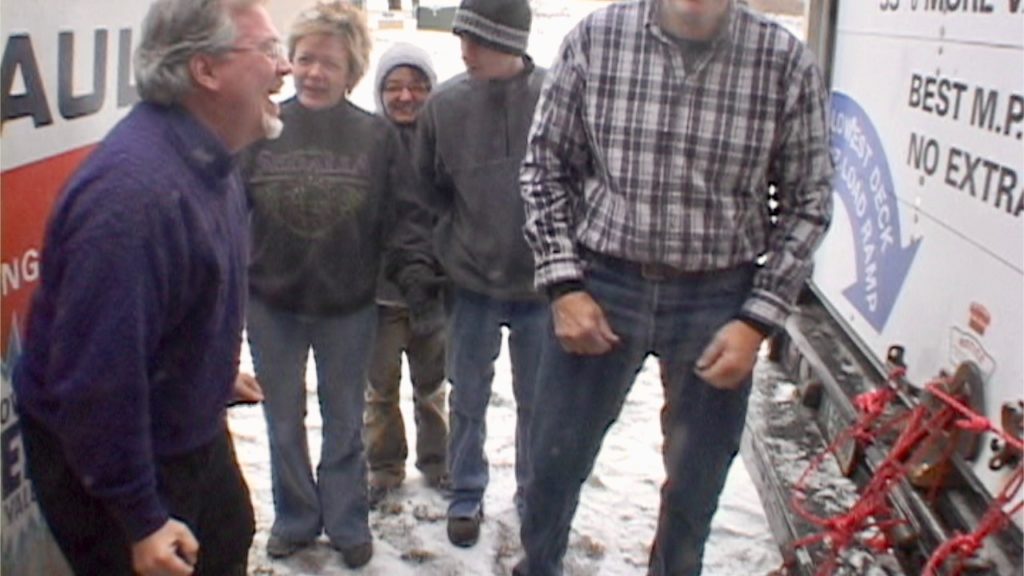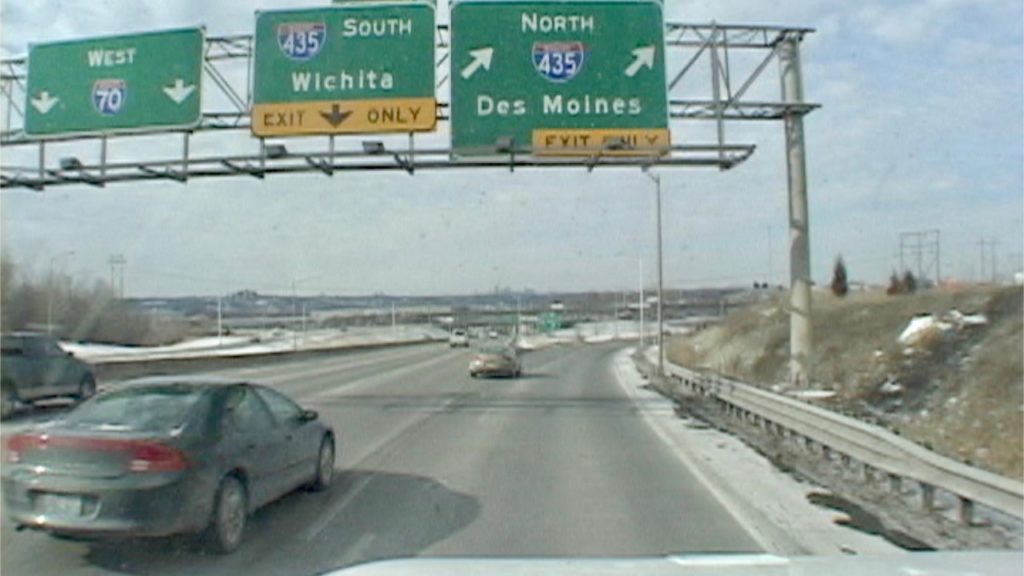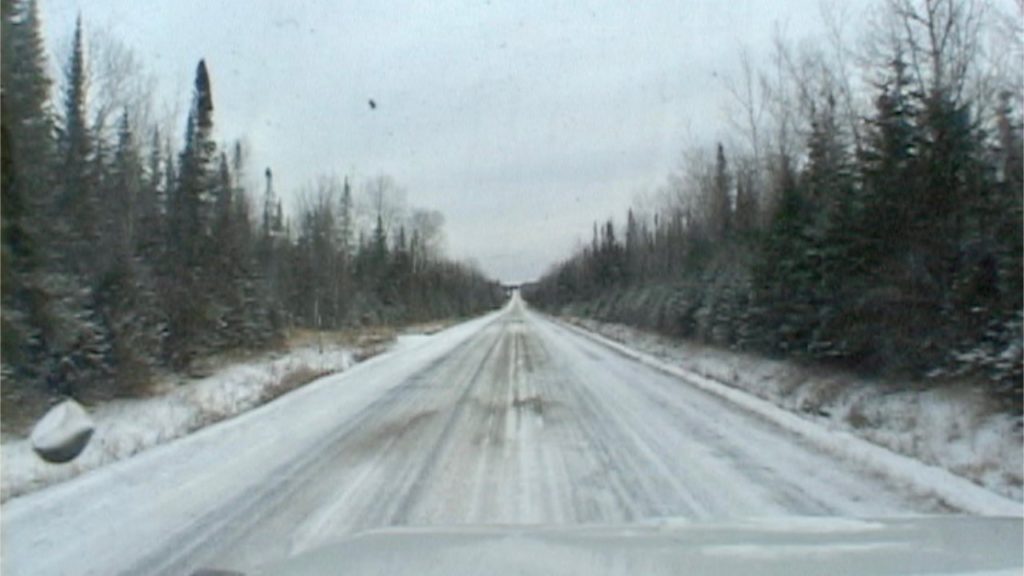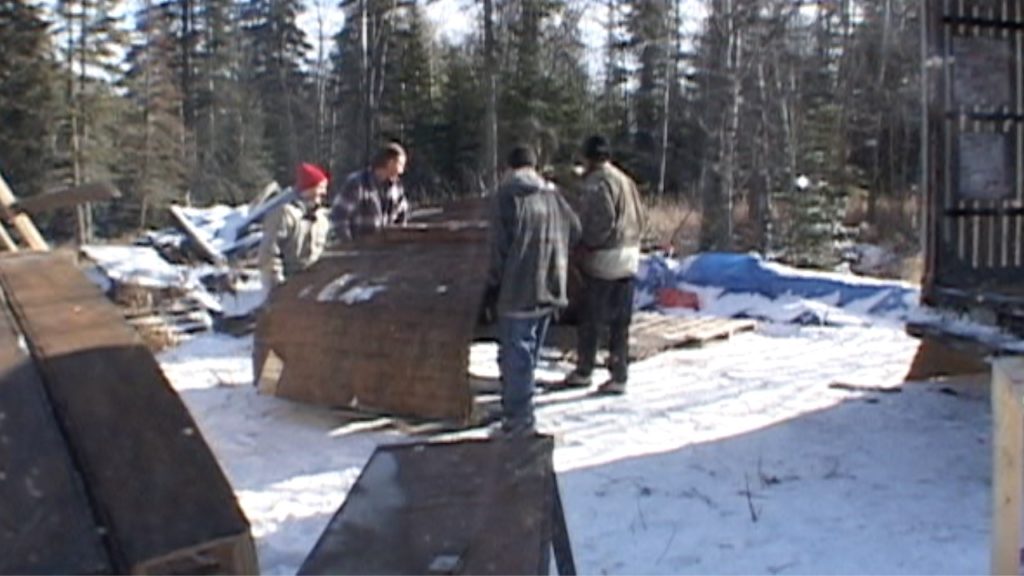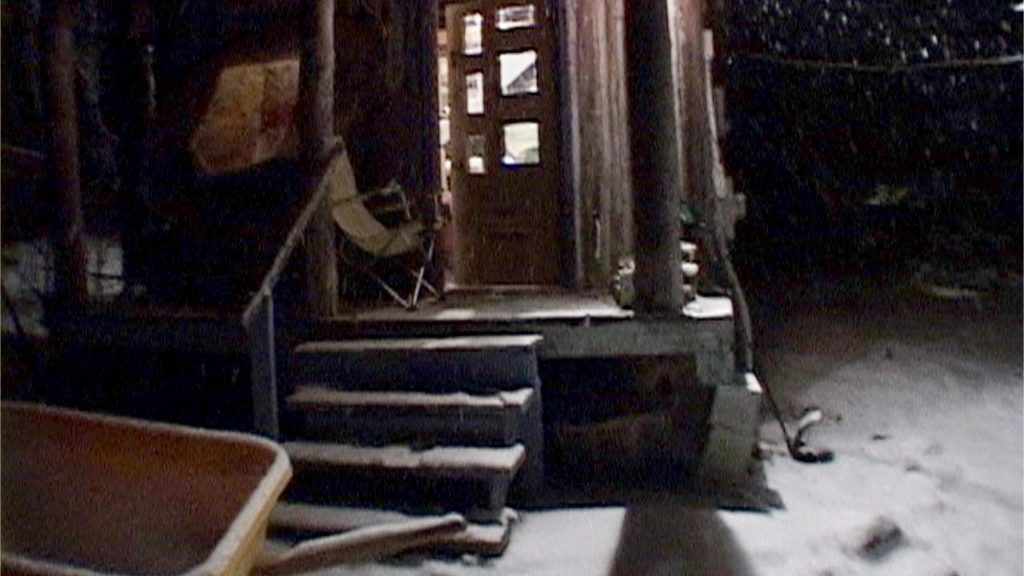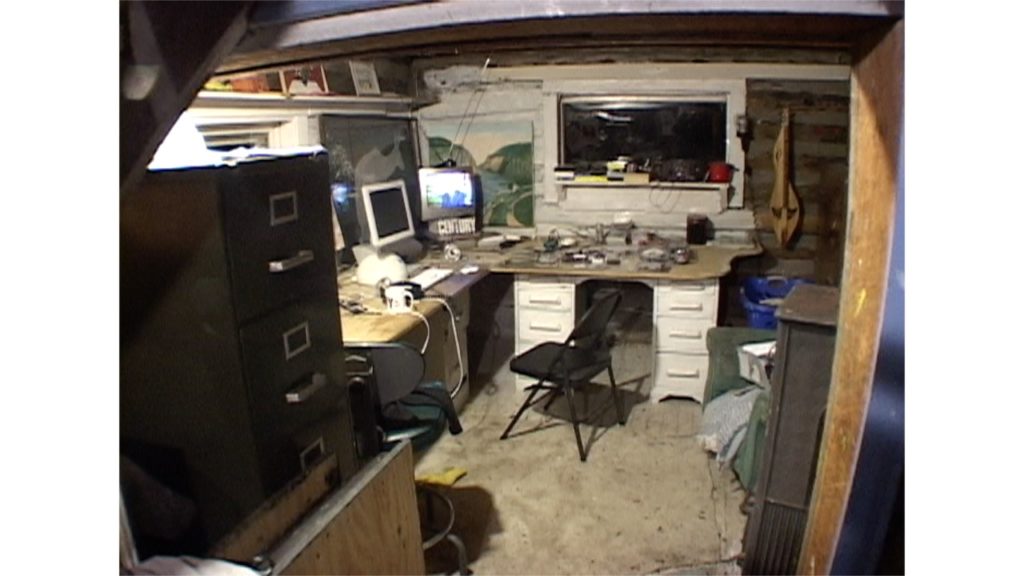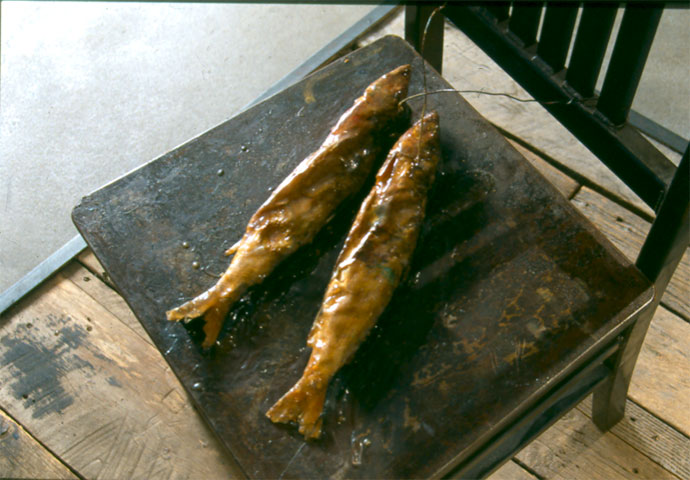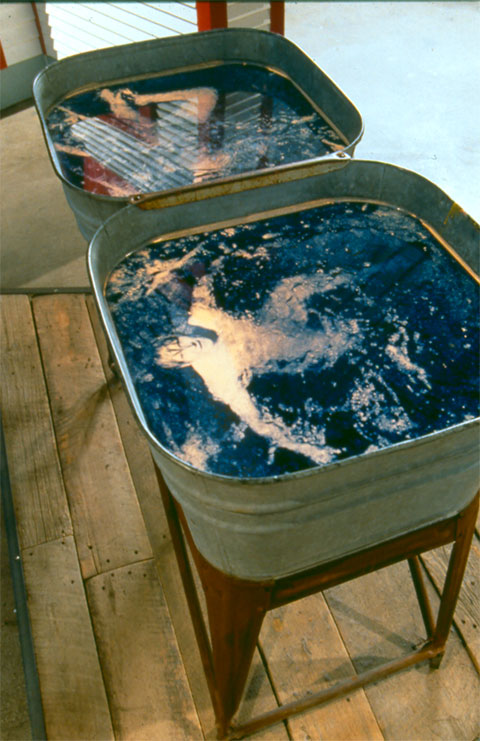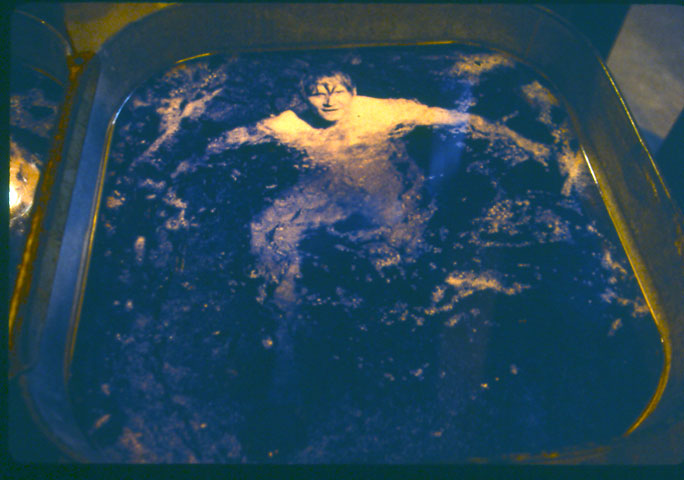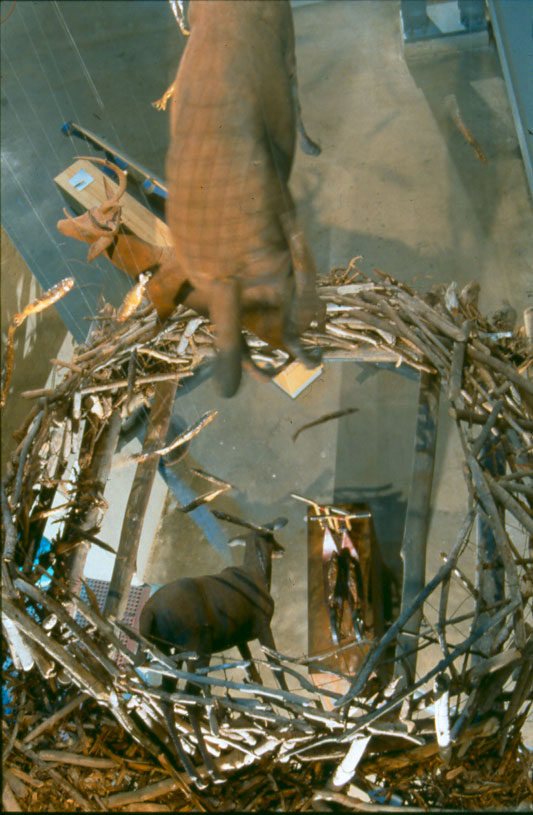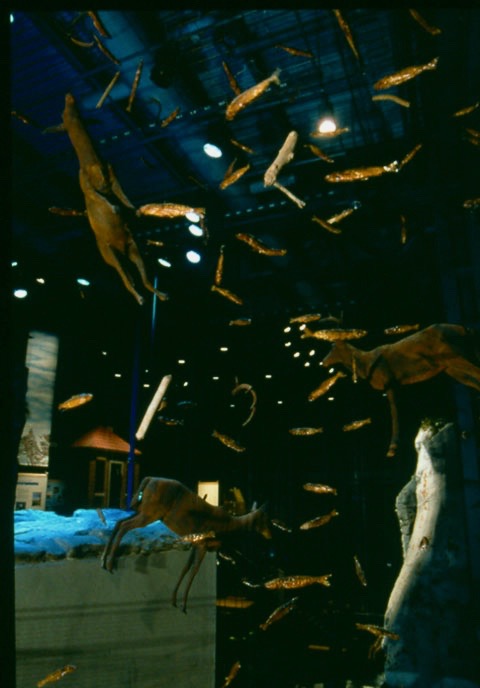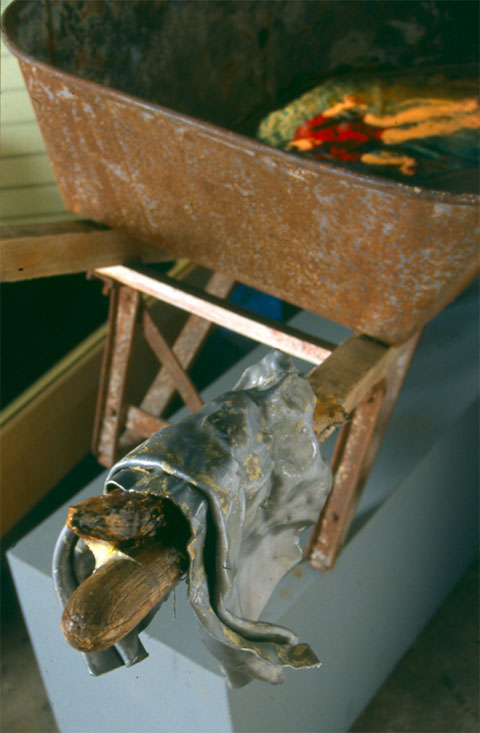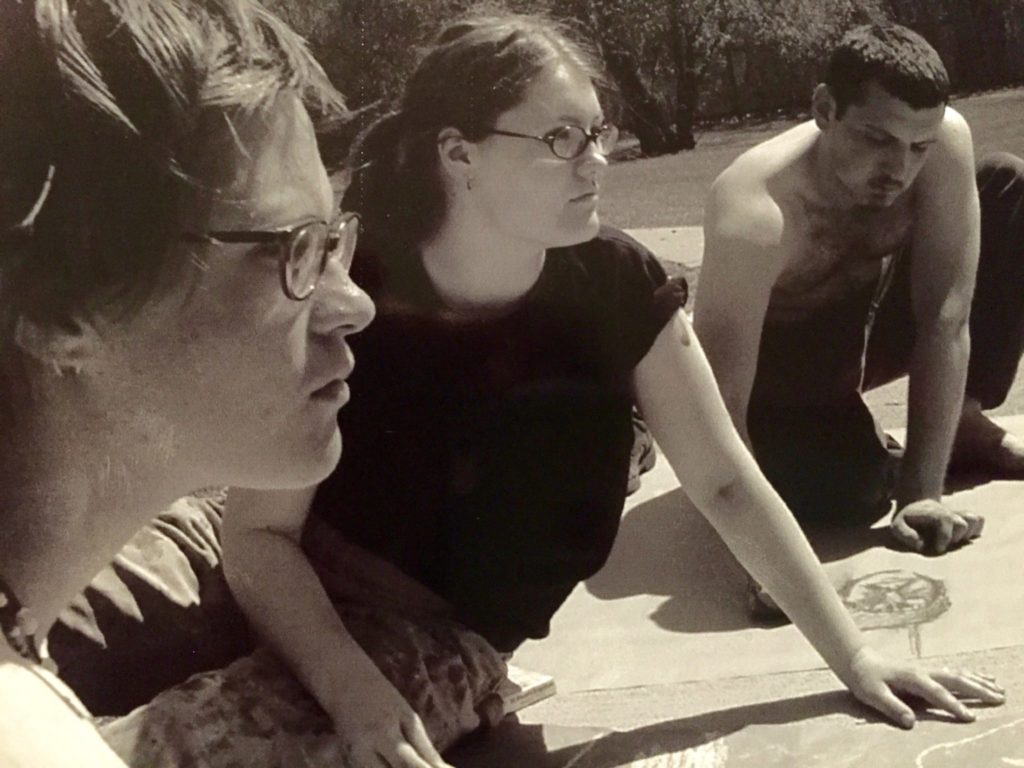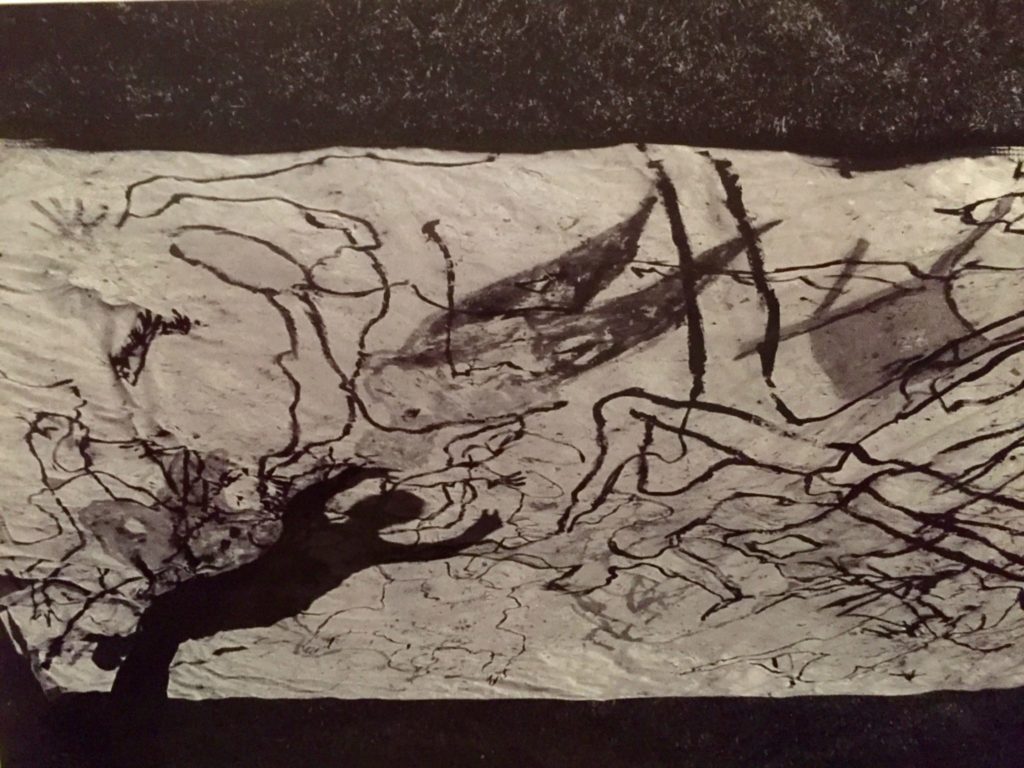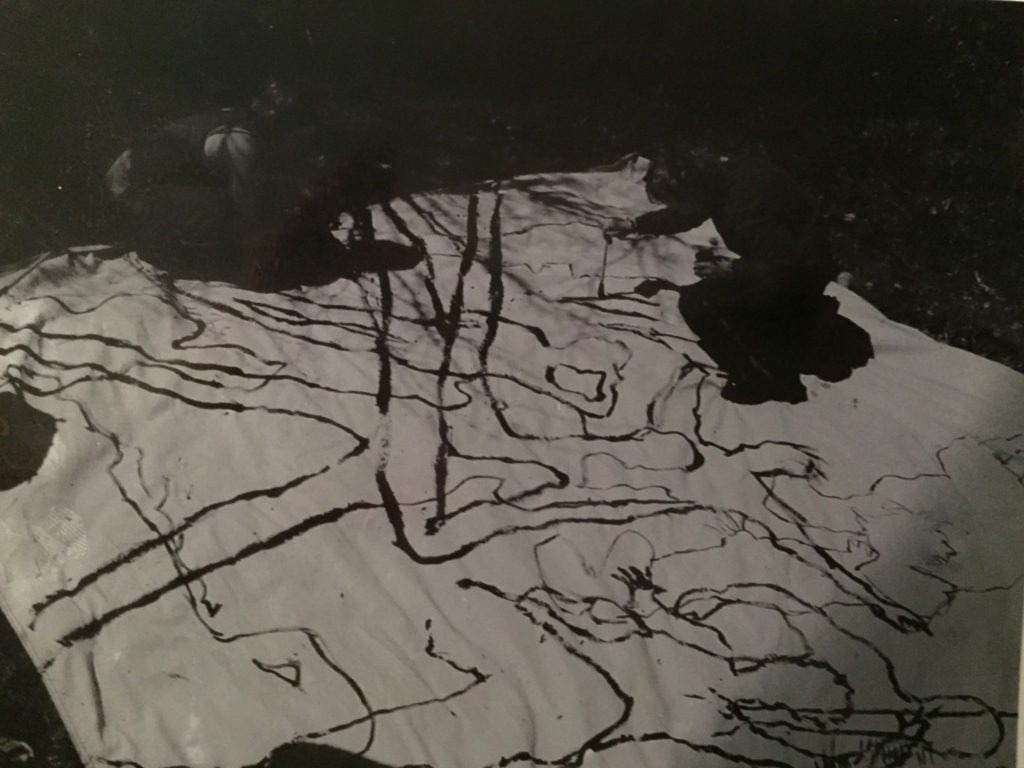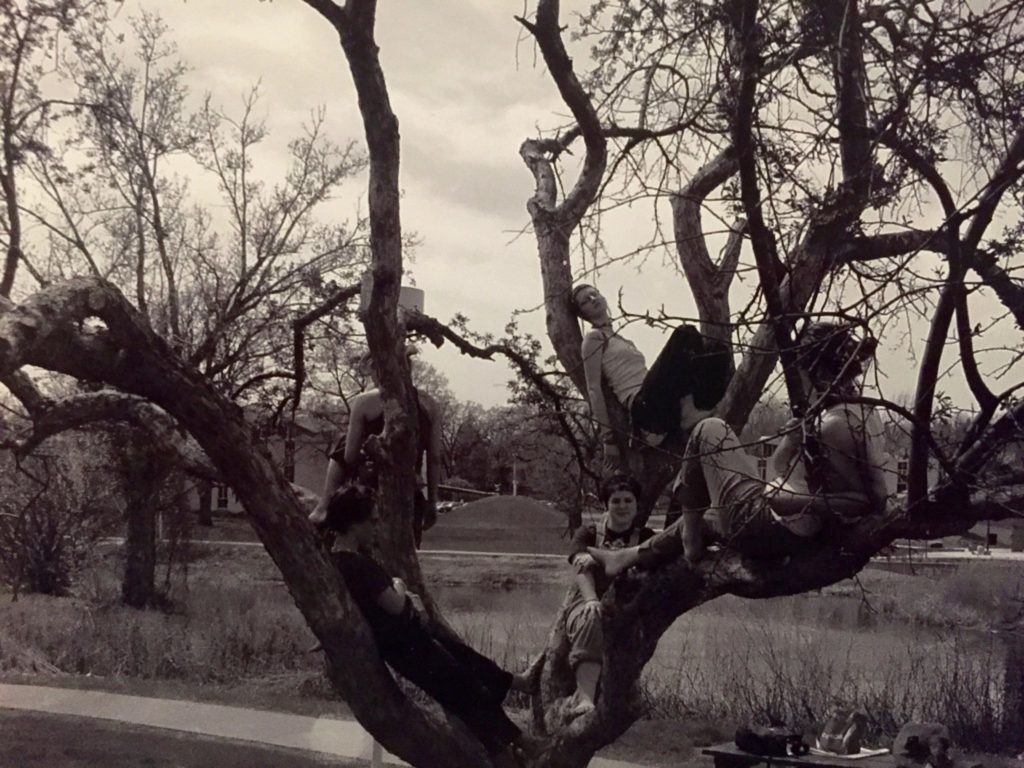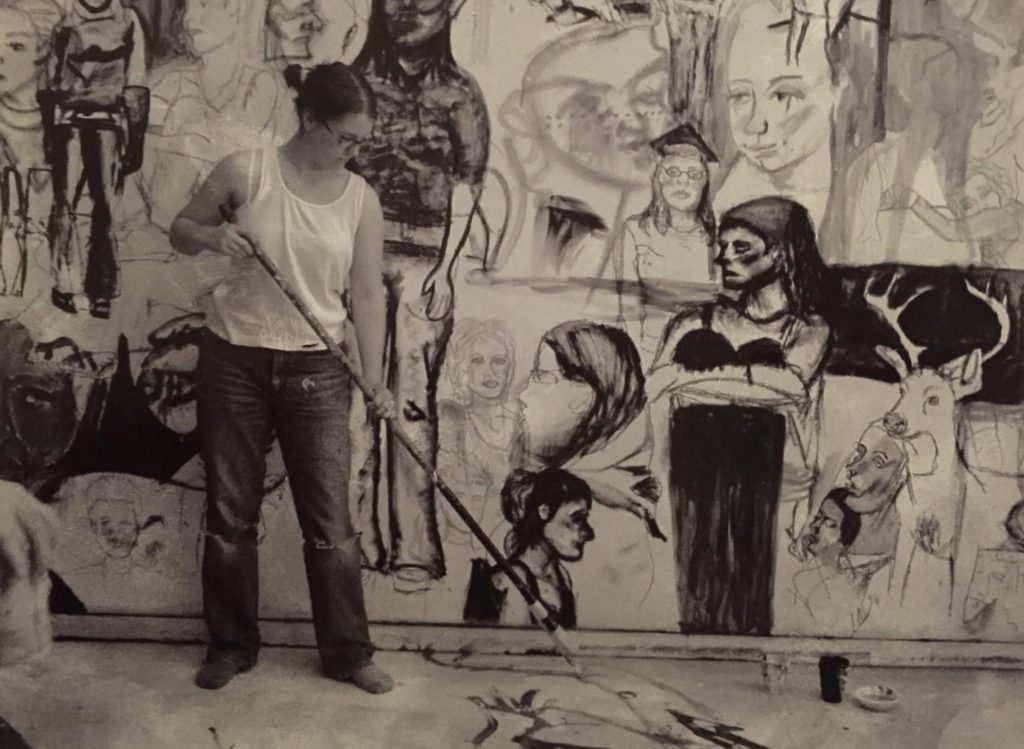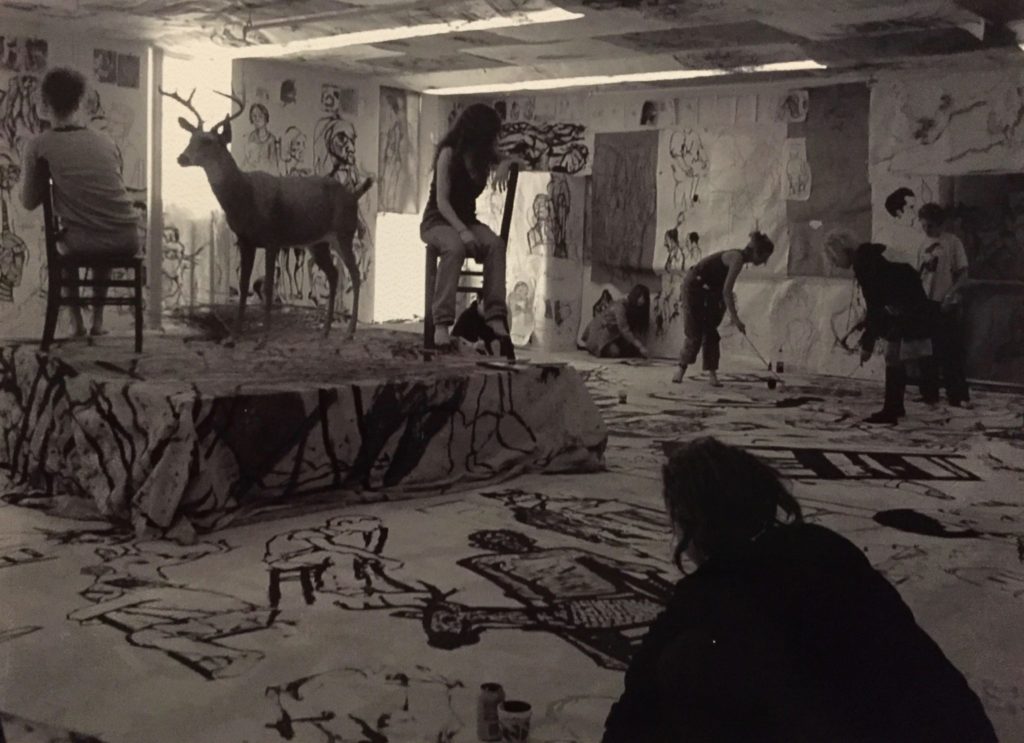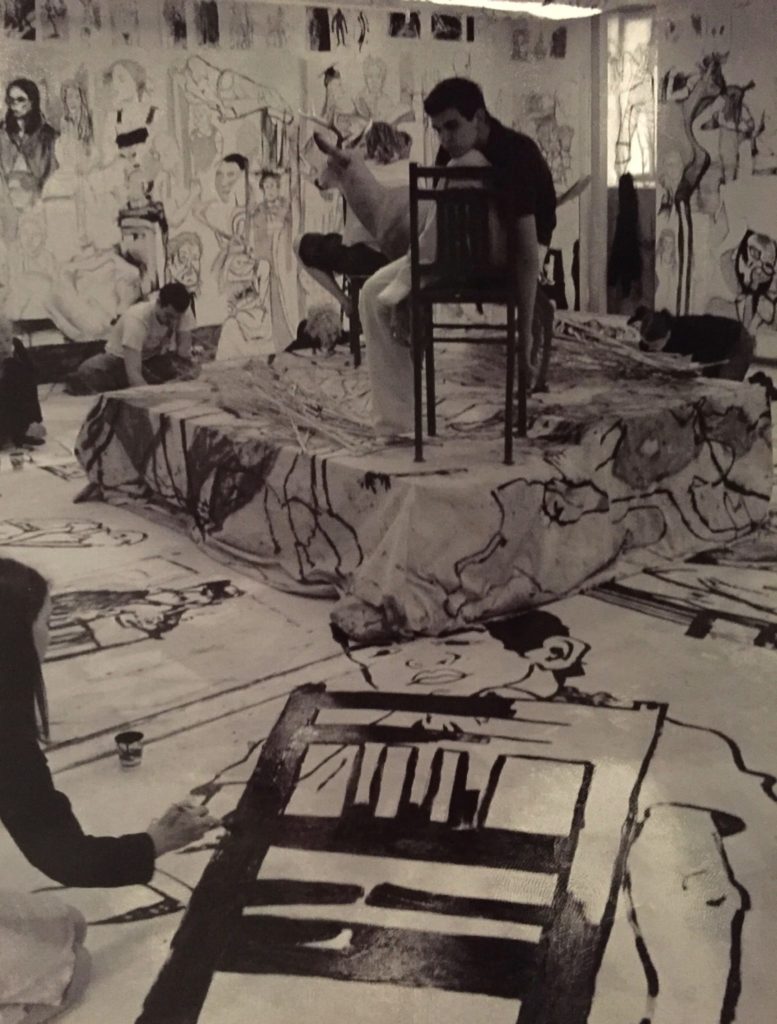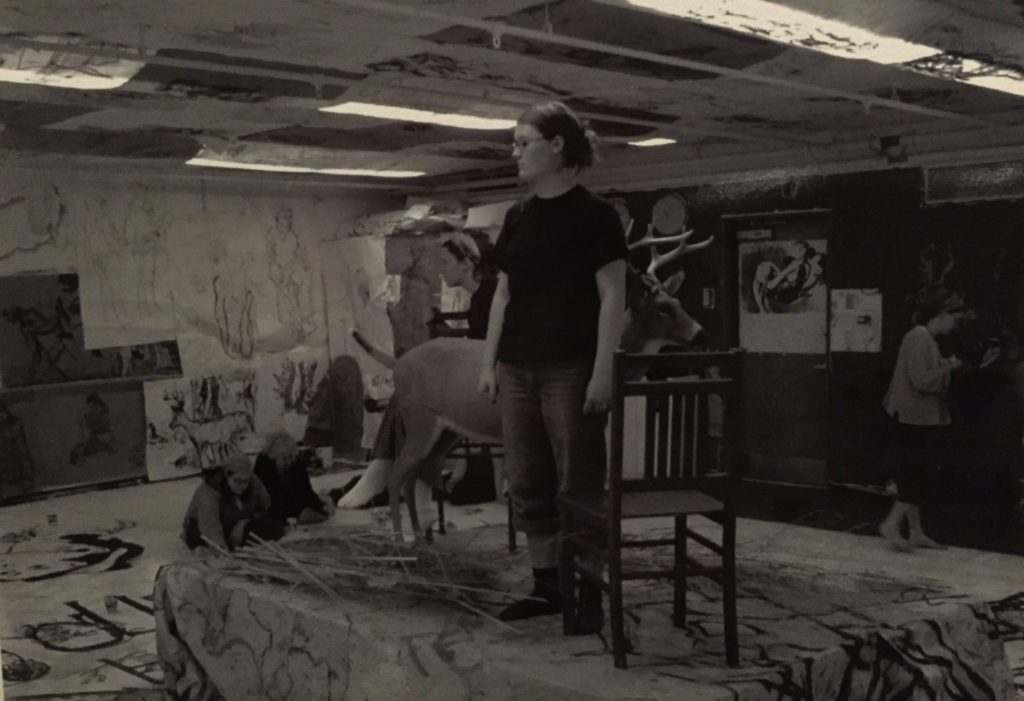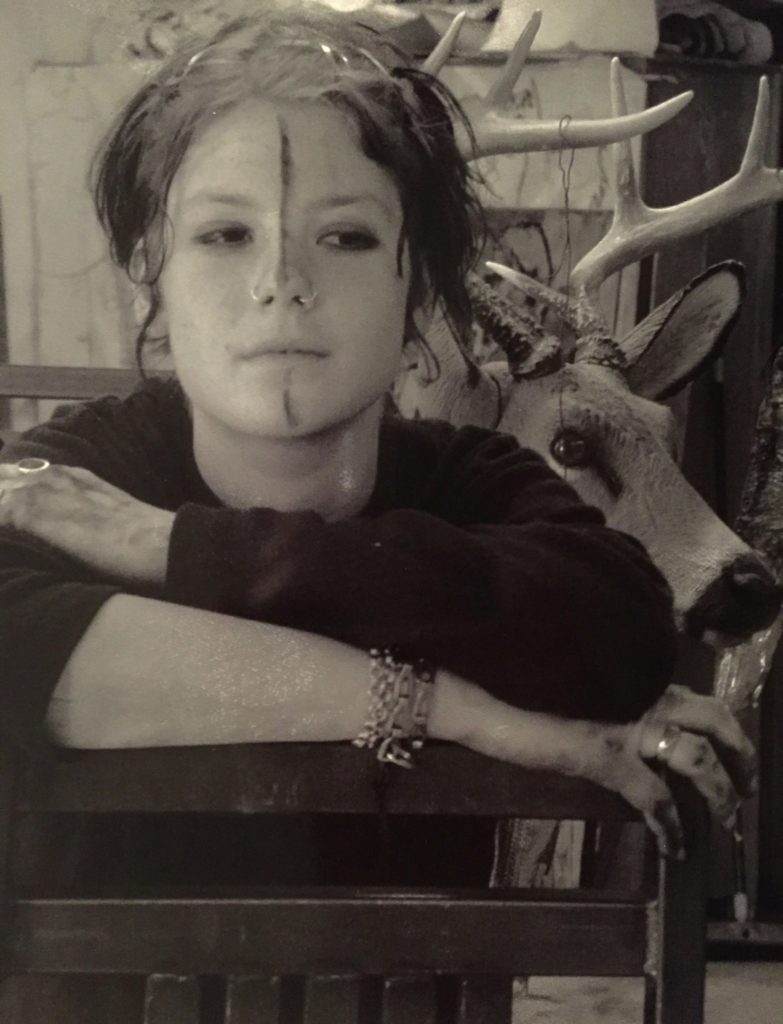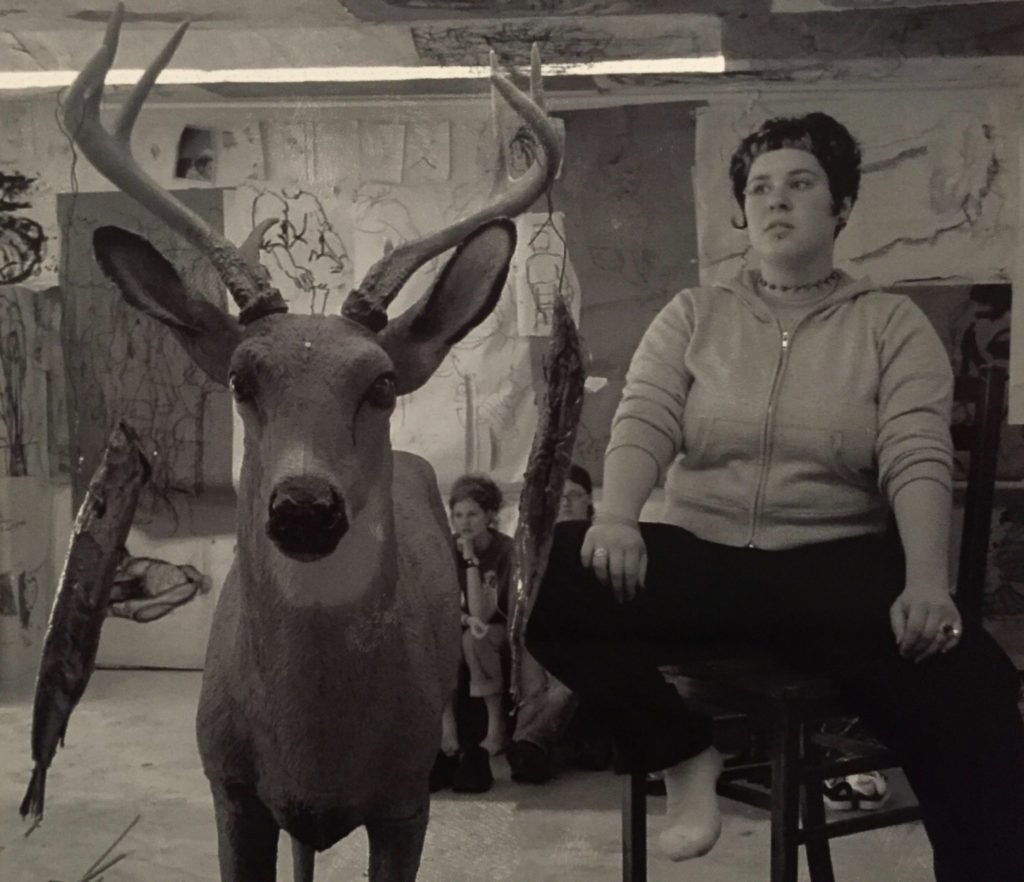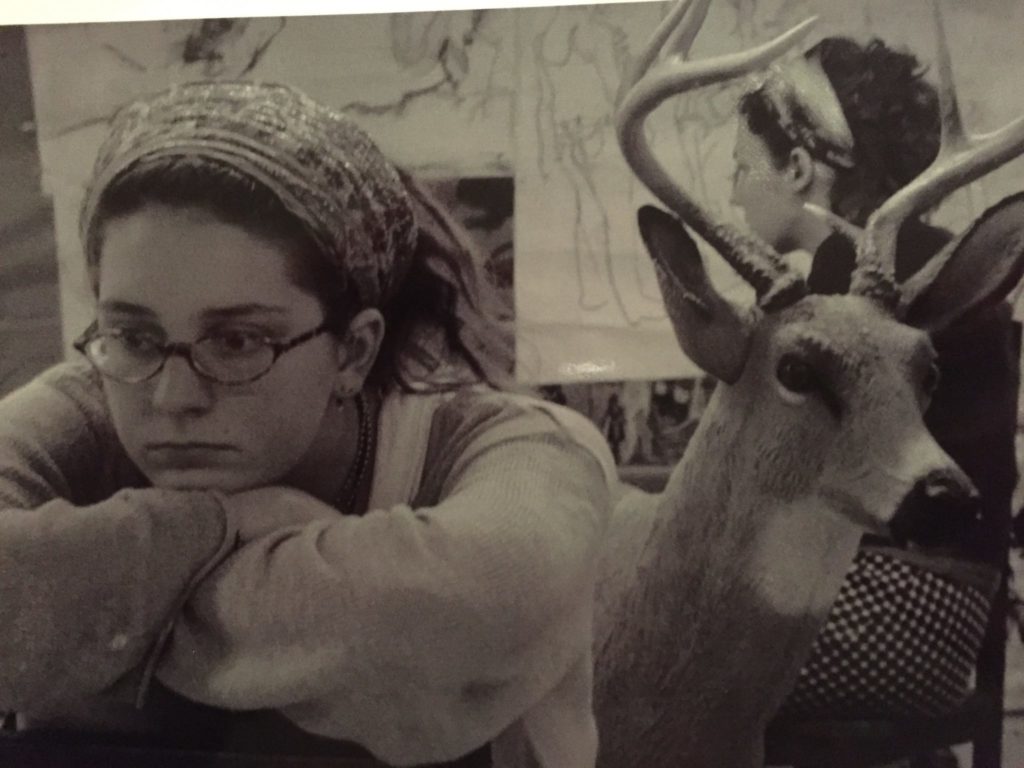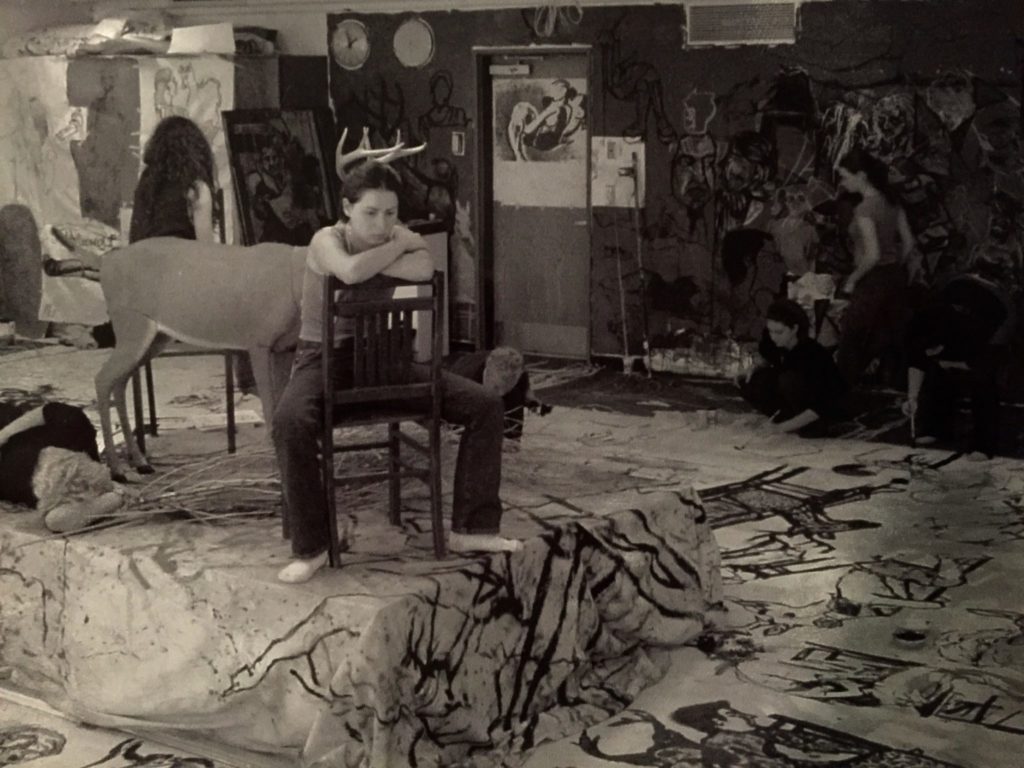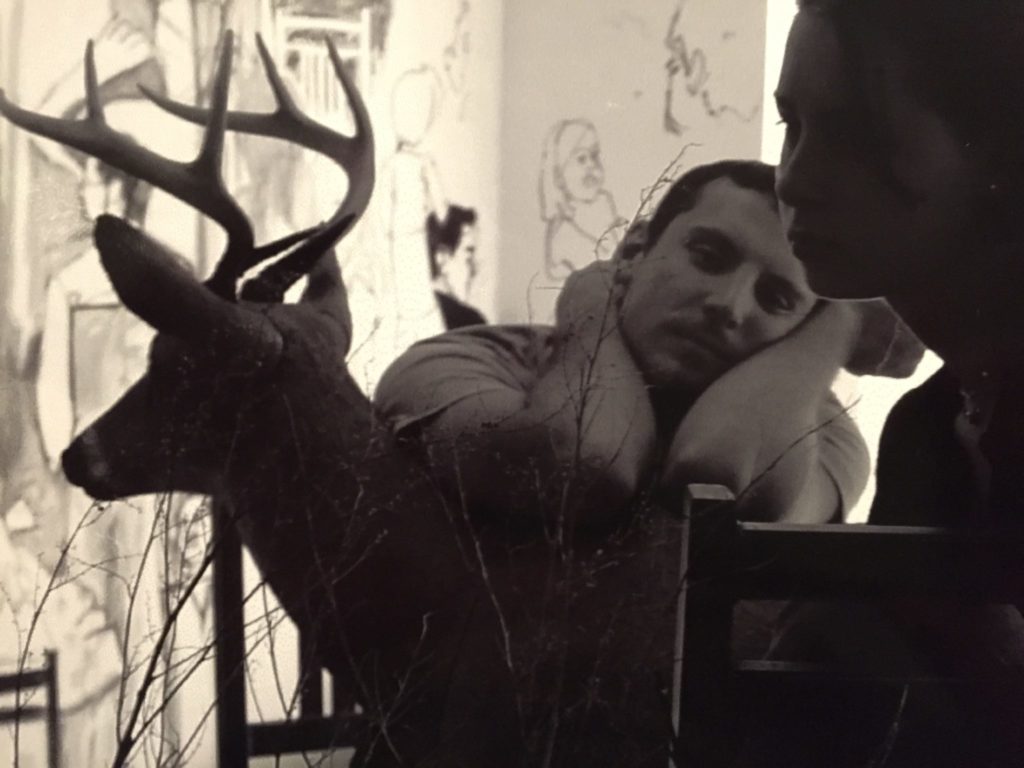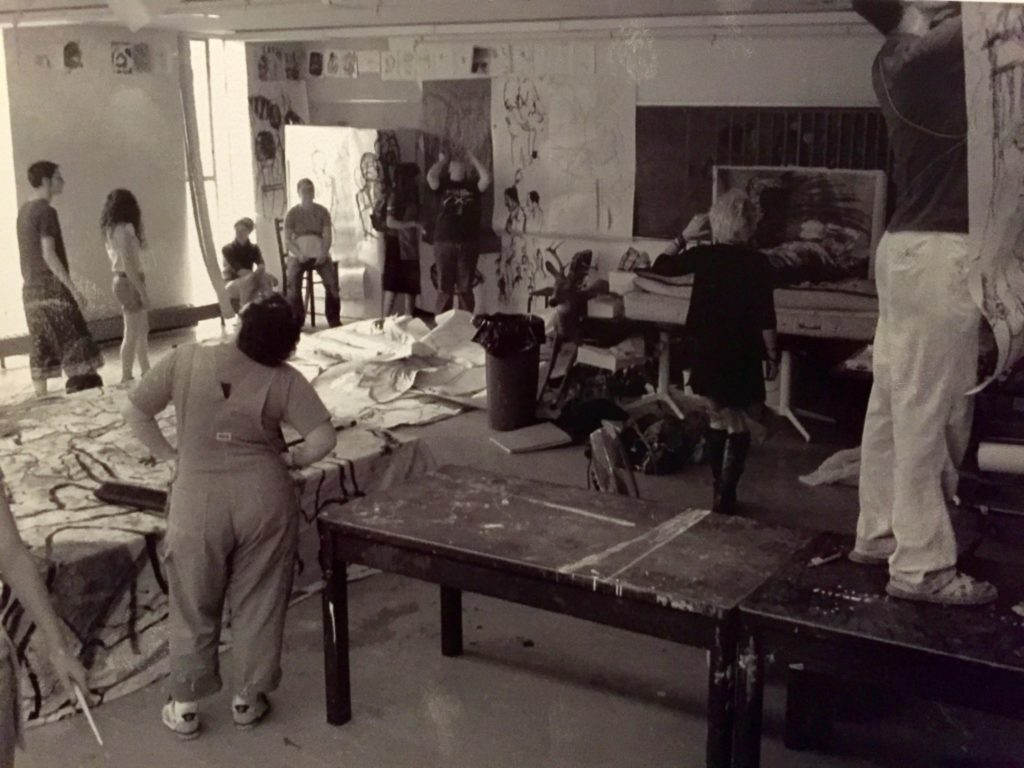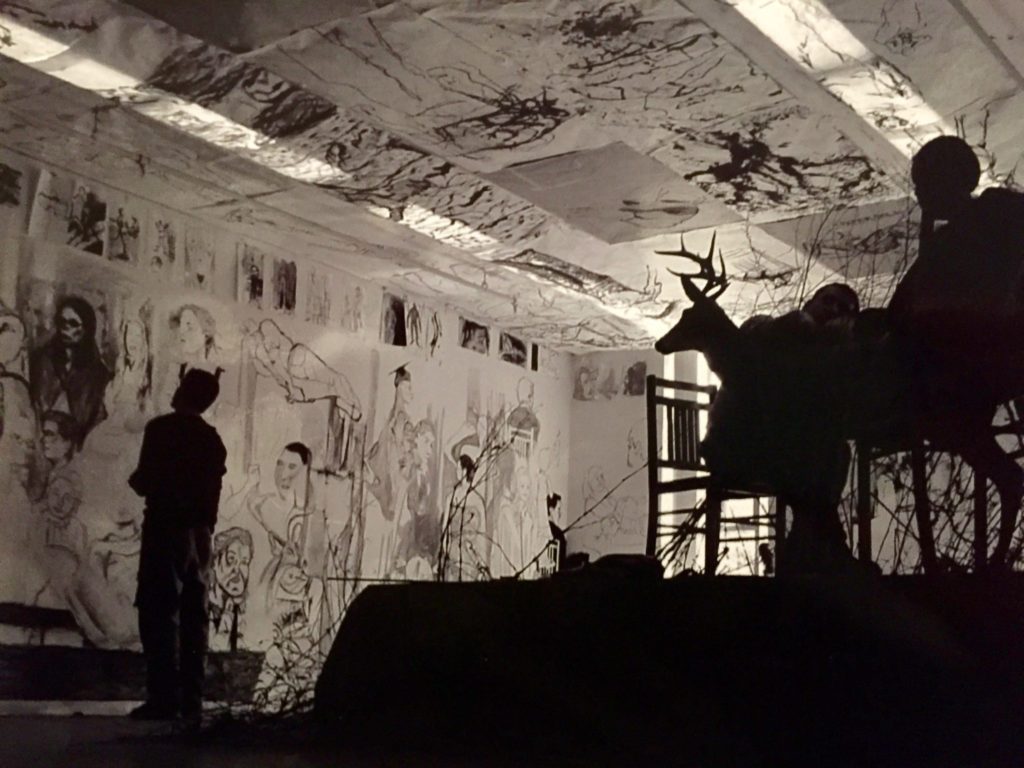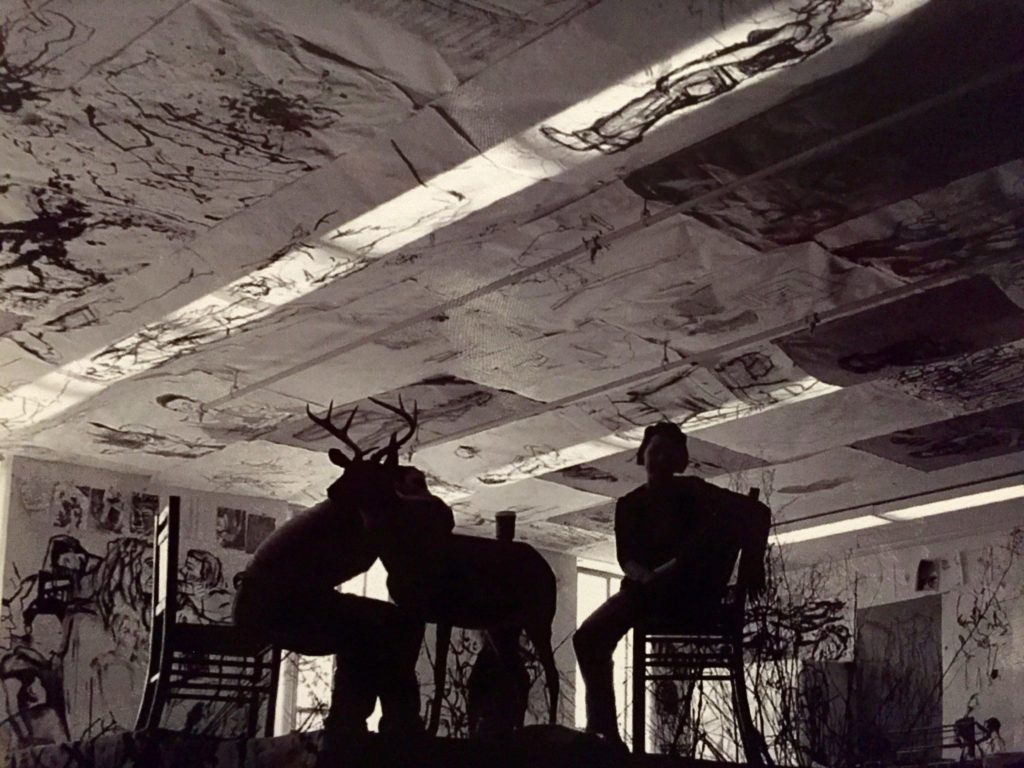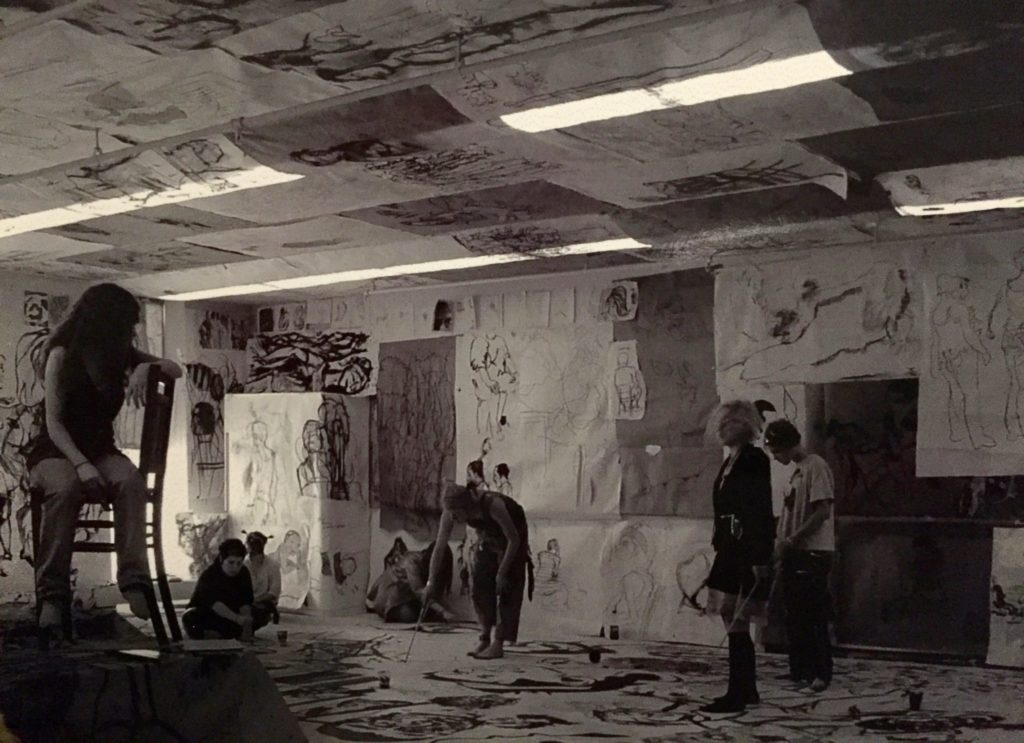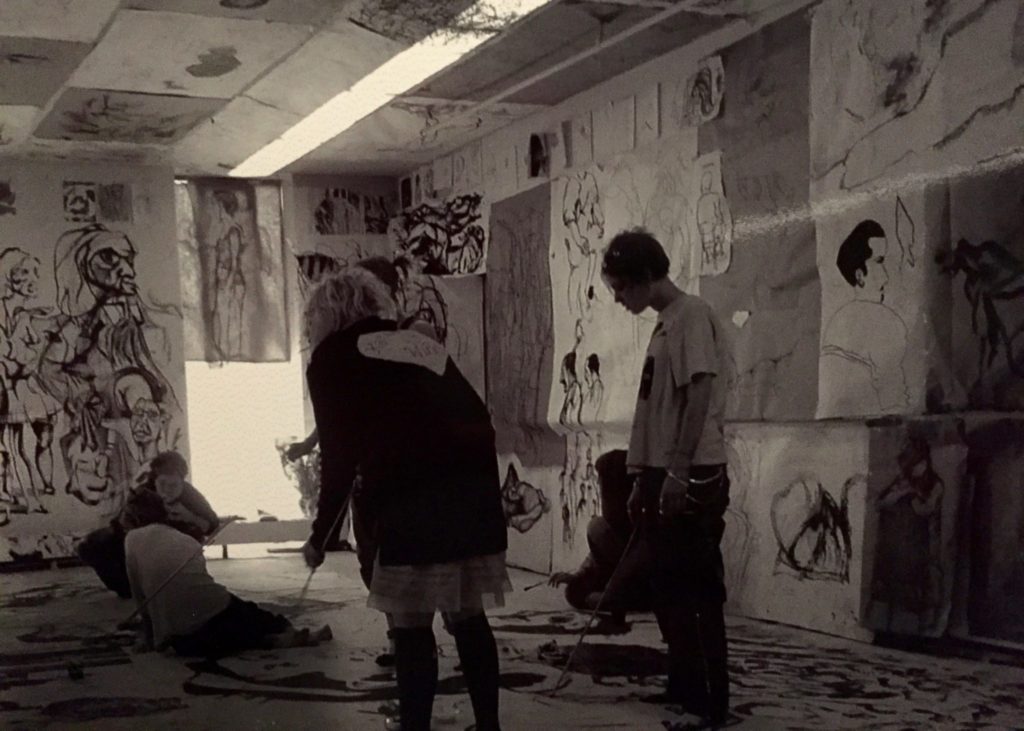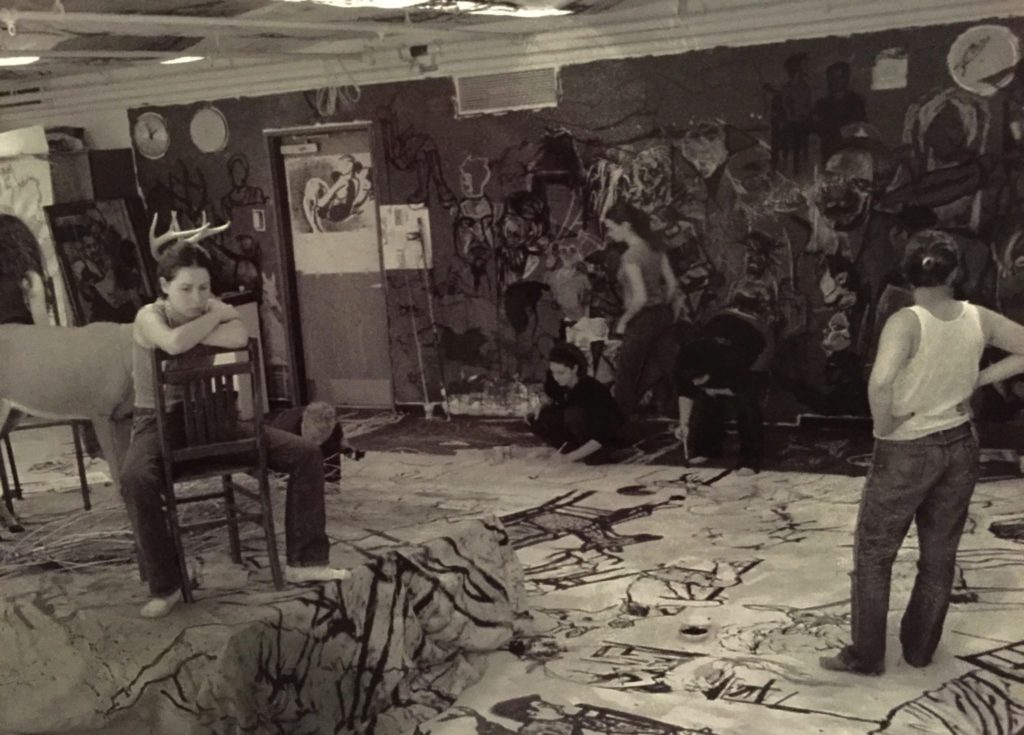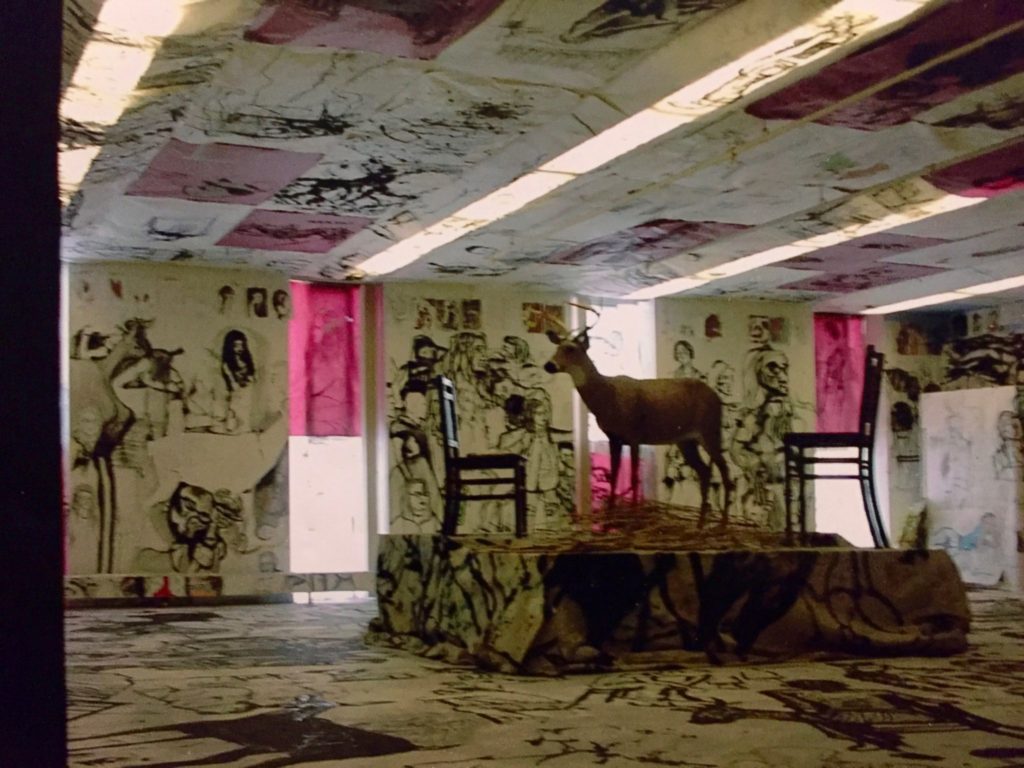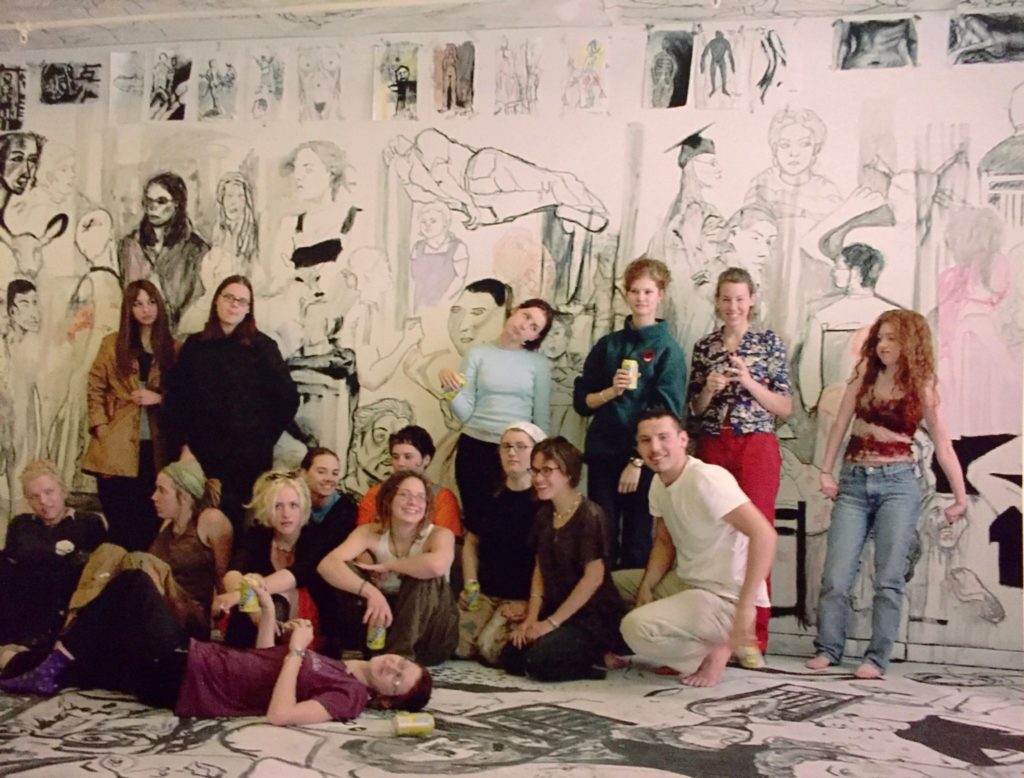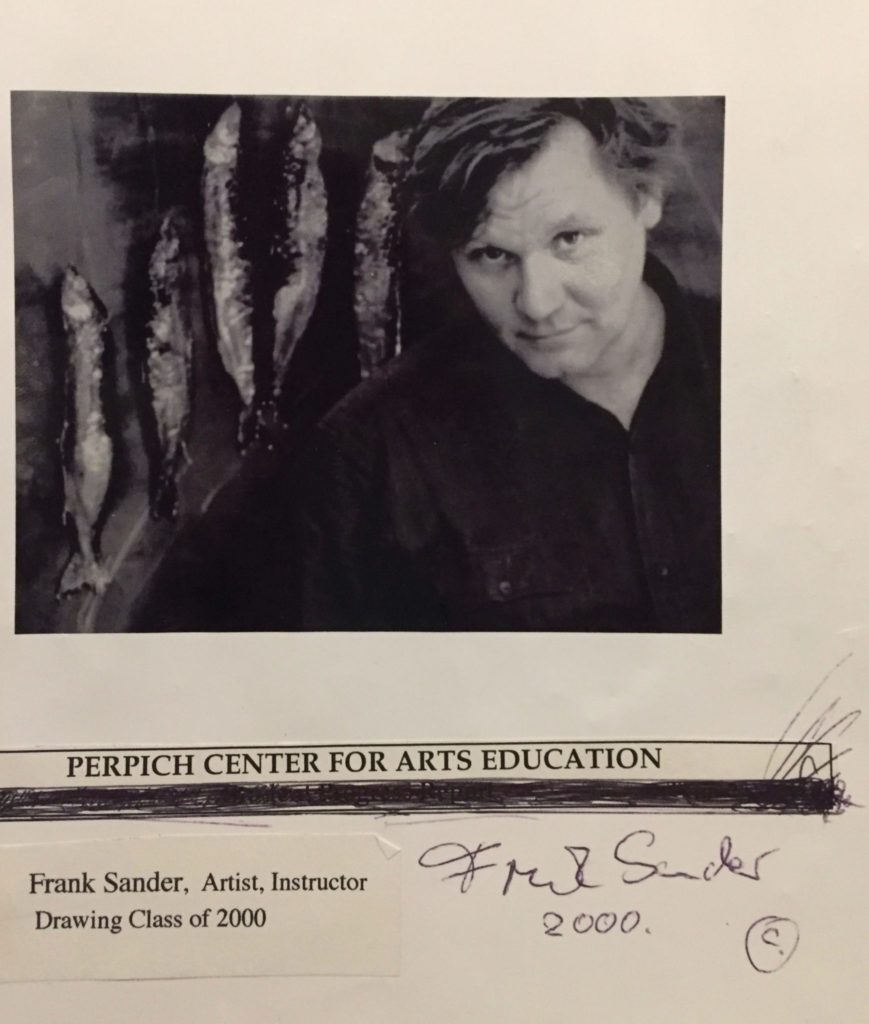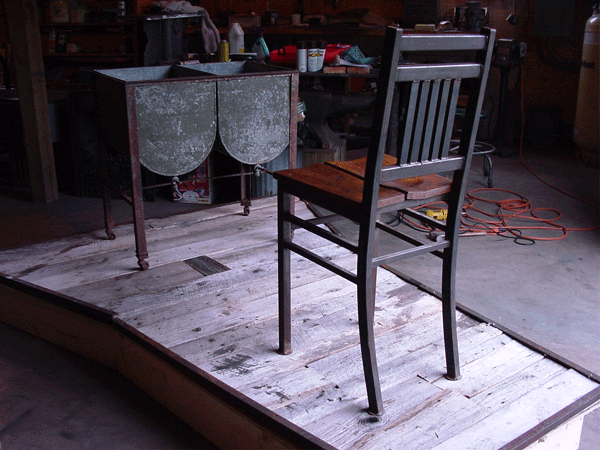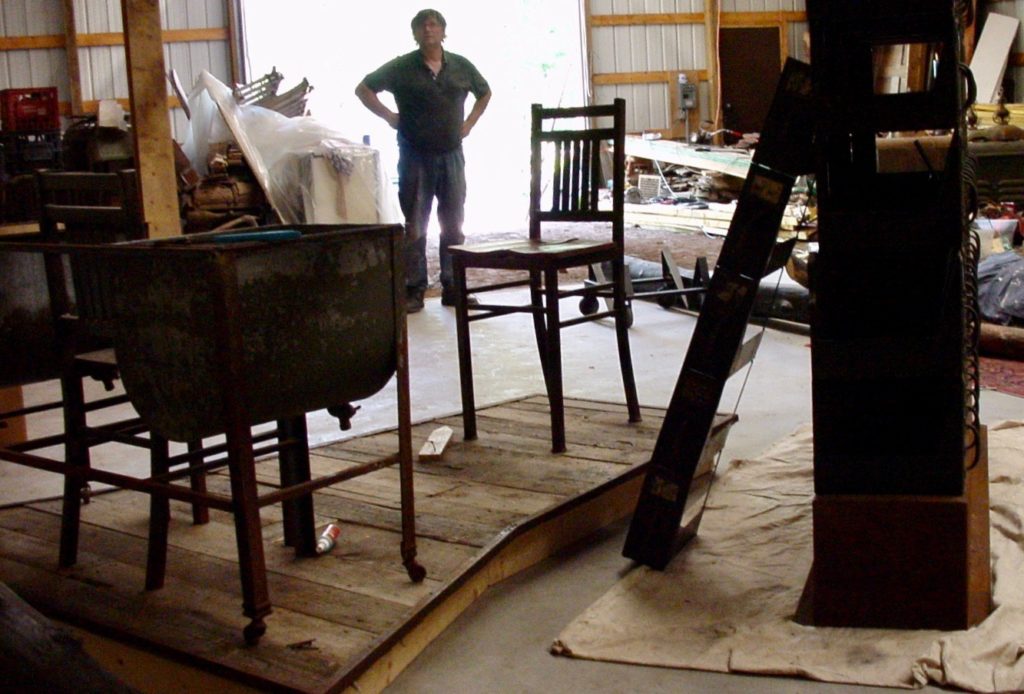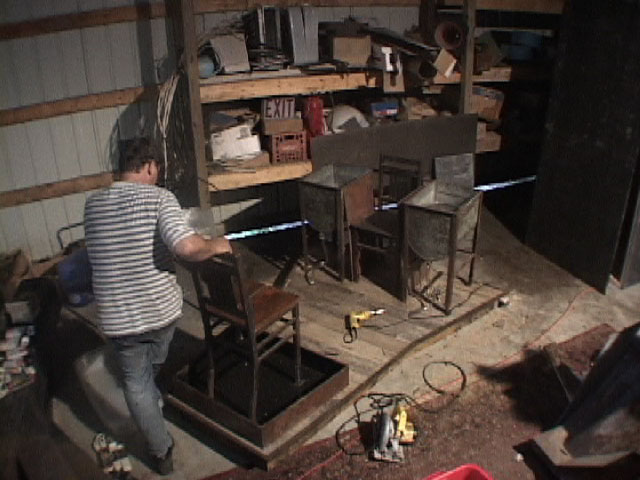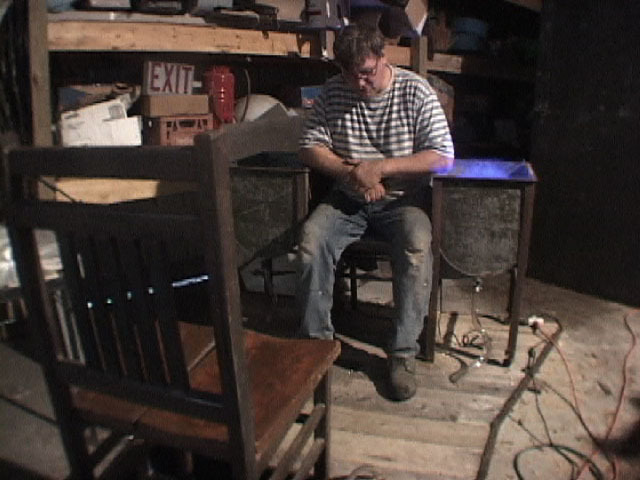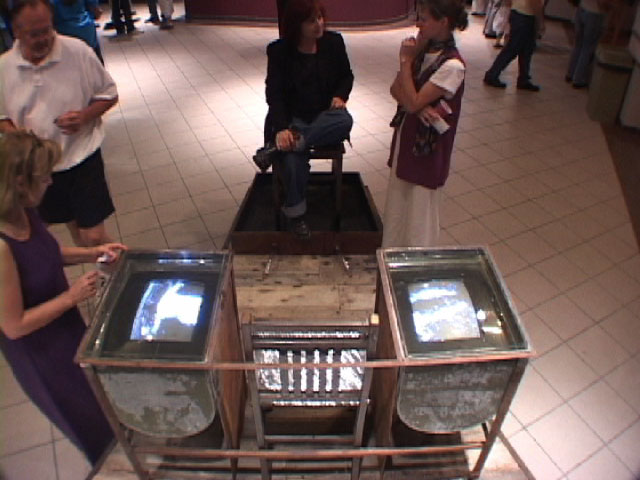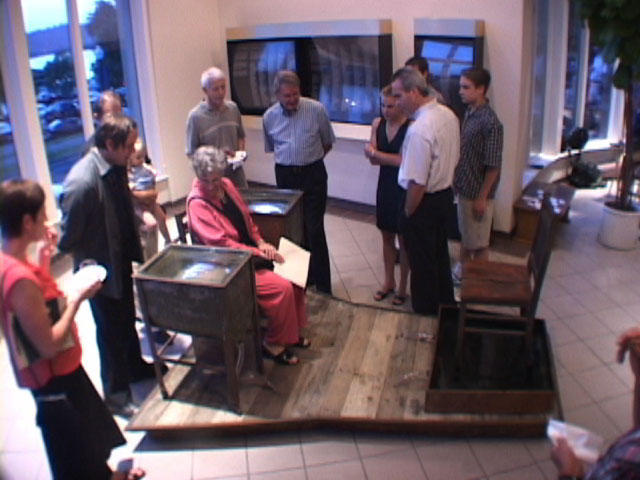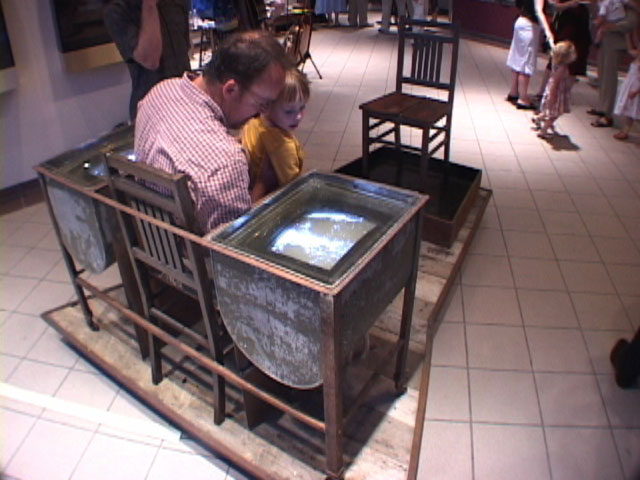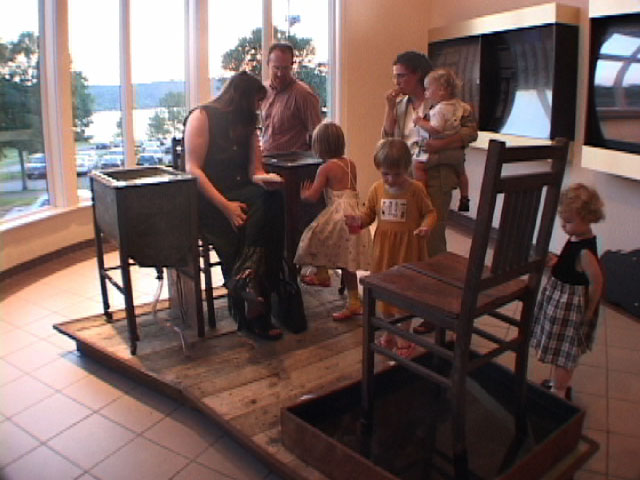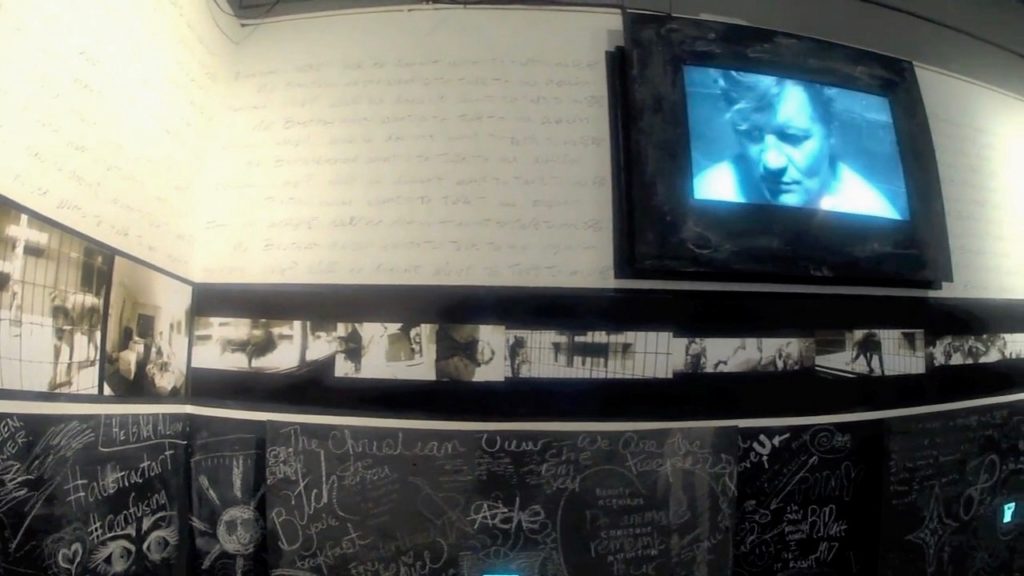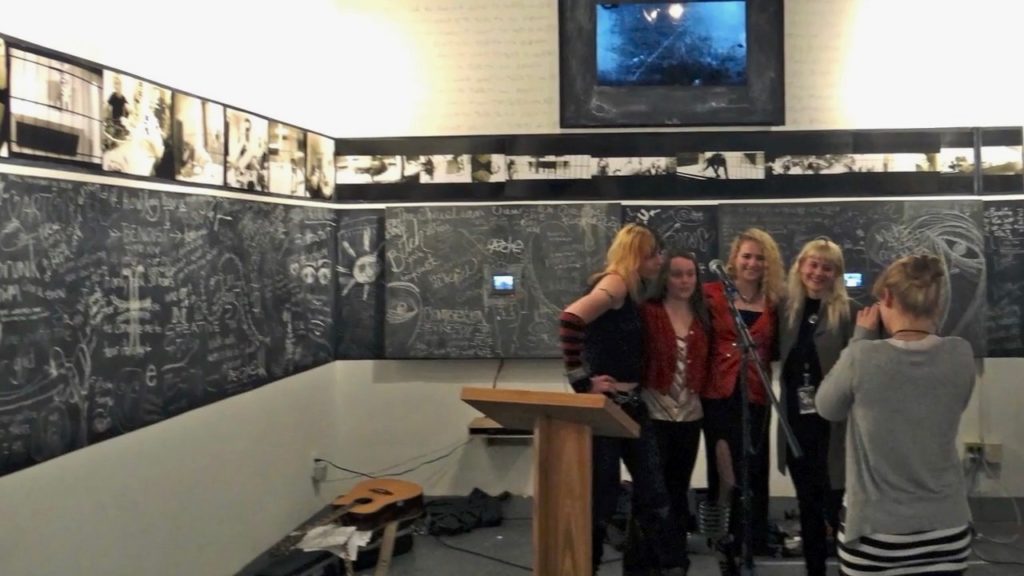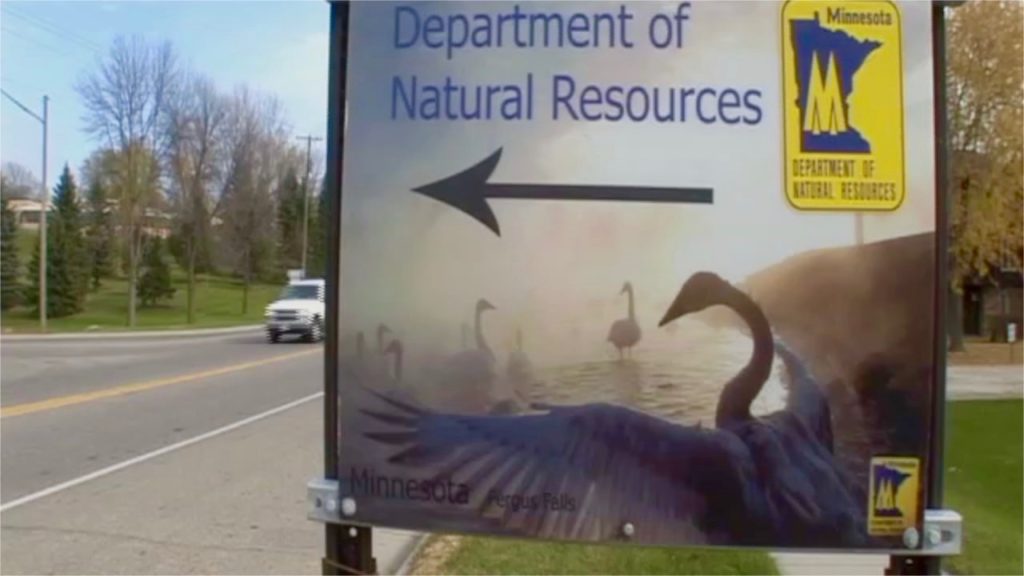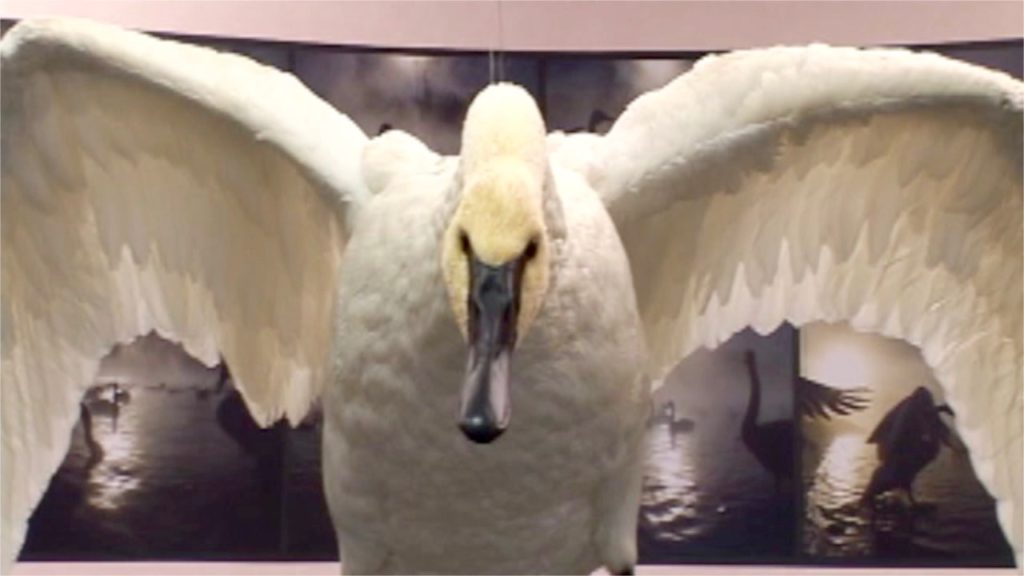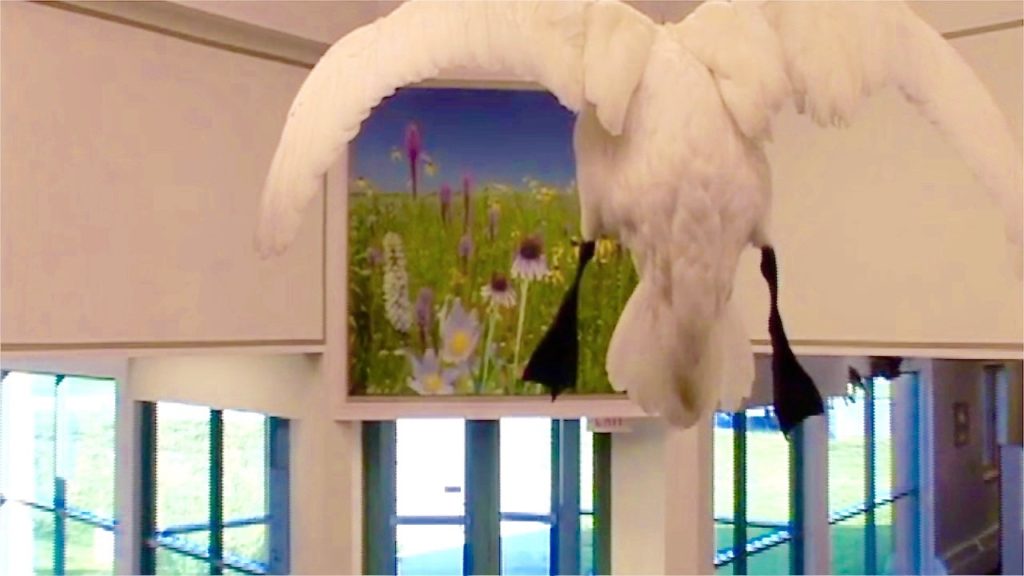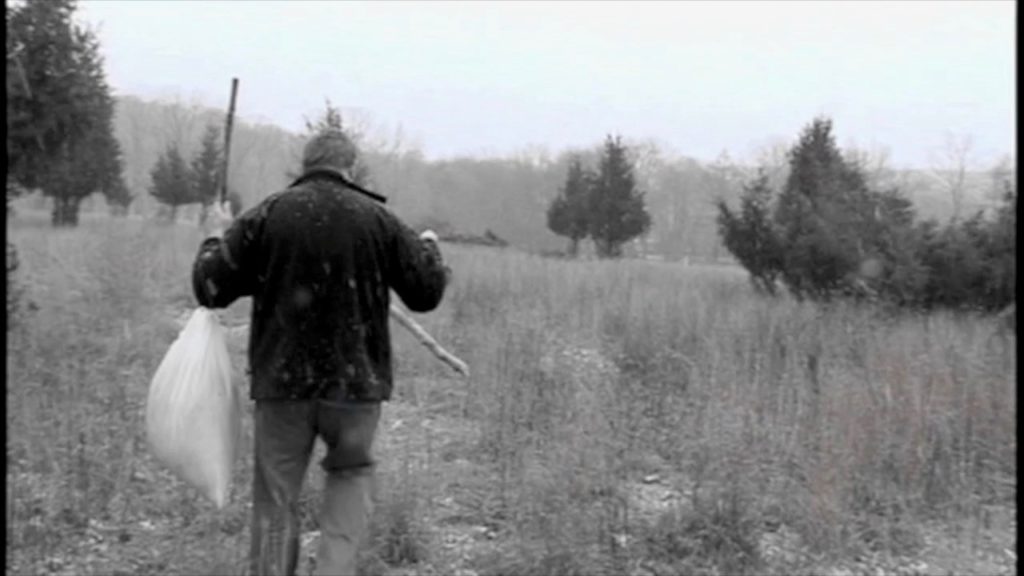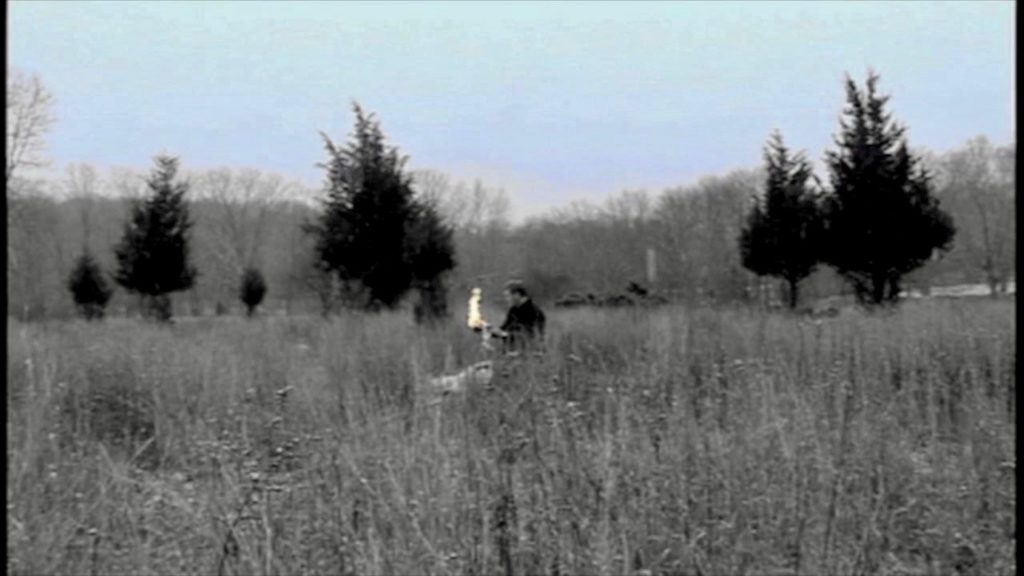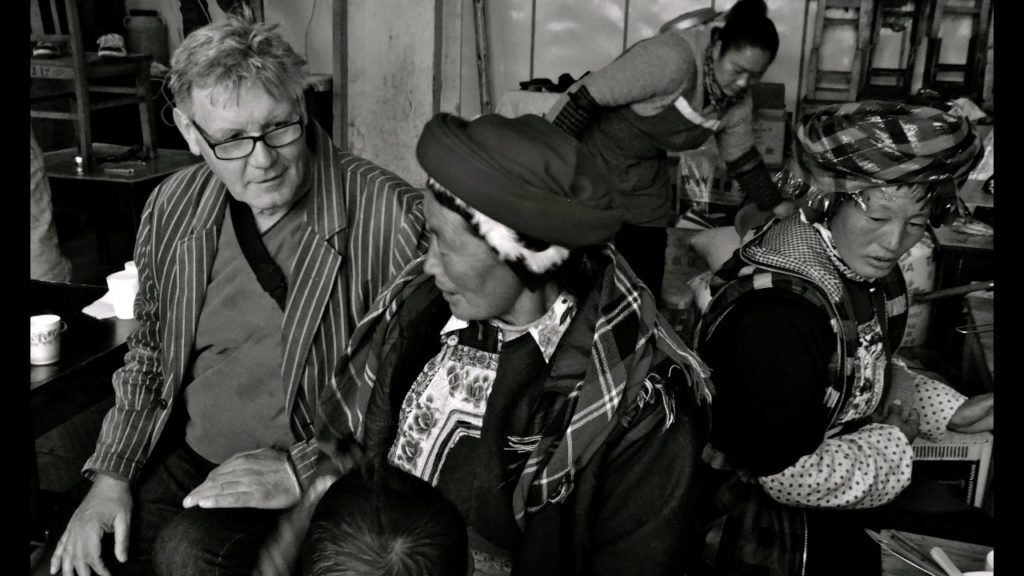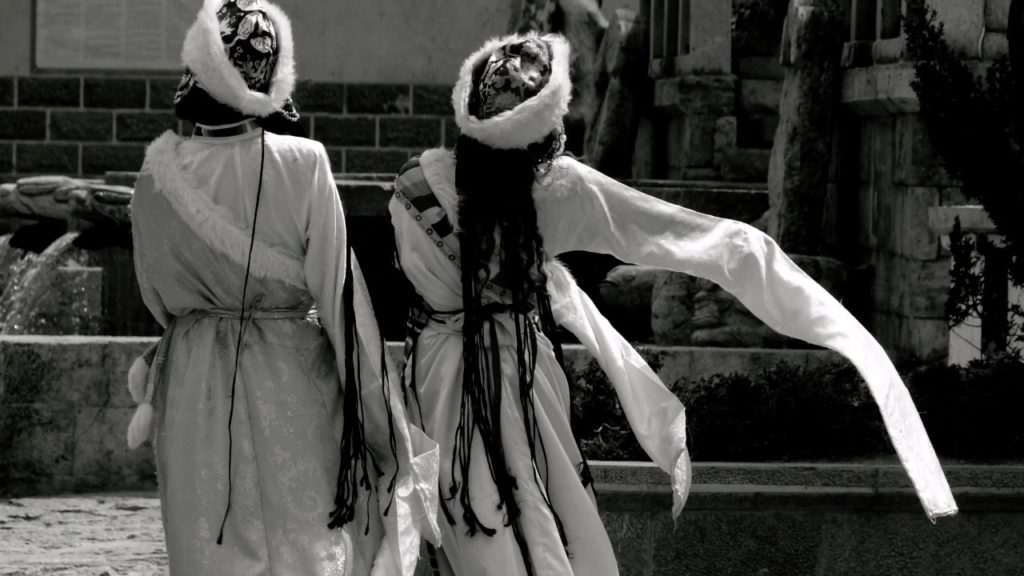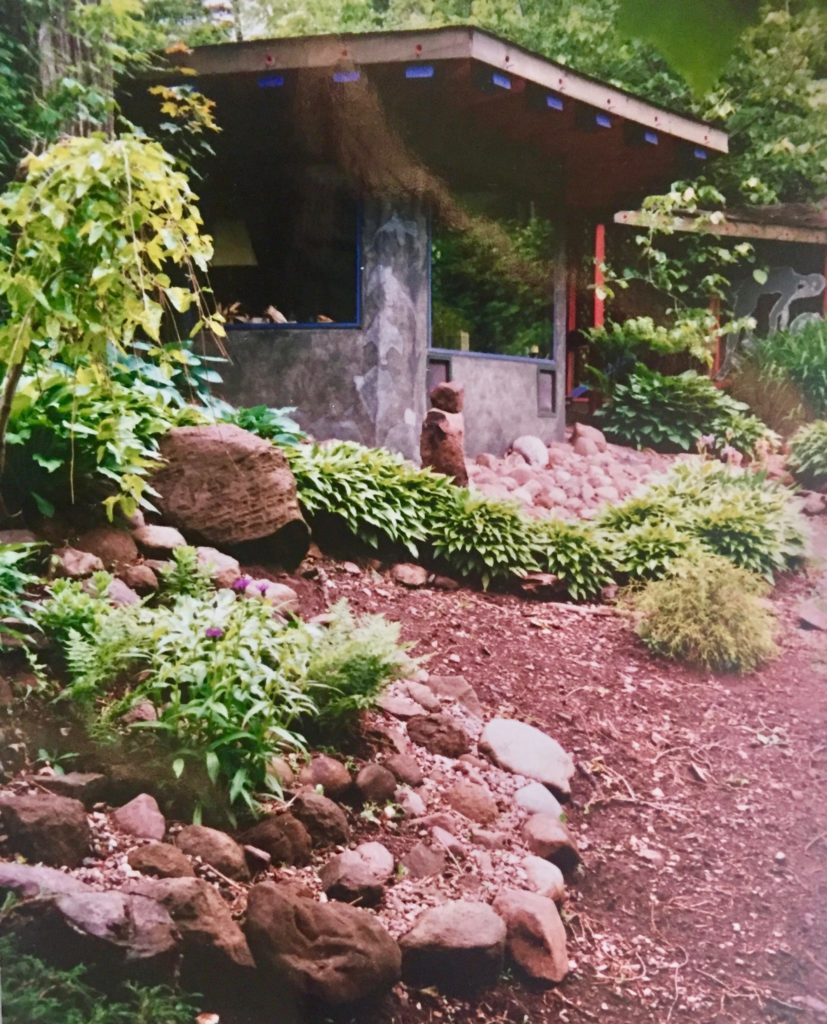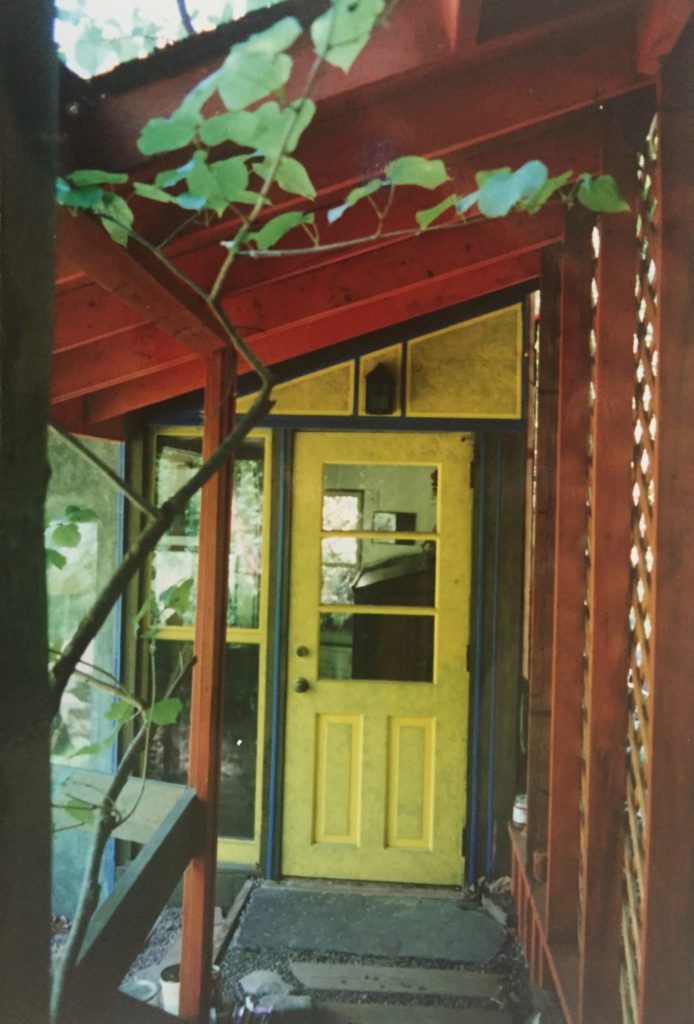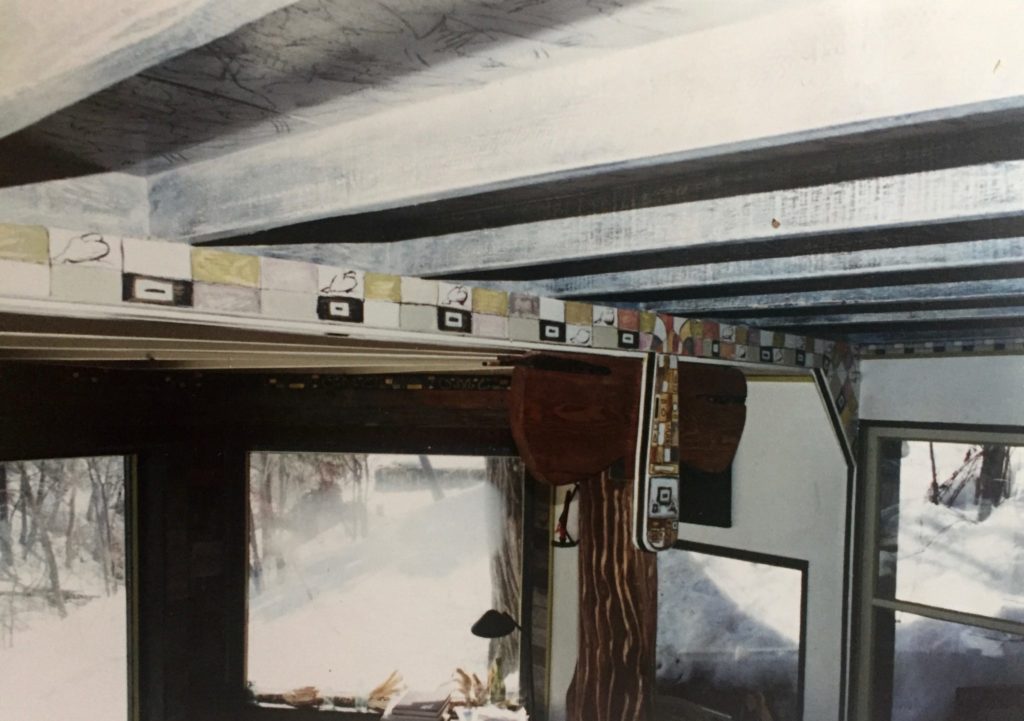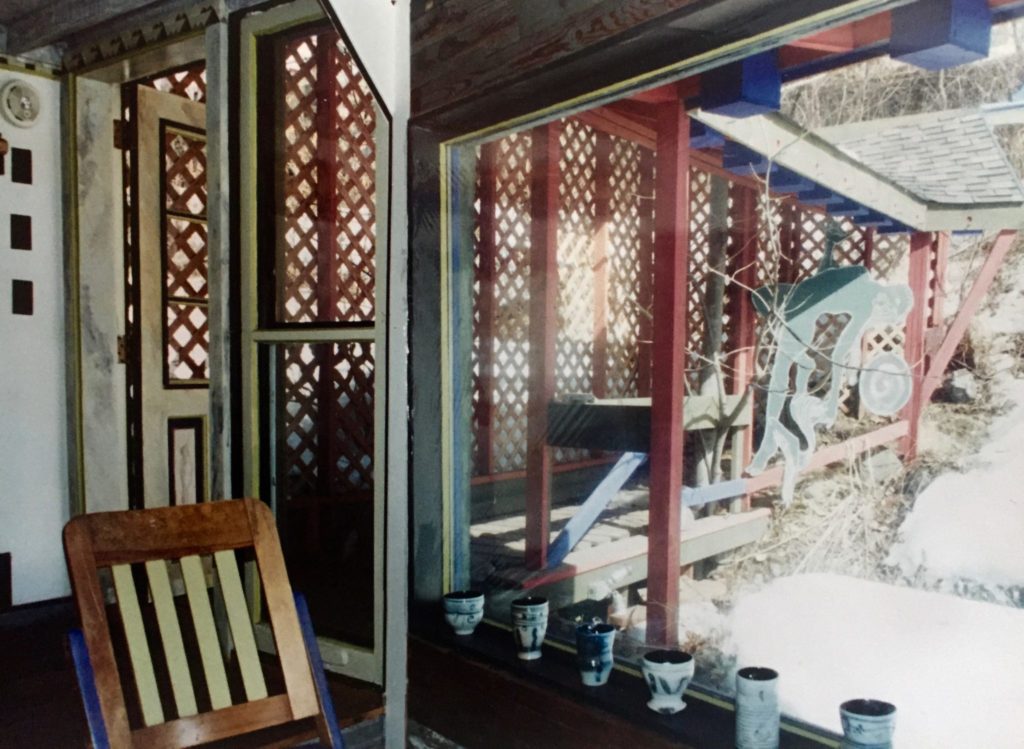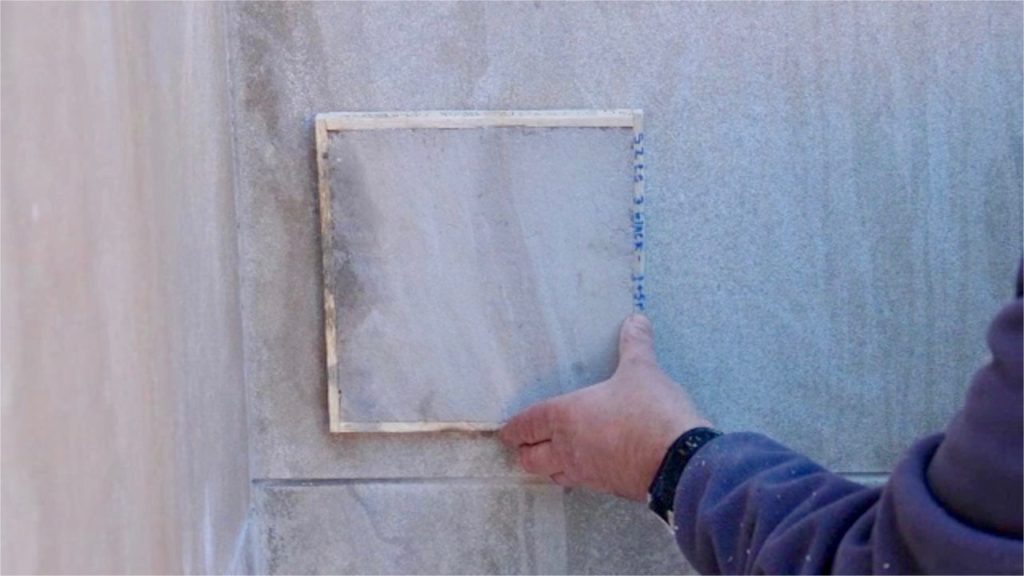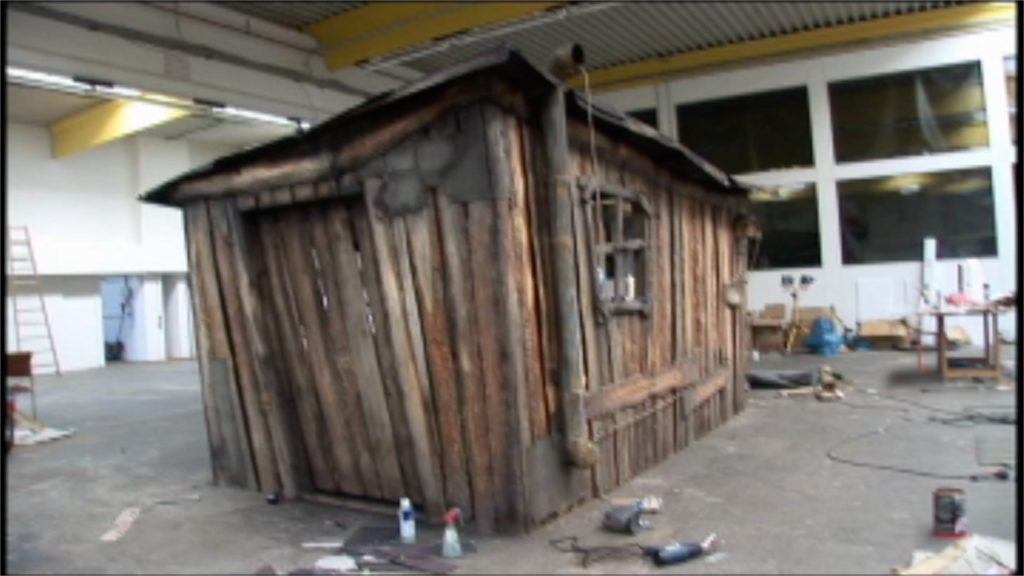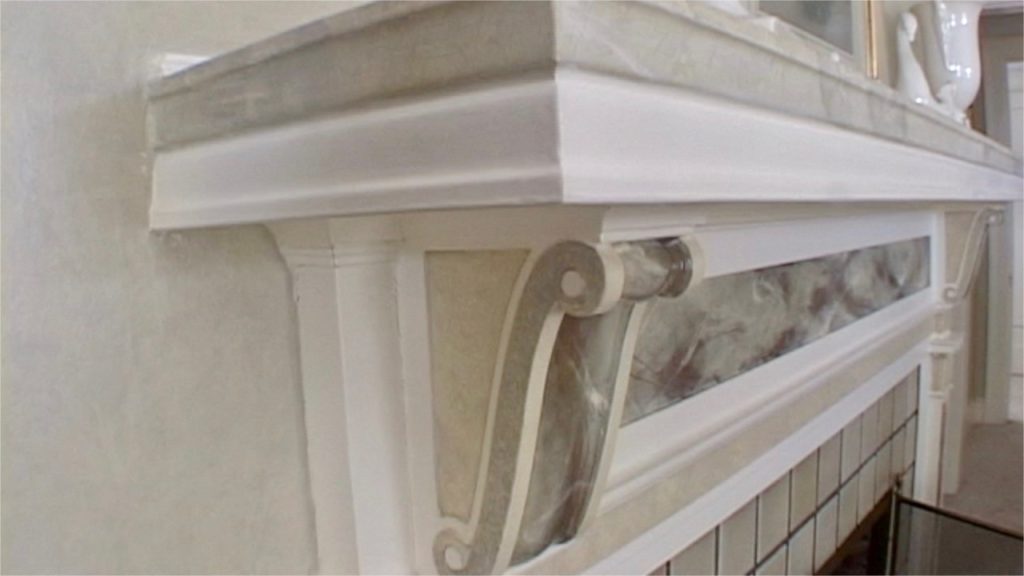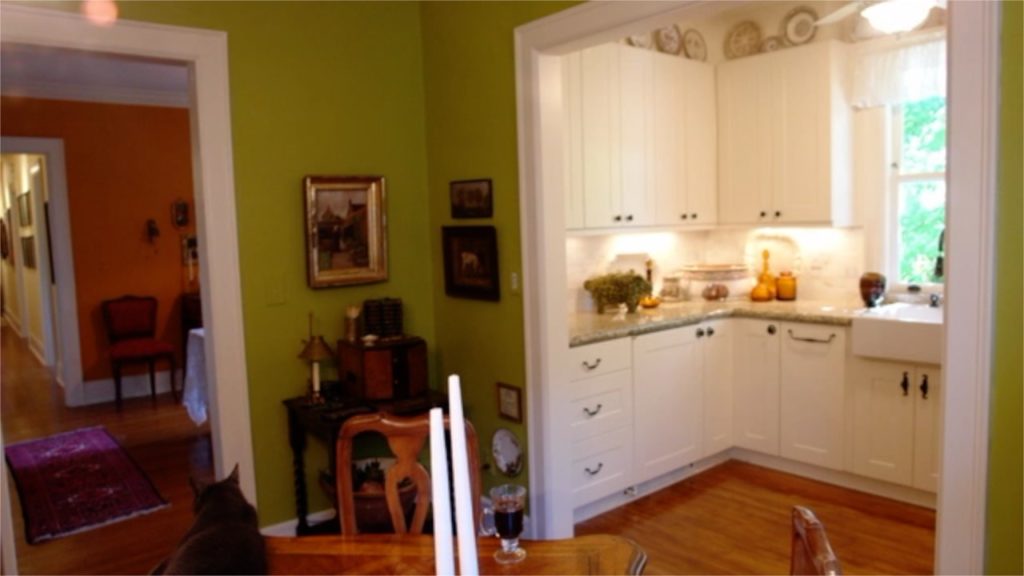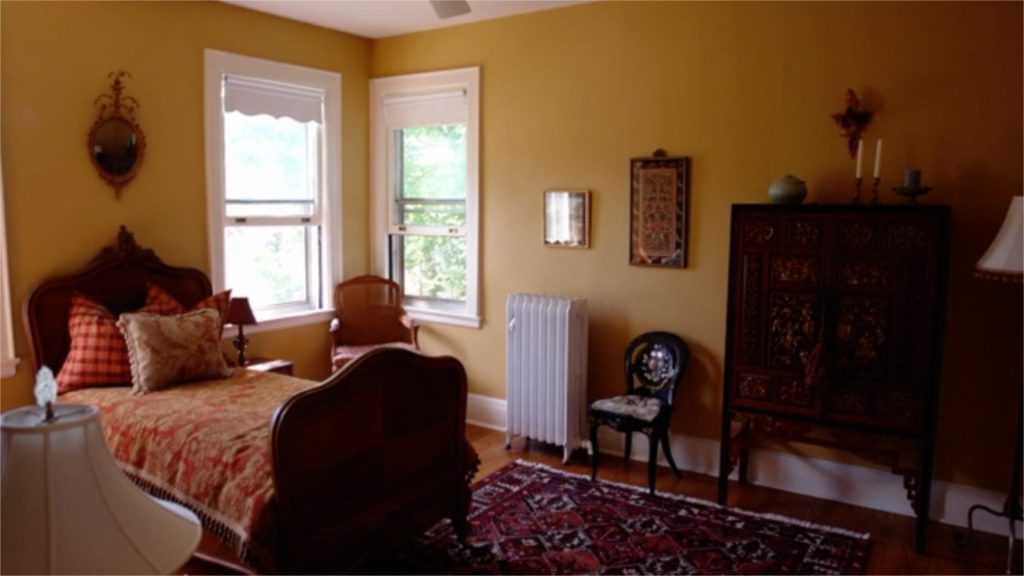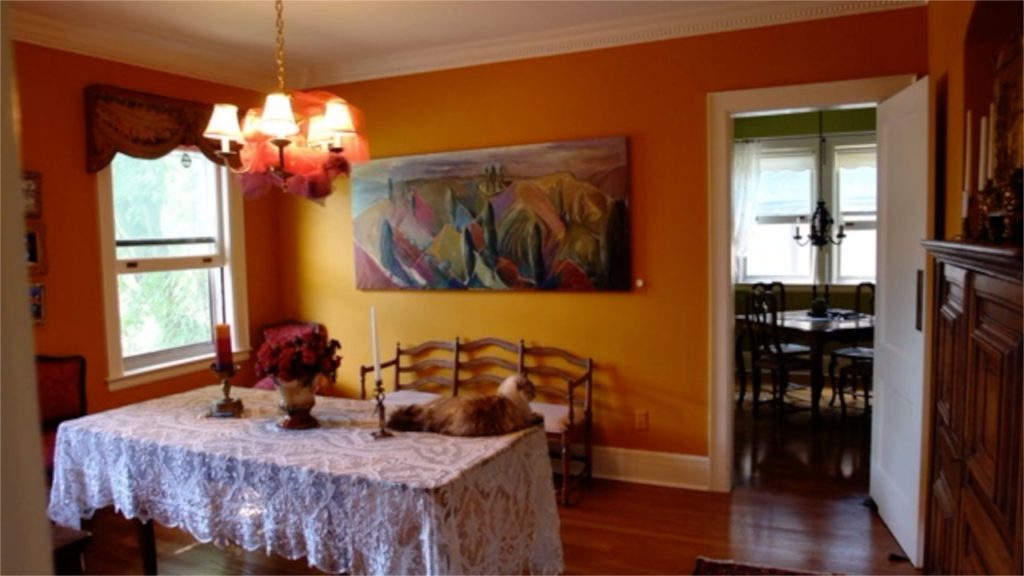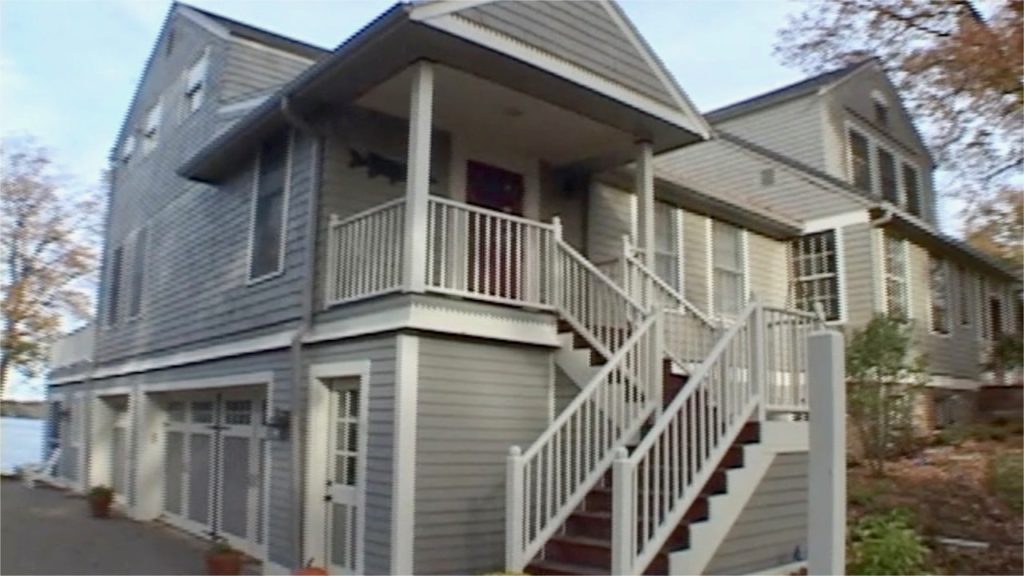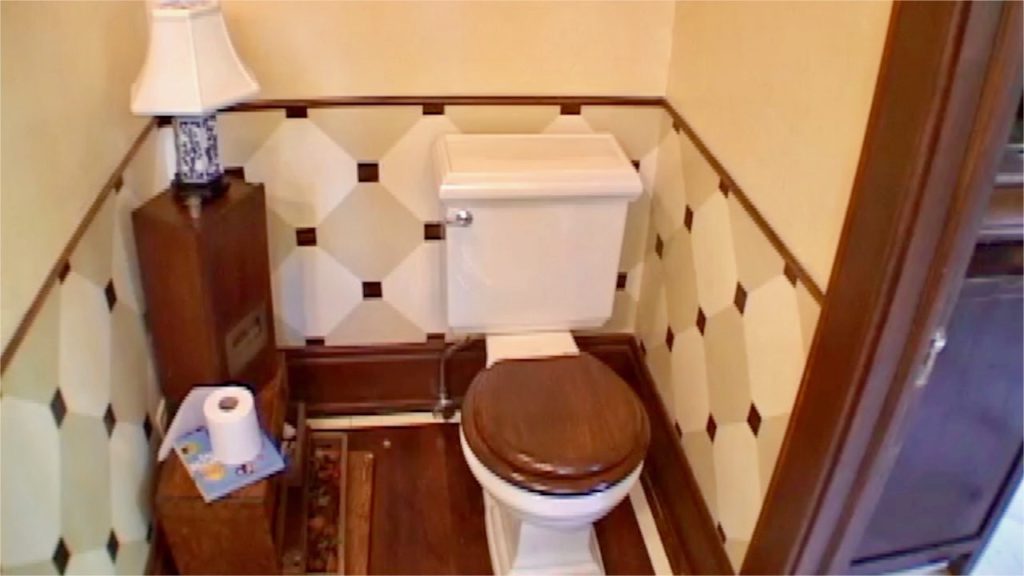About Frank Sander
Life, work and mission.
In recent years after my move to Knife River, MN my work has shifted from large scale art installation toward documentaries, mico-documentaries and the further development of the Little Knife Sanctuary.
FRANK SANDER
In 2005 2007, and 2012, I traveled to China to start filming the Chinese minority people in Yunnan Province. I will visit China again, continue the filming, and edit and produce a completed documentary film. My intent is to document the relationship of these people to nature, and to show their present situation as rapid social, cultural, and political changes permeate their lives.
Education
Fachhochschule fur Bauwesen/Engineering and Architectural Institute 1970 – 1974
Hamburg, Germany
Hochshule fur Bildende-Kunste (Institute for Fine Arts) guest 1975 – 1978 Hamburg, Germany
Awards & Achievements
2006 Hamburg Germany, “The Making of Paul’s Opa” film debut, German American Cultural Center, St. Paul, MN
2006 I-Park Artists Residence/ Film Commission/ New Year 2005-2006
2005 St. Paul Foundation/ China Travel & Study Film Grant,Yunnan Province/China
2005 Film Commission/ Farm in The City/ Documentation of Highland Park Project
2004 Minnesota State Arts Visual Arts Fellowship Award/ Multi-Media Installation
2004 Minnesota State Arts Board/”Winter Birds” Public Art Project Award/ Fergus Falls, Minnesota
2004 Great Plains Museum, Fargo, S. Dakota, “Uncanny Visions 2 “ Multi-Media Installation
2004 I-Park Artists Enclave, Artist Residency & Film Debut, East Haddam, Connecticut
2003 University of Tasmania, Artist in Residence, Hobart, Tasmania Australia
2003 Phipps Center, Uncanny Visions, Hudson, Wisconsin
2001-2002 Sitka Center for Art & Ecology/Artist Residency, September-February 2002
2002 Portland Contemporary Craft Museum/Film Debut “Vladimir Tsvisin, Artist at Work”
2002 Sitka Center for Art & Ecology/Film & Exhibit/Artist at Work, Digital Cinema Series
1999 Minnesota Artist Exhibition Award/Solo Exhibit, Minneapolis Institute of Art, Minneapolis, Minnesota
1999 Arrowhead Regional Arts Career Opportunity Grant
1999 Vermi-Composting Greenhouse /Grant award for passive solar greenhouse for Lake Superior Technical College, Duluth, MN
2000 Minnesota State Arts Board Career Opportunity Grant
2000 Minnesota State Arts Board Visual Arts Fellowship
2000 McKnight/Minneapolis College of Art and Design Fellowship semifinalist
2000 Jerome Travel and Study Grant, Environmental Art Institute, Sitka, Oregon
2000 Arrowhead Regional Arts Visual Arts Fellowship
1998-2000 Minnesota Artist Exhibition Program panel member, curated exhibits at the Minnesota Artists Exhibition Gallery, Minneapolis Institute of Art. Minneapolis, MN
Awards & Achievements
2000 Artist-in-Residence /Rudy & Lola Perpich Center for Arts Education, Mpls, MN
1997 Common Language board member, developed artists group promoting arts opportunities
1982 Hamlin Award, Hamlin, Germany, Public Art Commission, Youth Prison, artist-in-residence
Exhibitions
2004 Minnesota State Arts Board/ Arts Across Minnesota
2004 Plains Museum/ Uncanny Visions/ The Romantic Landscape Fargo, North Dakota
2002-2003 Daum Museum, “Awakenings” Sedalia Missouri
2002 Phipps Museum, “UnCanny Visions” Hudson, Wisconsin
2002 Portland Contemporary Craft Museum/Film Debut “Vladimir Tsvisin, Artist at Work”
2001 Sitka Center for Art & Ecology/Film & Exhibit/ “Patricia Canelake,Artist at Work,” Digital Cinema Series
2001 Sitka Center for Art & Ecology/Film & Exhibit/ “Gene Gentry McMahon, Artist at Work,” Digital Cinema Series
2000 Great Lakes Aquarium, Earth, Wind & Water, Duluth, MN
2000 Necessary Differences/No Name Gallery, Minneapolis, MN
2000 Art Across Minnesota/Minnesota State Arts Board, St. Paul, MN
2000 Foot in the Door Show, Minneapolis At Institute, Minneapolis, MN
2000 The Deal, No Name Gallery, Minneapolis, MN
2000 KESS Gallery, Twelve Artists and a Poet, Ely, MN
2000 Perpich Center for Art Education, Mentor Exhibit, Golden Valley, MN
1999 Minneapolis Art Institute/Minnesota Artist Exhibition Program “Humanature”. Solo exhibition of three environmental installations
1998 Projects for the city of Duluth, Minnesota. Designed safe kayak harbor viewing tower.
“2001 and Beyond, Visioning Project”, Duluth, MN
1996 Community Garden Public Art Project, Duluth, MN Duluth Zoo
1995 Lutsen House, Lutsen, MN Designed and built home utilizing passive solar design
1995 Halquist House, Duluth, MN Passive solar design integrated into turn of the century architecture.
1994 Designed teahouse & Japanese garden incorporating ravine, bridge, gardens, and sculpture
1999 Vermi-Composting Greenhouse /Grant award for passive solar greenhouse for Lake Superior Technical College
1983 Northern Sun Poster Collective Art Exhibition, Mpls, MN, founding member
One person exhibition at The Minneapolis Institute of Art under the Minnesota Artist Exhibition Program (MAEP).
Special thank you to Stewart Turnquist and Cynde Randall who created the MAEP.
As the crickets soft autumn hums
is to us
So are we to the trees
as are they
to the rocks and the hills.
~Gary Snyder~
Minneapolis Institute of Art
"Through his exhibition Human Nature, Sander meditates on the separation between humans and nature."
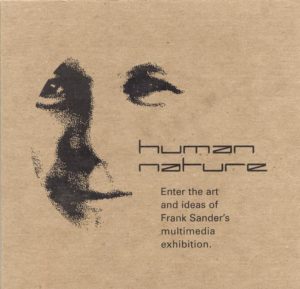
One Earth, One Chance .
"One Earth, One Chance" is the eco-imperative that links the philosophy and work of Frank Sander, whose new installation Human Nature is on view at The Minneapolis Institute of Arts from July 16 to September 5, 1999.
Frank Sander was born in 1949 in Hamburg, Germany. His childhood was shaped by art and the early awareness that his creative flow and his communications with others were best channeled through palnting and drawing (a fact that did not escape his father, who saved everything that young Sander made).
Sander's love for art and his early concern for the consequences of human behavior were intensified by the lasting effects of World War II. From 1943 until the war ended in 1945, Hamburg had been heavily bombed, and Sanderís memories are filled with rubble and people scavenging. He was preoccupied with the knowledge that skeletons and treasure lay buried beneath his city. Neighborhood friends had prevented an important collection of expressionist paintings from falling into the hands of the Nazis. Works by Franz Marc (including a small painting of blue horses), Emir Nolde and Otto Dix captivated young Sander, who lived just next door.
Following high school, Sander began a three-year carpentry apprenticeship and after completing it decided to study architecture which he did for three years: But architecture did not suit his temperament; he needed something more expressive, something more subversive. So he enrolled in art school again, he studied for three years, but he felt stifled by minimalism, the movement then touted by academic institutions around the world. In 1979 Sander set out in search of the form that could hold his expression.
He left Germany for Copenhagen, where he stayed for nearly two years.There he created a series of Super 8mm films that explored the relationship between time and movement. And he befriended an American who invited him to visit Minneapolis; an event that changed the trajectory of his life. After seeing the Boundary Waters Canoe Area and the northshore of Lake Superior, he knew that he would stay in Minnesota. The long winters and the character of the people resonate with his somber nature. Through the eighties Sander created a body of politically charged paintings and expressionist woodcuts. In 1990 he moved to Duluth. Ensconced in Minnesotaís Arrowhead region, Sander developed a profound appreciation for nature. Snowshoeing became a favorite winter pastime, Often taking him across land adjacent to the Knife River. "There is nothing like snowshoeing in the moonlight for an hour and a half or so, and 'stopping to rest with a thermos of hot soup," he says. Sander learned that if You are connected to nature; you can live very simply and through simplicity comes freedom. His commitment to healthy leasing of the earth is now apparent in virtually everything he does. From his design for passive solar homes to his recent prototype for a worm-composting greenhouse which was recently built by the Lake Superior Technical & Community College. It was funded by an environmental Minnesota State Grant.
As a mature artist, Sander combines his skills in carpentry, architectural, and fine art to produce environmentally sensitive structures and sculpture.
He believes adamantly that, if we are to survive, the environment must be our primary issue. "You have to live your time and make a decision. What is your responsibility?" asks Sander.
The installation features three architectural components-Fishhouse, Beaverhouse, and Bathhouse. Using a wide variety of found organic forms and constructed materials, Sander offers the viewer three distinct sensory experiences, each with many symbolic references, each holding space for the viewer's contemplation.
Fish/house speaks of the container of time and the socialization of the human soul. Its roof is ash- and beeswax-coated boat, overturned and Beaverhouse comments on our calculated, often ruthless exploitation of nature. The roof-an abandoned beaver den-is supported by a log frame of poplar felled by beavers. Underneath sit seventy government-issue file drawers, each containing a beaver skull. The skulls were discovered by friends of the artist at a remote woodland site where a long-ago trapper had tossed the slaughtered creatures. "It was a terrible place," Sander says.
Beaverhouse reveals a chilling irony: compartmentalization brings death, not safety. The illusion of separation allows the ongoing mistreatment of the planet. The writer Theodore Roszak calls this "the epidemic psychosis of our time" and warns that "a culture that can do so much to damage the planetary fabric that sustains it, yet continues along its course unimpeded, is mad with the madness of deadly compulsion" (interview with art critic Suzi Gablick).
The third component of Sander's Human Nature is more hopeful, suggesting that we can find our way back, we can remember. Bathhouse is roofed with a large aquarium containing live fish and plants. It offers seating-a chair standing in a small reflecting pool that, to the artist, signifies human consciousness. The pool and chair beckon. The viewer must choose. To stay outside is literal separation; the fish remain mere reflections.
"Can we give up our isolation?" asks Sander. "Can we find our way to harmony? Artists like Sander and writers like Abram help us see that an affirmative answer requires us to honor the reciprocal relationships among the living beings of Earth. Sander will continue to devote his art and life to advocating for nature, and he invites us to join him in holding that intention, so that together we can create a new paradigm for living.
Cynde Randall
Cynde Randall is an artist and the Program Associate to the MAEP
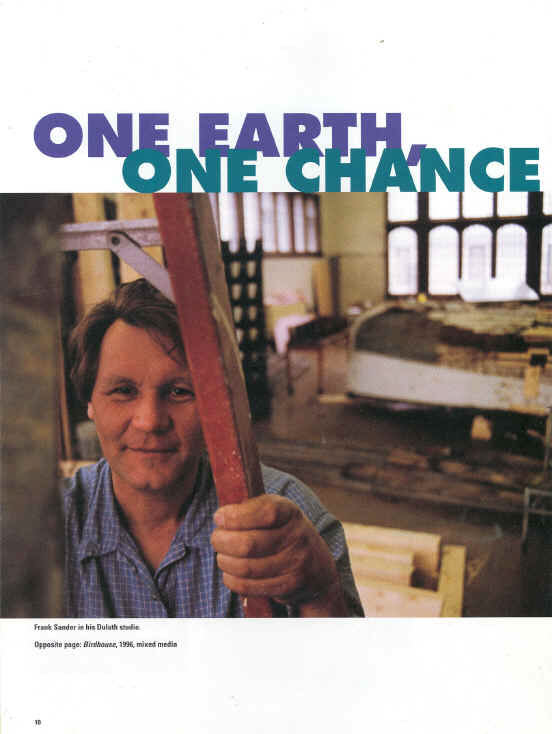
Getting Ready ,Preparing for The Exhibition-Studio in Duluth Minnesota.
Special Thank you to John Steffl for his support
Newspaper Articles in response to visits to studio
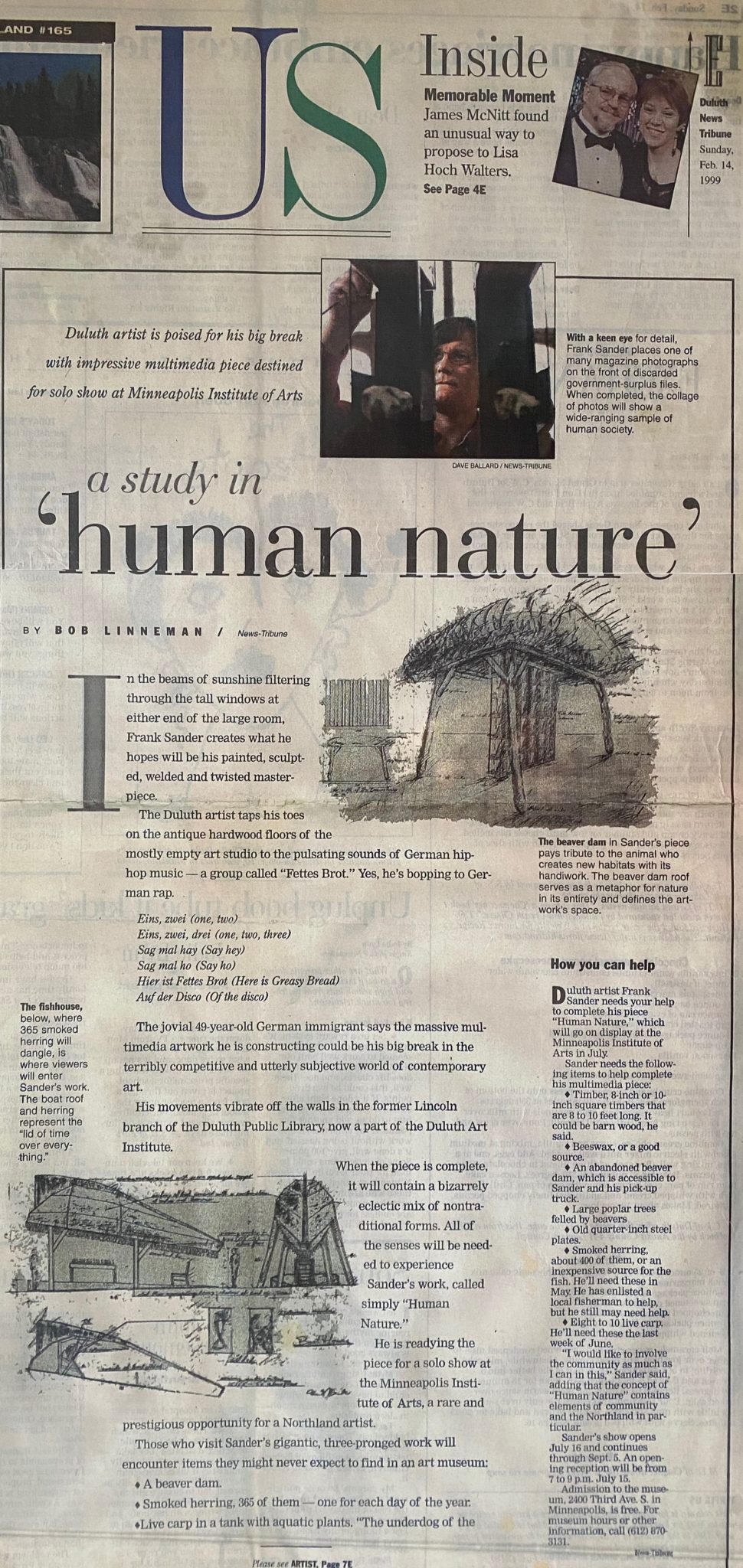
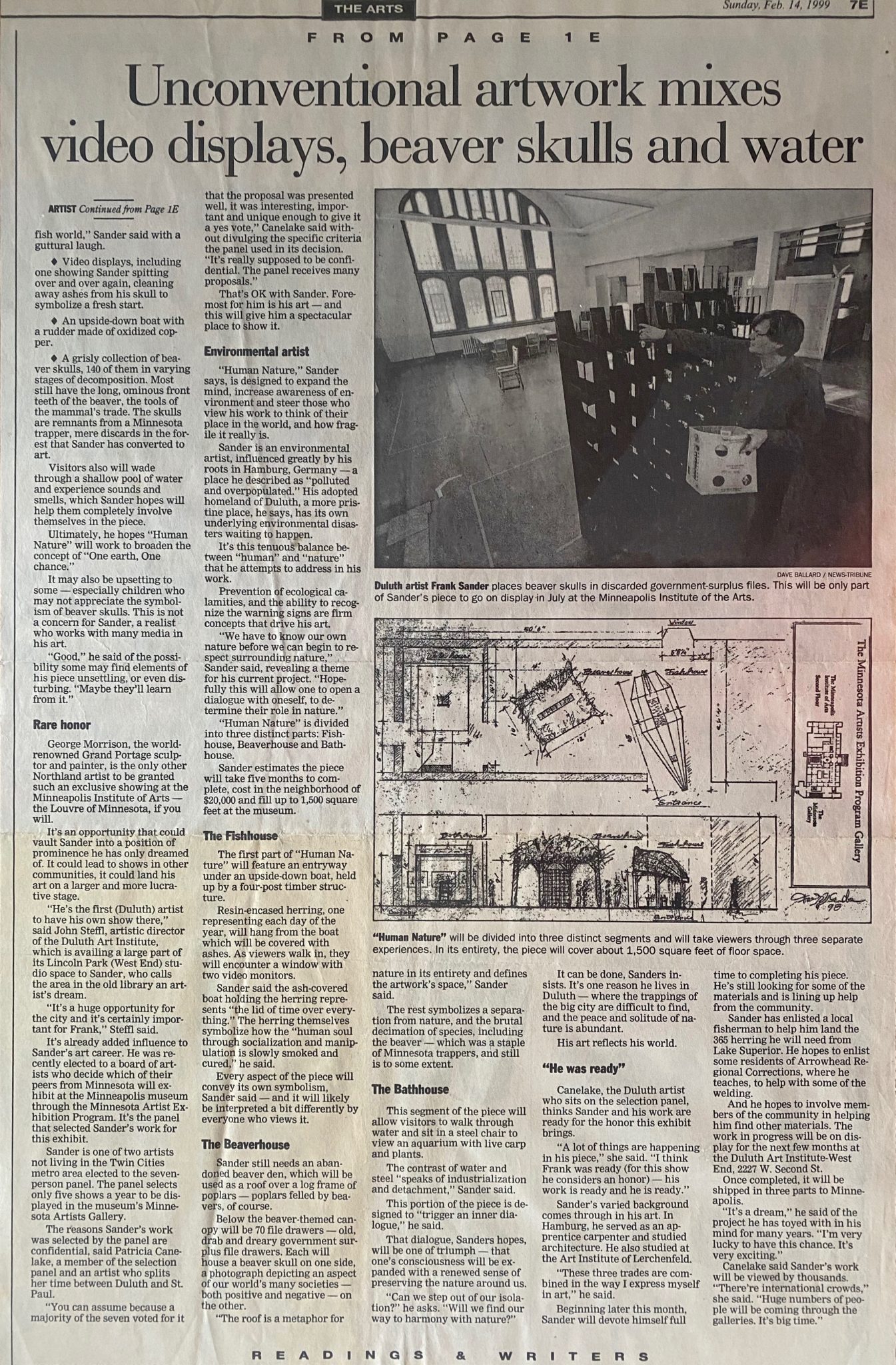


Installation Human Nature at The Minneapolis Institute of Art
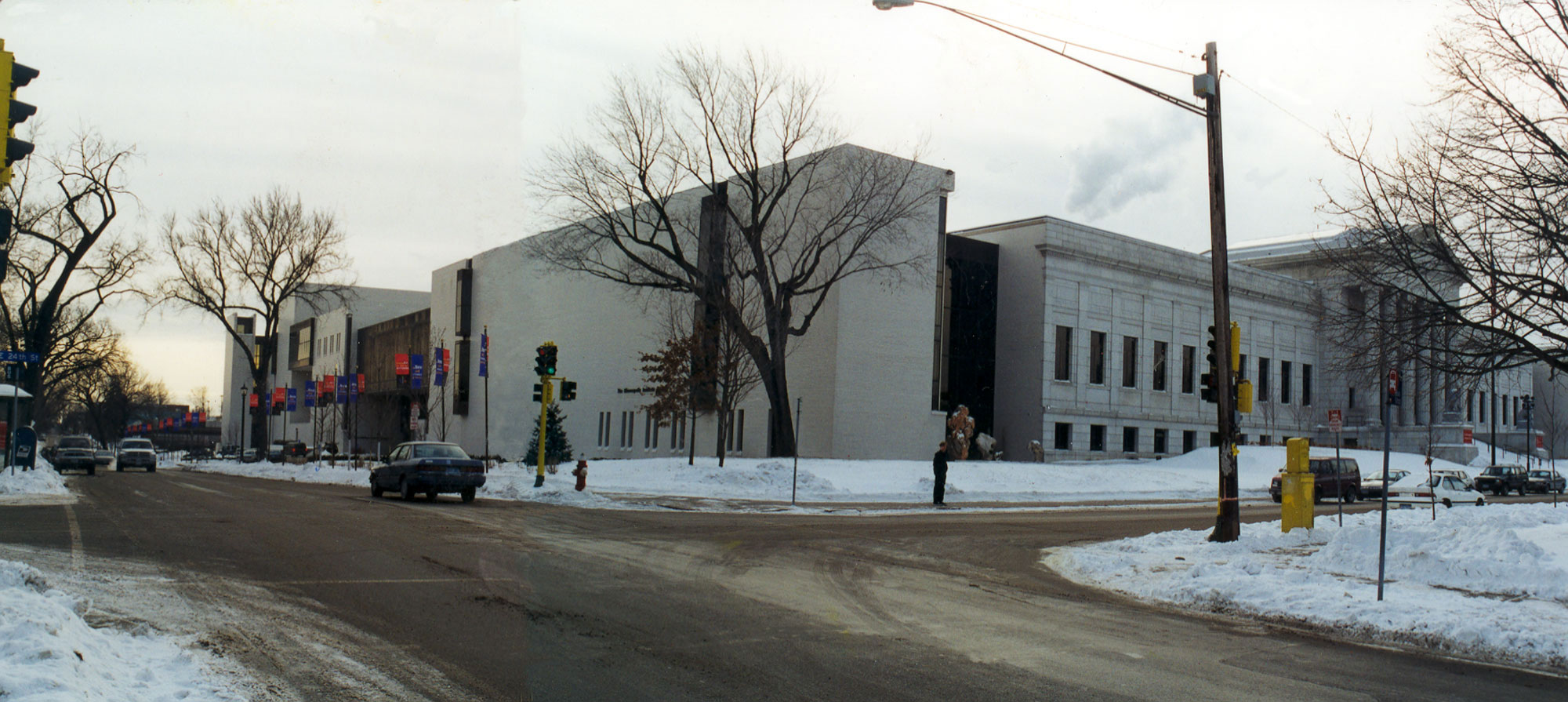
Setting up the exhibit at the Minneapolis Institute of Art (MIA)
Notification to the Opening
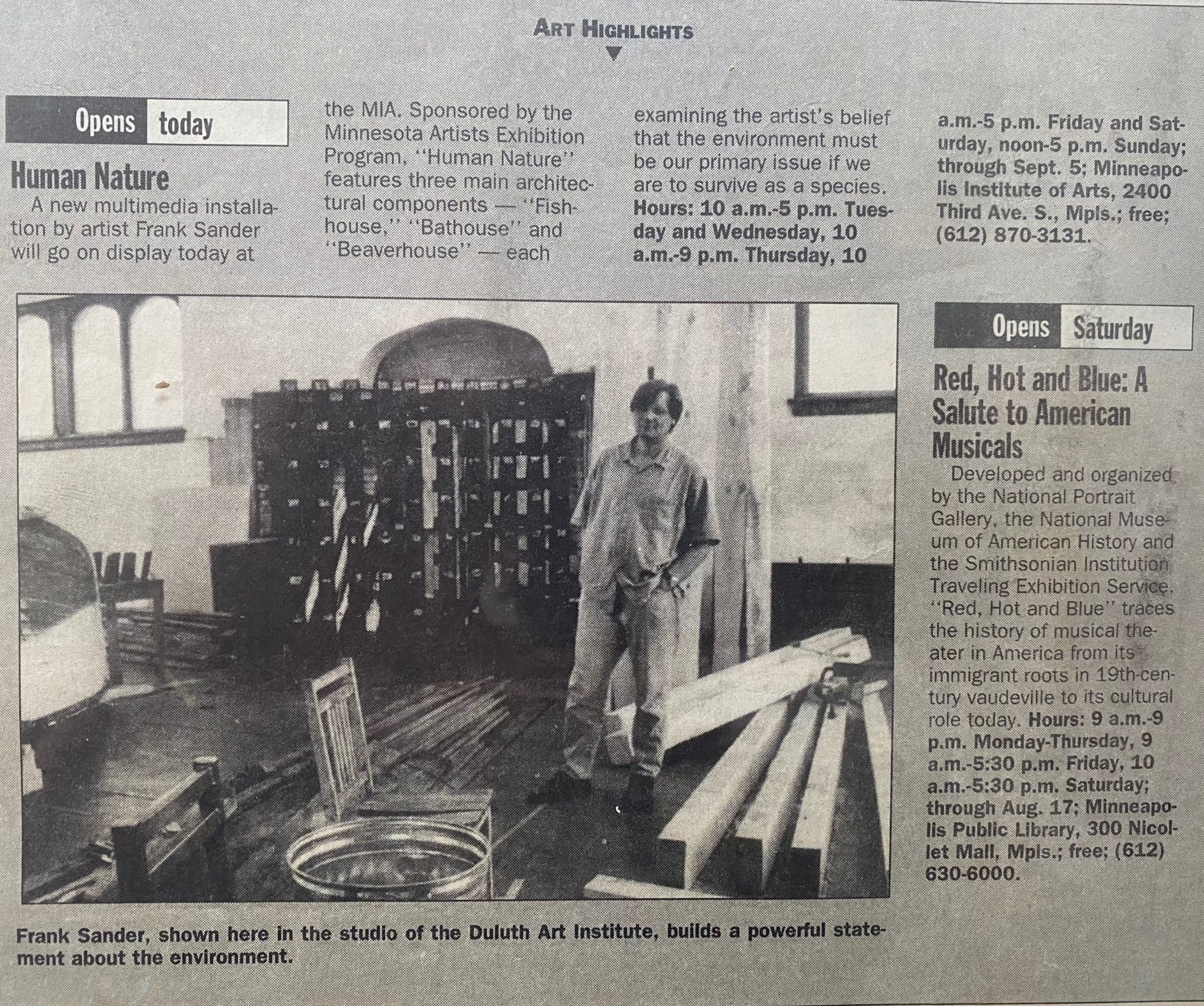
Installation Human Nature -Fishhouse
Fishhouse is roofed with a lake Superior fishing boat from the 1920s, resting on a four-post timber-framed structure. The upper surface of the roof-boat is covered with beeswax and ash. Three hundred and sixty-five Smoked herring encased in resin hang underneath the boat. Toward the front of the boat, a windowlike opening lets viewers look into the hull.
Within the hull, a TV monitor with a split screen shows synchronized video images. The left half shows a triangle with an oval above it symbolized male and female. A hand traces "z" shapes over and over until they form a schematic fish. The sound of the graphite scratching amplified draws viewers to the window. The right half displays my own head covered in ashes.
I spit on my hand and slowly wipe the ashes away. The sound of spitting is synchronized with the drawing sound, creating a two-part rhythm.
The floor of the fishhouse is a steel ramp in the same shape as the boat, like a shadow, the ramp rises up to 24 inches on the far end. At the upper end stands an angled table holding a number of paintings and panels. Each picturing either two smoked herring or a human couple. At a distance from the table at the ramps lower end is a single empty chair. The angled table resists sliding downward towards the chair.
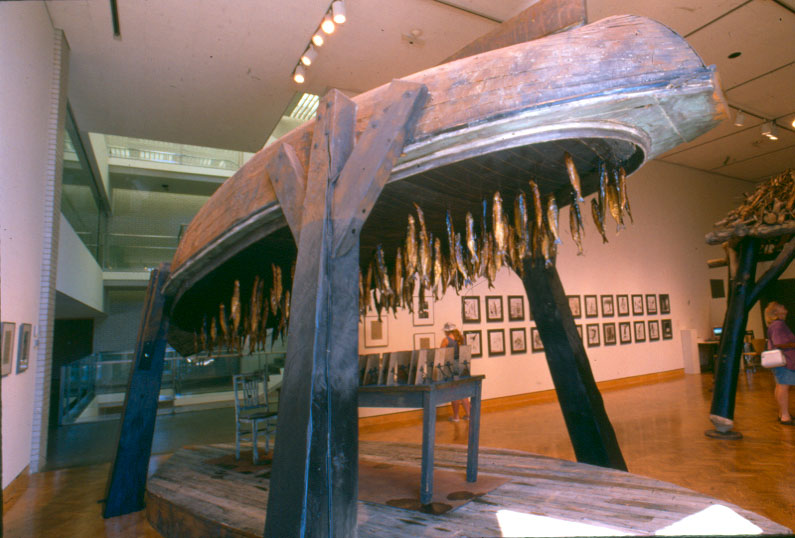
Installation Human Nature -Beaverhouse
A log frame of poplars felled by beavers supports a roof made from an abandoned beaver den. The chewed-off ends of the poplars rest on-the floor. Underneath the roof, seventy file drawers from an old green metal government file cabinet are stacked in seven columns. In the open back side of each file drawer is a beaver skull. The label holders on the fronts of the file drawers contain different photos of elements of human society.
The beaver, a builder, dams and regulates water out of natural instinct, in the process of creating new habitats. The roof is a metaphor for nature in its entirety and defines the artwork's space. The front of the file-drawer columns speaks about human society and how we have separated ourselves from our natural selves and nature. I chose the beaver as a metaphor for nature because, once plentiful in the Arrowhead region, beaver was nearly decimated by trapping to supply fur for high fashion in Europe. In some areas, the trapping of beaver is still a source of income.
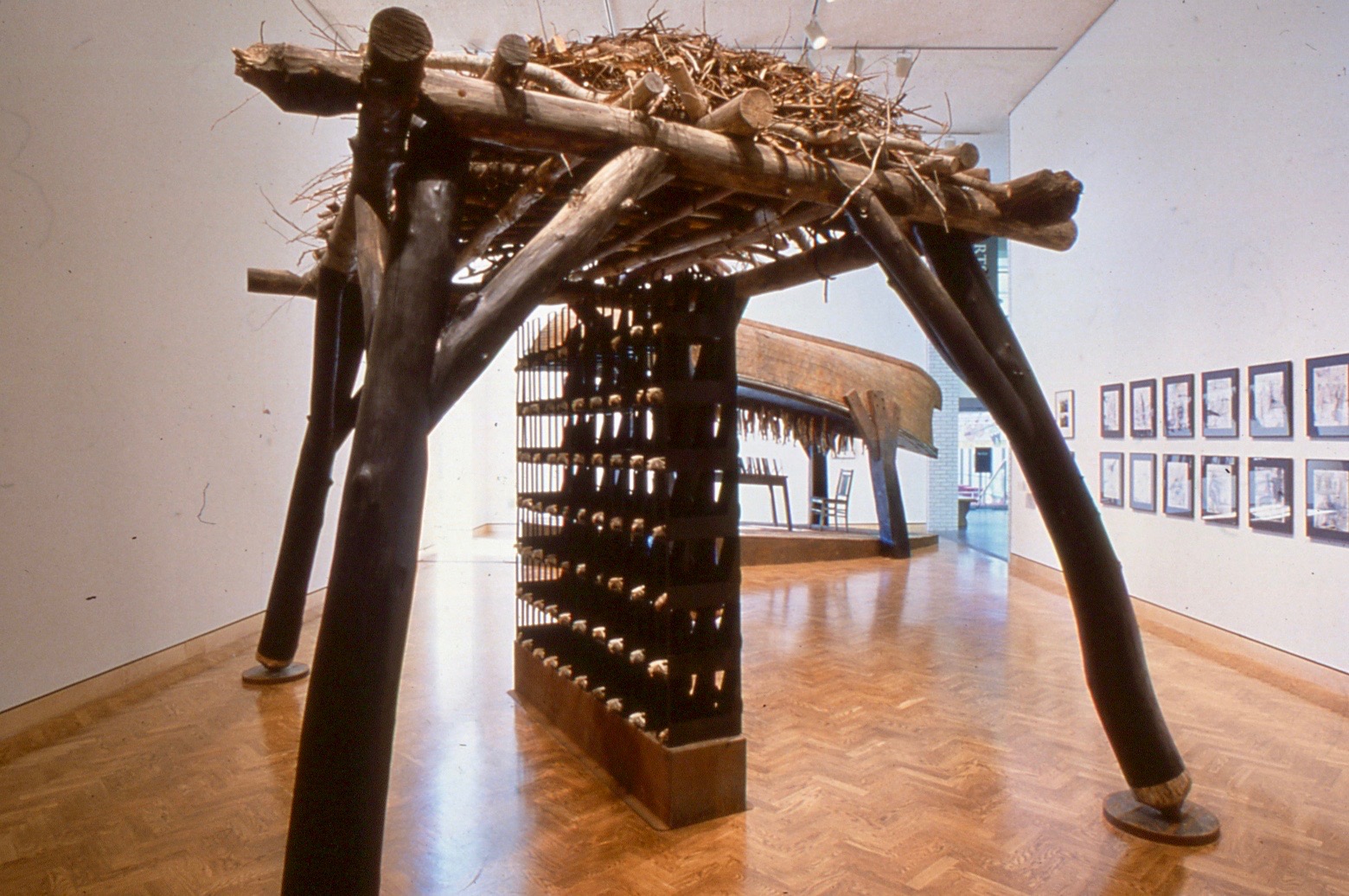
Installation Human Nature -Bathhouse
Four steel pillars support a flat roof of sheet metal. In the center of the sheet metal roof is a lighted aquarium containing live fish. Directly underneath the aquarium a metal chair stands in a black pool of water, the same size as the roof. Viewers can take off their shoes and walk barefoot through the water to the chair. A person sitting in the chair will see, in the dark water of the pool, his or her own reflection combined with that of the lighted aquarium. Large (3x4-foot), bird's-eye view, black-and-white photos of a human figure swimming in Lake Superior surround Bathhouse.
Walking in water barefoot to the chair, feeling wetness on one's own skin, sitting underneath live fish, is direct experience. In contrast, looking out at photos, even photos depicting a human in nature, is a second-hand experience. The cold steel structure speaks of industrialization and detachment, but in the pool of consciousness, people see their own reflections combined with nature (the aquarium). This triggers an inner dialogue, raising questions of personal relationships with nature. Is it inevitable that humans will always be separated from nature by virtue of
consciousness? Can we step out of our isolation? Will we find our way to harmony with nature? How are we each responsible?

This CD-ROM was designed and produced by new-media artists Ove Sander and Tobias Aderhold
My nephew Ove Sander and his friend Tobias Aderhold, both from Hamburg, Germany, offered to create a digital tool of the exhibition. They worked side by side in the studio location where they created an extraordinary digital exploration of the exhibit "Human Nature". In 1999, this CD was innovative and forward thinking. Most of the work was programmed by them as there was no existing software to accomplish what their ideas were. It was very exciting experience to work so closely with them and to realize the potential of the new technology. They were pioneers in this field and the Minneapolis Institute of Art was supportive and appreciative of their skills. Their creativity was in using technology to explore the process of art making, meaning, and display. As part of the exhibit a red Apple I-Mac computer was displayed for guests to explore the DVD. In addition complimentary DVD discs were available nearby for museum visitors to take home.

The following movie is a short demonstration of their work.
In Progress
On the last 30 days every night after work, I made one drawing which documented the increasing pressure to meet the deadline. This was part of the Human Nature exhibition.
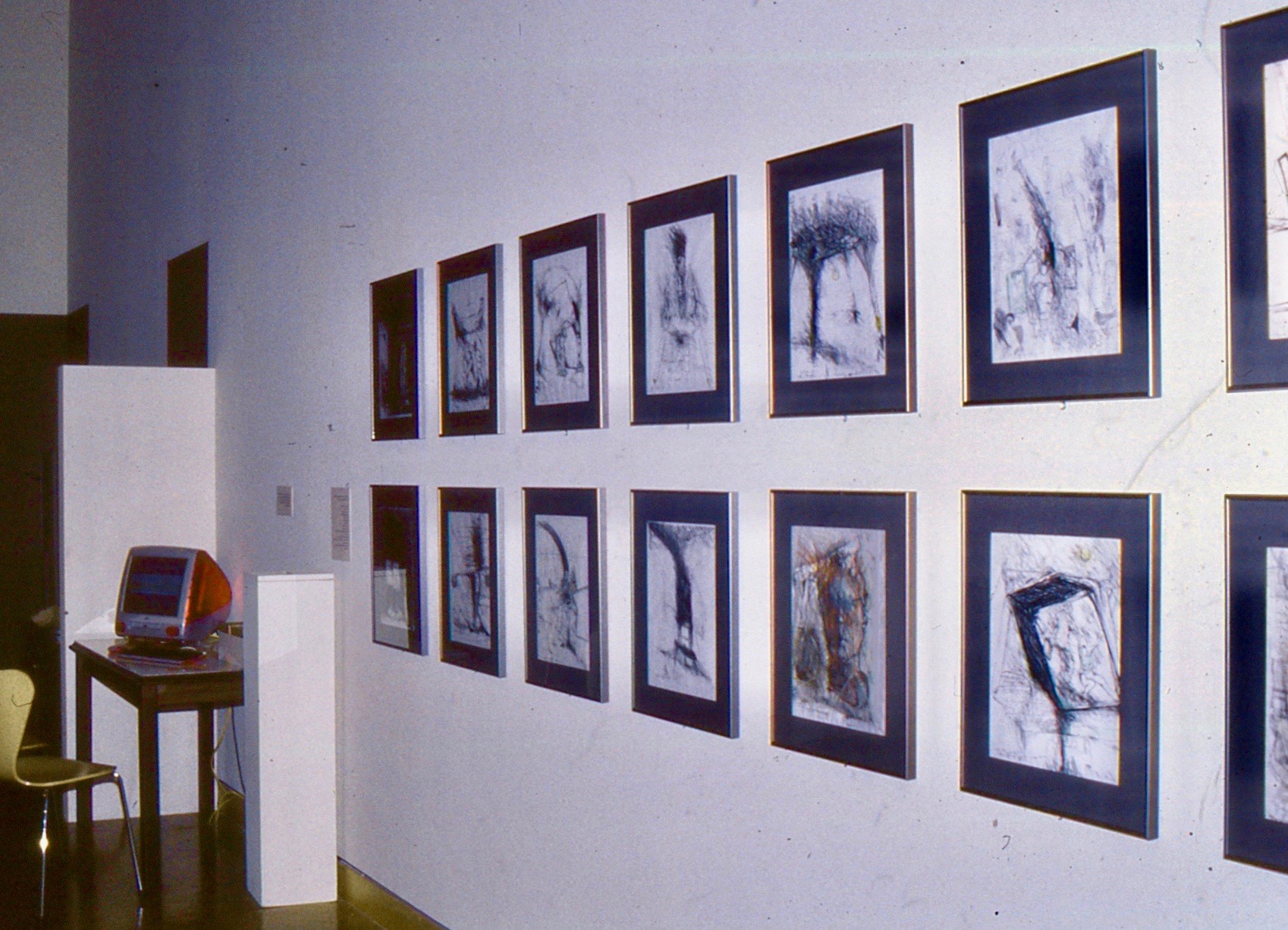
Newspaper Critique
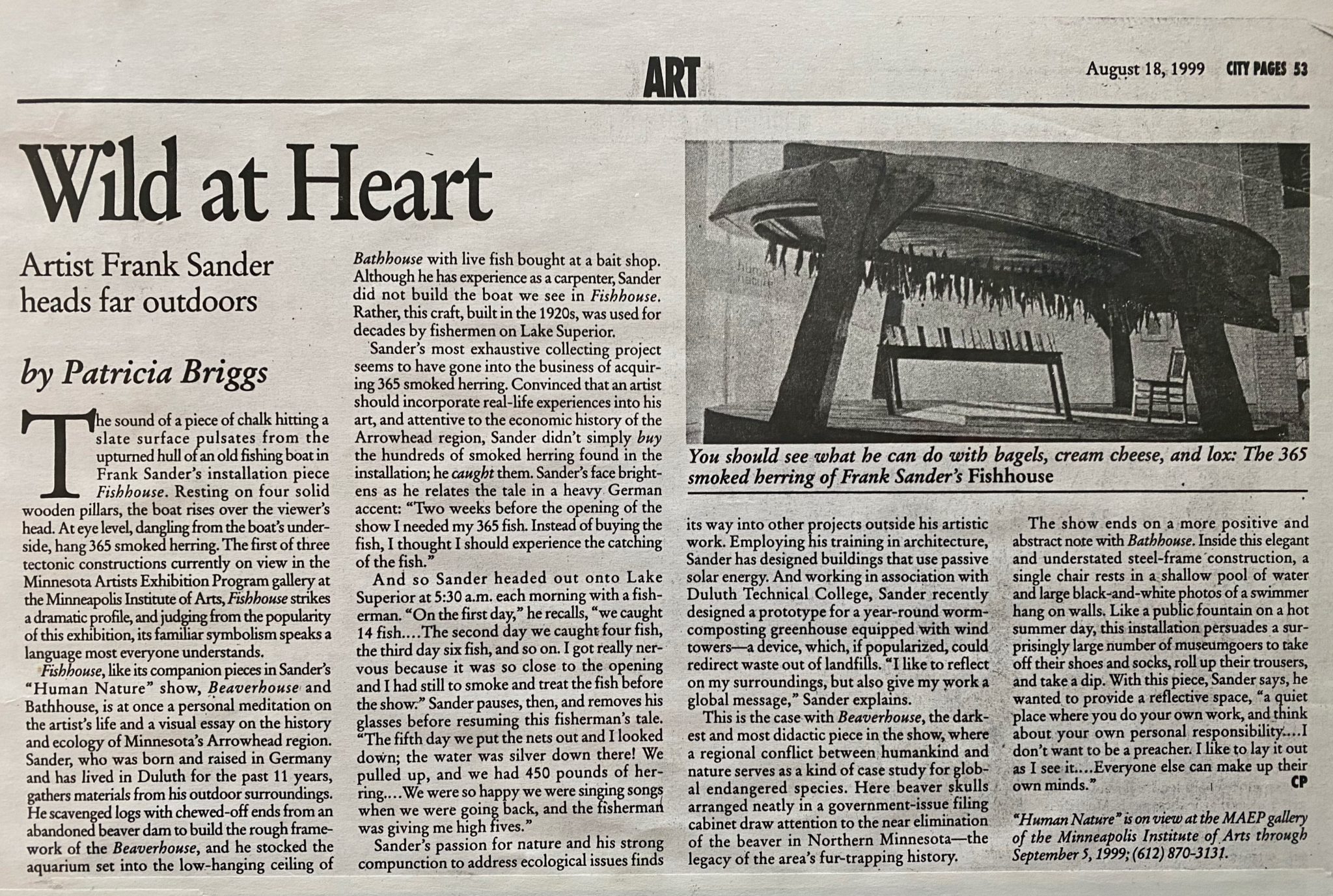
Human Nature Day 21 / Permanent Collection of The Minneapolis Institute of Art / Minneapolis, Minnesota
Human Nature Day 21, 1999 Frank Sander
Graphite and pastel on squared tracing paper
Not on View
Born in Hamburg, Germany, Frank Sander studied architecture and visual art in his home country, but since 1981 has lived and worked in Minnesota. Ensconced in our state's expansive natural environment, Sander started meditating on the inherent connections between humans and nature,
and developed a profound personal appreciation for the natural world. His art practice and philosophy reects the work of the American ecologist and philosopher David Abram. According to Abram, nature is an interconnected matrix, and reciprocity, not hierarchy, is the real dynamic of life. Human Nature Day 21 is part of a series of drawings Sander prepared for a large and multifaceted gallery installation that premiered at the Minneapolis Institute of Arts in 1999. As part of this installation, Sanders placed a wooden chair in a shallow pool of water containing small -. The chair was both symbolic and utilitarian, intended as an opportunity for the quiet contemplation of nature. In this context, Sander's expressive drawing is emblematic of our intrinsic relationship with the natural world.
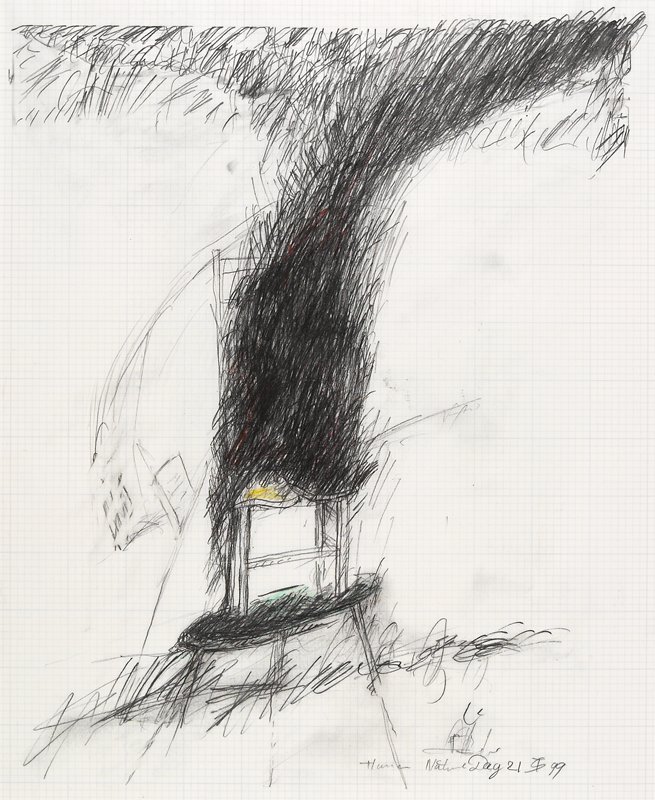
https://collections.artsmia.org/art/32236/human-nature-day-21-frank-sander
No Name Gallery Necessary Differences/2000
The Last Landscape
This work speaks about human relationships. When you are in a relationship you create your own shared landscape. you carry t he landscape with you as long as you walk together.
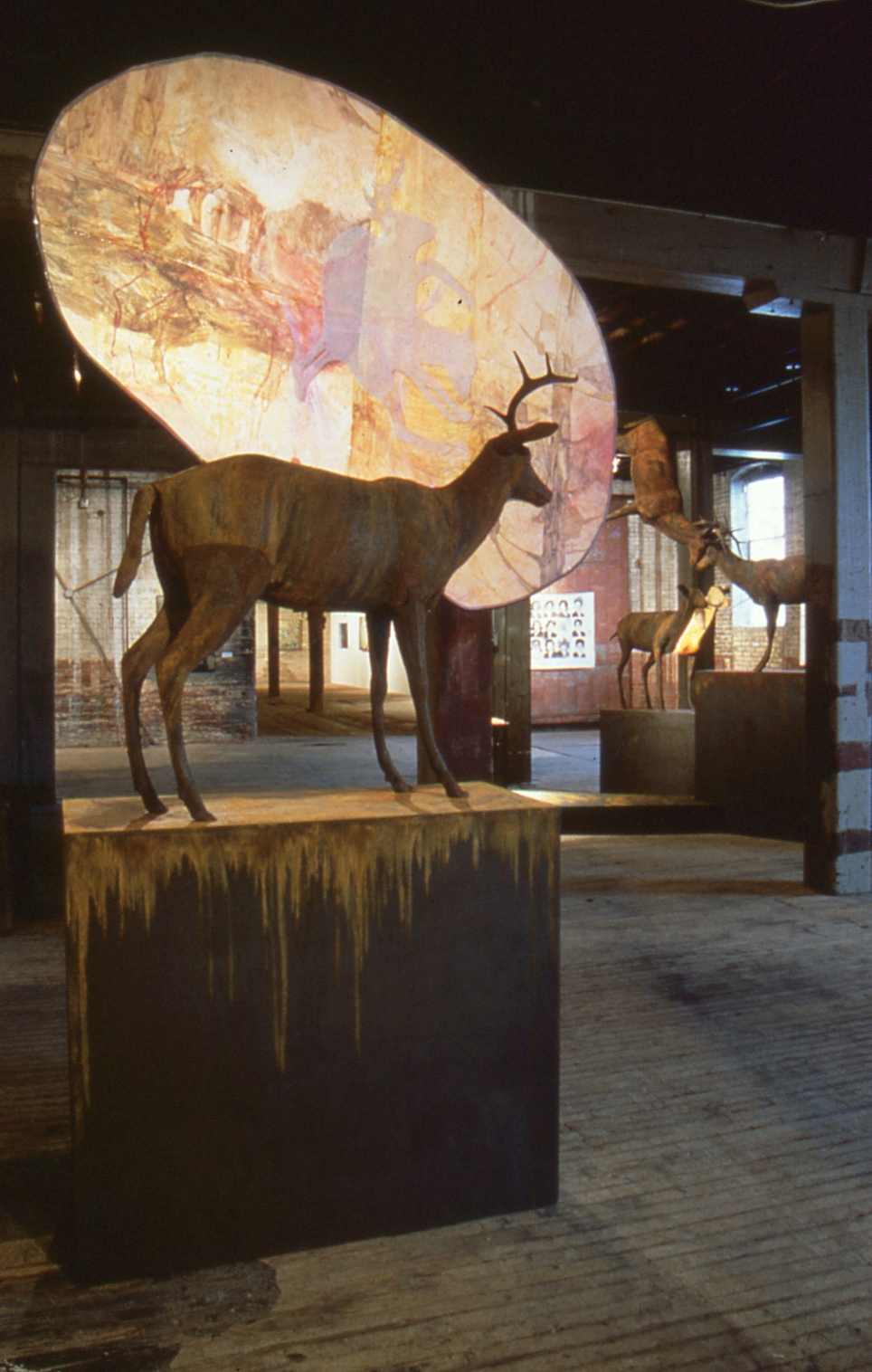
Manly Love
This series of laser prints and vellum cutouts address the agony of gay youth when they are coming out of the closet. This artwork is low on the ground, so that as people travel the length of it , they can discuss the issue as they look and walk.
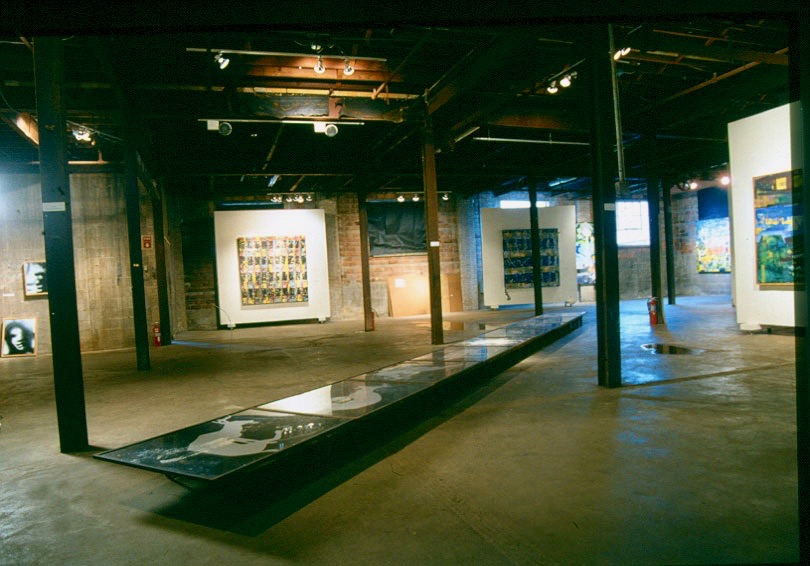
Oh Boy! What a Great Stud I Am
This work talks about the competitiveness between males to impress females. This is based on British romantic landscapes where male elks are used to symbolize male domination and potency. This attitude in Europe helped to slide into World War I. This is interactive piece. The empty chair has been offered to every male who felt ,"Oh Boy! What a Great Stud I Am".
UnNecessary Differences
This multimedia piece includes smoked herring, plexiglass, and an audio tape recorder. With each fish is a recording where the male voice sings "I am in love with you", in a monotone, singsong voice. The subject of narcissism is conveyed by the golden herring singing a love song to themselves. I want to be the golden herring, I want to be the shiniest fish in the pond.
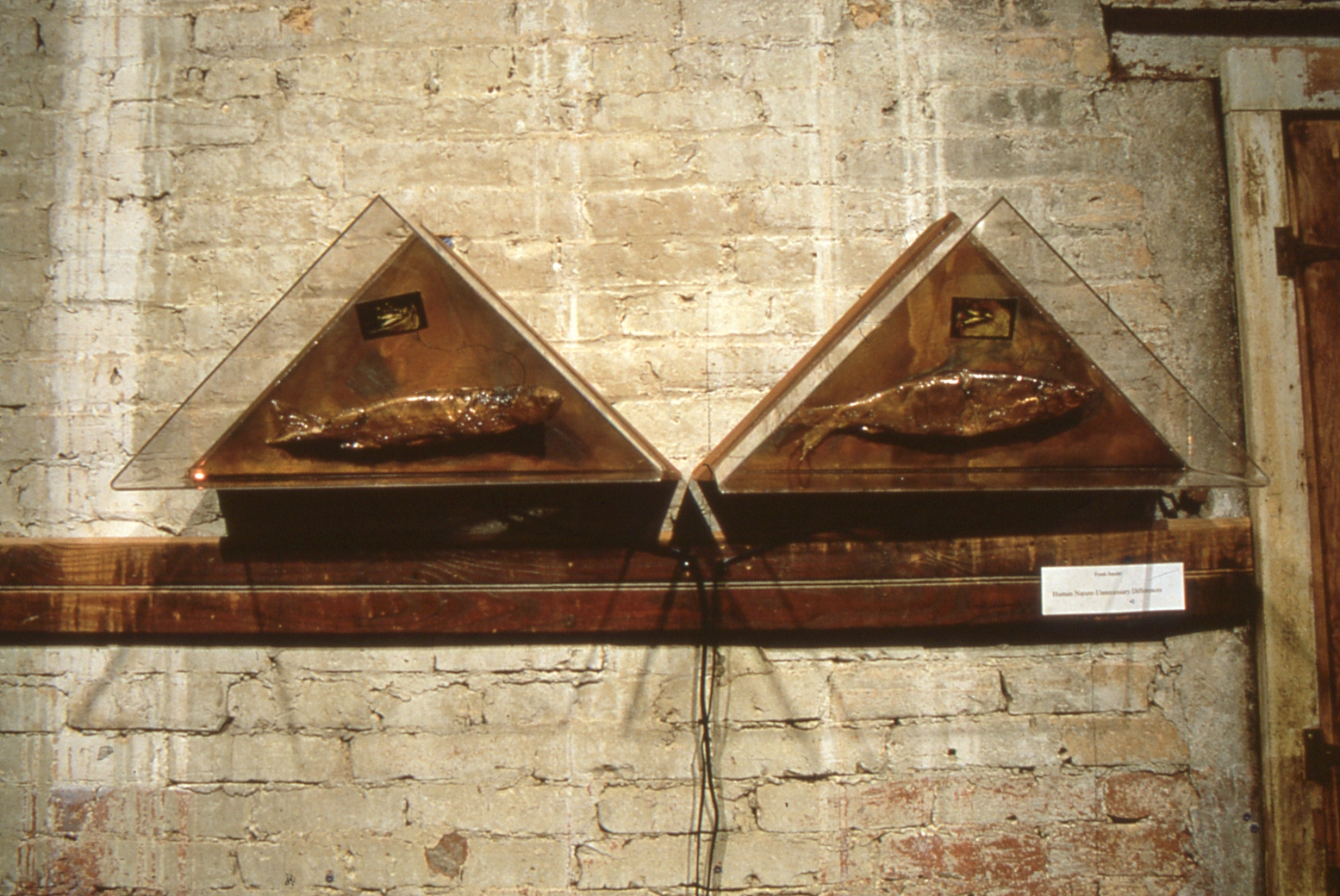
Under the Blue Moon. Smoked herring, blue photo of myself swimming, tape loop of me singing “Under the Blue Moon”. This piece has also been shown at The Minnesota State Arts Board.
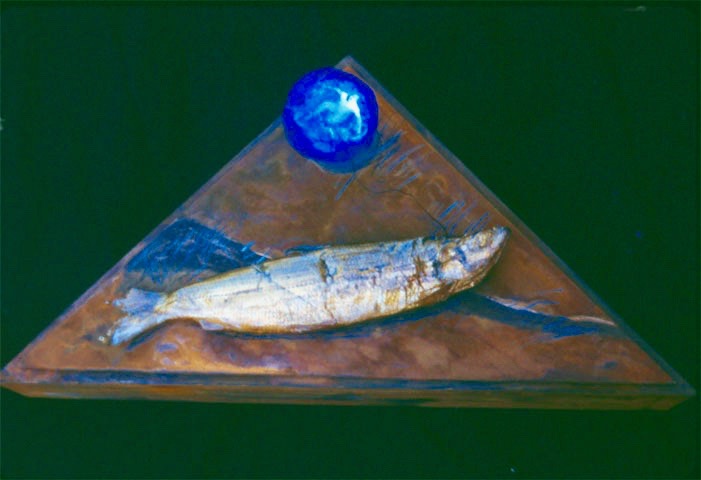
This piece, “The Last Landscape” has been shown at several locations.
Of all the work in Awakenings, Frank Sander's three large-scale, architectural structures--Human Nature: Exploitation, Relationships and Race Relations-- perhaps require the most active navigation;stunning in their physicality, they unfold through a series of long views and close ups, layering sight, sound, smell and touch.
Studio in the Woods - Getting Ready
Special Thank,s to Dennis Gonzalez for his support.
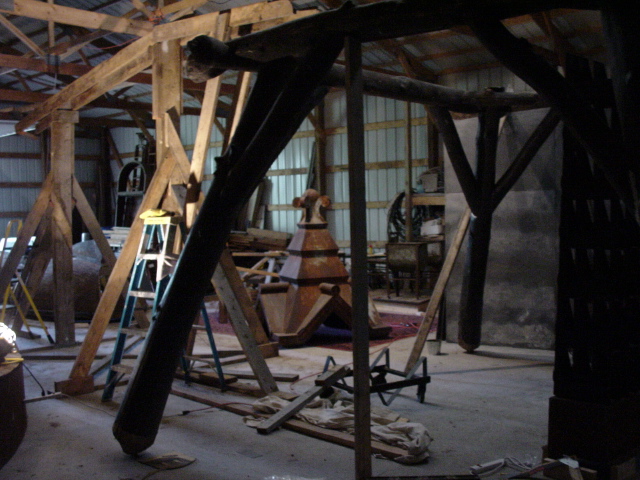
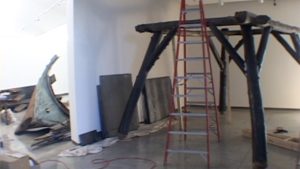
On the way to Daumer Museum of Contemporary Art, Sedalia, Missouri. Setting up the Installation.
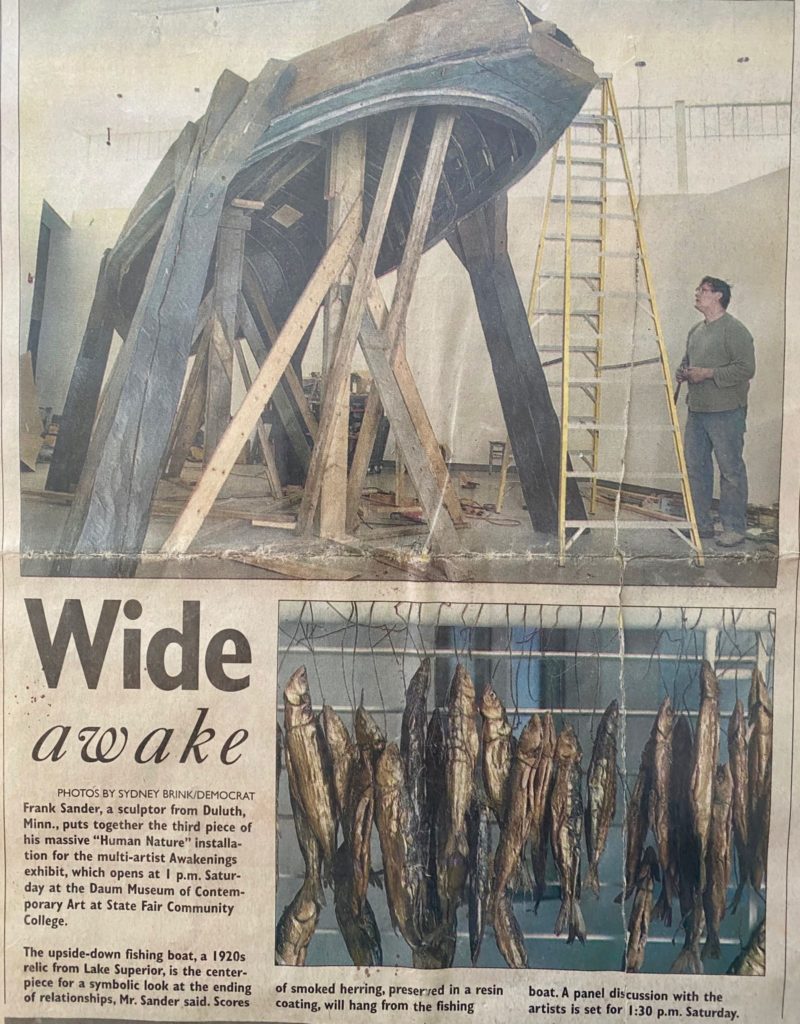
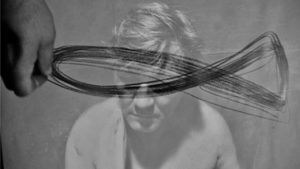
Human Nature/ Relationships.
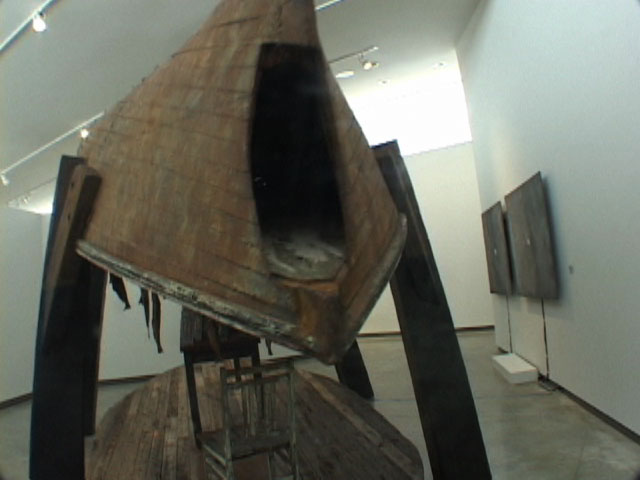
Human Nature/ Fish house was originally shown at the Minneapolis Institute of Art as part of the Human Nature/Series. The new version is titled Human Nature/ Relationships and includes a new film to give the piece a new meaning.
The film in the boat of time actually starts out with a triangle and oval drawing representing male and female. In drawing them together, it becomes the shape of a fish and represents , connecting and swimming together. In overlapping the lines you create the dimension of shared time in the relationship. When a relationship ends, what is left is a two-dimensional memory. This folded up representation of memories slaps painfully against your face. I let the film play backwards to emphasize, that with the pain you take away the grieving and feeling of emptiness. When the pain is gone and you have freed yourself you are ready for a new beginning.The historic commercial fishing boat from Isle Royale, Lake Superior represents the boat of time. Under the boat of time, are hanging smoked herrings which are a metaphor for memories. On the ramp, which symbolizes the shadow of time, a table braces itself from sliding towards an empty chair. This shows separation and loneliness. On top of the table are panels with images of couples and paired herrings. These are the memories of intimacy.
This piece represents the emotions surrounding relationships and the powerful social instinct to overcome separation.
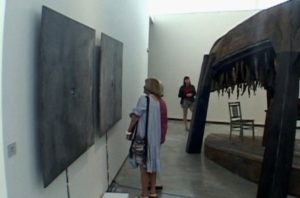
Death of the Father/Every American is a Soldier”
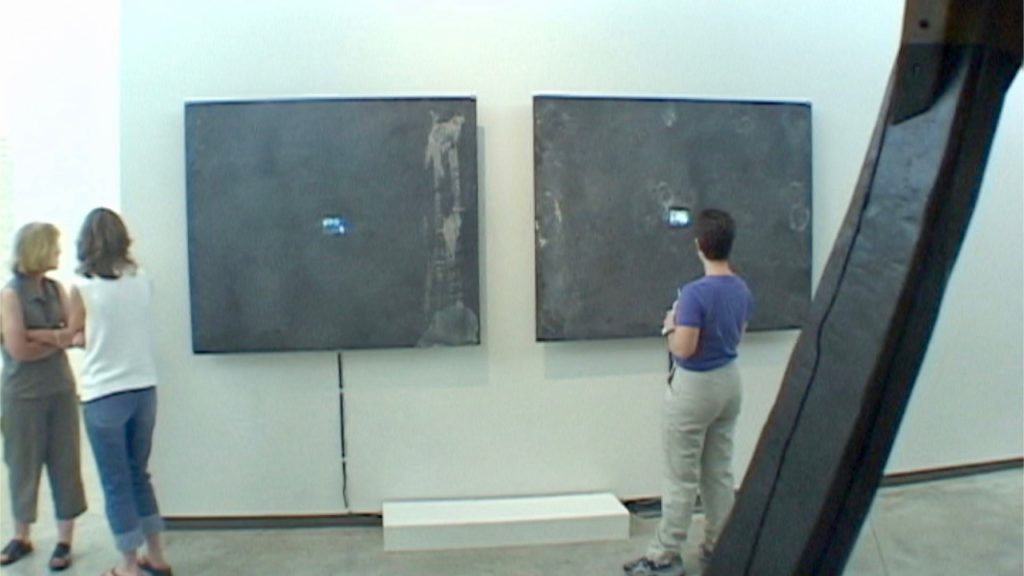
This Diptych speaks about the danger of the impact that Homeland Security can have if it is abused.n the viewing window of the first slate panel, my eighty-three year old mother, who was visiting from Germany, watches a scene from the movie, The Gladiator” where the son strangles the father. I used this as a metaphor for the son strangling our founding fathers, like the strangling of democracy and freedom. She, in her youth, experienced first hand the horror that was afflicted on her own and surrounding countries in the name of National Security. In the film, she looks directly at the viewer without a comment and then returns to the screen, as if to give a silent warning.
In the second panel, “Every American is a Soldier “, my mother is hiding under the blanket and peeking over the edge like the shadow of the past is back in the room. She peers out, and then takes cover. As she does this, the television news plays and the American President declares that, “Every American is a Soldier
I felt that these two movie scenes next to each other give a powerful metaphor for addressing these concerns. Using large slate blackboards and placing small television windows in the center makes the viewer step close to the images. It gives the feeling to look directly into a room one gets the sense of immediacy. The filming of these two scenes was not staged, but was part of a travel movie, that I made in November 2002, two months after Sept 11, 2002 terrorist attack.
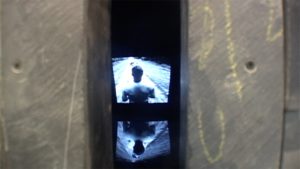
Human Nature/Race Relations
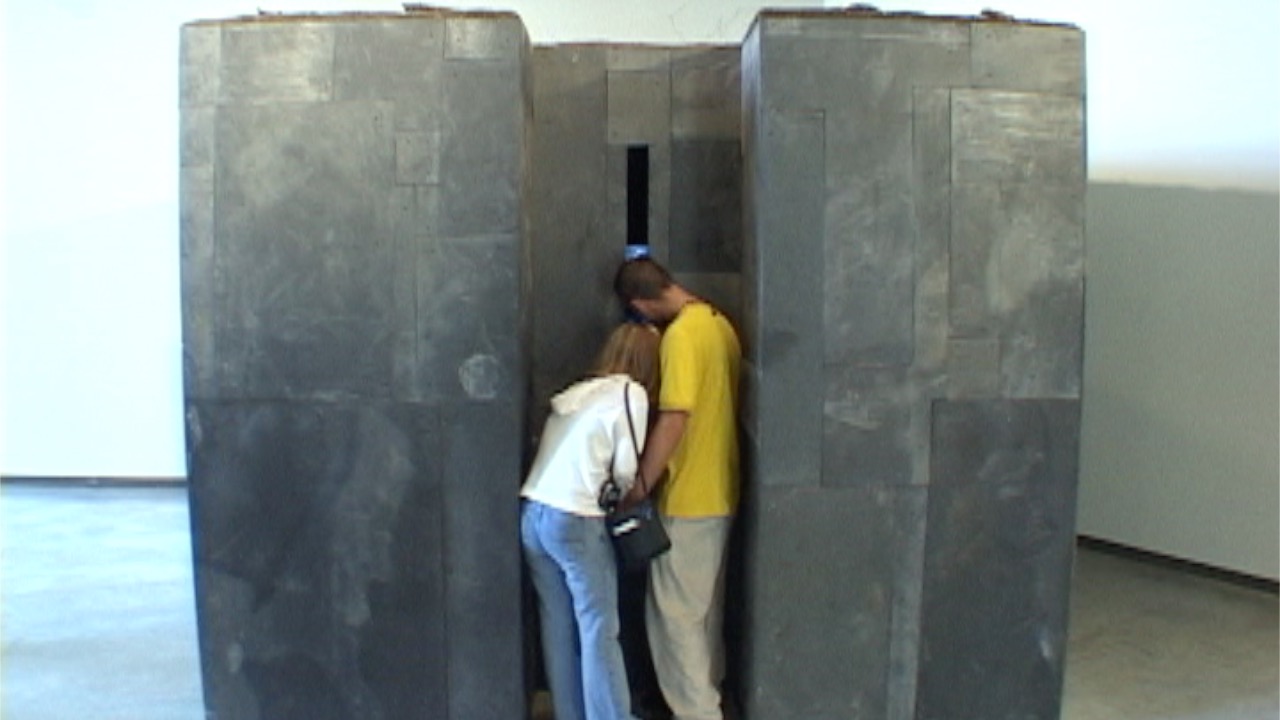
The work, “Human nature/ race relations” is built out of recycled blackboards where generations of schoolchildren have been educated. They are placed so that polished side, the side of explaining and learning is faced to the inside. This way it creates a room of education.
In front of the structure there is an alcove with a small, narrow window, to view the film people have to step into the alcove, which isolates you but gives you your own personal viewing experience.
Inside the dark interior, a film shows two middle-aged men from different races, who are engaged in an insulting slapping of each other on an empty crossroads. They are captured from above by the camera, which loops in circles showing a repetitive, endless endeavor.
A diagonal water-filled pan connects the moving image to the viewing window. The film is reflected and echoed in the water. This water symbolizes the unconscious, the tribal instinct that makes you fearful of everything that is different from you. The shadow of the viewer in the window merges with the moving image in the water. This merging makes it a personalized issue for each viewer and suggests the way to improve race relations is through education and personal knowledge.
Essay by Kate Hackman
Of all the work in Awakenings, Frank Sander's three large-scale, architectural structures--Human Nature: Exploitation, Relationships and Race Relations-- perhaps require the most active navigation;stunning in their physicality, they unfold through a series of long views and close ups, layering sight, sound, smell and touch. They also involve the discernment of a symbolic language, as Sander's materials and iconography--often specifically related to the Arrowhead region of Minnesota where he lives--are embedded with both historical and metaphorical associations. His concerns, conveyed in terms of both personal and cultural significance, are with nothing less than human nature--in relation to the environment and to one another. Emphasizing man as part of nature and its rhythms, Sander's ecological and humanitarian interest generate from the same point of origin.
Built of poplar logs felled by beavers with an abandoned beaver den for a roof, Exploitation is a testament to natural ingenuity. The dozens of salvaged beaver skulls it shelters, however, discarded as undesirable byproducts by a trapper in pursuit of hides, signify the single-minded destruction of those very beings by whose labors this communal shelter was built. These skulls, seeming to interrogate us with their jutting yellow teeth, are "shelved" in vertical stacks of government issue file drawers "labeled" with powerful found images portraying various human constructs, from marching armies to religious ceremonies, alongside pictures of protest and suffering. So positioned, the skulls allude to the self-defeating manner in which we seek order, control, and dominance--armed with specific agenda, our rigid systems and hierarchical structures fail to recognize the complex balance and networks of symbiotic relationships that already exist on a macro scale. In counterpoint, two video monitors at the very base of the piece posit the most simple embodiment of harmony: images of Sander himself, swimming in Lake Superior, immersed and suspended in nature's elemental, open embrace.
Surprising, richly evocative forms and juxtapositions appear throughout Sander's installations. In Relationships, dozens of resin-coated herring dangle from the underside of an overturned ash and beeswax coated fishing boat as if marking the days of an ongoing journey, while an empty chair sits poised at the low end of a sloping wooden platform, confronting a rusting table that angles away like a departing lover. The powerful focus of Race Relations is a video image of two men--one white, one black, captured from above by a camera that circles around and around--who alternately raise hands to slap one other in a steady, game-like rhythm. This video, endlessly looping, is visible through a narrow horizontal slit in one side of an enclosed room constructed of slate panels. Thus penetrable only with our eyes, the installation represents a reversal of our viewing experience elsewhere: we are denied the freedom to enter. Instead, the slate structure functions as a giant frame, heightening the spectacle of the image, which is mirrored in a water-filled trough positioned in front of the monitor. With the reflective channel of water suggesting a connective stream and common pool between us and the ritual of interracial abuse depicted, we are implicated even while held apart. Whether we understand the piece as alluding to the codified nature of prejudice and inhumanity or as suggestive of education's role in overcoming an instinctual response to difference, the effect of the work is to heighten consciousness of our own behavior in relation to a larger fabric, to emphasize the collectively contingent nature of our fate.
-- Kate Hackman

Taking the installation down, then back to Minnesota to the cabin in the woods.
Frank Sander~Humanature~Art Work Earth, Wind, & Water/ 2000 Great Lakes Aquarium/Grand Opening Art Exhibition Duluth, Minnesota Frank Sander German, born 1949



Water Relationship
Two old wash tubs with audio tape and digital photography on a platform with an iron chair on the opposite . On the seat of the chair rests a smoked herring. A transparent image of a swimmer is in each tub. Both are backlit and in one tub is the sound of river water and in the other is the sound of crashing waves from Lake Superior. This is about the cultural and human relationships to the water of Lake Superior
Earth, Wind & Water
This piece reflects the cultural and natural surroundings of Northern Minnesota, Lake Superior coastal region. The structure is built of beaver wood which represents the history of trapping. The iron deer represent earth and the iron mining on the Iron Range. The smoked herrings represent the main food source in the development of this region. Under this floating herring, beaver wood, and iron deer, there are two scooters on a rusted metal box. This represents time and the industrial revolution. The scooter is the most simplified machinery, two wheels, a steering handle, a board and a human leg to power it. A smoked herring is placed on each footrest of the scooter. This represents the preservation of the cultural heritage of this area
Carrying the Water
This work shows the concern about the safety of fresh water. The wheelbarrow symbolizes carrying the water into the future. A smoked herring wrapt in lead, tipped the wheelbarrow to the side . A photo transparency is placed in the interior of the wheelbarrow. Its positioning implies that the swimmer is bracing himself in order not to be washed over the edge. The meaning of this is that conservation is in our hands. Will we spoil the water or make the decision to be responsible for future generations?
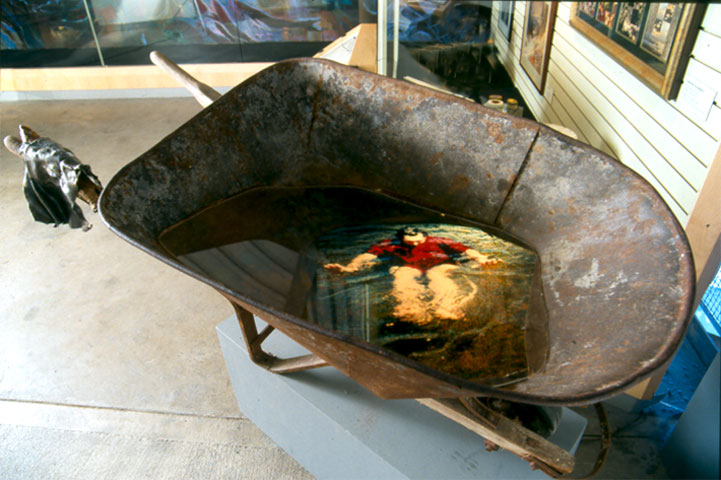

I have been teaching the Drawing Class at the Rudy & Lola Perpich State School for The Arts.
The Ultimate Drawing Marathon. We were able to use the whole room. I built an island in the middle of the room with decoy deer and two chairs. First, we started by drawing shadows outside in nature and posted them on the ceiling. Then students took turn sitting on the chair as others drew from the unusual still life in the middle of the room. Students rotated from models to drawers and were influenced by each other’s work as they filled the walls and then drawing on the floor. The opportunity to make the entire room sing with their inspiration resulted in a masterful group installation. As the school was remodeled, one wall was preserved for posterity and can still be viewed.
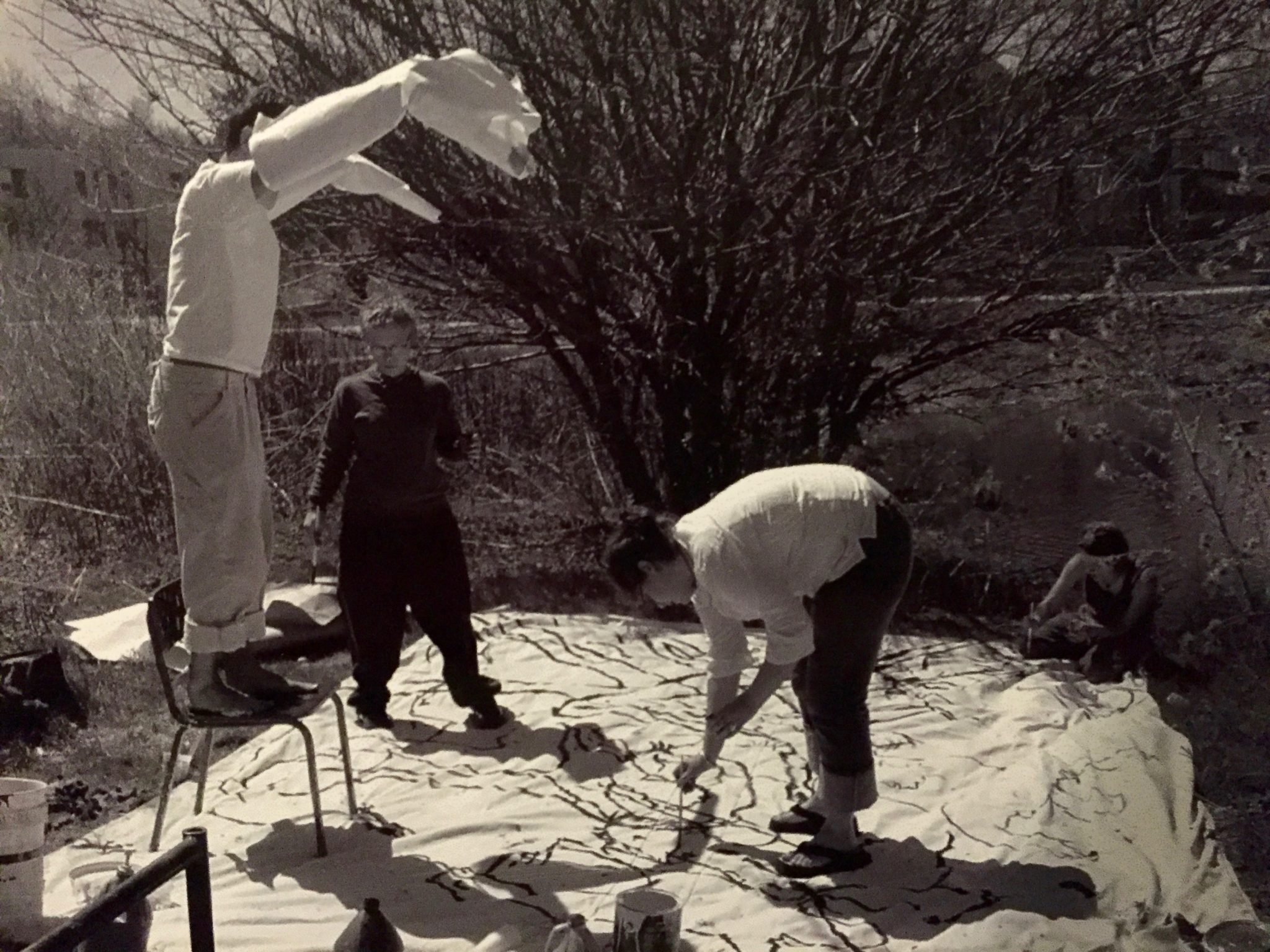
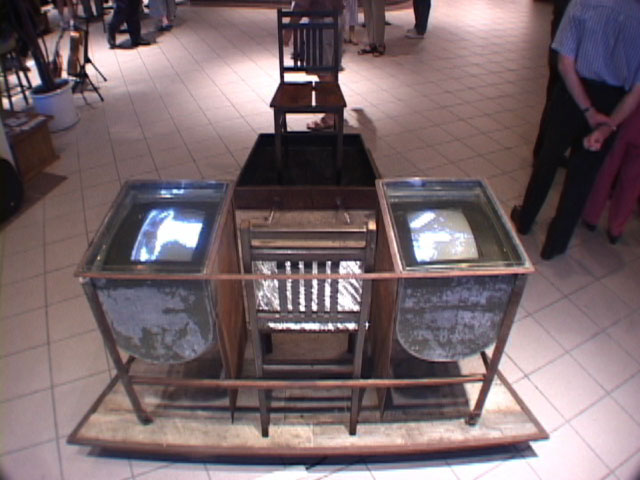
"Swimming the Landscape"Interactive piece which conveys the relationship of humans to clean water. Phipps Museum Hudson, Wisconsin and Plains Museum Fargo, This piece has also been shown at The Minnesota State Arts Board.
Studio in the Woods-Special thank's to Dennis Gonzalez
pppppp
"Swimming the Landscape"
Public Arts Commission Department of Natural Resources Fergus Falls, Minnesota .
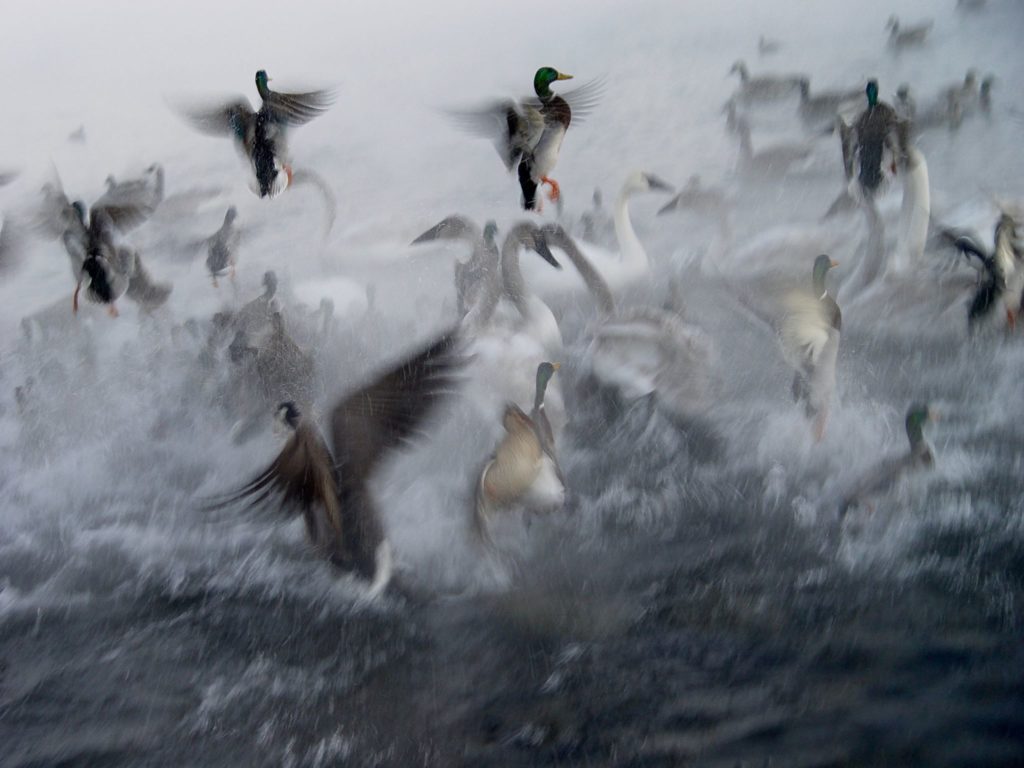
Environmental Project Winter Birds Documented at 20 below Zero in Fergus Falls. The DNR requested that I include a swan that had died of natural causes. The swan was captured at the moment that it stopped mid-air to decide where to land.
The Man from Hamburg
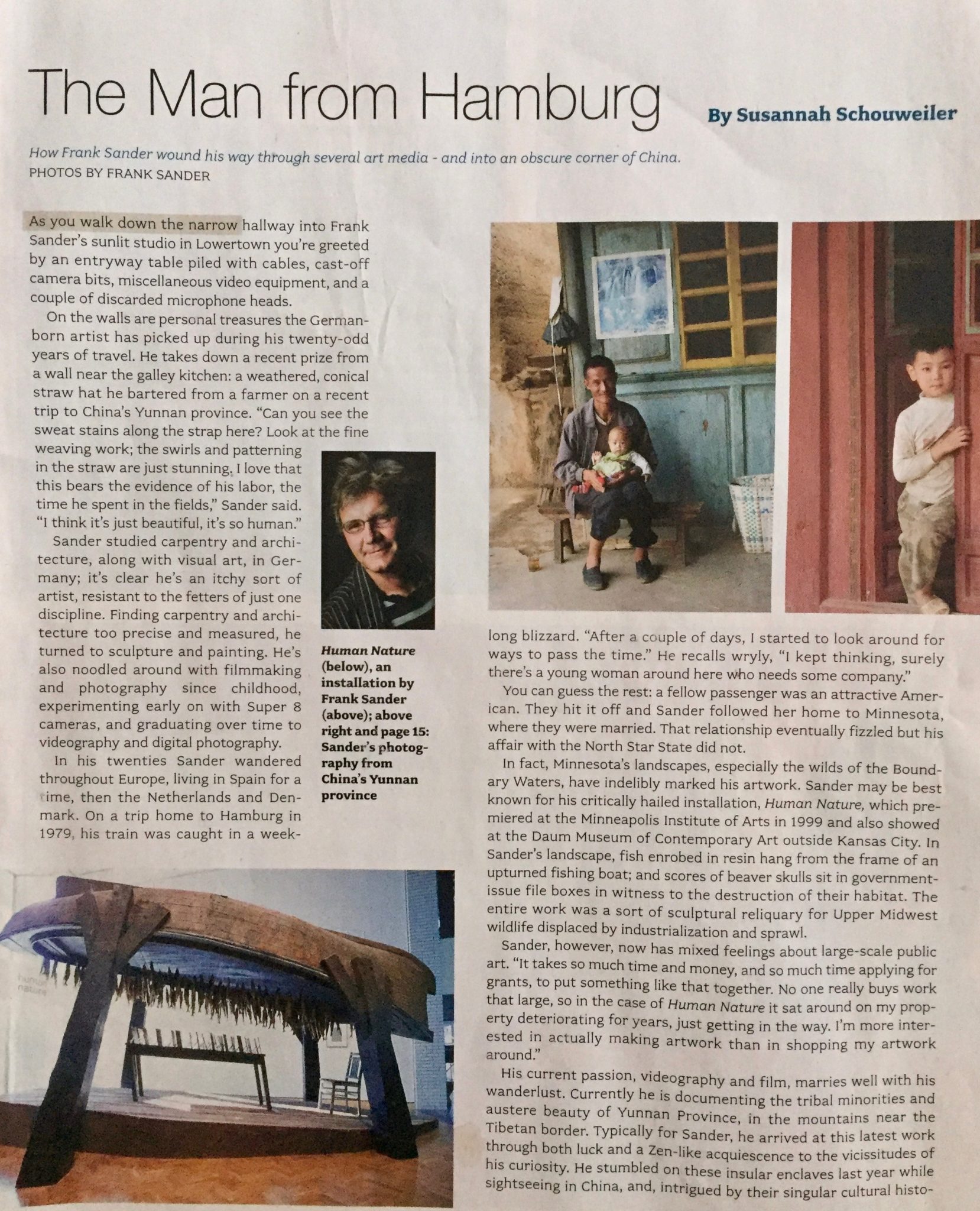
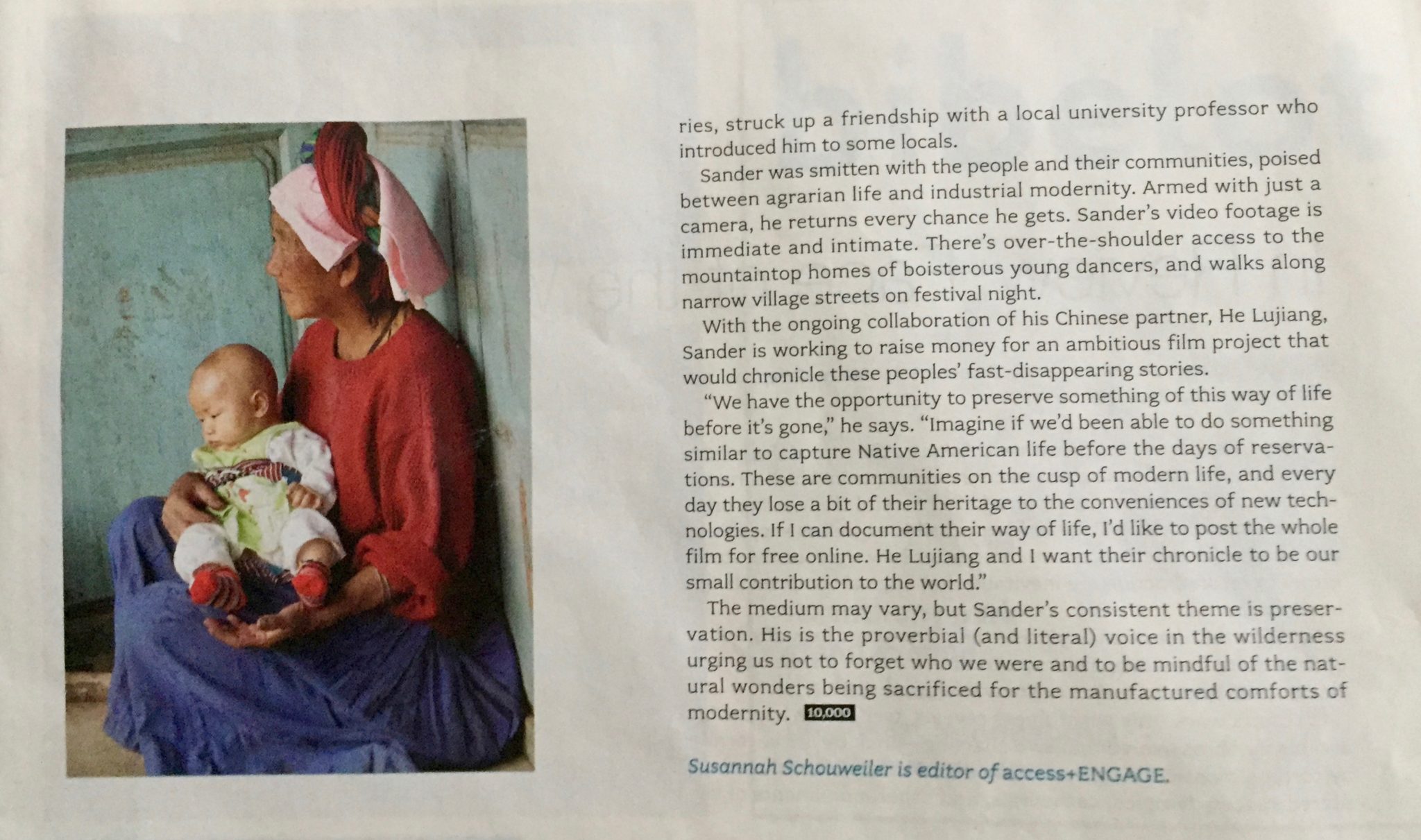
China memories.
On my third visit
I spend three months in Southwest China close to the border of Tibet .In the area of Shangri-La I was filming . Sometimes I shot some photos and here are some of them. The photos who shows my myself , I just handed my photo camera to some people and with my hands I kindly was asking to make a photo.
IN SUPPORT OF THE WATER IS LIFE MOVEMENT. Visiting Oceti Sakowin Camp south of Bismarck, N.D.
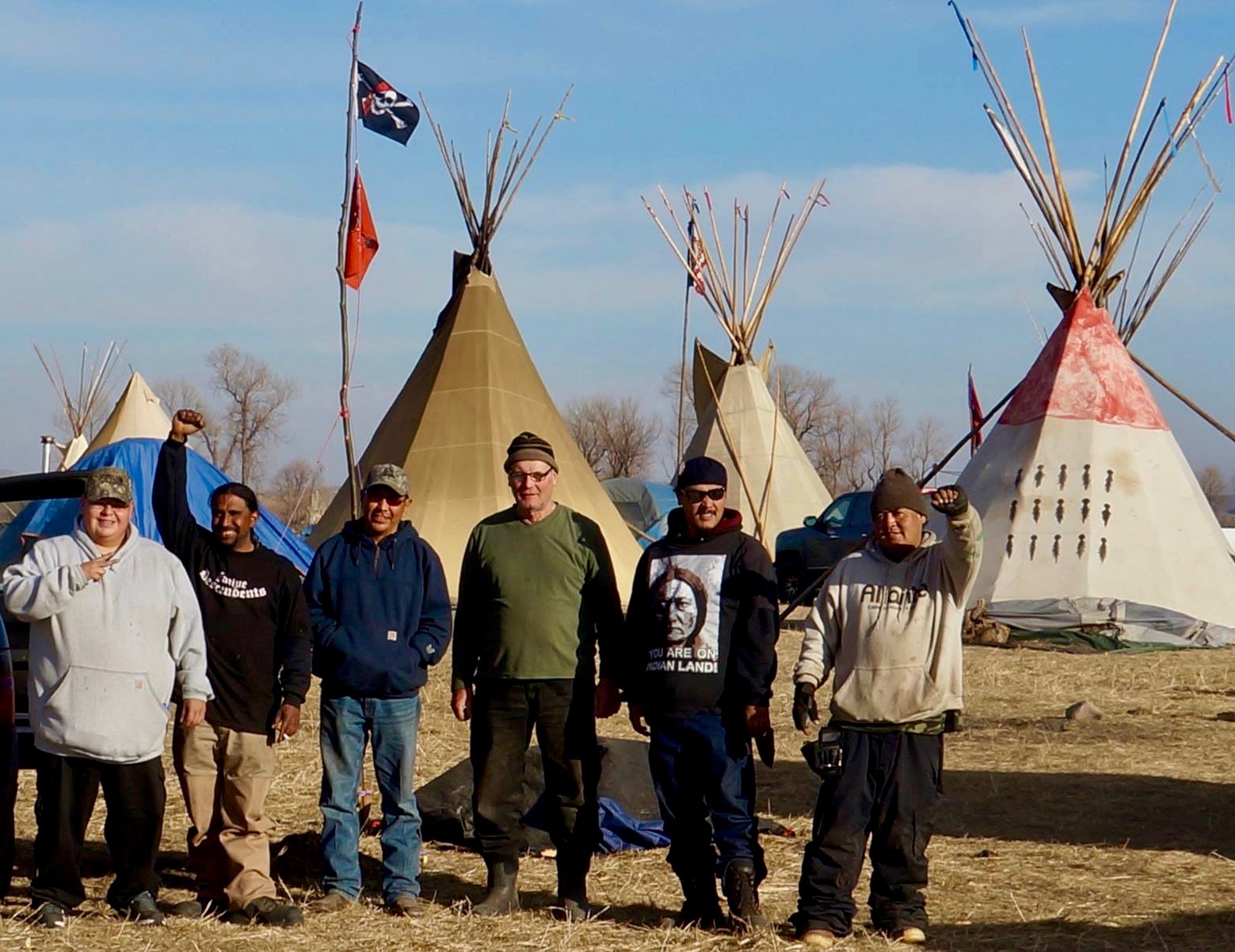
As winter settles in, so do Dakota Access pipeline protesters

Early morning fog mixed with campfire smoke hangs over an encampment called the Oceti Sakowin Camp near the Standing Rock Sioux Reservation in North Dakota on Saturday.
Ann Arbor Miller for MPR News
A few thousand people populate an encampment about a half mile from the bridge where protesters faced off with police Sunday.
Wood smoke hangs thick in the air from camp fires people use to stay warm, everything is coated with the dust from ground beaten bare by thousands of feet.
Over the weekend, a stiff breeze and temperatures ranging from 10 to 30 degrees brought a strong hint of winter to the camp 40 miles south of Bismarck, N.D. But that doesn't mean the activists protesting the Dakota Access oil pipeline are going anywhere soon
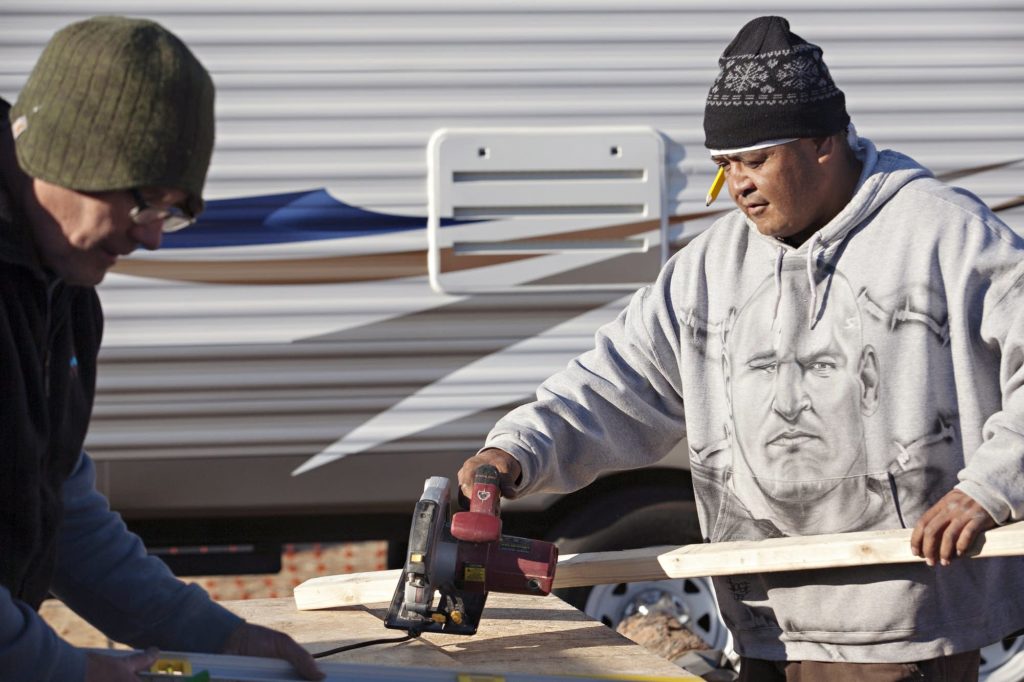
Early morning fog mixed with campfire smoke hangs over an encampment called the Oceti Sakowin Camp near the Standing Rock Sioux Reservation in North Dakota on Saturday.
Ann Arbor Miller for MPR News
Their camp spreads over more than a half mile with several thousand people living in everything from insulated yurts to flimsy summer tents.
Near the middle of the camp a Red Lake Nation flag flies inside a small compound with tents, fish houses and traditional tipis.
"Out here it's just prairie, so the wind definitely will kick your butt out here, so we're building wood structures," explained Stuart Perkins, a Red Lake Band member from Minneapolis.
Perkins arrived at the camp Oct. 26. He was haunted by the pictures of protesters being attacked by dogs several weeks ago near the camp, he said.
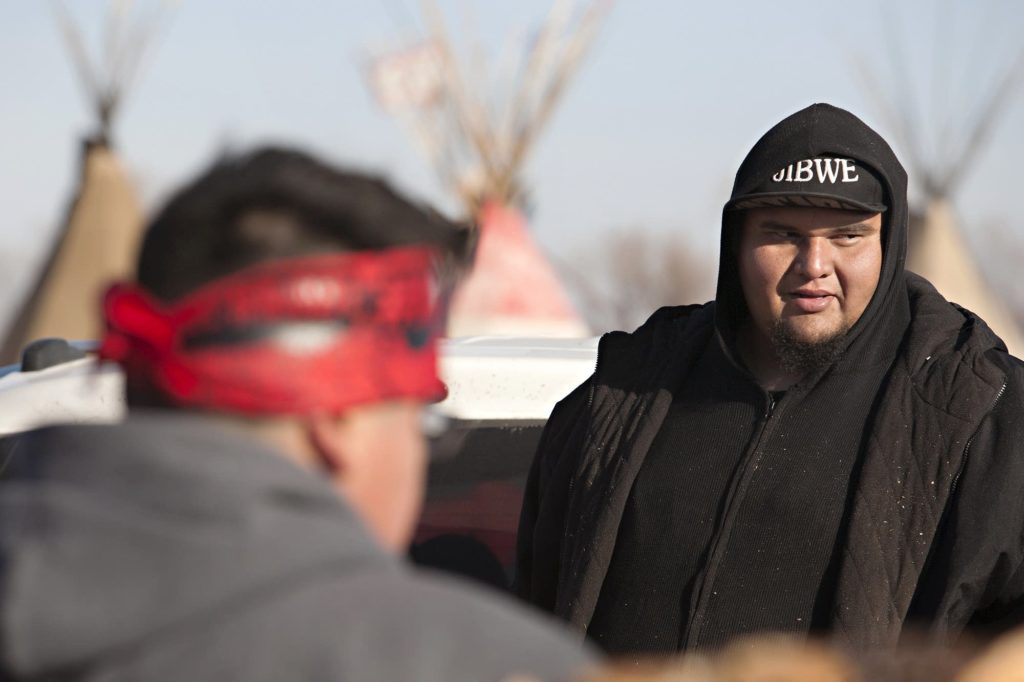
Stuart Perkins, 37, a Red Lake Band member, arrived at the Oceti Sakowin Camp in late October.
Ann Arbor Miller for MPR News
"I've been obsessing about it since, like I needed to be here, the water's in danger," he said. "This is not just a tribal thing, it's a human thing."
Nearby, men split logs for firewood as a surveillance helicopter circles overhead.
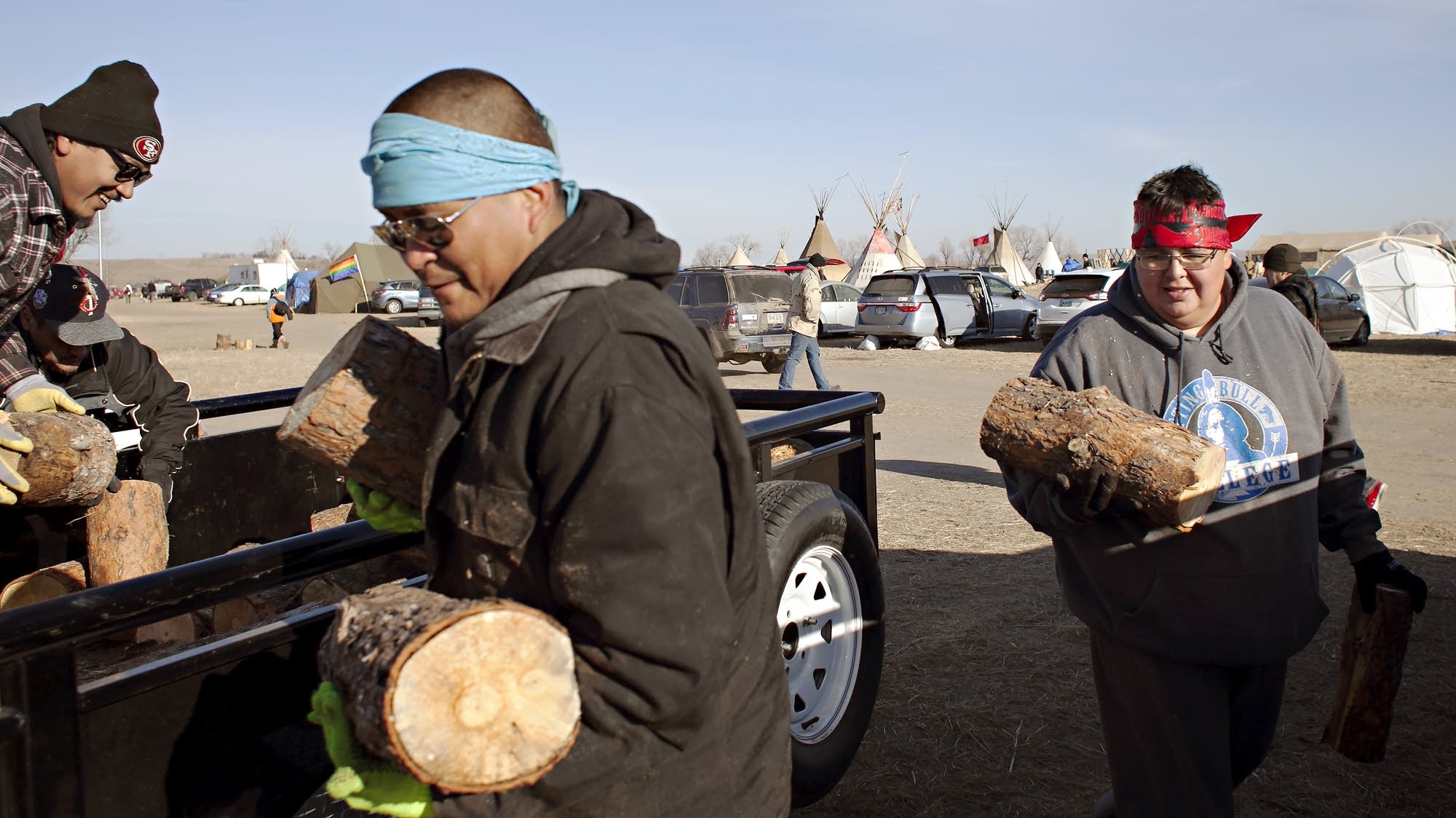
Tito Ybarra, 36, a Red Lake tribal member who lives in Bemidji, Minn., far right, has spent three months at the camp. "I'm here as long as the people need me," he said.
Ann Arbor Miller for MPR News
People from several states are working together to build a wood frame bunkhouse that will sleep 48. It's built from 2x4s, and 4x8 wood panels. Styrofoam insulation inside will help hold the heat from wood stoves.
The leader of this camp is Tito Ybarra, a Red Lake tribal member who lives in Bemidji. He's been a stand up comic since 2010, but quit to come to the camp about three months ago.
Ybarra says he's doing whatever he can to support the camp. "I don't know for how long I'll be able to keep that up. But I'm going to do my best," he said. "I miss my family."
Helping this mostly American Indian group is Frank Sander, a guy who describes himself as a German from Knife River, Minn. Sander is retired, and he's been here 10 days helping build winter quarters.

Frank Sander, 67, of Knife River, Minn., is spending 10 days at the Oceti Sakowin Camp near Standing Rock.
Ann Arbor Miller for MPR News
"I saw on Facebook some of the Native Americans were standing up to their waists in the water and getting maced," Sander said. "I thought if they can get maced, I can drive 10 hours to support them."
The support means a lot to Perkins, who says on this windswept prairie, he's had something of an epiphany about race relations.
"Out here you see people in a different light," he said. "It's like you're out here with us risking your life. You get past that the first, second day. That's over with."
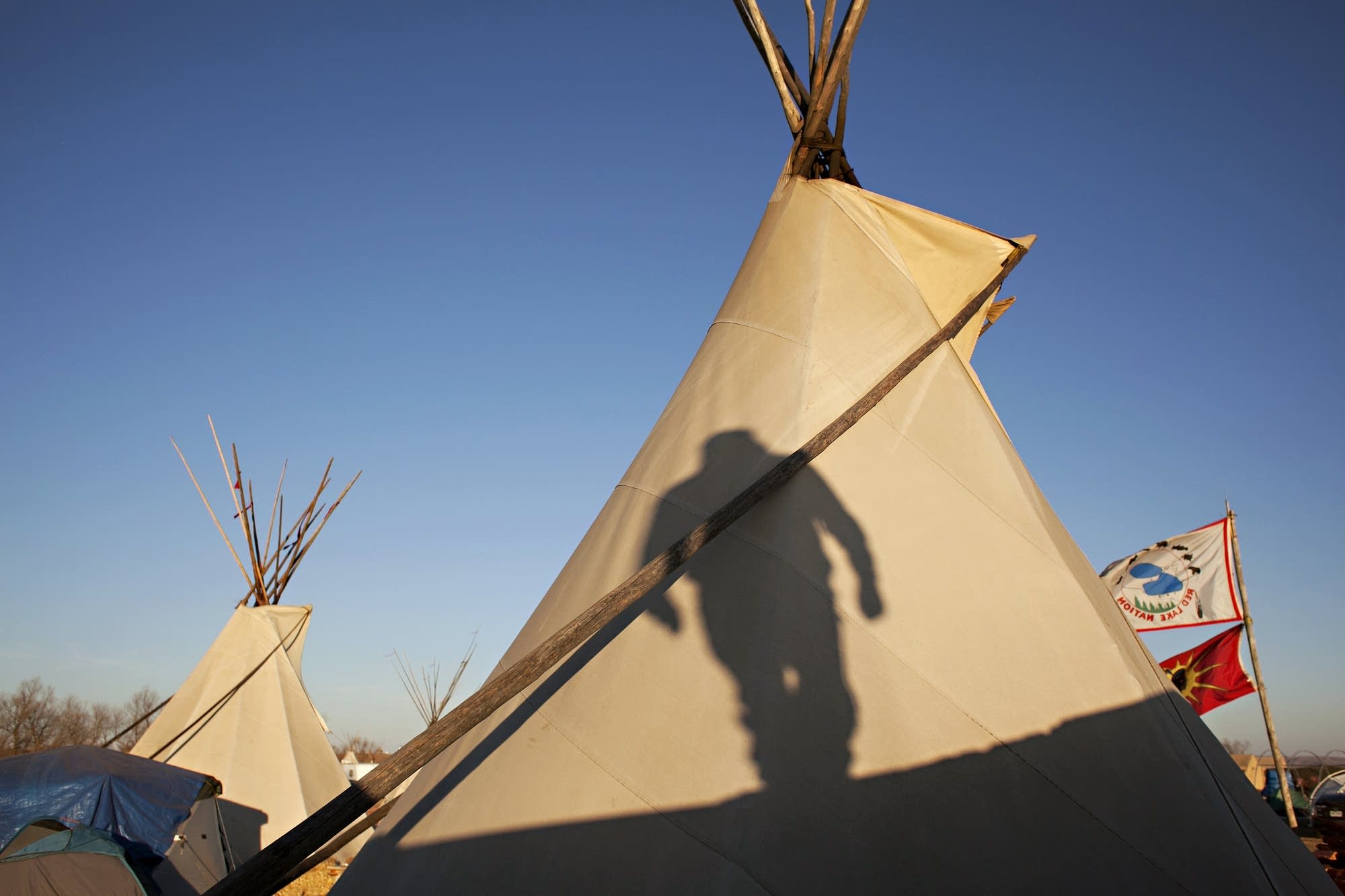
Frank Sander's shadow graces a tipi.
Ann Arbor Miller for MPR News
Ybarra says being at the camp and watching strangers help each other without question has made him rethink his entire existence. As a standup comic, he said, he was mostly thinking about himself and having a good time.
"I've never been a good representative of my tribe. I never really knew what that meant, I didn't really care what it meant," he said. "But now being out here, people are watching. Are they going to say there's that drunk Red Laker? Or are they going to say damn that Red Lake boy, he works hard doing what he can for the people."
Ybarra is committed to the camp until the end, he said — however it ends.
Perkins said he's certain this camp has started something important, even though he's not sure about the odds of stopping the Dakota Access pipeline.
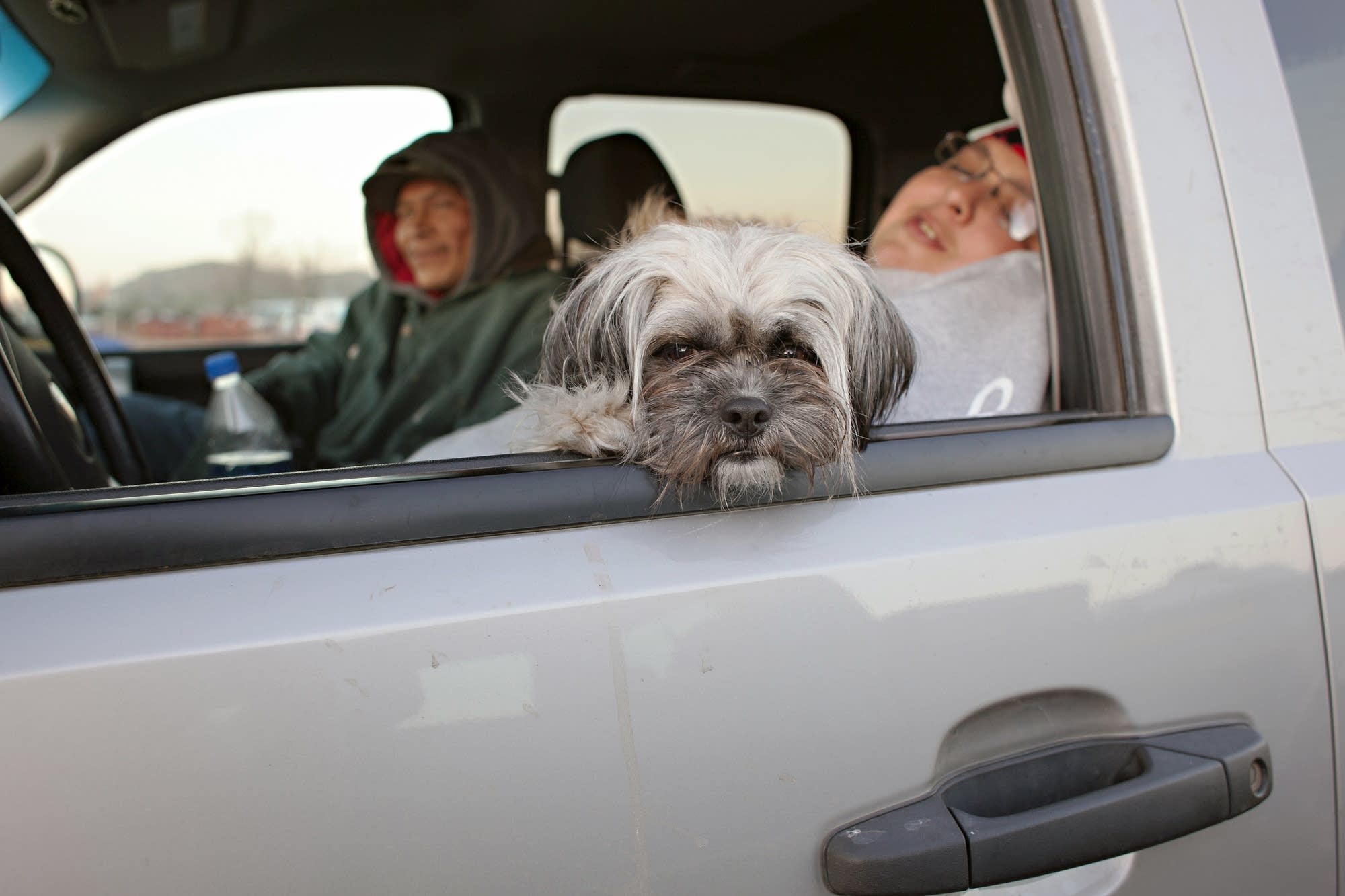
A rescue dog called Mni, which means "water" in Lakota, enjoys the warmth of a truck's heater at Oceti Sakowin Camp.
Ann Arbor Miller for MPR News
"The odds were against me the day I was born. I'm native, this is business as usual for us," Perkins said. "Do I think we can beat them? Yes, in the long run, yes.
"Do I think we can stop the pipeline? That's a different story. We've already won. By creating this conversation that the world's been waiting for."
A SHORT DOCUMENTARY MOVIE REFLECTING MY PERSONAL EXPERIENCE . Visiting Oceti Sakowin Camp.
WHEN THE WATER PROTECTORS, STOOD FOR OUR FUTURE TO THE WAIST IN THE FREEZING WATER, THEY GOT MACED AND SHOT WITH RUBBER BULLETS. IT WAS NOT TOO MUCH FOR ME TO DRIVE TEN HOURS FROM KNIFE RIVER , MINNESOTA IN SUPPORT OF THE WATER IS LIFE MOVEMENT.
How I Made a Living / Different ways I taught myself to make a living.
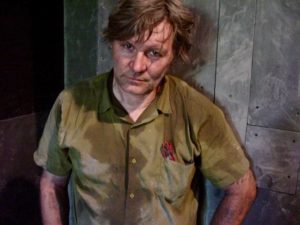
I designed and built a four season Teahouse.
Blue painted birdhouses under the eave. Roof covered bridge over a small creek.
A sleigh cut out(Icarus flying too close to the sun)
Landscaping the surrounding of the Teahouse. Decorative painting inside
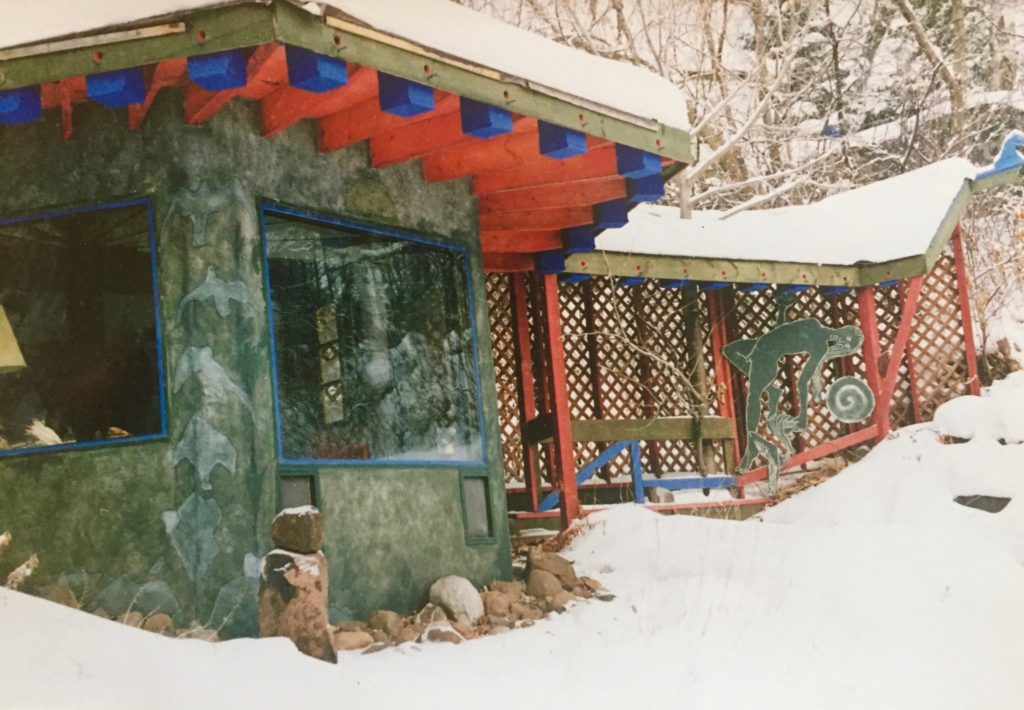
Frank Sander used everything he learned to paint wonders on the walls of a Duluth home.
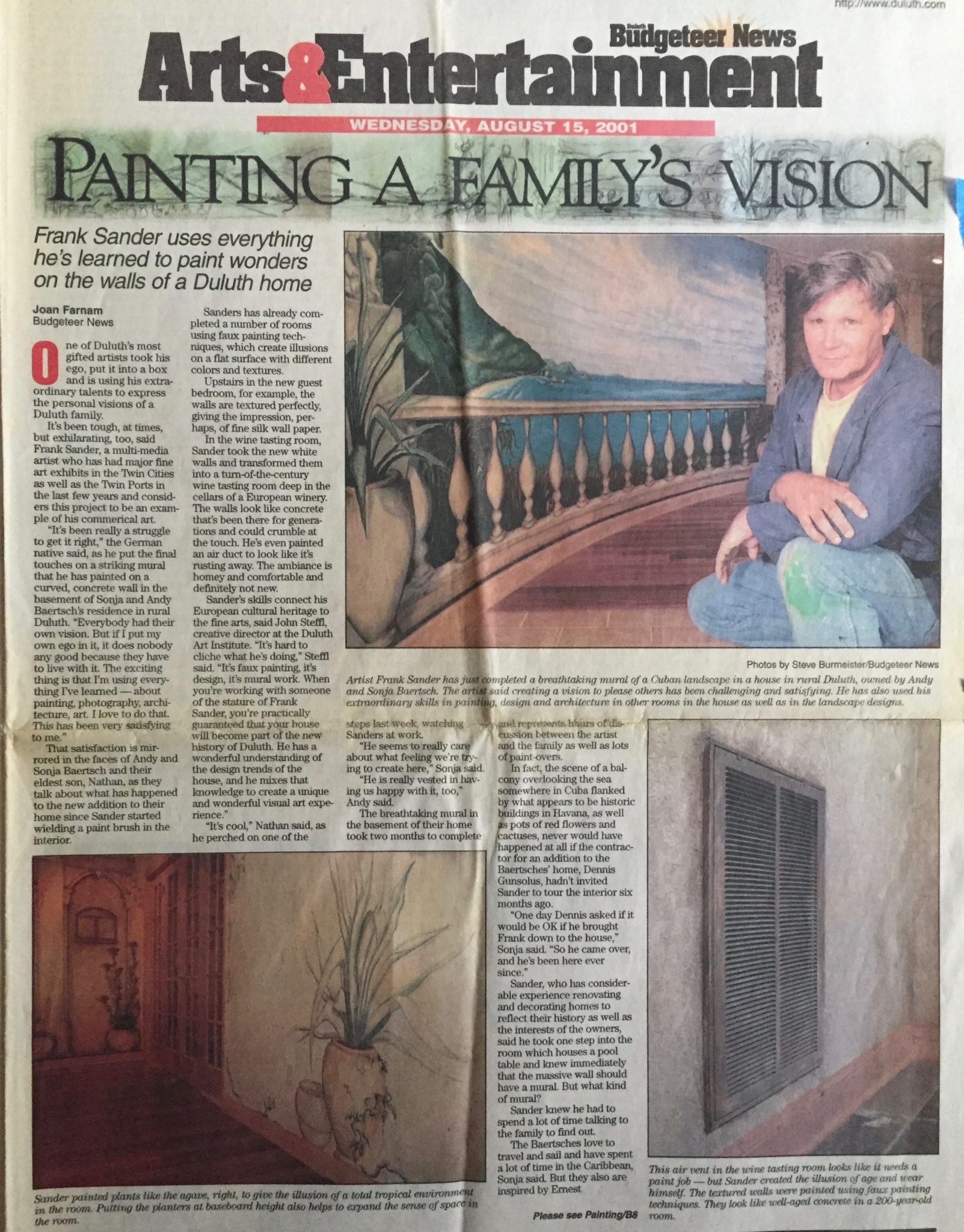


Designed prototype for a cold climate worm composting greenhouse for Lake Superior College Duluth, Minnesota

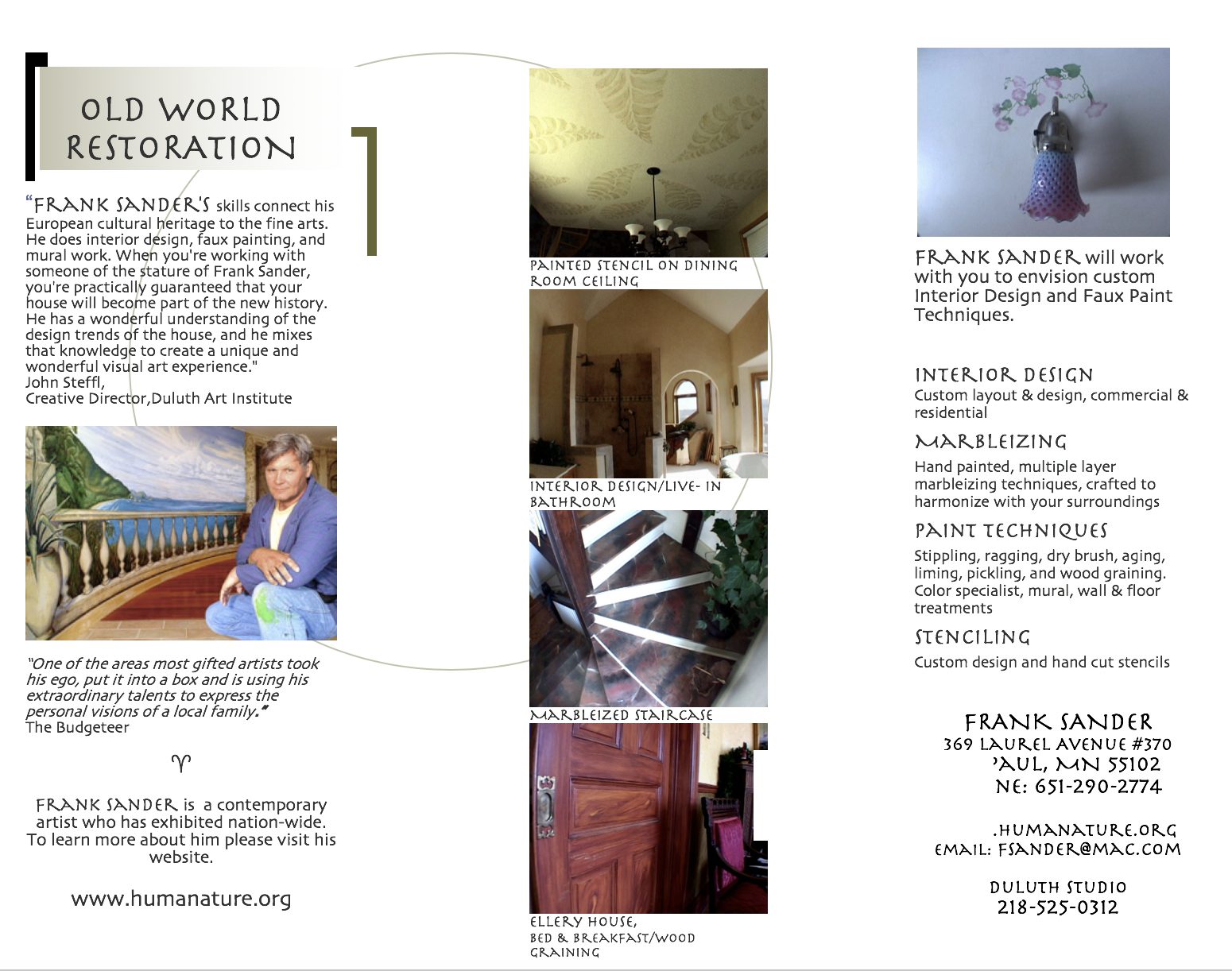
SHORT DOCUMENTARY MOVIE'S
I documented several of my commercial jobs.These included design, color consulting, carpentry, painting, and more.
Matching some sandstone for repair. Designing and built an old shed for a film set. Marbelizing and other paint technique.
Condominium Restoration
I documented the restoration of this condominium in St. Paul Minnesota. I worked closely with the owner on the design and my work included design, tiling, painting, and carpentry.
Family Home Design & Restoration
I Restored this family home. I redesigned a walk out basement and paying homage to Northern Minnesota Log House. Throughout the house, I did some unique paint and restoration projects.
Designed staircase to the house. Scraping logs for a cabin interior. Paint techniques in the bathroom.
In recent years after my move to Knife River, MN my work has shifted from large scale art installation toward documentaries, mico-documentaries and the further development of the Little Knife Sanctuary.
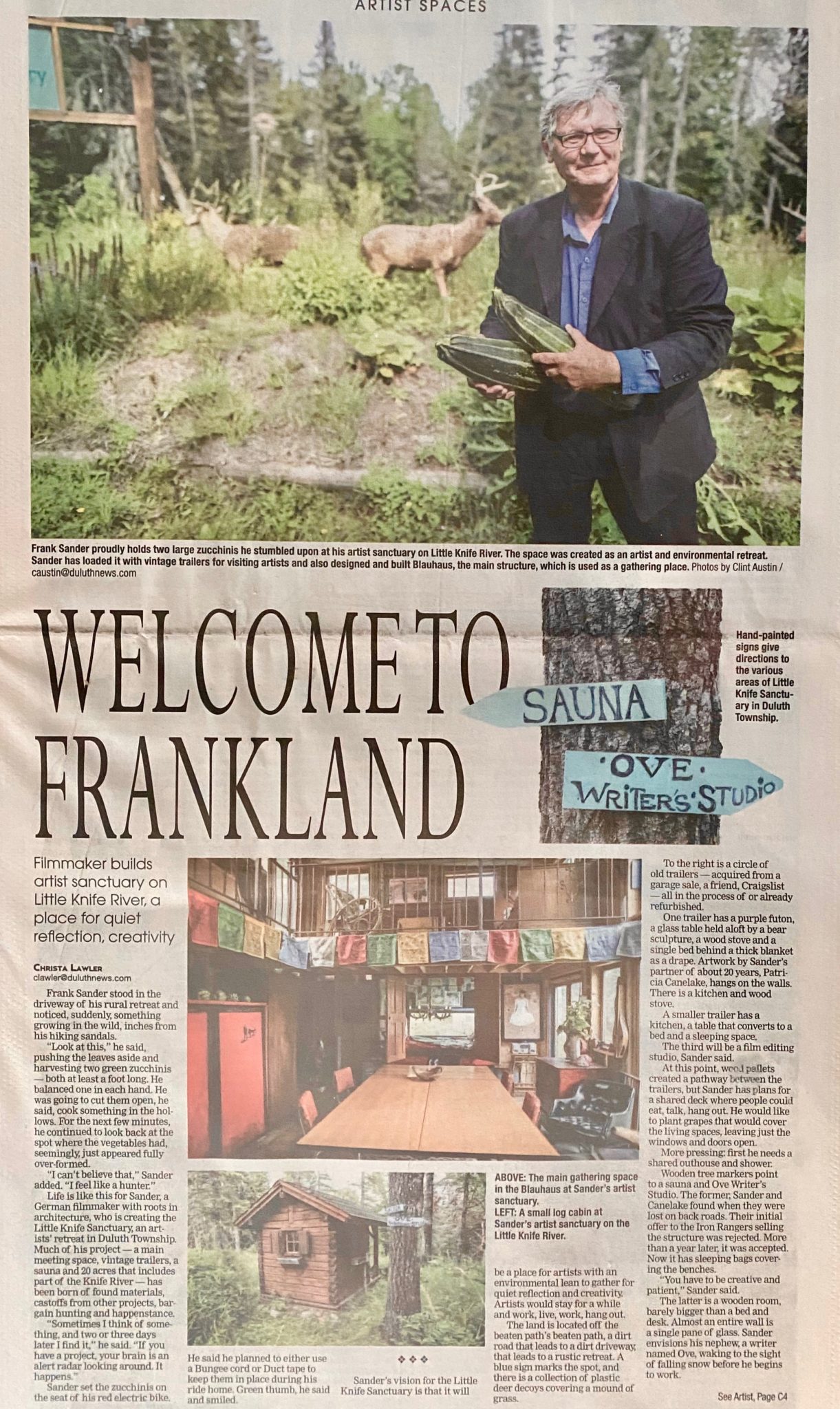

Frank Sander
6286 Copperline Road
Duluth, MN 55804
www.littleknifesanctuary.org
